Last updated on March 14, 2024
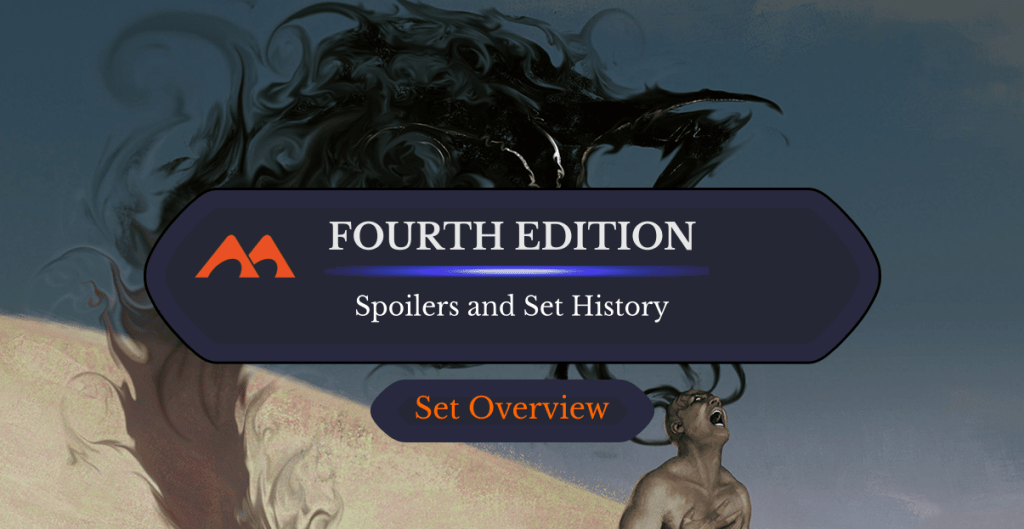
Mind Twist | Illustration by Igor Kieryluk
Fourth Edition is a very, very ancient core set. So much so that, when looking at its cards, you may wonder if your eyes have grown old and tired and if you're seeing things right.
Where is the expansion symbol?
Where is the collector number?
How on Dominaria do you know if a card that you've never seen before is common, uncommon, or rare?
As it turns out, a lot of the visual cues on MTG cards that are usual nowadays hadn’t yet been introduced back then. Notably, Fourth Edition cards lack the expansion symbol, they don't have their collector number printed on them, and there's no way to tell the card's rarity just by looking at the card itself: color-coding would be introduced years later, with the Exodus expansion.
Let's take a closer look at a set so old that it's probably senior to a big chunk of Magic players!
Fourth Edition Basic Information
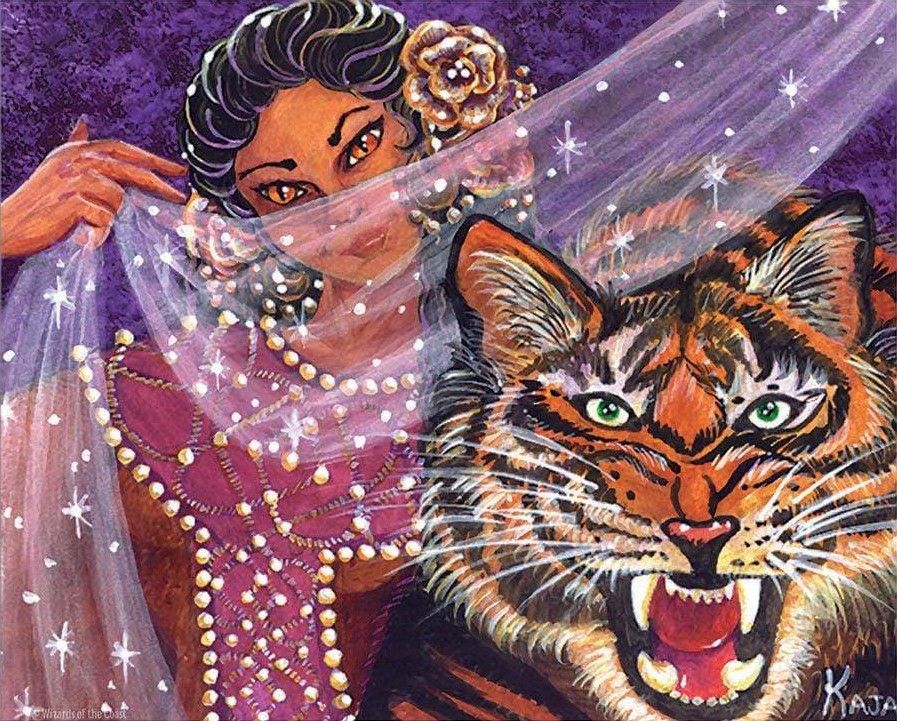
Kismet | Illustration by Kaja Foglio
Fourth Edition (4ED) was released nearly 30 years ago in April 1995. Like the majority of core sets, it consists entirely of reprints.
4ED is the tenth set in Magic's history, and it was the first core set to be released after Magic: The Gathering went into mass production, with a much larger print run than sets before it. And while it had no new cards, Fourth Edition introduced a number of visual changes that have become standard:
- This was the first core set in which cards included the Wizards of the Coast's copyright notice, printed at the bottom,
- 4ED introduced the modern symbol for “tapped”, a turned arrow, which replaced the rotated “T” introduced in the Revised set. It became a universal symbol for cards printed in all languages, and it's used to this day (although the illustration has changed slightly),
- Speaking of languages, Fourth Edition was the first MTG set printed in Asian languages (Japanese, traditional Chinese, and Korean). It was also the first set printed in Portuguese and Spanish,
- The icons for mana symbols were redesigned a bit, with white receiving the most obvious facelift.
Another change had to do with printing technology: Fourth Edition‘s basic lands had their own, separate print sheet, and this in turn allowed Wizards of the Coast to avoid putting basic lands into booster packs (before 4ED, the whole set had a single printing sheet, and you could end up finding basic lands in your uncommon or rare slot).
Fourth Edition: Set Details
| Set Symbol |  |
| Set Code | 4ED |
| Number of Cards | 378 |
| Rarities | 121 commons, 121 uncommons, 121 rares, 15 basic lands. |
| Mechanics | Assorted mechanics from previous sets like ramping, counterspells, board wipes, and typal synergies |
Fourth edition: Important Dates
| Event | Date |
|---|---|
| Set Release | April 1995 |
| Available on Draftsim's Draft Simulator | No |
About the Set: The Story
Fourth Edition makes no attempt to tell an overall story. All its cards are reprints that reuse existing art and flavor text, including quotes from real-life authors. For example Visions, originally from Legends, quotes “The Bard” from Thomas Grey.
Years later, another core set (Seventh Edition) would use brand-new art and flavor text to tell an overarching story, but it flopped in that regard and Wizards of the Coast abandoned the experiment.
Fourth Edition Mechanics
All of Fourth Edition's mechanics had been featured in a previous set. You know, since all its cards are reprints.
Since one of the goals for core sets was to introduce new players to Magic's mechanics, 4ED cards tend to be on the simpler end of the spectrum. For similar reasons, several cards from Limited Edition Alpha that had been reprinted in previous core sets (like the grandparent of all tutor effects, Demonic Tutor, or the original dual lands), were now deemed too powerful and therefore excluded from 4ED.
Nevertheless, Fourth Edition has several MTG staple cards and mechanics in its rooster, including:
- An interesting selection of old-school counterspells: besides the counterspellest of them all, Counterspell, Fourth Edition includes two color hosers (Red Elemental Blast and Blue Elemental Blast) that do double-duty as removal, and enchantments like Lifeforce that work as counterspells at “interrupt” speed (what would nowadays be an instant).
- Board wipes with Wrath of God and land destruction with Armageddon, both from Limited Edition Alpha, and the infamous Strip Mine from Antiquities. Wrath of God and Armageddon caused some protests among players that found these to be too powerful and out of character for white, while Strip Mine proved to be one of the strongest uncommon cards in MTG and had to be banned.
- Several options for ramping, including staples like Llanowar Elves, Birds of Paradise, and Wild Growth from Limited Edition Alpha
- Stax effects with Winter Orb and Meekstone.
Fourth Edition Core Set Card Gallery
White
Blue
Black
Red
Green
Colorless
Lands
Notable Cards
Since a lot of Fourth Edition's card are Alpha staples and, relatively speaking, tend to not be too powerful, they have seen a lot of later reprints. About 140 cards included in 4ED are legal in Modern, 32 in Pioneer, 4 are currently Standard-legal, and 27 staples from this set are currently part of the List.
That's not to say that all of Fourth Edition is tame and harmless, though, and nearly a dozen of 4ED cards have some sort of restriction in the Eternal formats:
- Balance and Channel have been restricted in Vintage while banned in both Legacy and Commander,
- Mana Vault and Strip Mine are restricted in Vintage and banned in Legacy (but okay to put in EDH decks),
- Mind Twist has been banned in Legacy.
There was another type of card that was removed: Back in the old days, Magic included an ante rule as a way of playing “for keeps.” That's still an optional rule in casual play, but it’s strictly forbidden in Tournaments, so cards that involve the ante concept are banned in all formats.
The three ante cards included in Fourth Edition are:
Lastly, there are also two cards that in June 2020 were banned in all formats due to offensive content.
Mana Vault
Mana Vault is by far one of the most powerful mana boosts you can play in MTG. It doesn't provide a continuous mana ramp, but the extra juice you can squeeze makes it one of the best artifacts overall for formats that can play it, like power-hungry Commander decks. Mana Vault has been banned in Legacy and restricted in Vintage.
Such power comes with a price, though, and Mana Vault is by far the most expensive card included in Fourth Edition, currently commanding around $30-$40 per copy.
Sylvan Library
Arguably the best green enchantment (although die-hard fans of Food Chain are welcome to disagree), Sylvan Library is also among the best card-draw spells in MTG.
Here's why: Notice that the effect lets you choose not just from among the two cards you just drew with Library, but from among all cards you drew this turn that are in your hand, including the card you drew naturally in your draw step and other card-draw effects that trigger at the start of your turn.
Since Sylvan Library‘s ability is a triggered ability that goes to the stack, in response you can cast an instant or activate an ability that draws you even more cards.
Sylvan Library sees quite a bit of play in Legacy and is an all-star in Commander, with around 15% of all green EDH decks visiting this particular Library.
As with Mana Vault, though, with great cross-format power come steep prices, and Sylvan Library is the second-most-expensive card in 4ED, at about $20.
Unlike the previous two cards, Swords to Plowshares costs well below $1, but it’s without a doubt the most popular card included in Fourth Edition. It’s undisputedly the best white removal spell, and among the best white instants, it sees play in all Eternal formats. Specifically for Commander it's included in a whopping 60% of white decks.
Land Tax
Recently reprinted both in Wilds of Eldraine‘s Enchanting Tales bonus sheet and as part of Commander Masters, and also included in the List, Land Tax is a great way to ensure you aren’t left behind in the ramp race.
White tends to lack ramping options, so if you're not pairing with green, Land Tax is one of your best options, making it one of the best white enchantments in the game.
Taxes are expensive, though; despite its many recent reprints you'll need to shell around $12-$15 per copy.
Strip Mine
If you think taxing your opponent's lands is a fast way to having very few friends, wait until you start blowing their lands to smithereens!
Strip Mine is the best of the best when it comes to efficient, targeted land destruction: it can destroy any land (unlike Wasteland that can only target non-basic lands), and since Strip Mine isn’t a spell your foes won't be able to stop it with counterspells (they would have to be able to counter abilities to stop Strip Mine‘s effect).
It was probably an oversight from Wizards of the Coast to include it in a low-power set like Fourth Edition. Strip Mine is among the most powerful uncommon cards in all of Magic, to the point that it was banned from Legacy and restricted in Vintage. Even as an uncommon it's priced around $12-$15.
Winter Orb
Now, suppose you still have too many friends after putting Land Tax and Strip Mine in your deck… what do you do then?
Winter Orb, that's what. One of the top three saltiest cards you can play in Commander, capable of locking down opponents and letting you steal the game if you have some way to tap or untap it, like with Twiddle from the very same Fourth Edition, or some master tappers like Urza, Lord High Artificer.
Overall, one of the best stax cards (that's to say, effects that slow down your opponents and basically prevent them from doing anything) you can play. If you can find somebody to play with….
Oh My Lords: Lord of Atlantis + Goblin King + Zombie Master
Creatures that provide a +1/+1 buff to a specific creature type are usually nicknamed “lords” because such typal bonuses are precisely what Lord of Atlantis, Zombie Master, or Goblin King do.
Lord of Atlantis may be the only one in this bunch who is a Lord in name, but back in Alpha (and still during Fourth Edition) they all had the “lord” creature type, which was later abandoned.
They were all reprinted until Classic Sixth Edition, but saw nearly no reprints afterward, making them a bit hard to come by.
Meekstone
They really liked not letting folks play the game back in the old MTG days, right?
At any rate, Meekstone provides a similar effect to Winter Orb's but for big-butted creatures. Nominally a symmetric effect, it goes without saying that only decks that won't be affected by it will include Meekstone, turning the tables on the Goliaths in front of them.
Fellwar Stone
Ain't no such thing as too much mana, and Commander rewards playing cards that scale with the number of players at a table, making Fellwar Stone a welcome addition to power-hungry, multi-color decks.
Ramp On
Speaking about things that there ain't too much of, Fourth Edition comes with several ramp spells that let you have increasingly more mana than what you normally would if you just played one land per turn:
Dark Ritual
Still, not enough mana to fuel your big-spell dreams?
If you need a big chunk of mana in one go, Dark Ritual is an amazing investment: pay 1, get 4. This is how you slap down your engines, wincons, or payoffs ASAP.
Clearly, a cousin of Mana Vault, when you need a power boost right now (rather than steadily building it with ramp cards), Dark Ritual is the spell for the job. wr
Wrath of God
When Magic players (and even players from other card games) refer to board wipes as “a wrath effect”, they’re thinking about Wrath of God.
Quite a contentious card at the time, since some players found it unbefitting for white to be so wrath-y. There was some pushback when it was included again in a core set, not that it changed WotC's mind on this particular topic. Wrath of God also saw tons of reprints in later core sets.
Armageddon
Another of the saltiest cards you can play at a Commander table, Armageddon is to lands what Wrath of God is to creatures, but unlike Wrath, Armageddon didn't see as many reprints past Classic Sixth Edition.
At any rate, this is pound-per-pound the best land-destruction spell since Alpha, as long as you don't mind a bit of collateral damage.
Nevinyrral's Disk
Like Wrath of God, but it also wipes out enchantments and artifacts (including itself). “I'm taking y'all down with me!”
As long as you are okay with its delayed gratifications (it enters the battlefield tapped, so you'll have to wait a turn or have ways to untap it), Nevinyrral's Disk is one of the best colorless board wipes available.
A little bit of MTG trivia, since we’re at it: Nevinyrral's Disk‘s name is a tribute to sci-fi giant Larry Niven (just read the card's name backward…). And that's because, apparently, the mana system we love (and love to hate), with lands fueling our spells, was inspired by one of his books.
Mind Twist
Mind Twist is absolutely backbreaking when paired with anything that can give you mana early on – like, say, Mana Vault or Dark Ritual.
Hands down one of the best discard effects in MTG, Mind Twist is potent enough to still be banned in Legacy, but Vintage and EDH decks can toy with their foes' minds with no restrictions.
Millstone + Fog
While these two cards aren’t what we'd call “powerful” by modern standards, they’re yet two more examples of effects so iconic that they became the name for it:
- Millstone is why “discard from the top of your library” is called “mill” in MTG – it was just player slang for quite some time, but in 2021 WotC finally caved and mill became an official keyword, as illustrated by Blossoming Tortoise.
- “Fog effects” are nicknamed after Fog, the first card preventing combat damage across the whole battlefield. There are much better such effects nowadays, but the nickname has stuck (although it hasn’t become an official keyword… yet!).
Available Products
Fourth Edition was the largest print run at its time, mostly because previous sets have suffered distribution problems when they failed to meet demand. In 4ED's case, the print run is estimated at about 500 million cards.
The set was sold in 15-card boosters, and 60-card starter decks. “Starter decks” was a bit of a misnomer, since these were just like bigger boosters. Their contents were random, so they weren’t preconstructed decks. They had 3 rares, 9 uncommons, 26 commons, and 22 lands.
As noted, Fourth Edition was also the first set that printed the basic land in a separate printing sheet, allowing Wizards of the Coast to avoid putting basic lands in booster packs (previously, since there was a single printing sheet, basic lands had to come inside booster, and they sometimes replace an uncommon or even a rare card). Fourth Edition lands were therefore only available in starter decks, a change most welcomed by players (by that point flooded with basic lands) who now only found “real” cards in their boosters.
Having no cards from the Reserved List, and being a low-power set relatively speaking, cards from Fourth Edition tend to be on the cheap side. Unopened Fourth Edition booster packs aren’t hard to find on sites such as Amazon or eBay (unlike other more powerful sets from the ‘90's), but as it's often the case, if you are after specific cards it's probably a good idea to buy singles from online stores or trade with other players.
Also, remember that many cards included in 4ED have seen later reprints; unless you want the old-school visuals and wording, in many cases later reprints are less expensive.
End Step

Demonic Tutor | Illustration by Nene Thomas
Time to wrap up our Fourth Edition review, a core set so old that cards had no rarity indicators back then (and the web was barely a thing, either… makes you wonder how MTG players survived such barbaric dark ages!).
4ED was on the low-power end of the spectrum even by core sets standards, with several powerful cards (like the original dual lands or Demonic Tutor) being absent from a core set for the first time. Nevertheless, some strong (and salty!) cards slipped through, along with a good chunk of solid, good old Alpha staples that are commonplace to this day.
I hope you've enjoyed this overview, and if you have comments or suggestions on which sets, new or old, you'd like us to tackle next, do stop by for a chat at the Draftsim Discord.
And stay safe; Winter Orb is coming!
Note: this post contains affiliate links. If you use these links to make a purchase, you’ll help Draftsim continue to provide awesome free articles and apps.
Follow Draftsim for awesome articles and set updates:
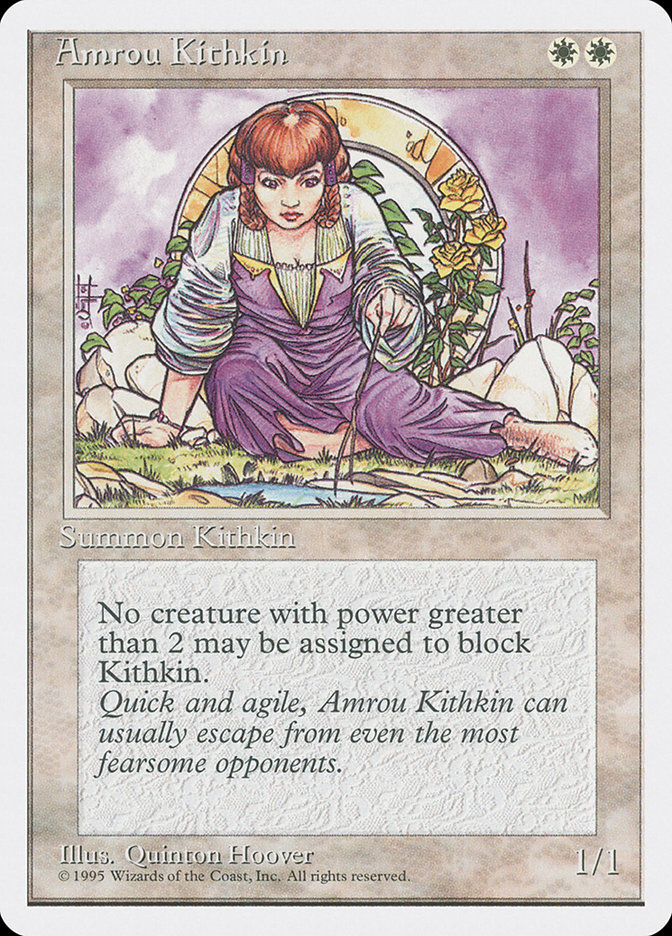

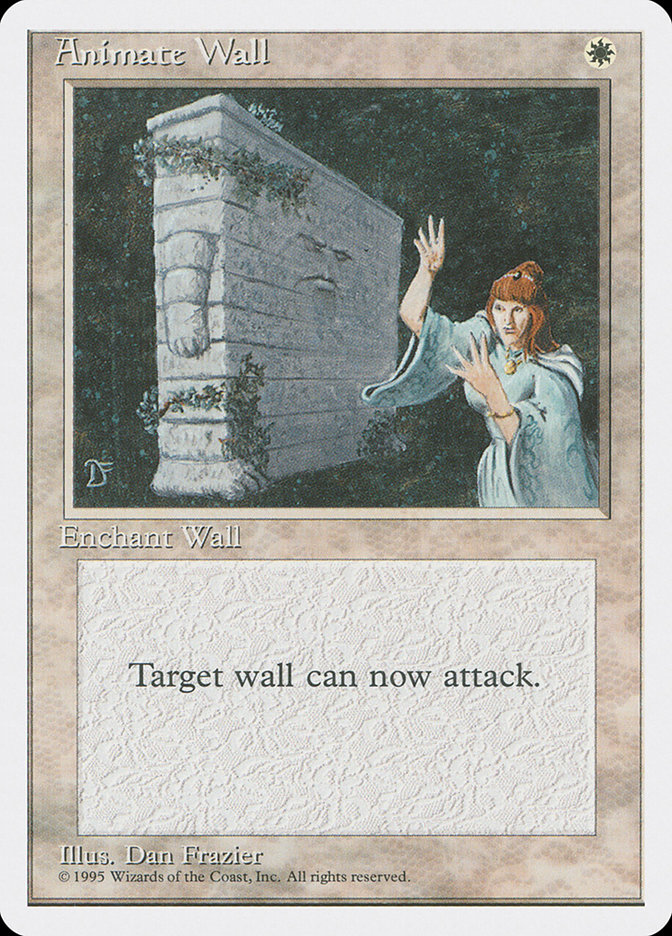
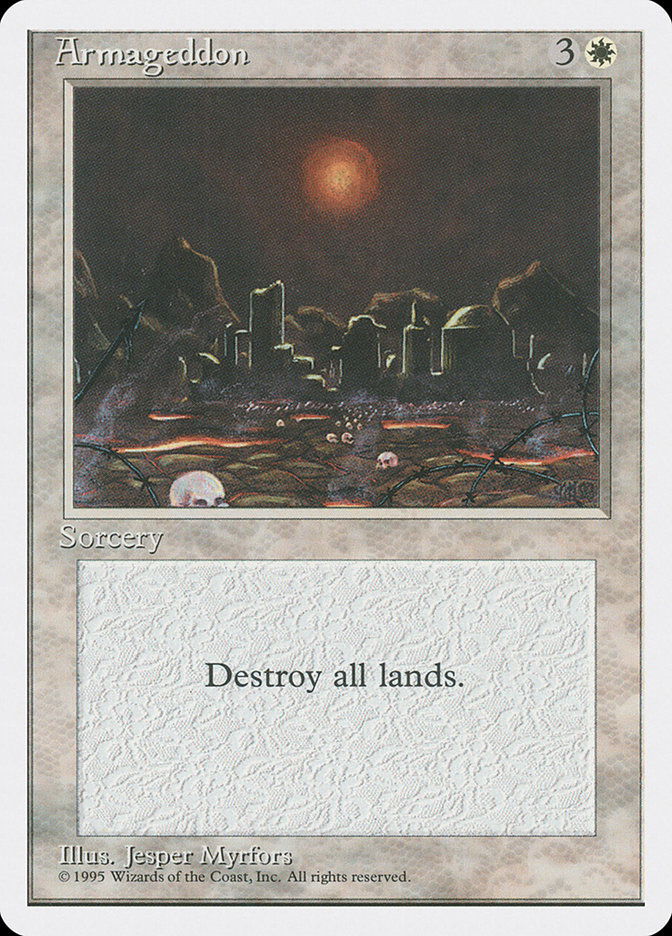

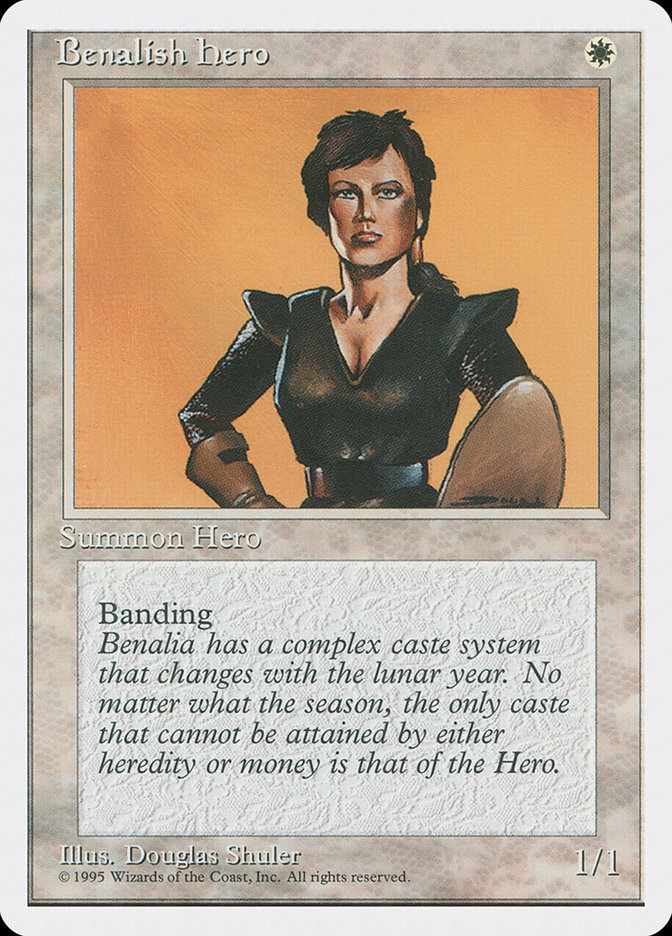
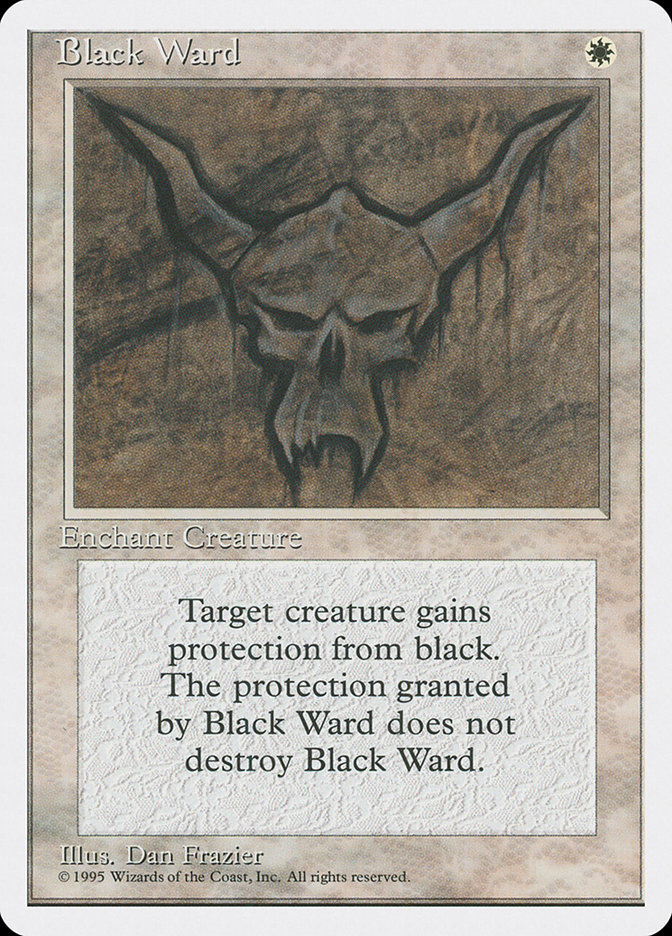

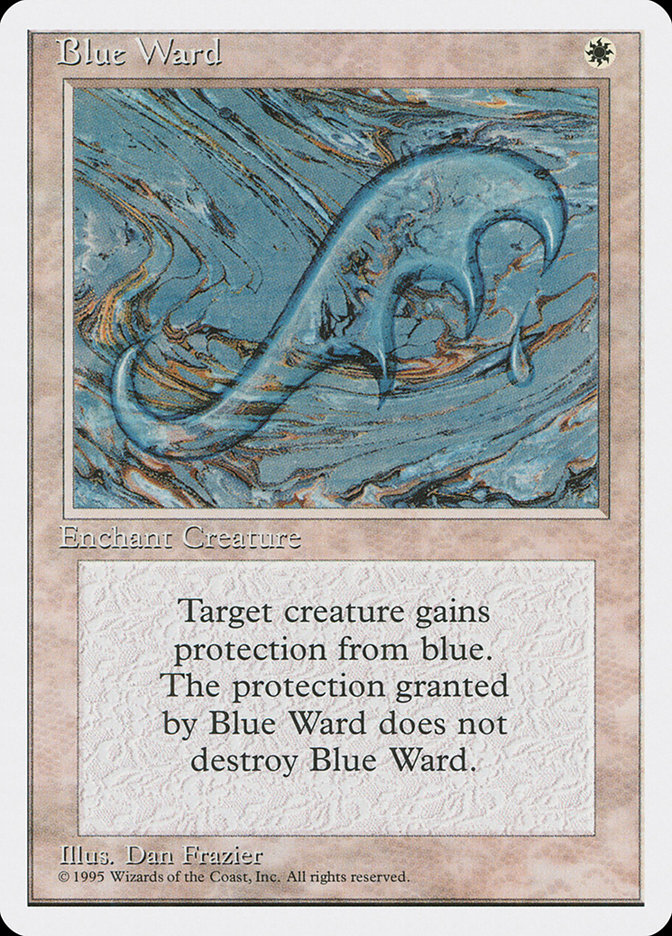




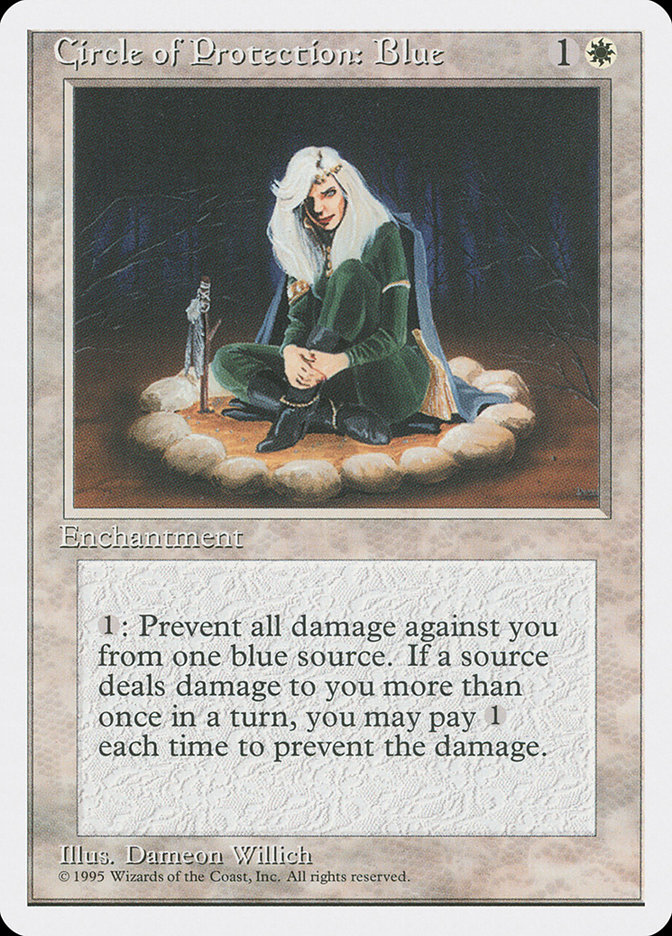

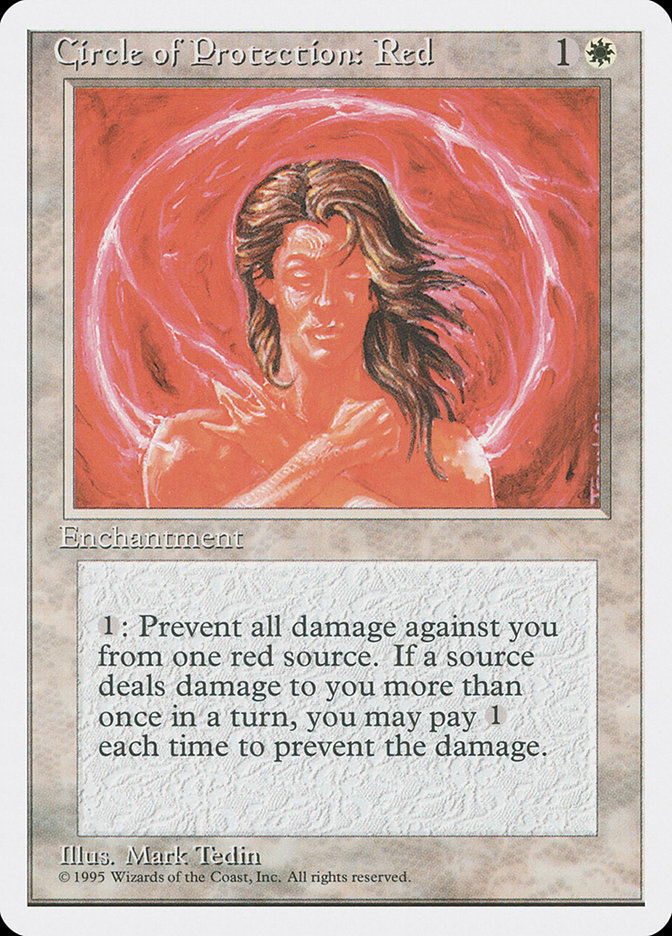
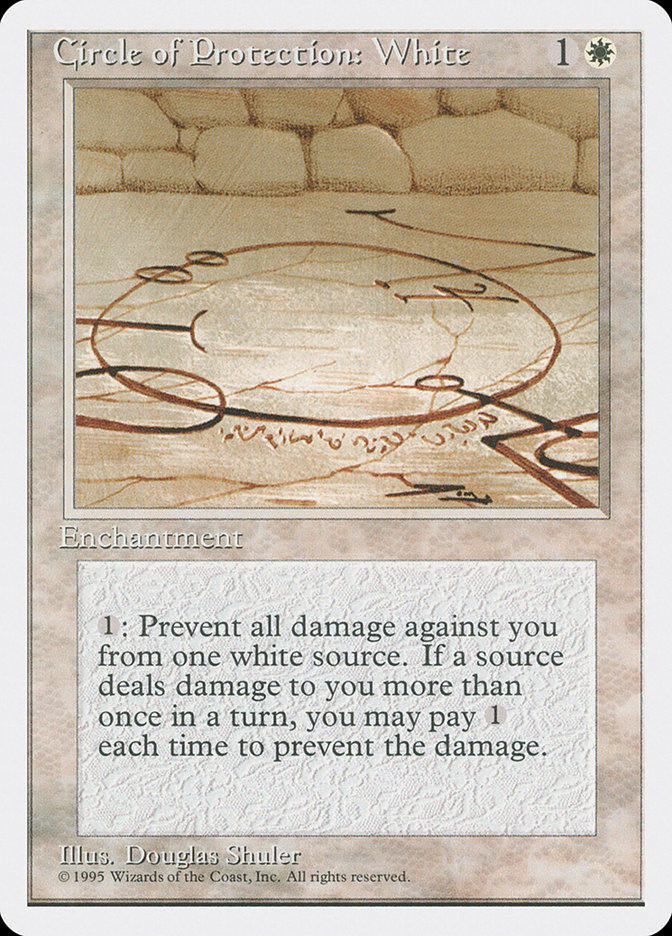

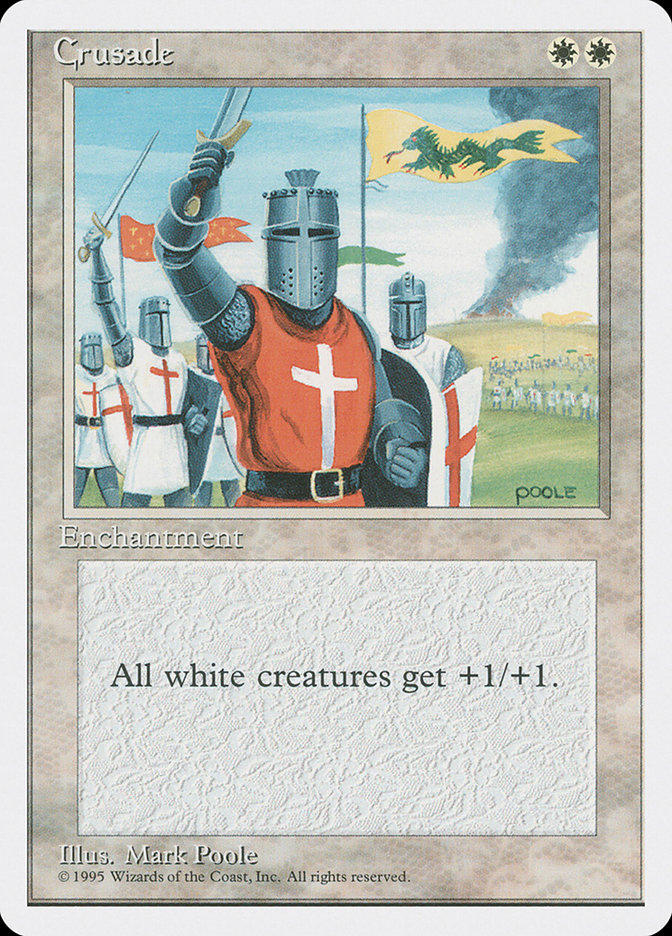
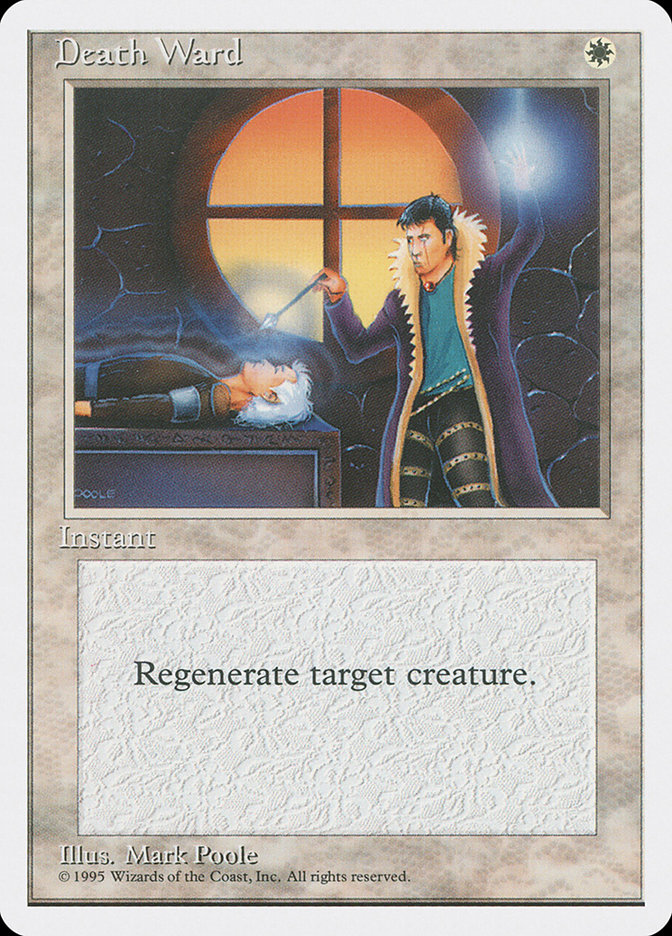
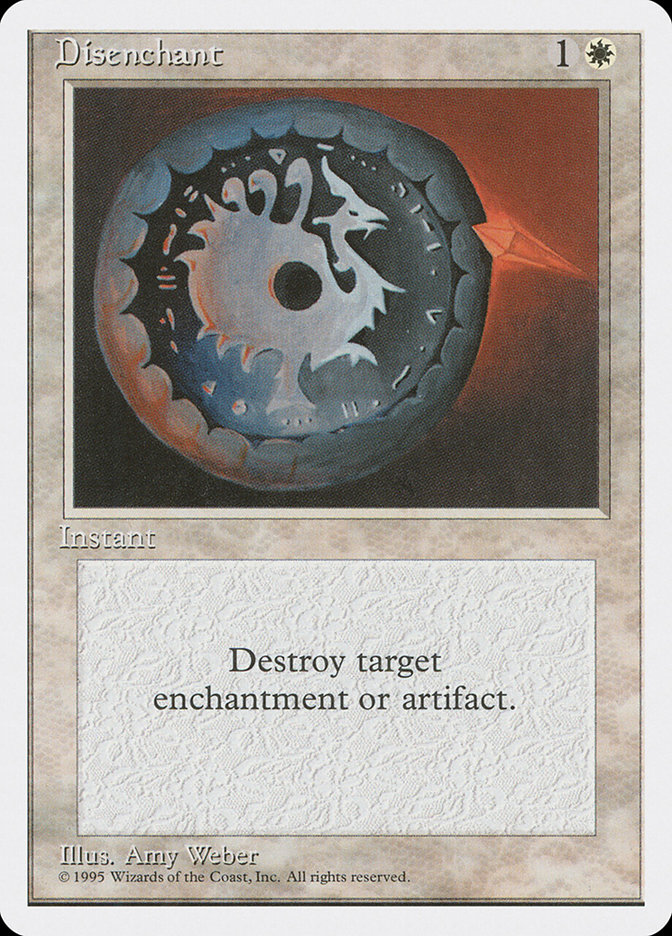
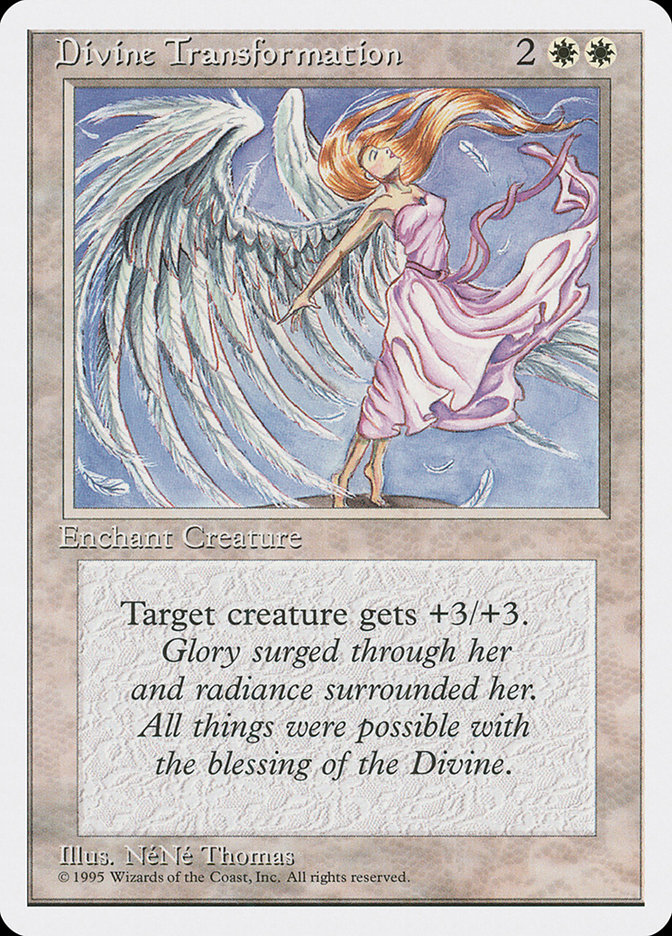
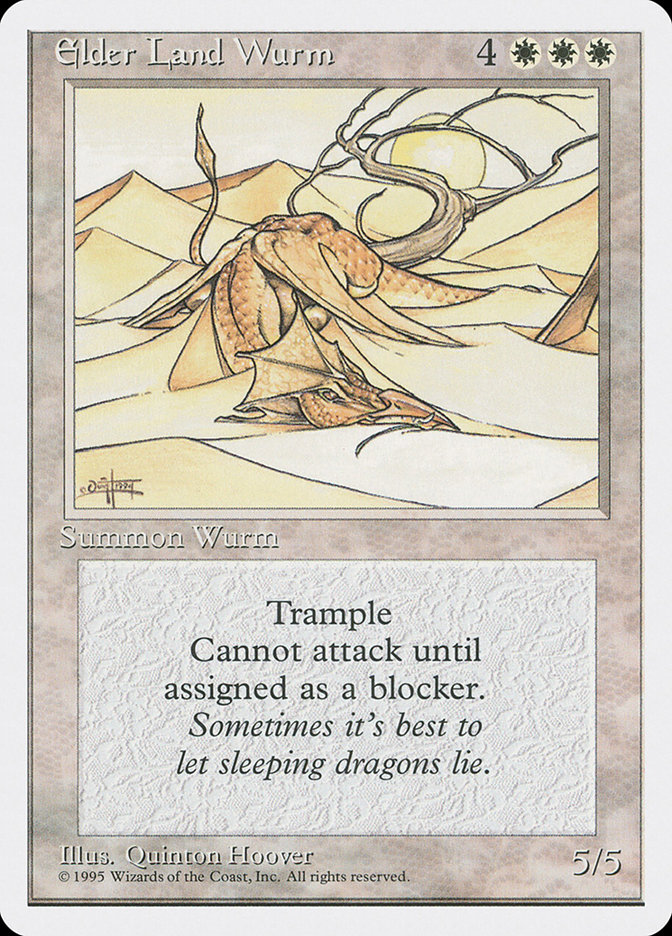
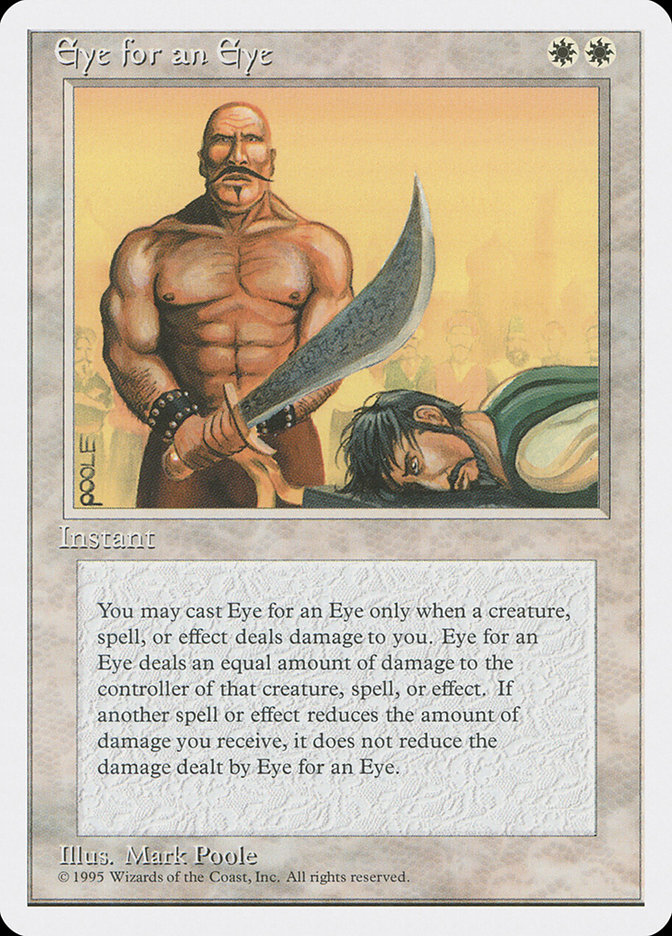
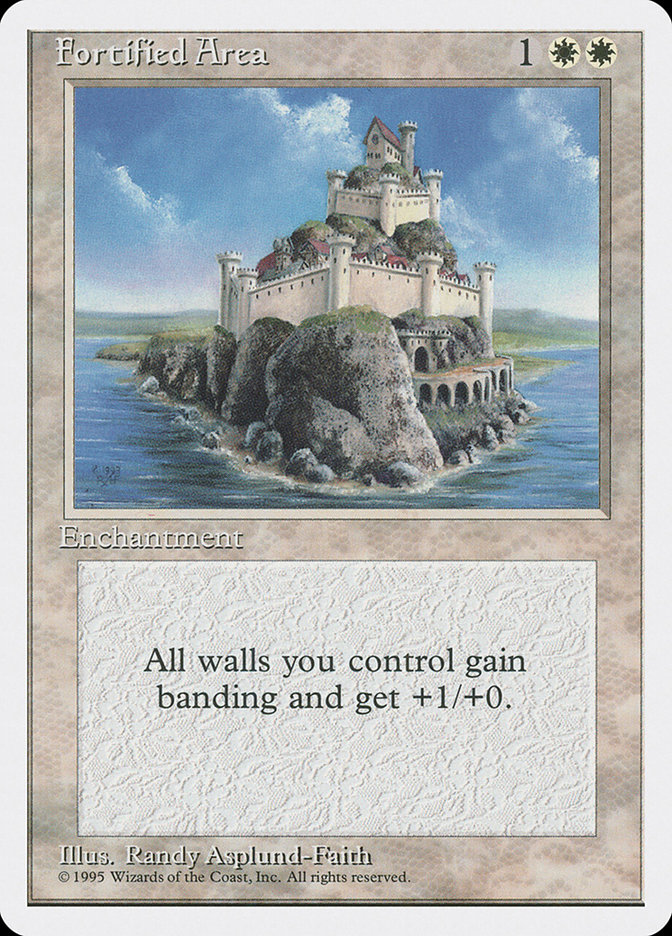
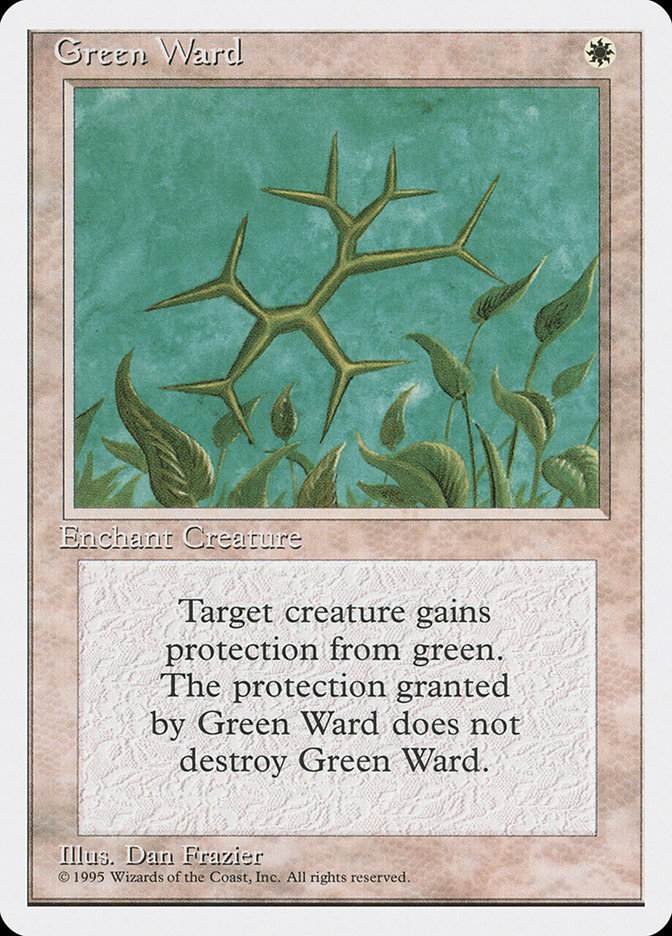

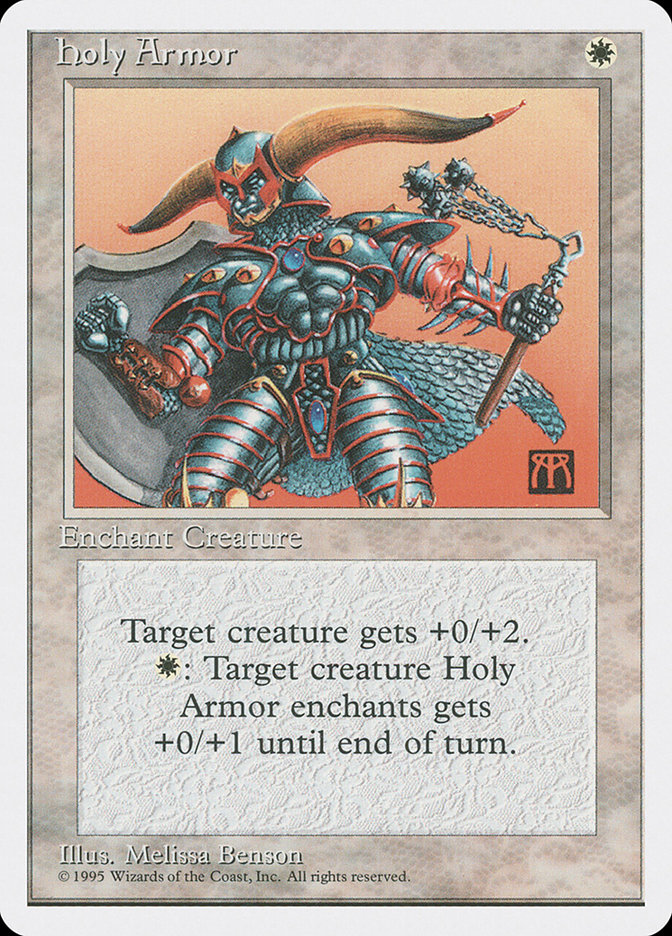
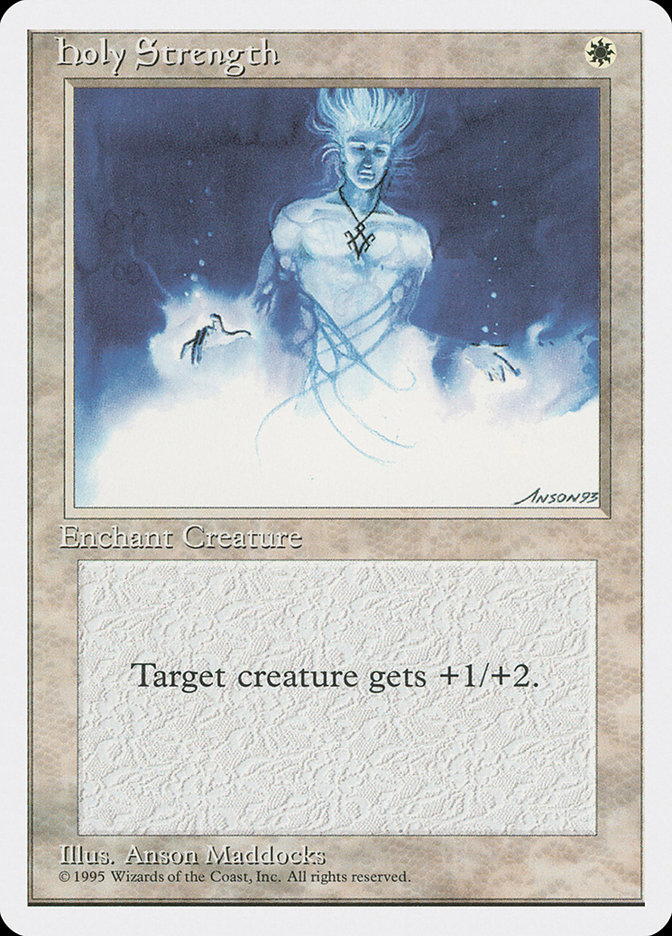
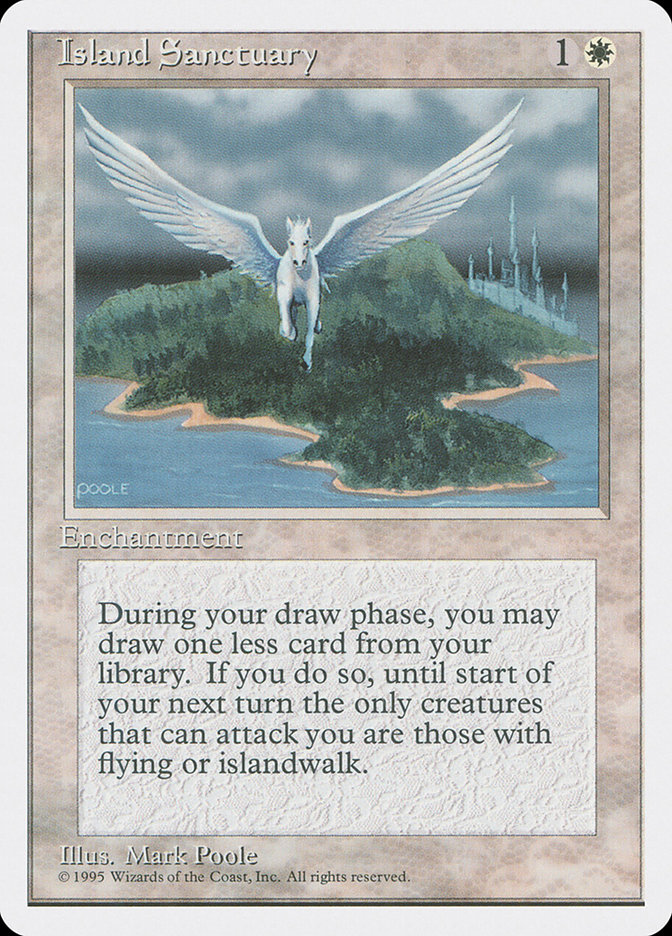


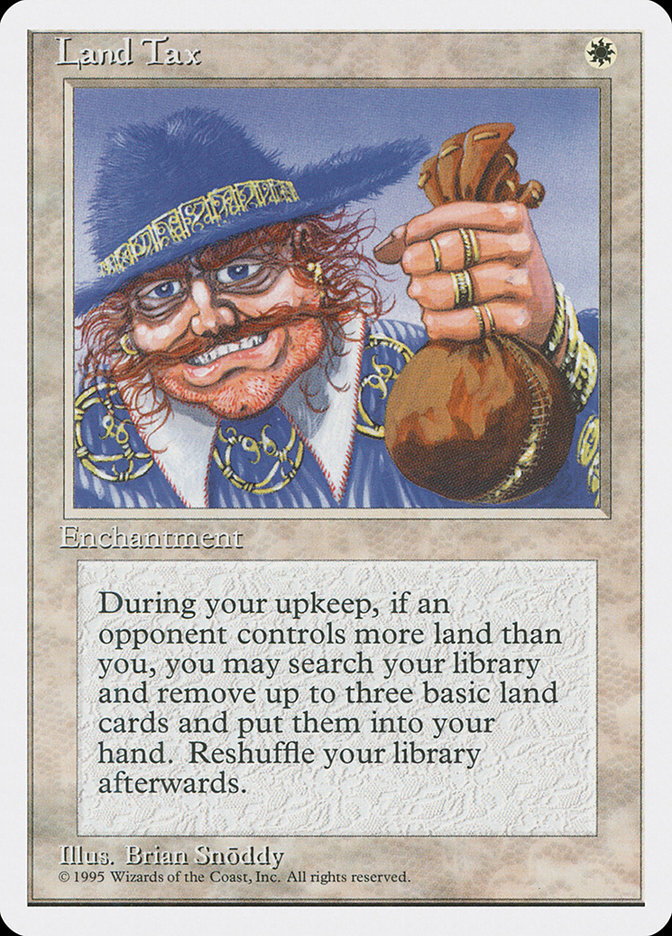

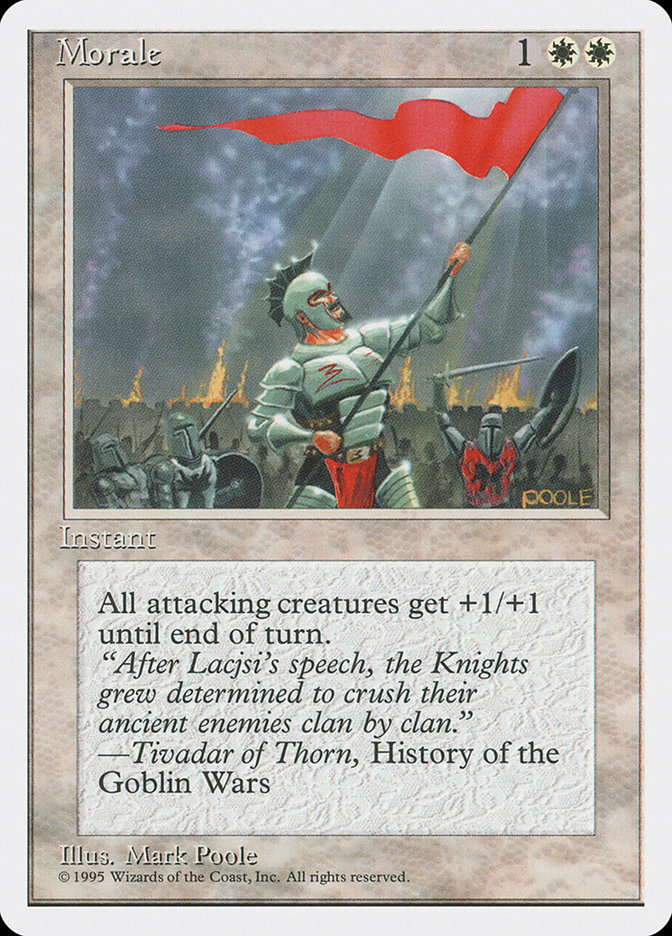
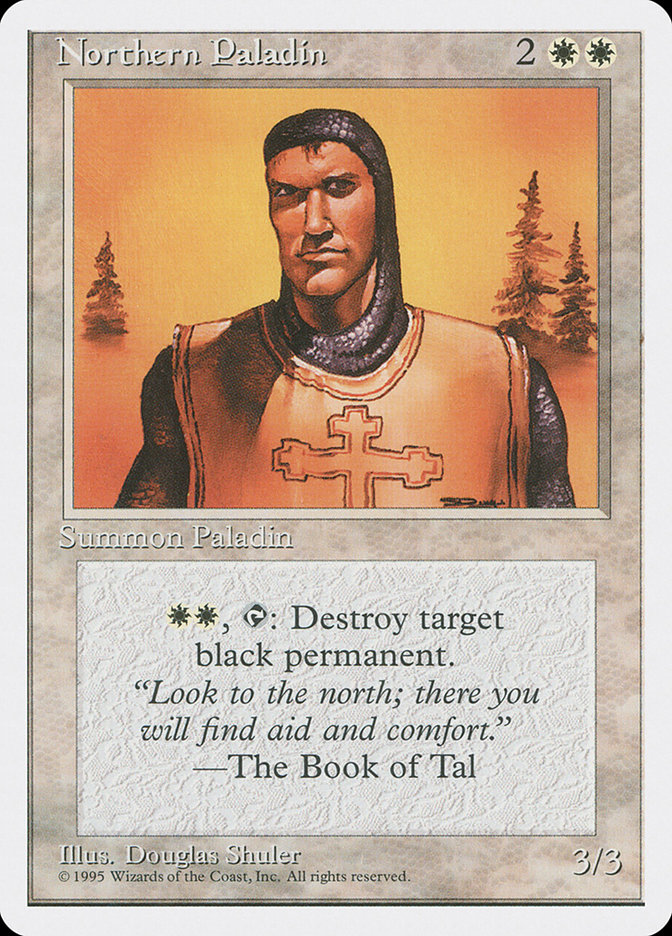
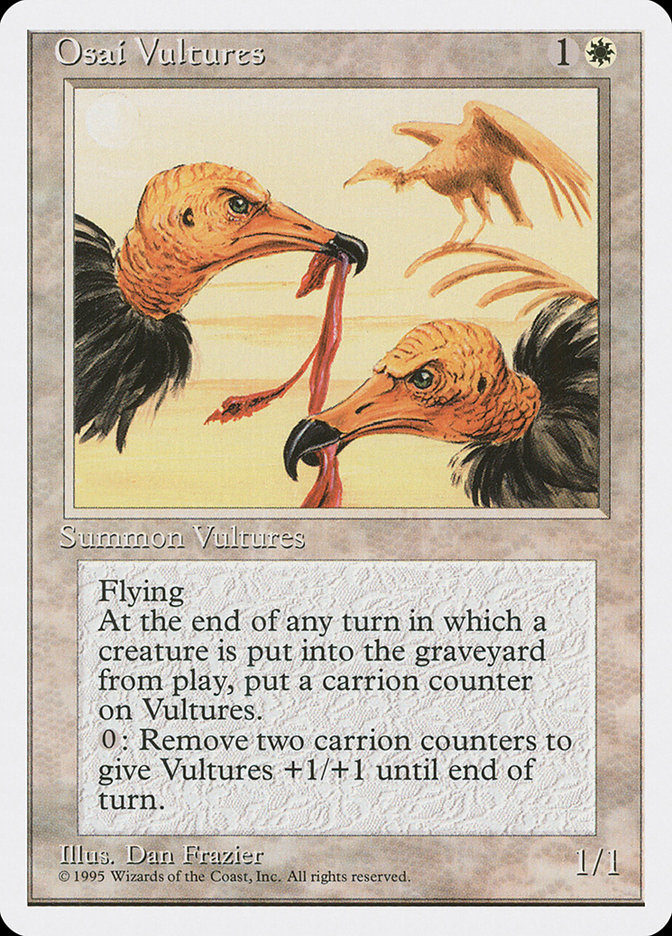

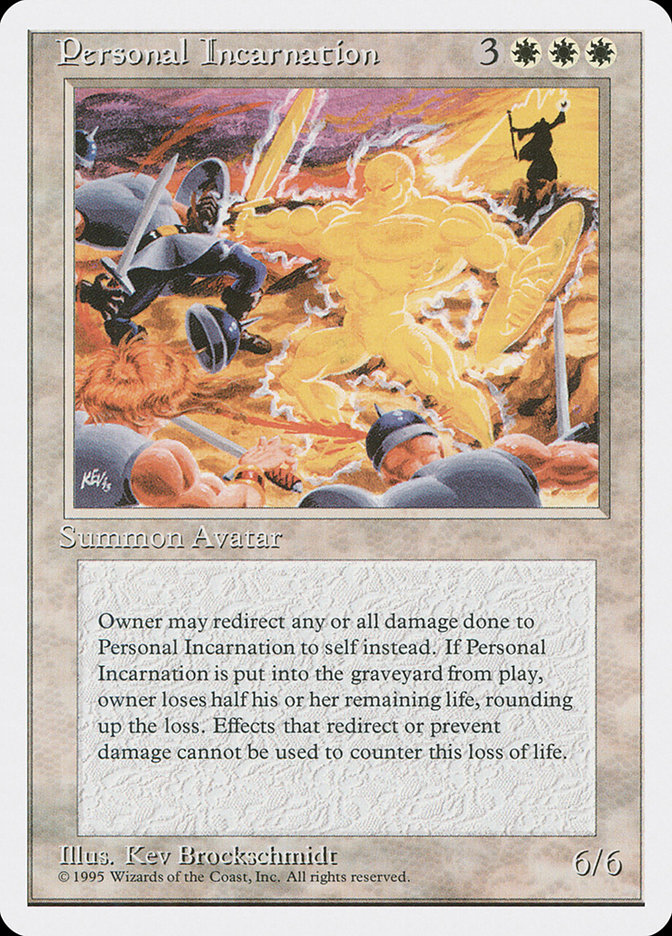
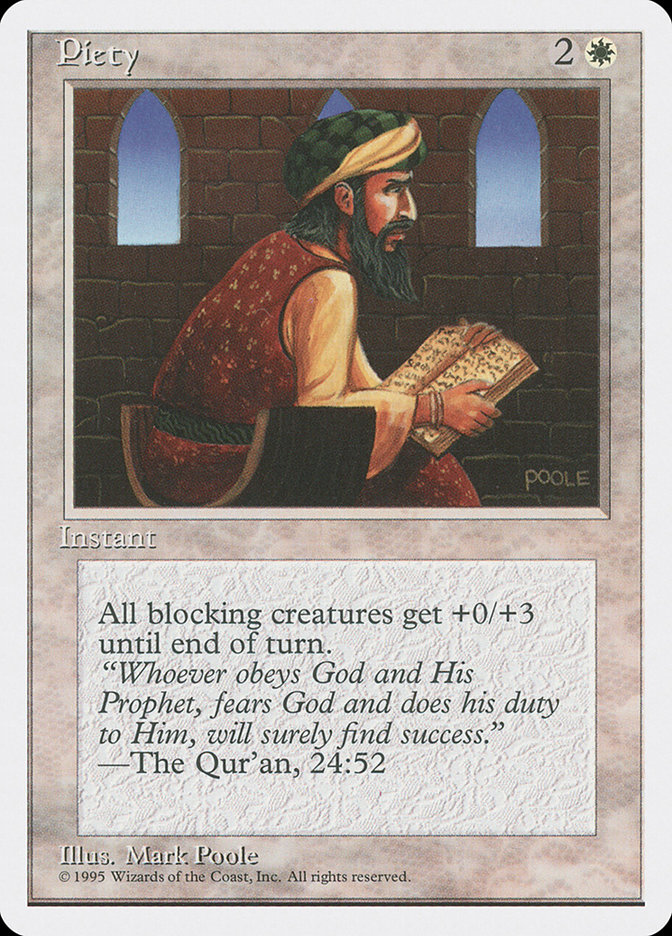


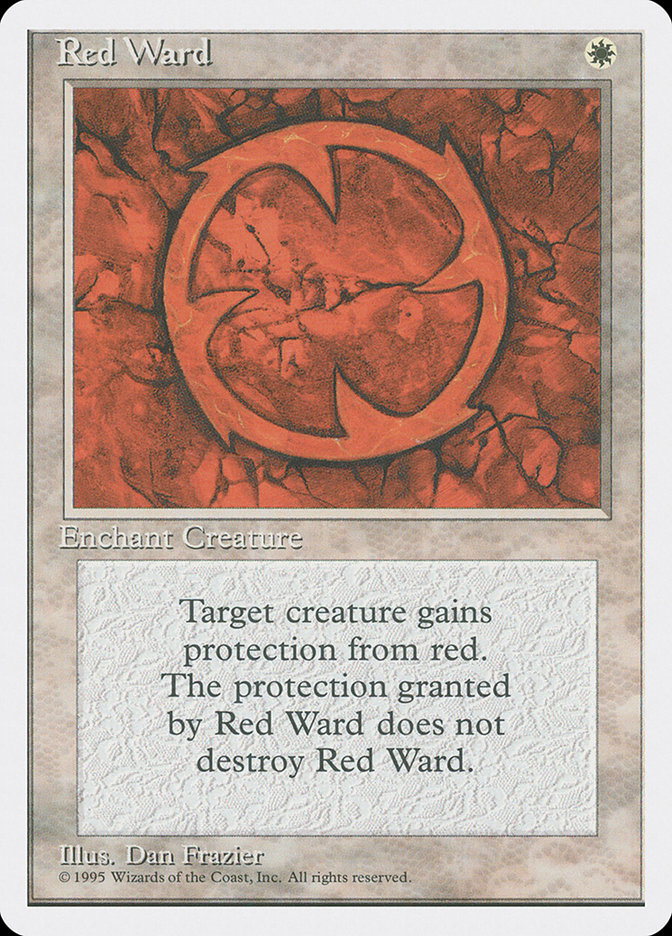
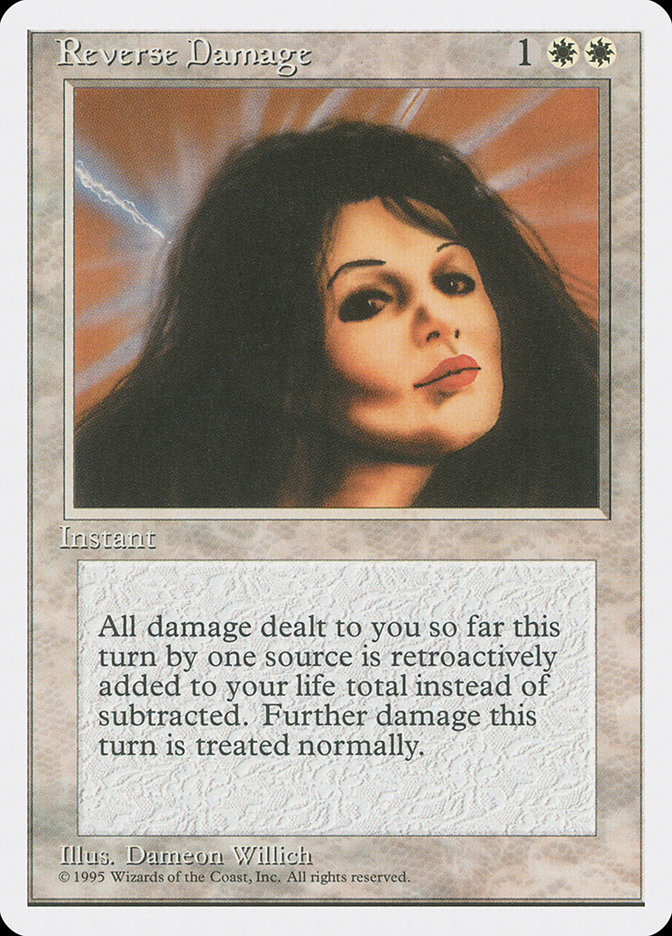

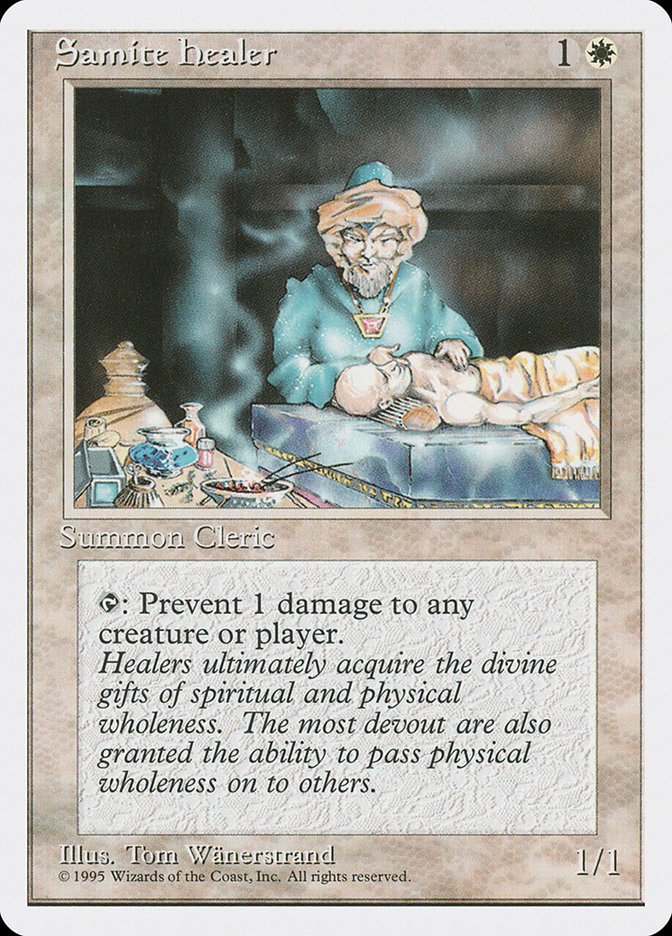

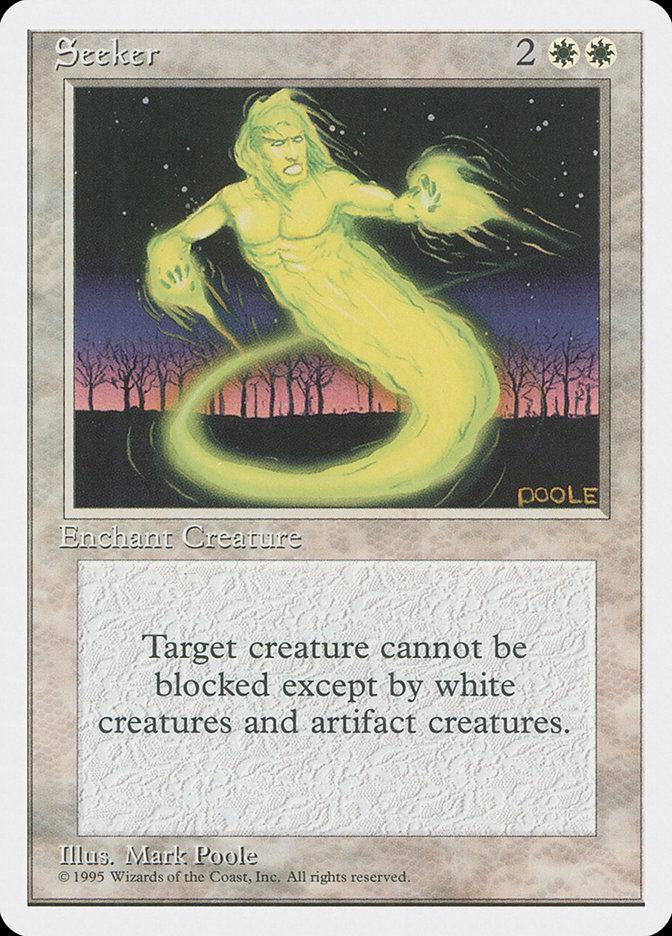

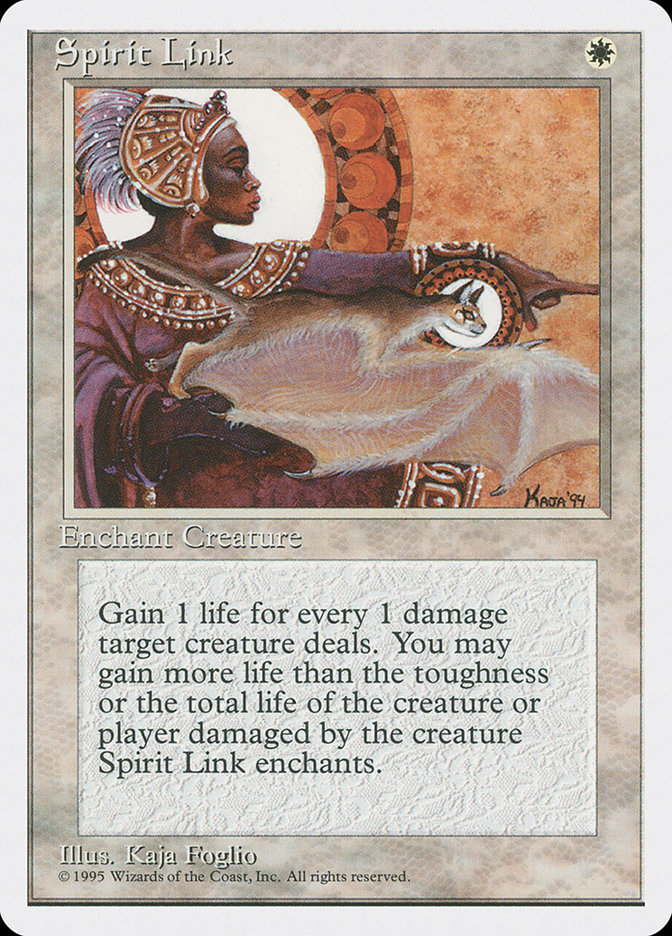

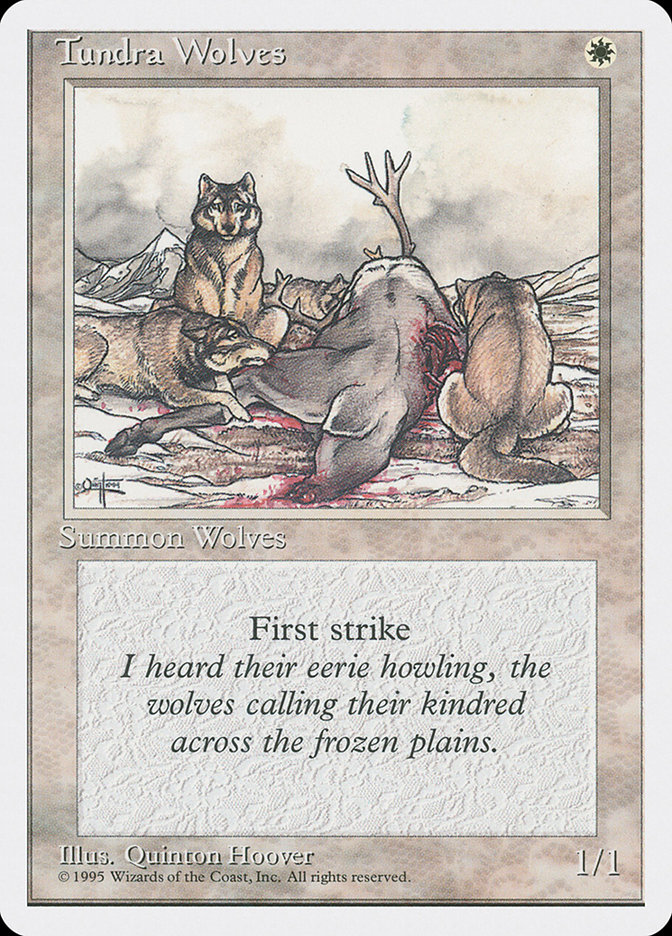
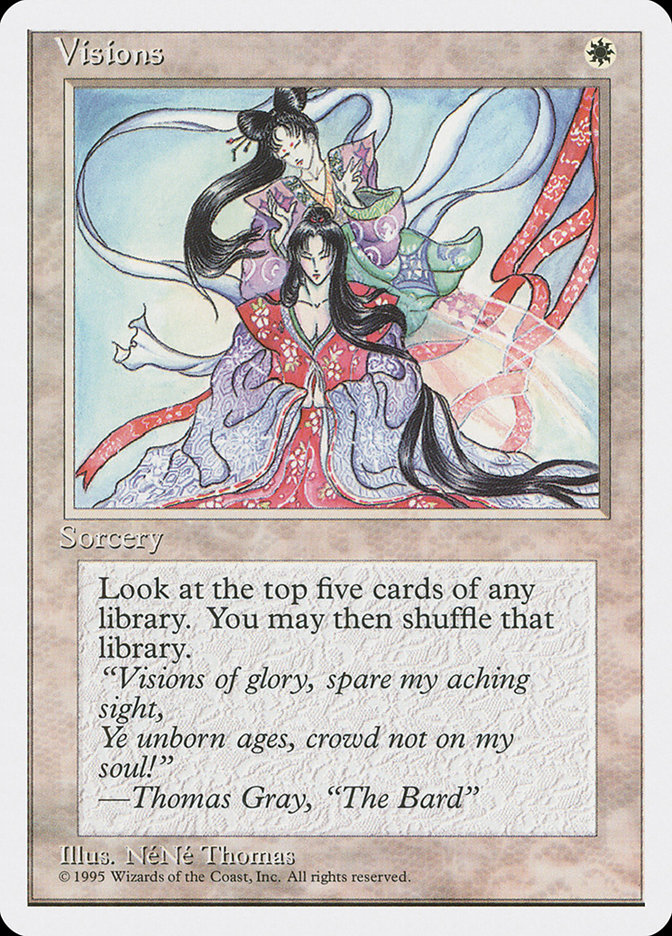
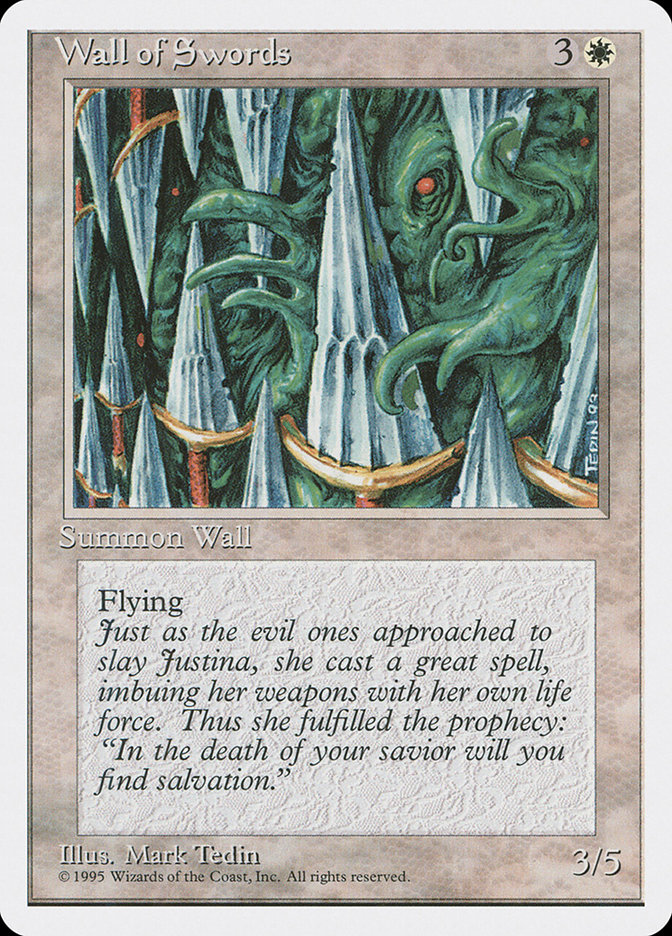
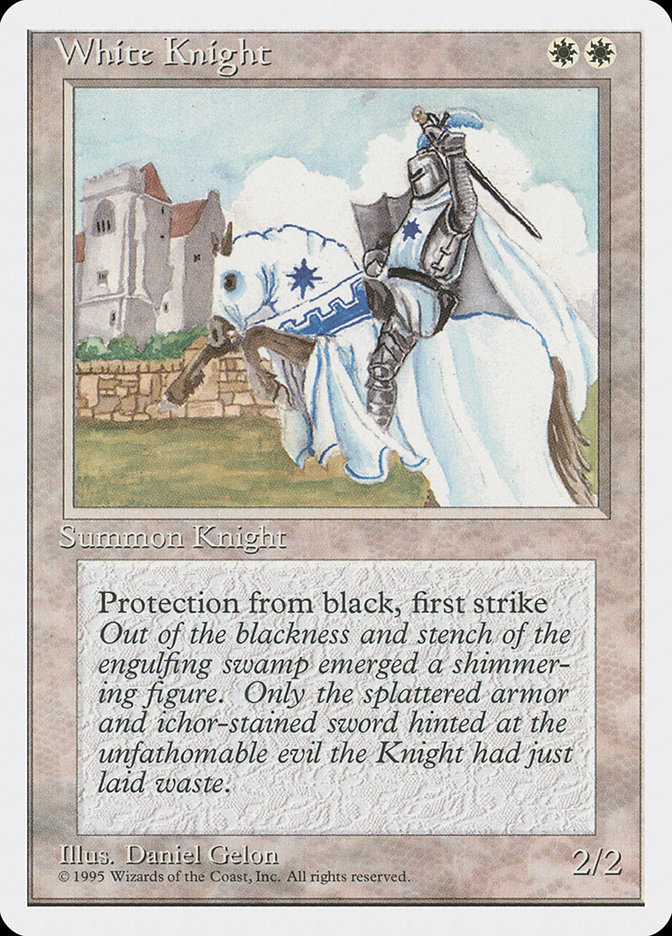




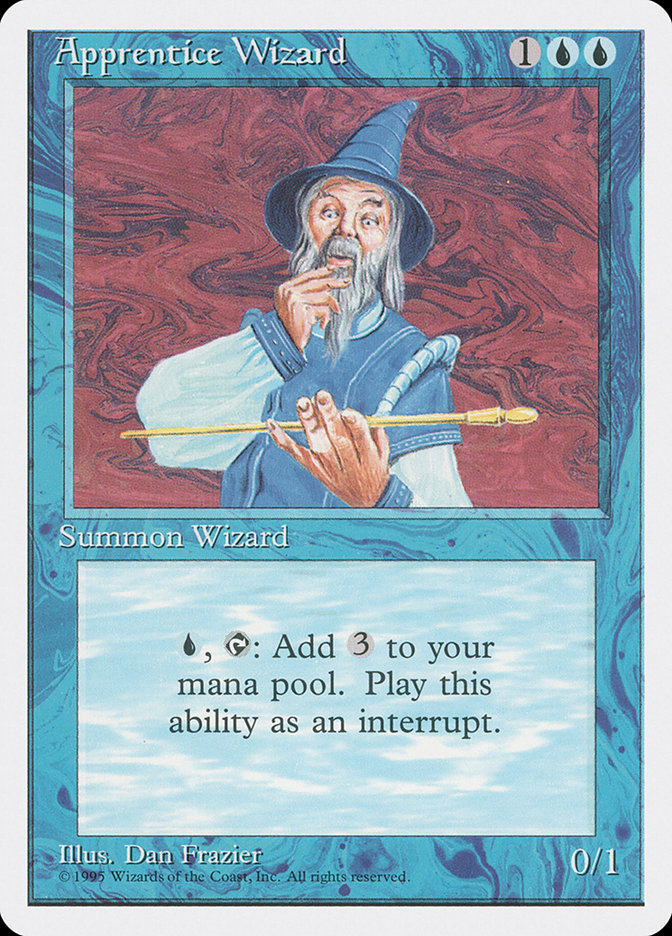



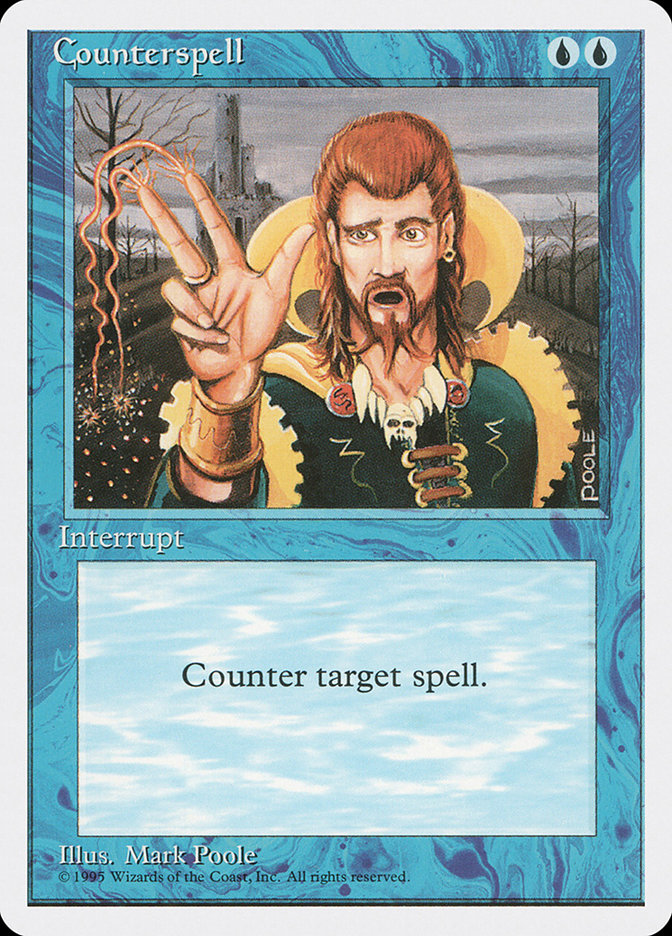
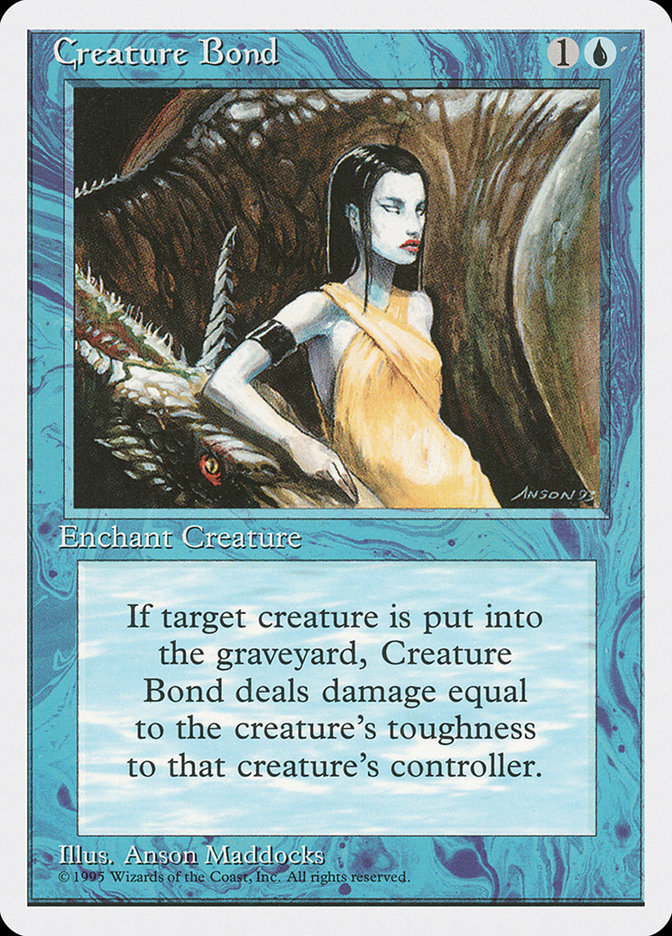
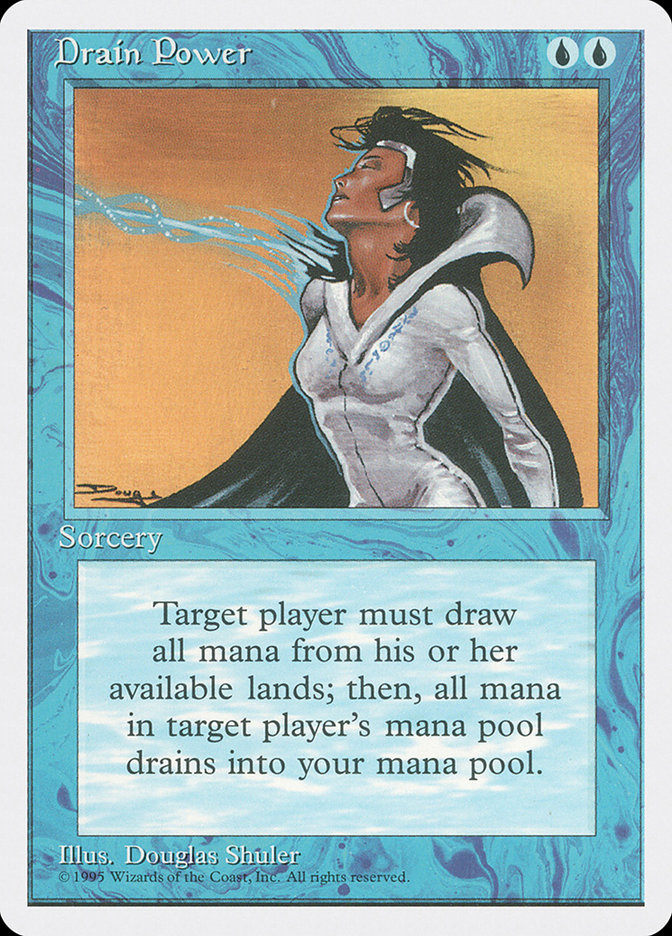
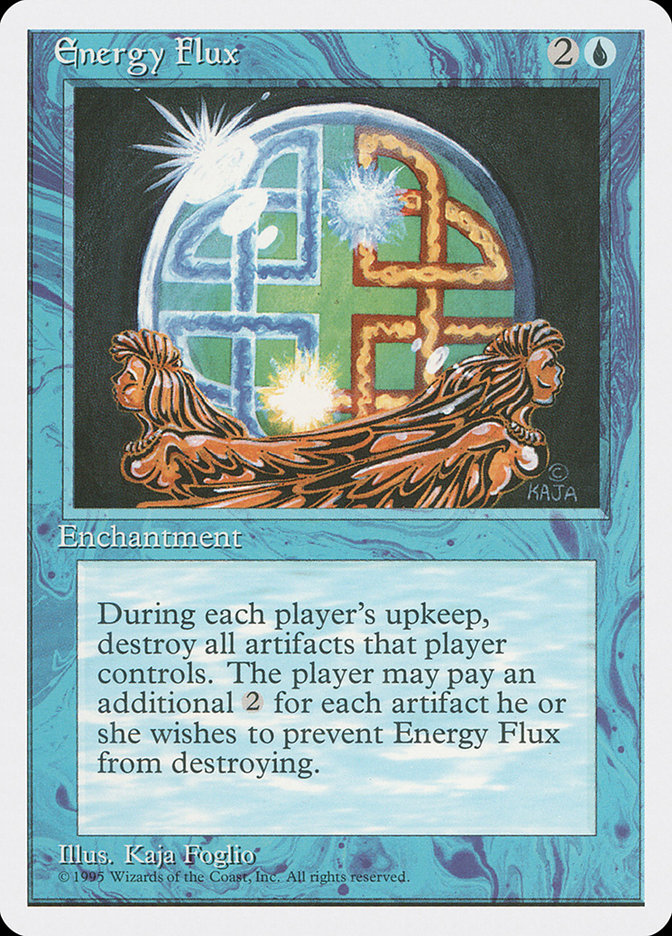
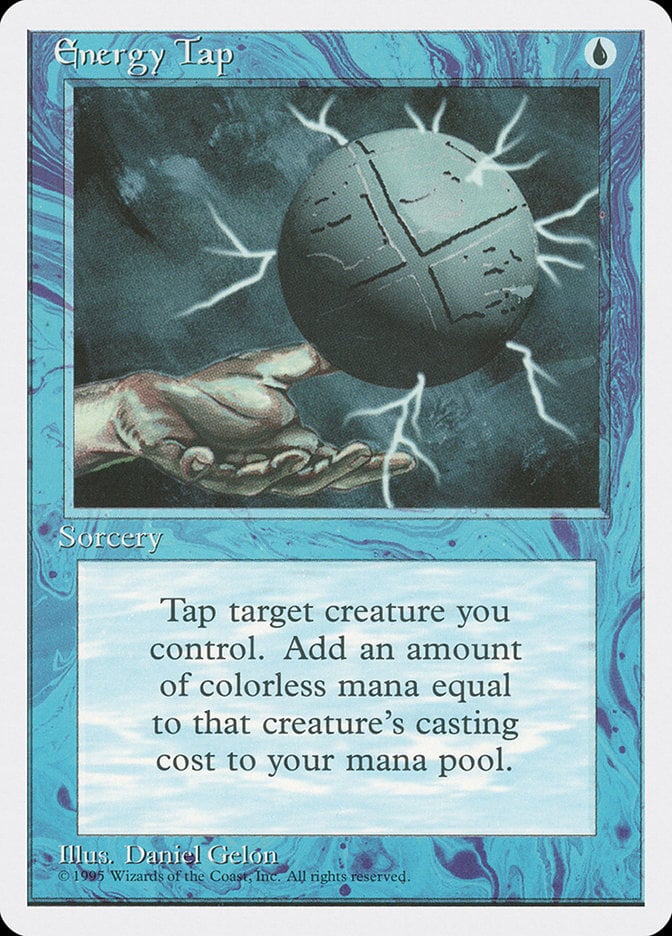
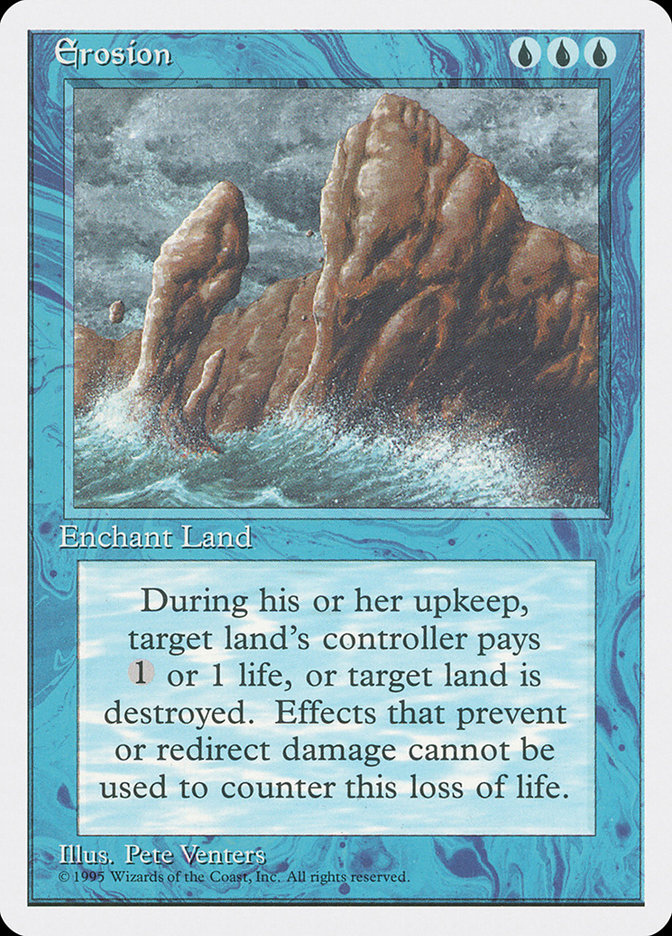




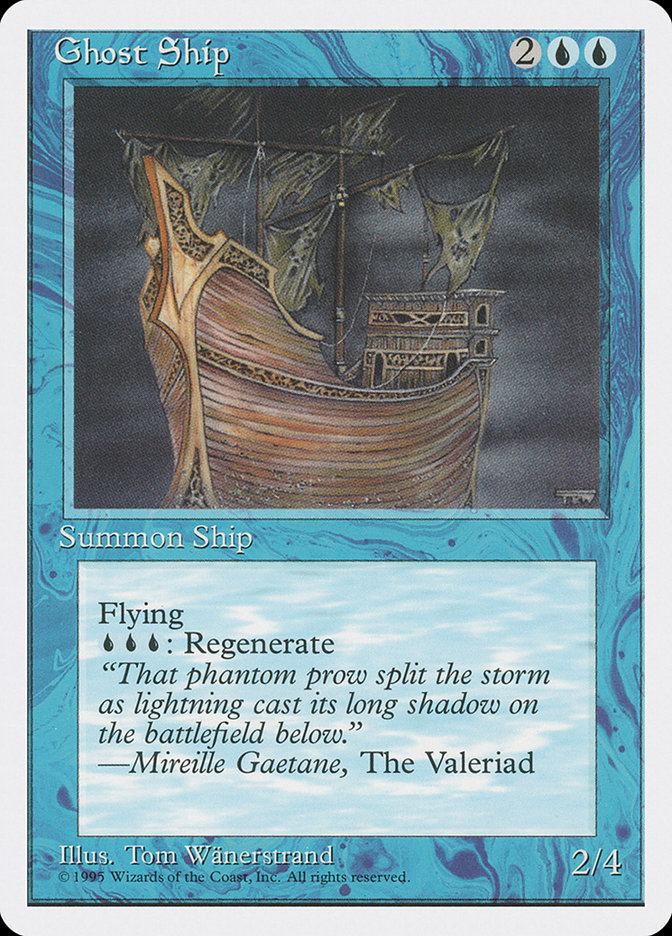
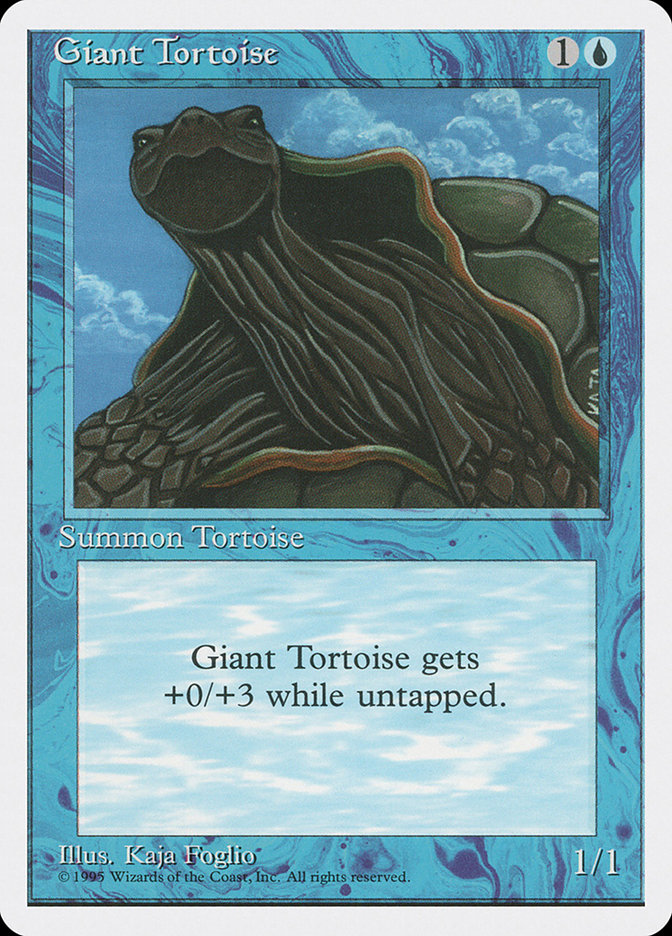

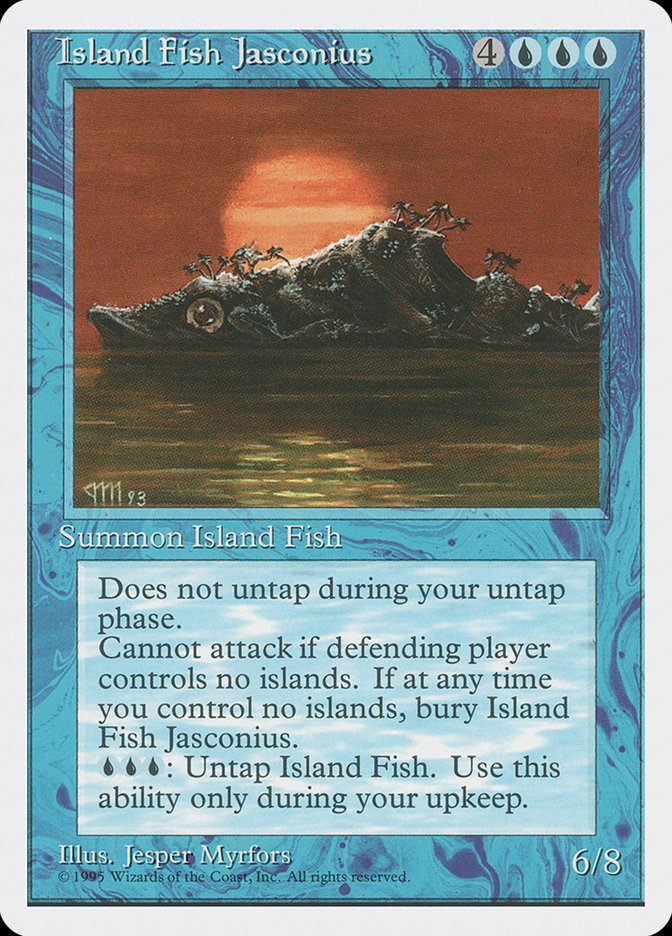
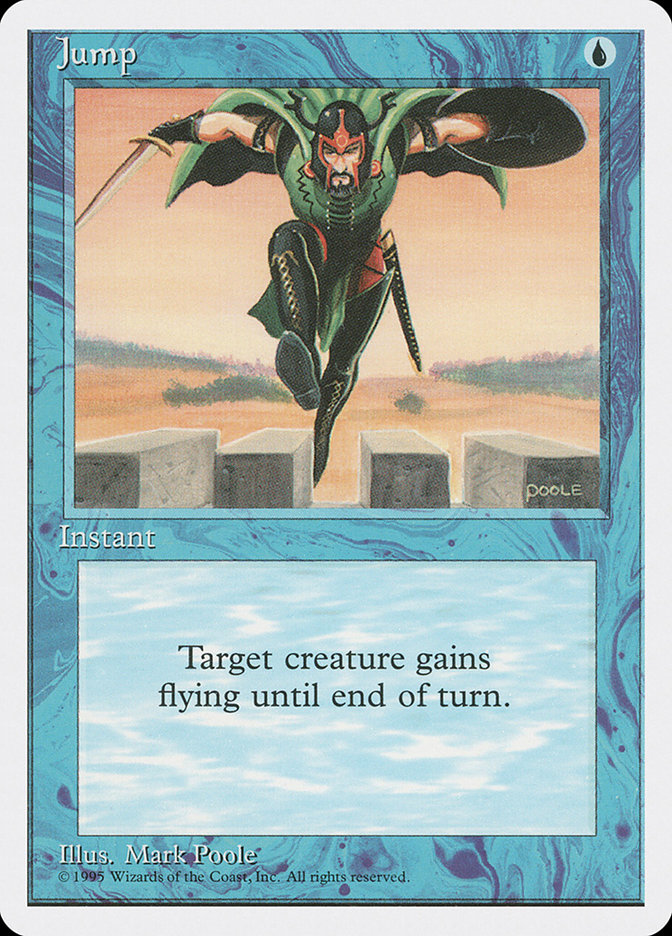
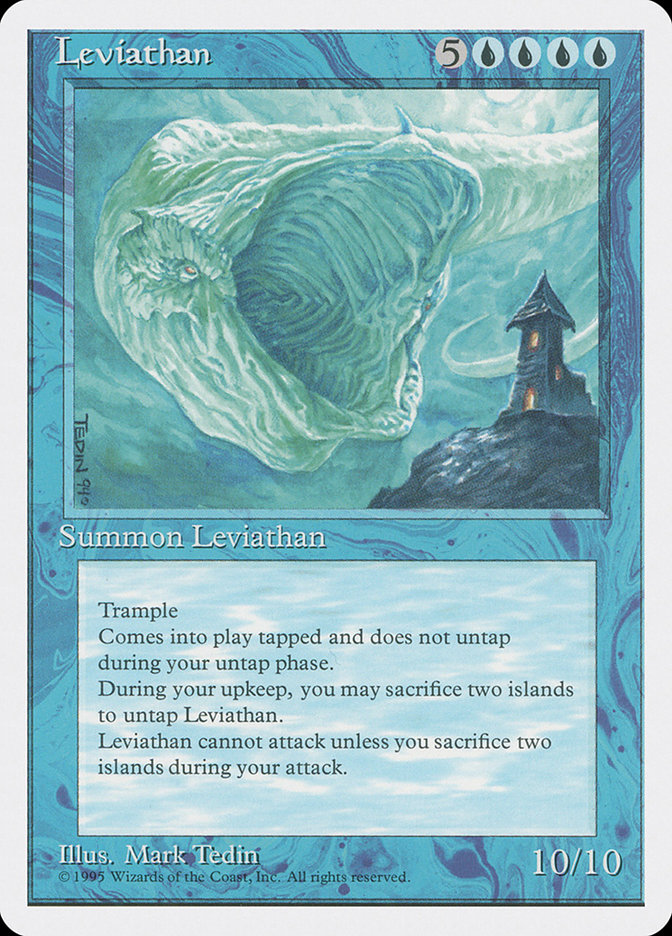



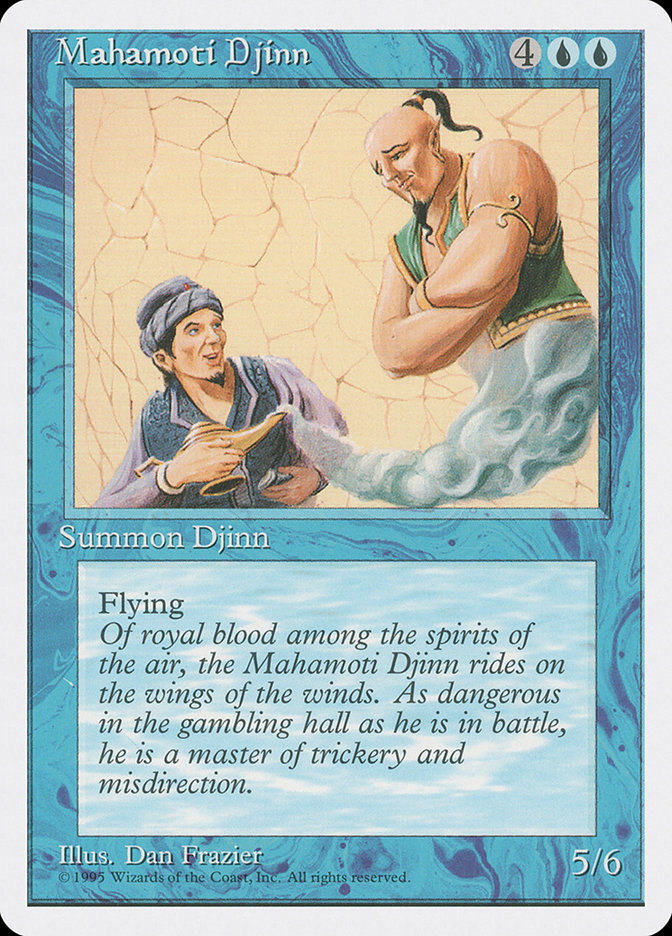

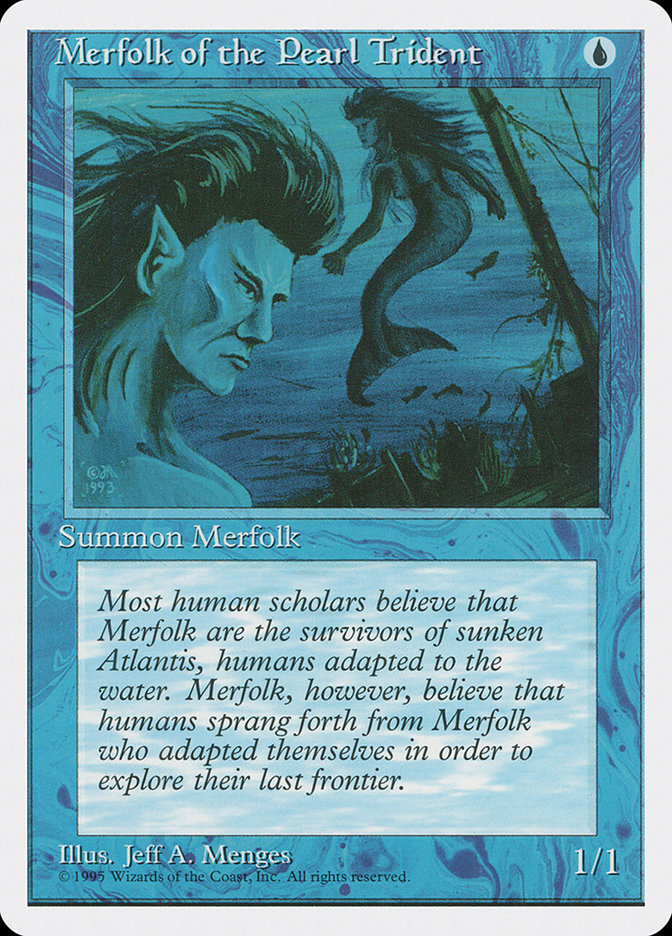
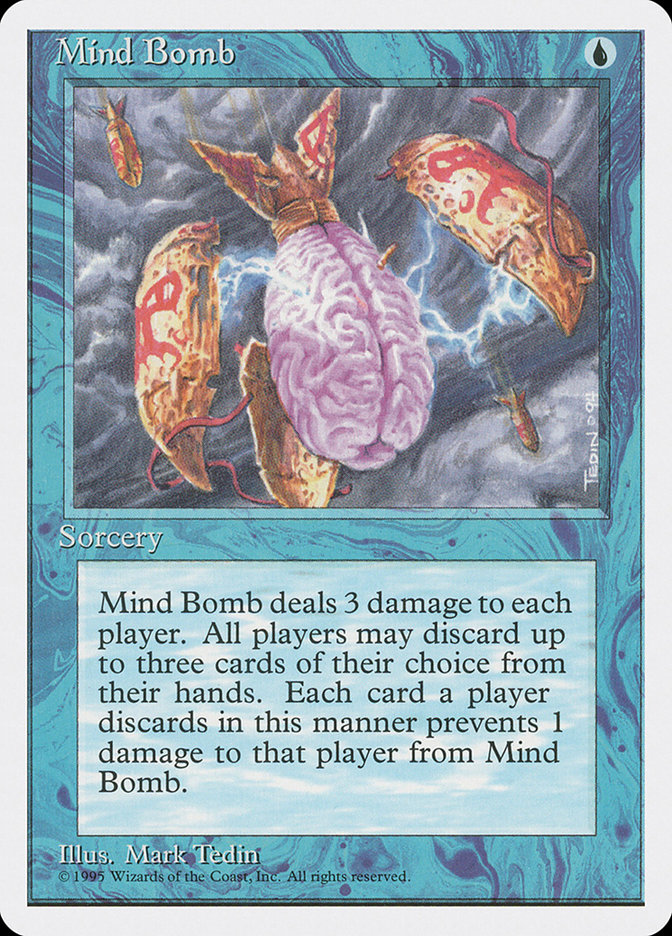
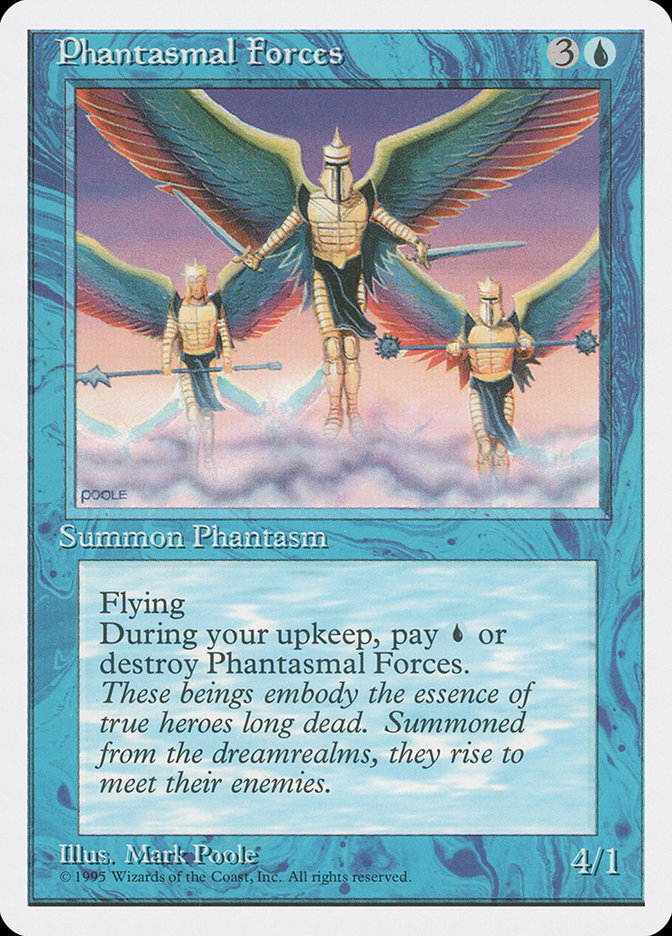
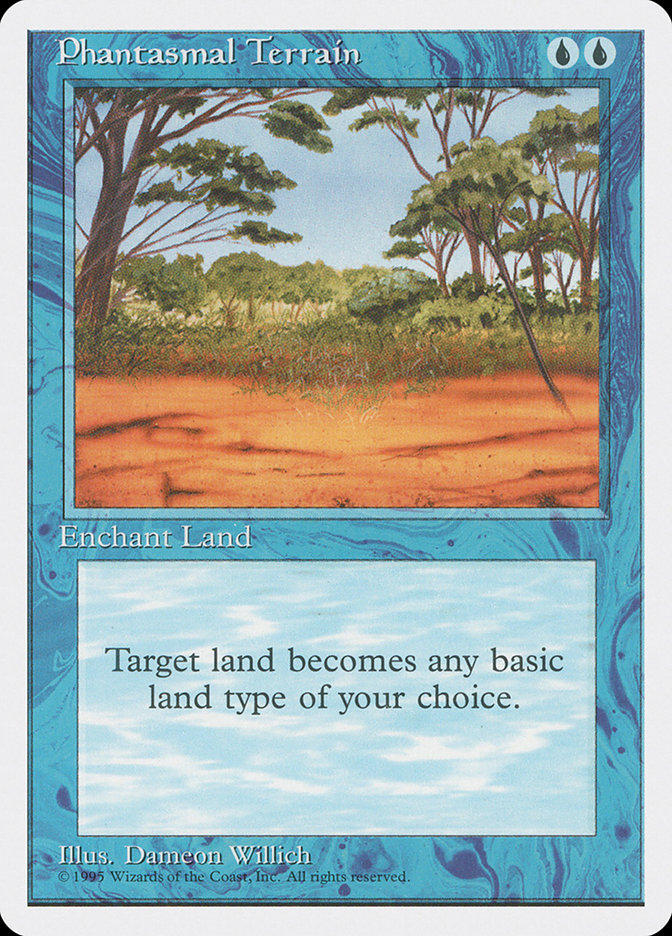
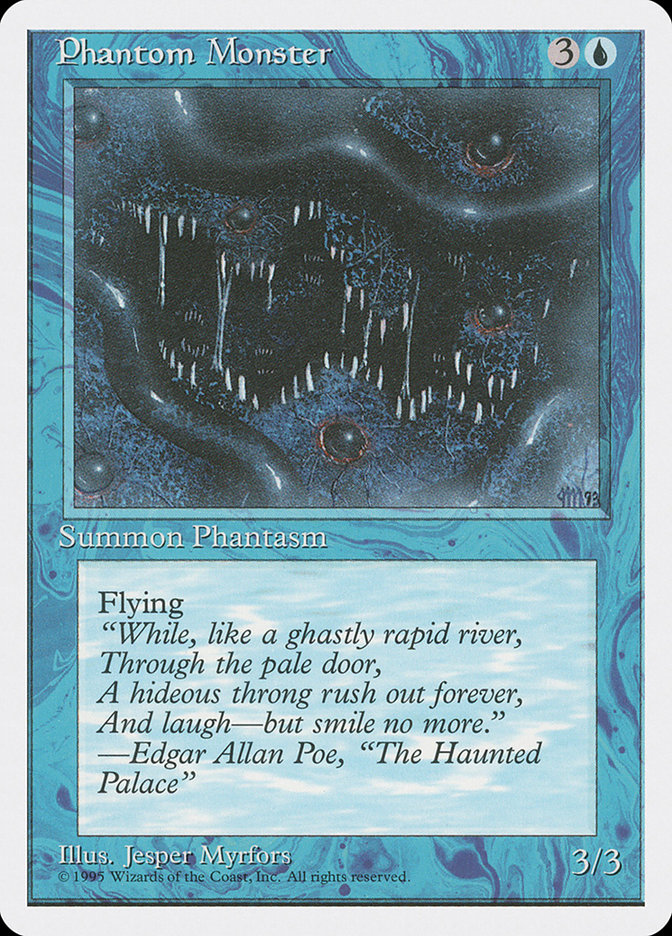
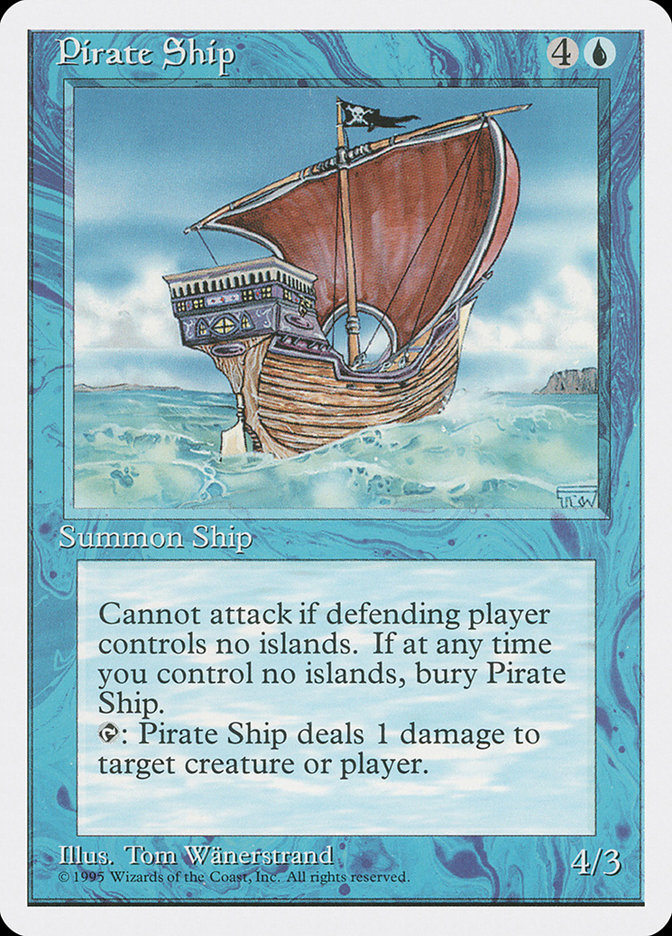




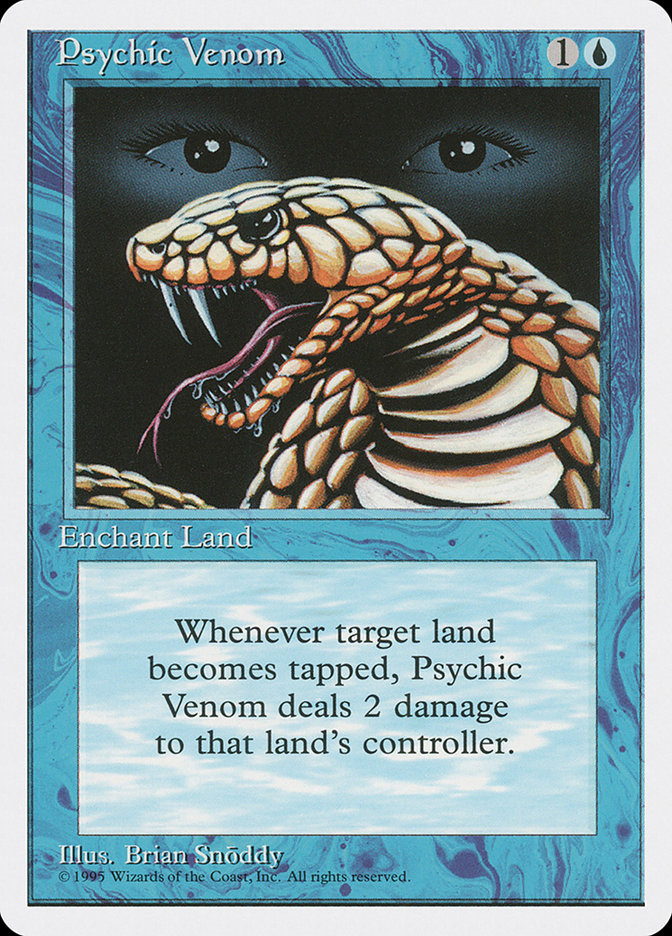

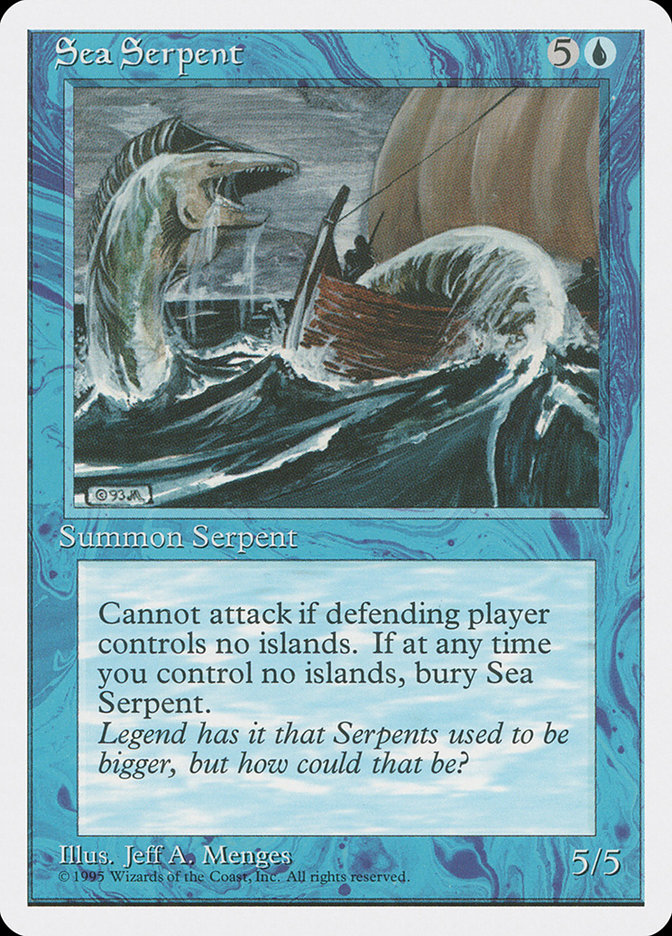
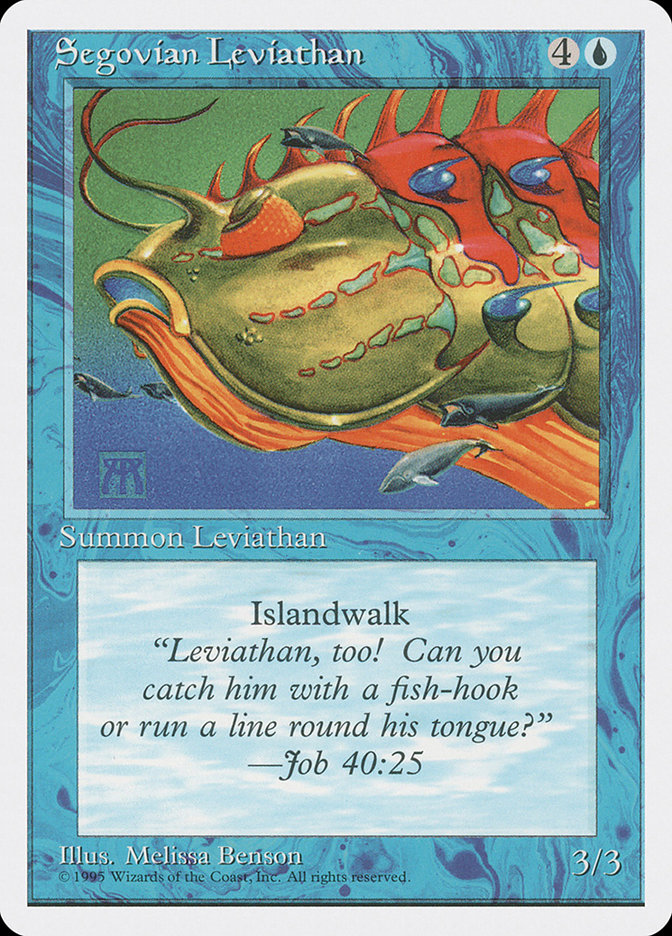
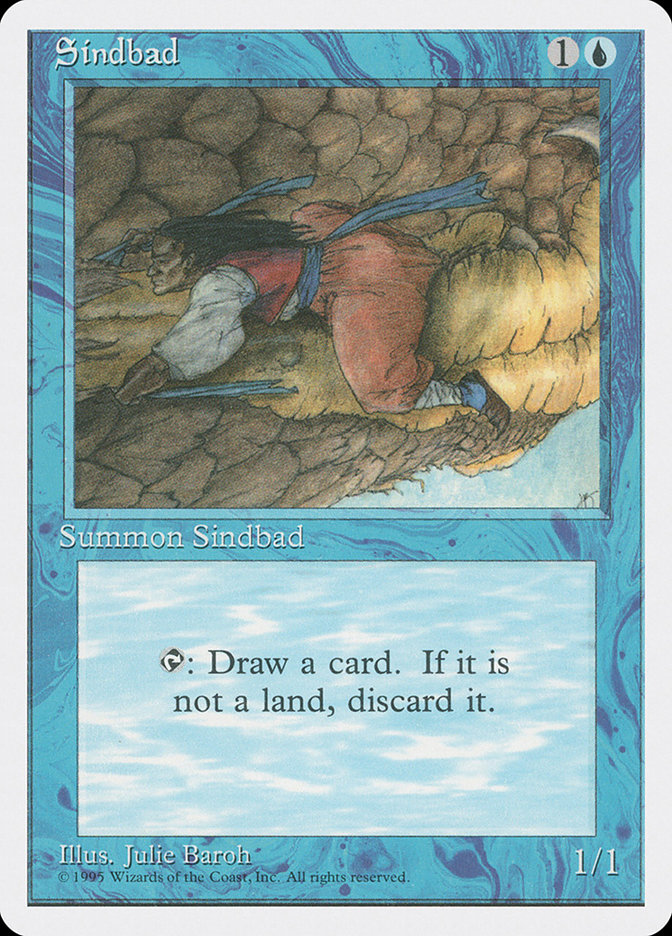
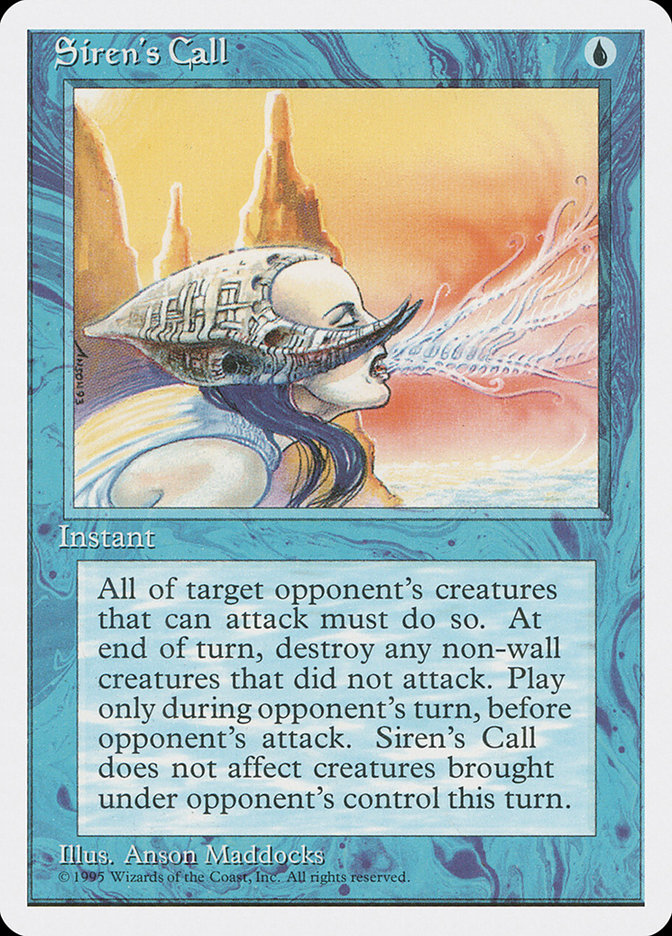



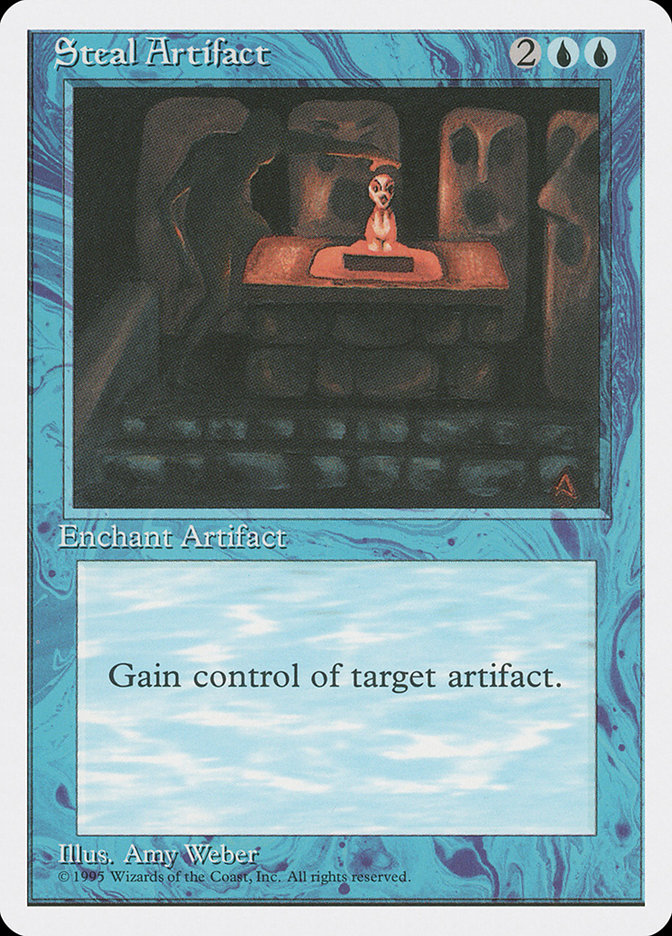
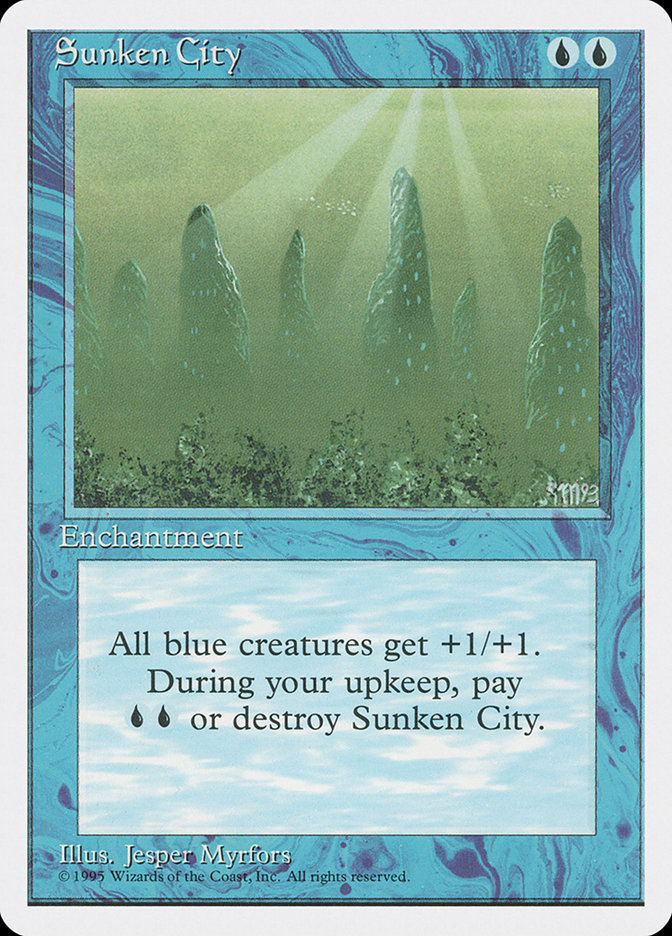
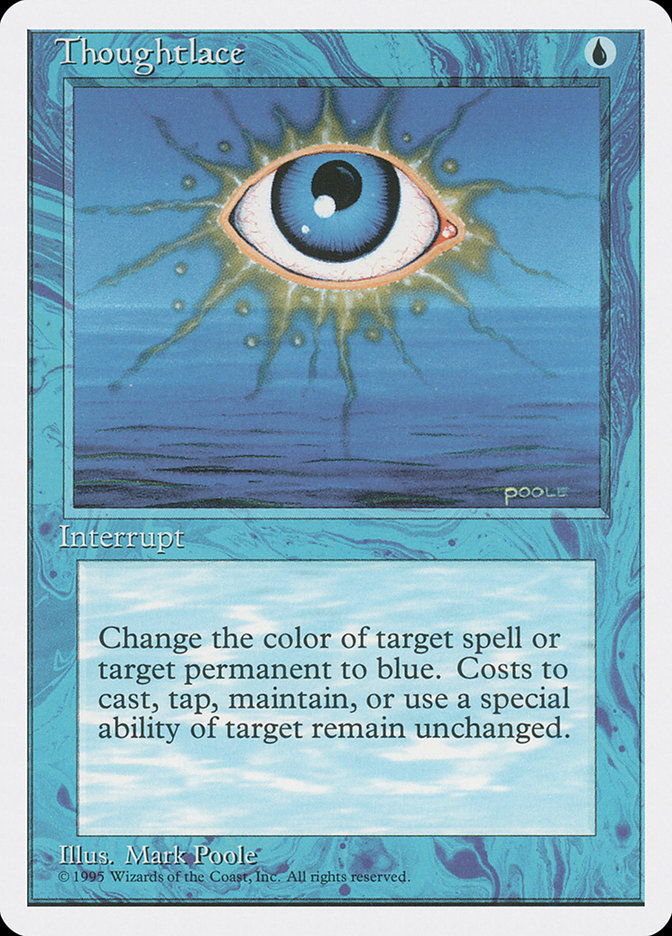

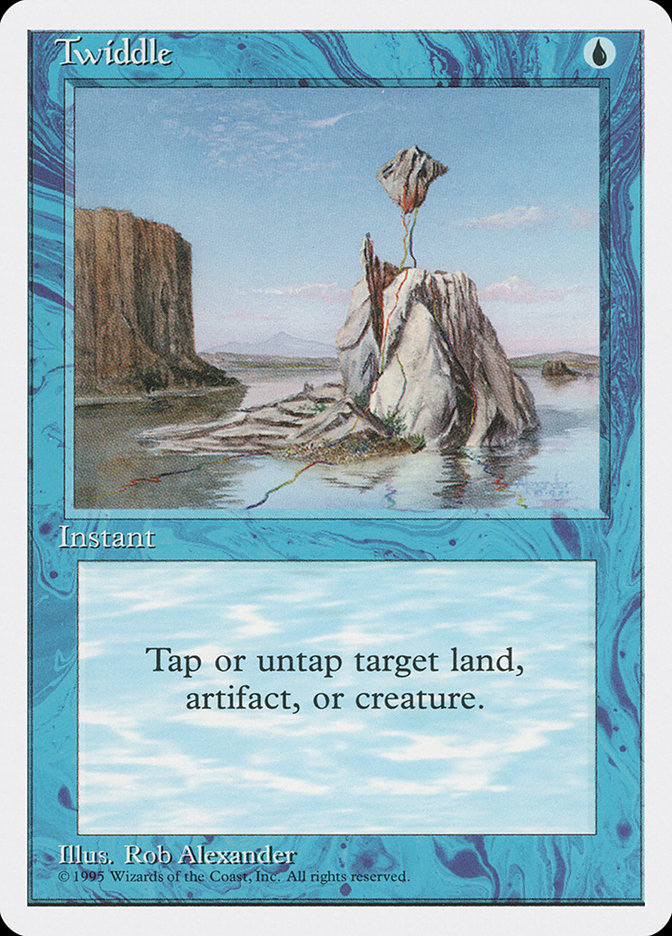
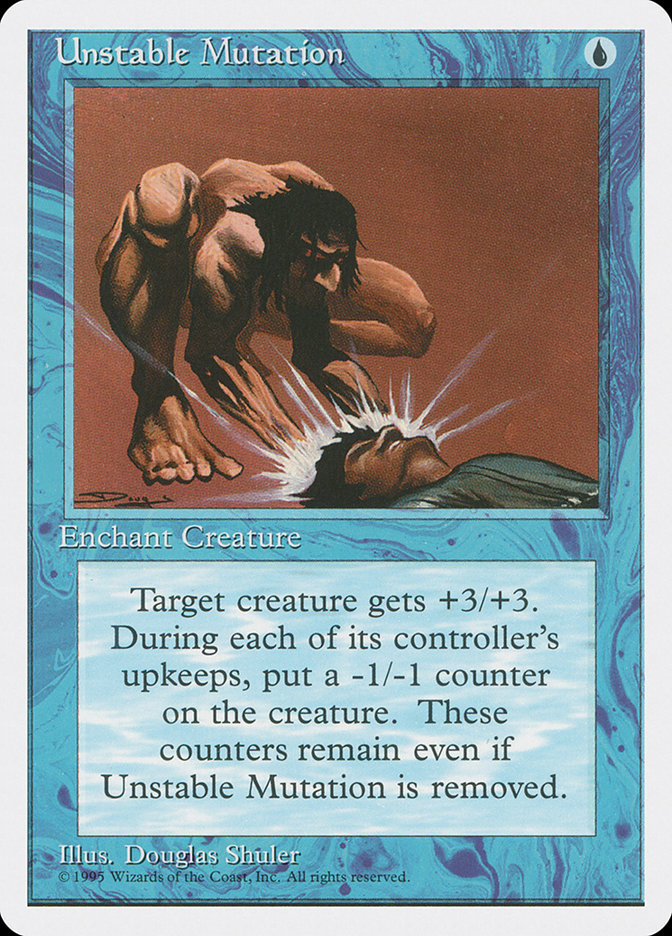
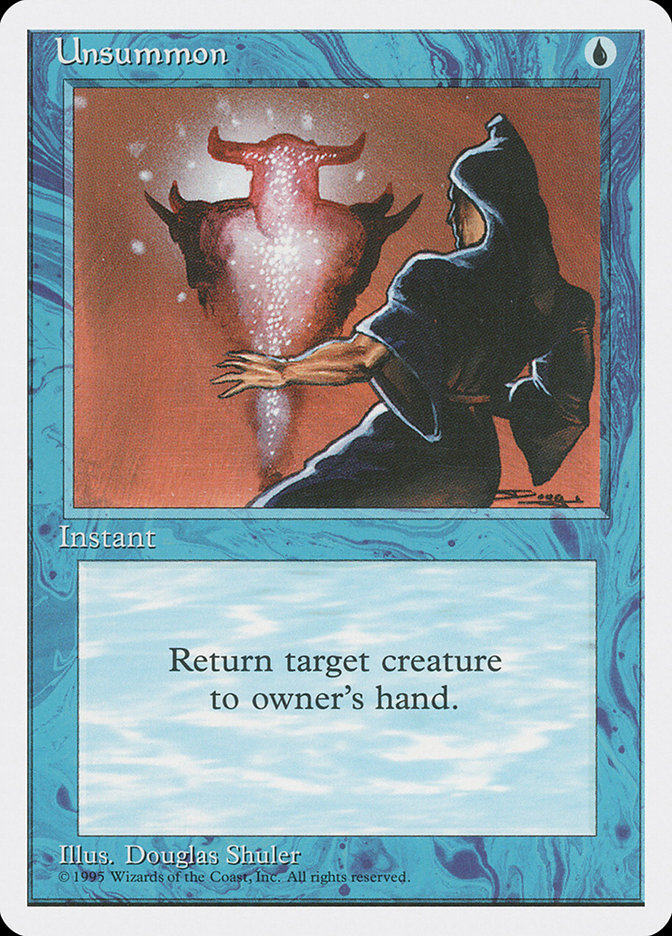
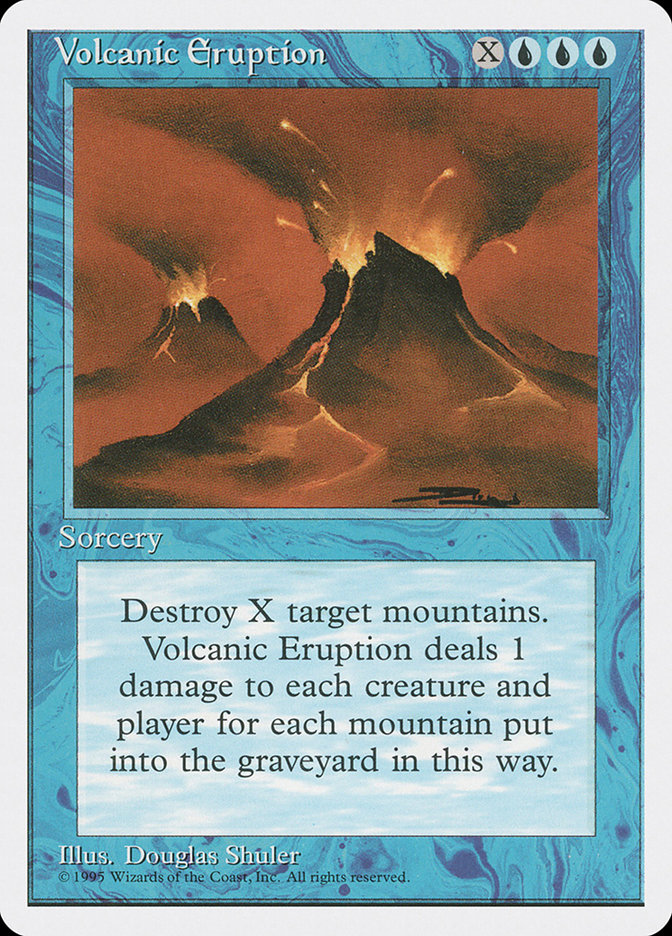
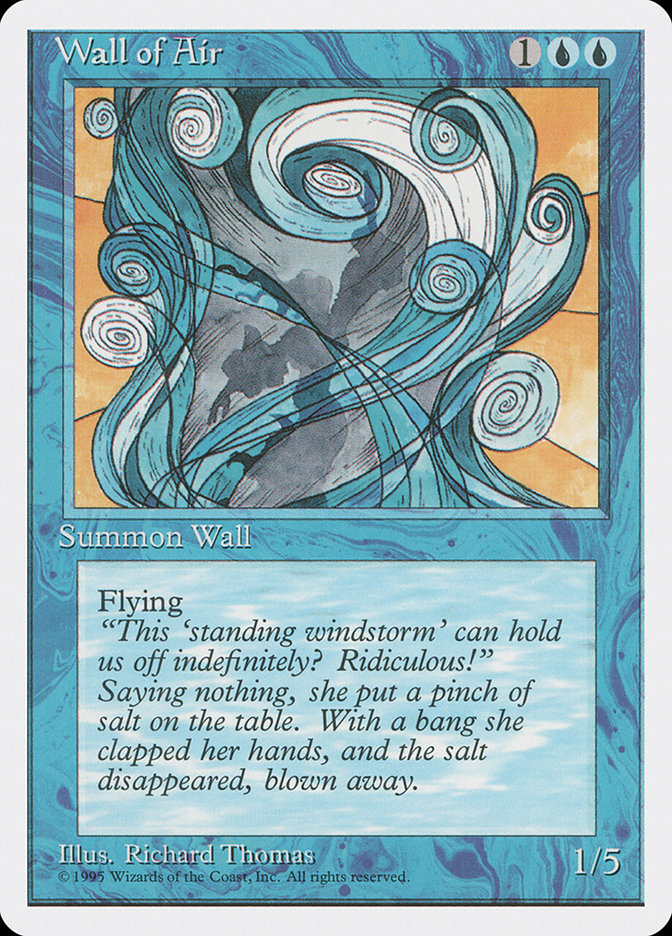
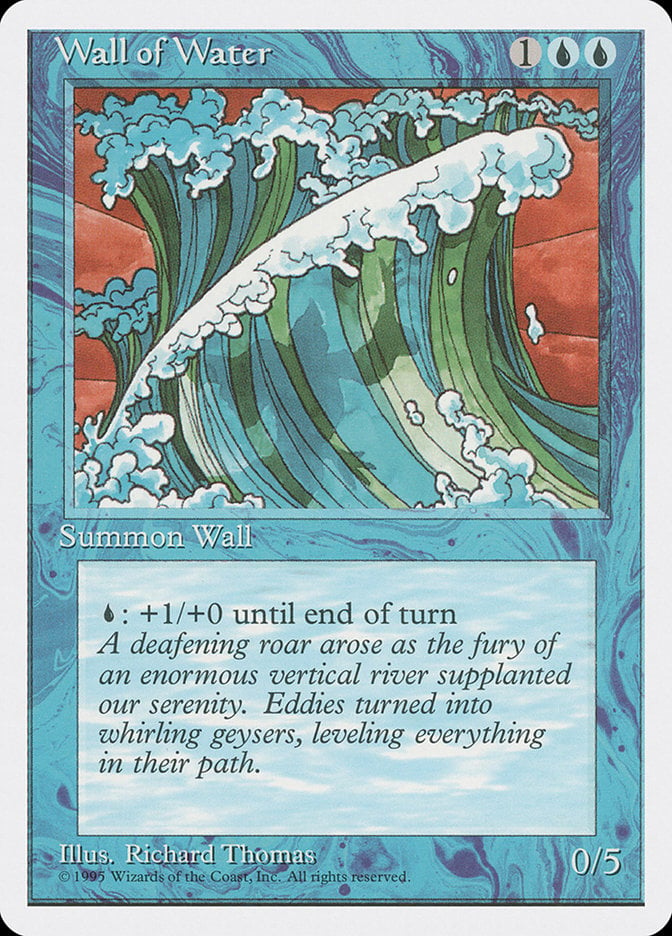
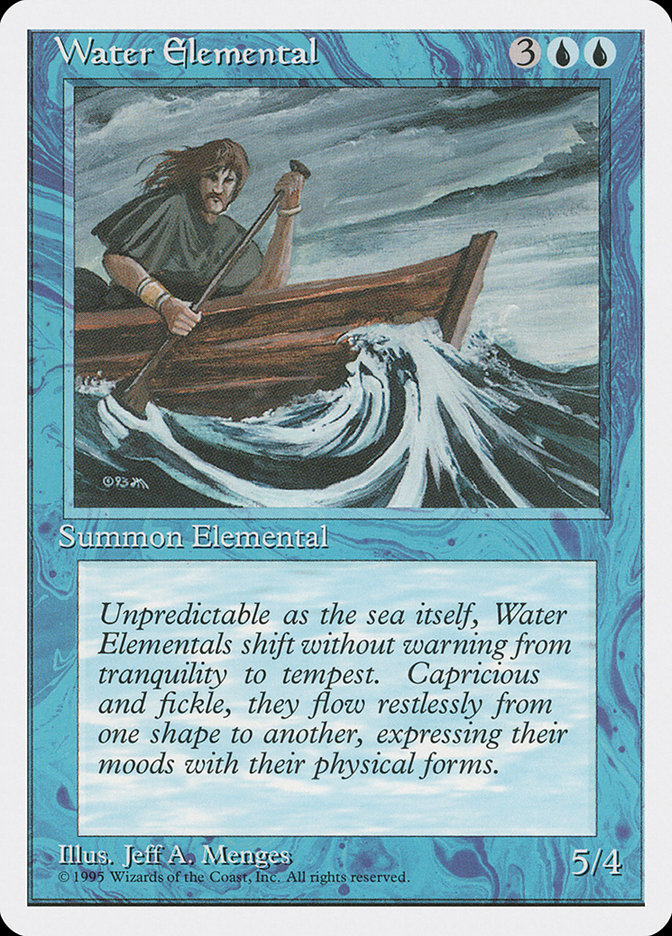
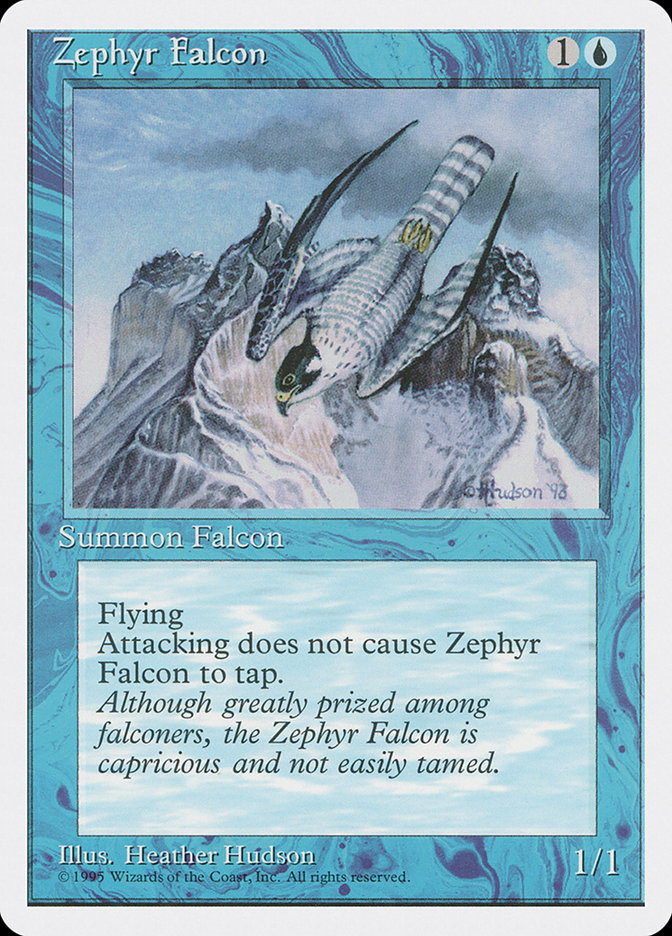
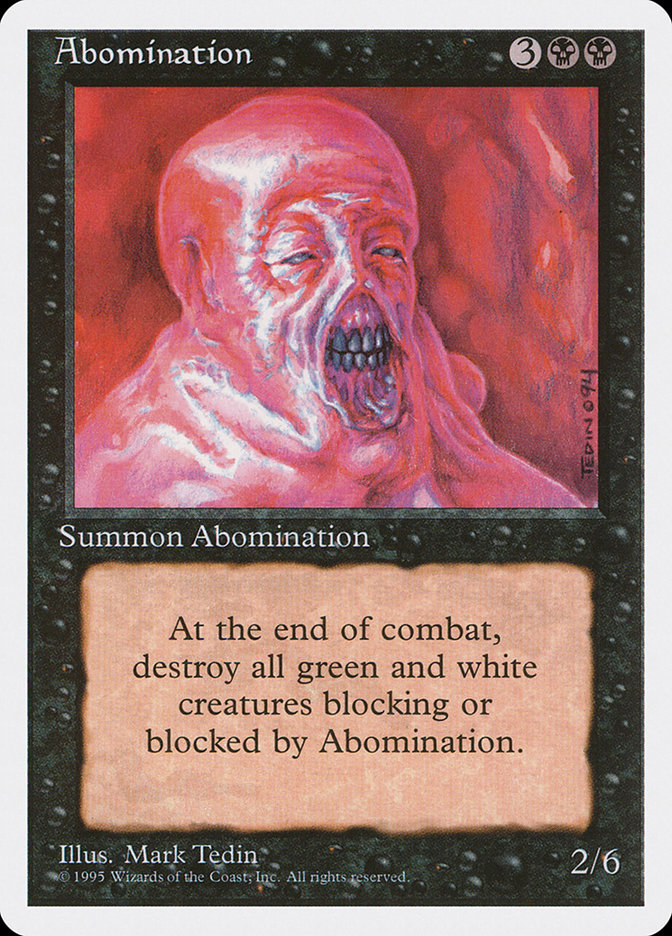


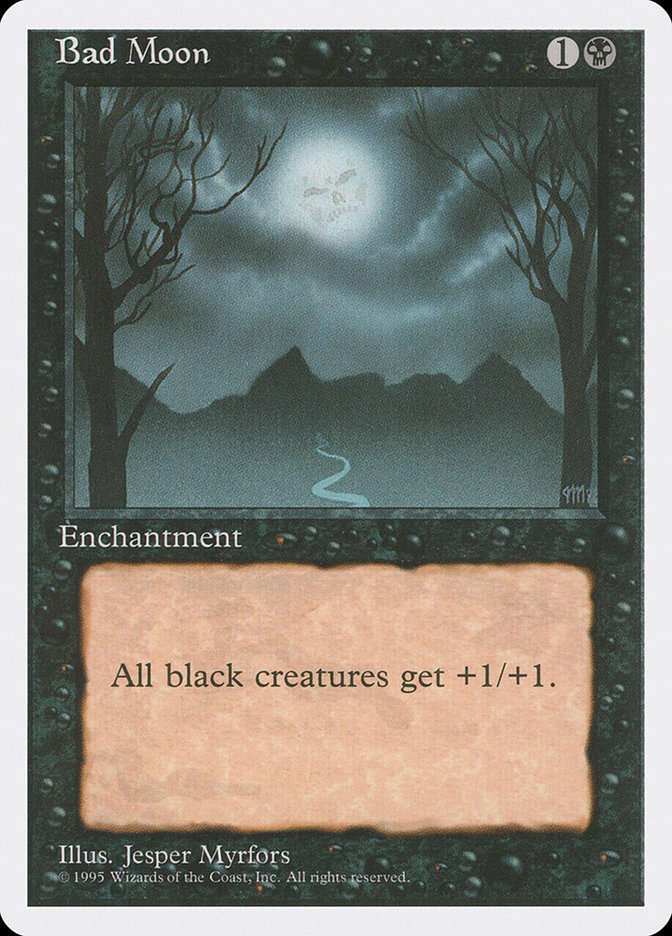
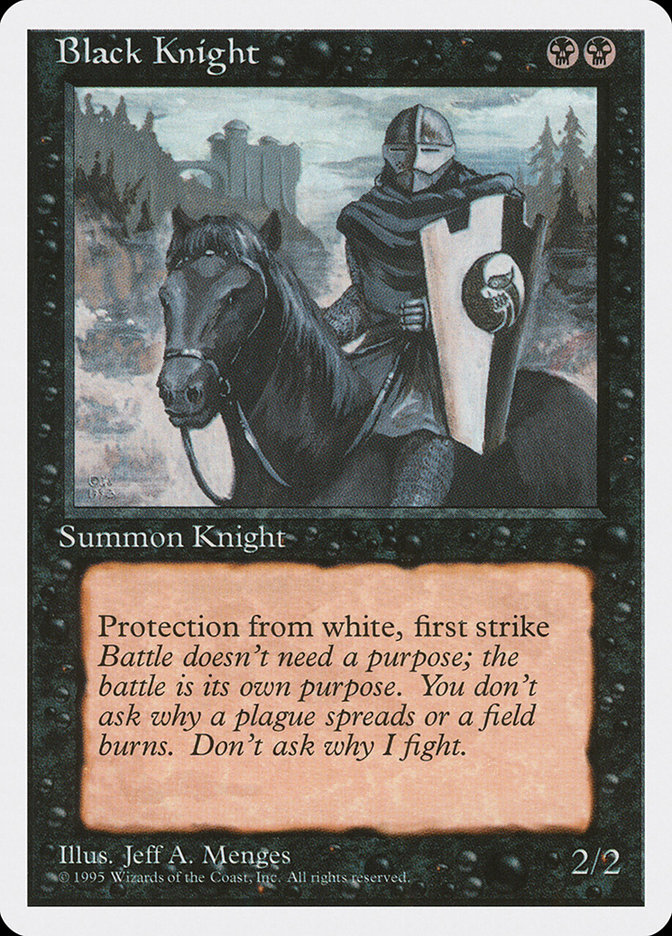
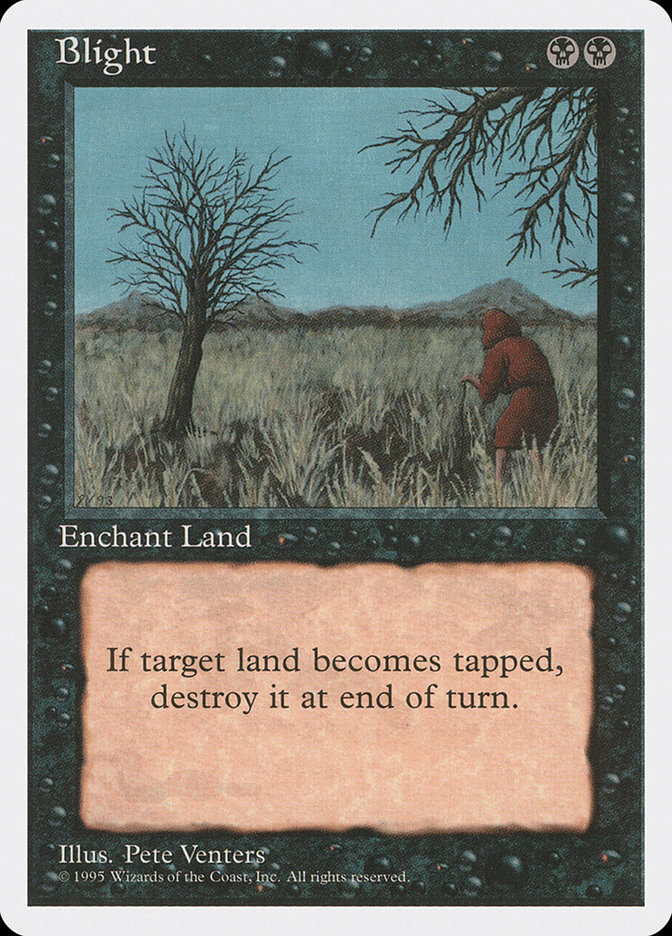
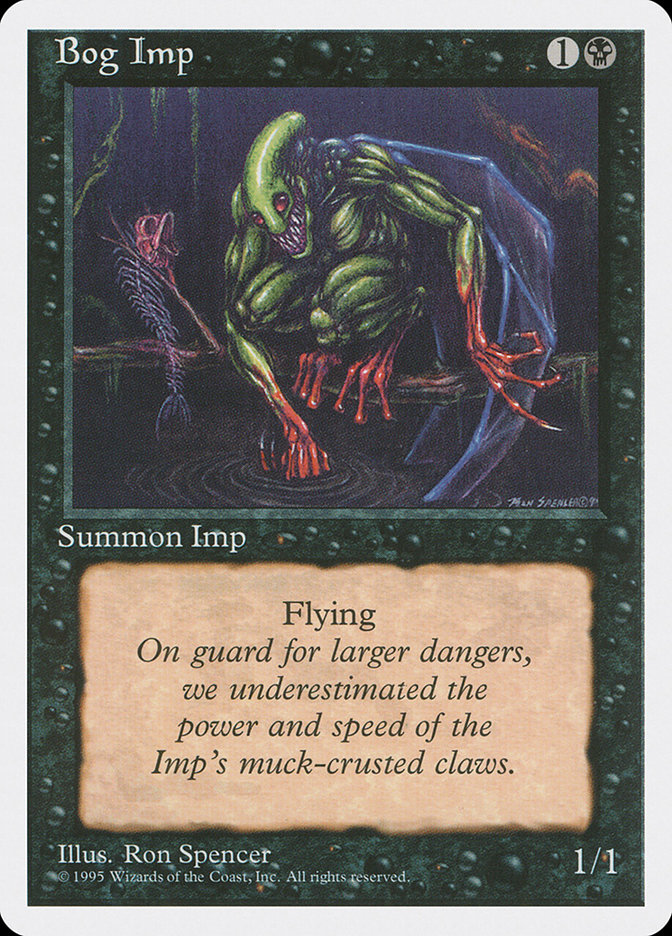

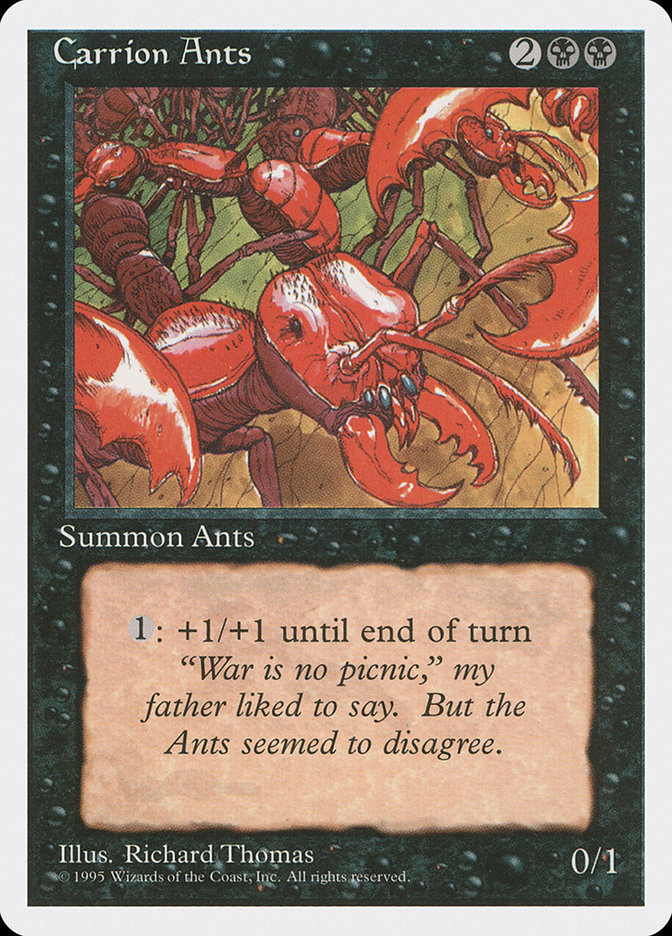

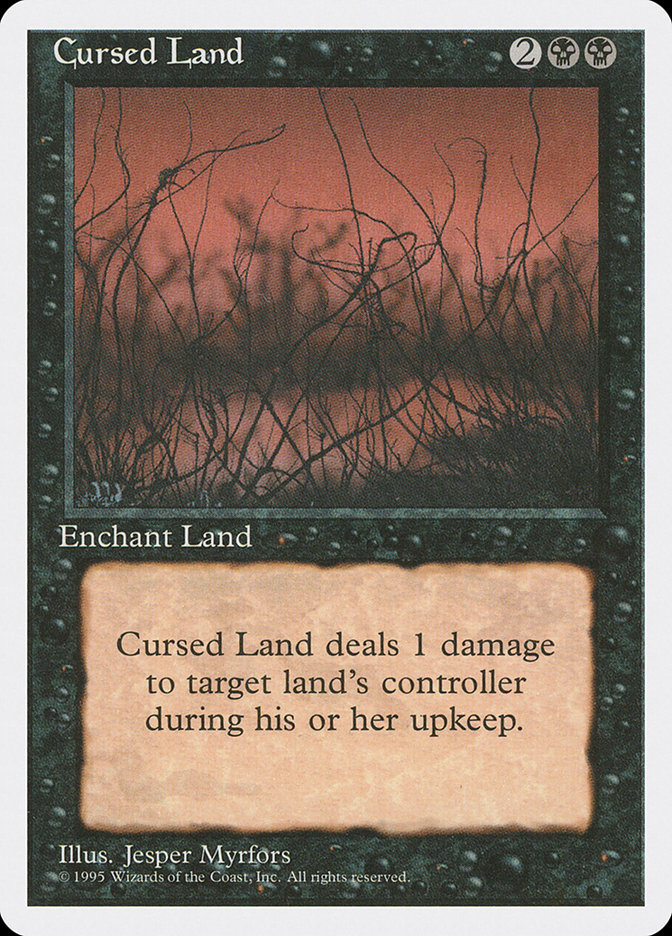
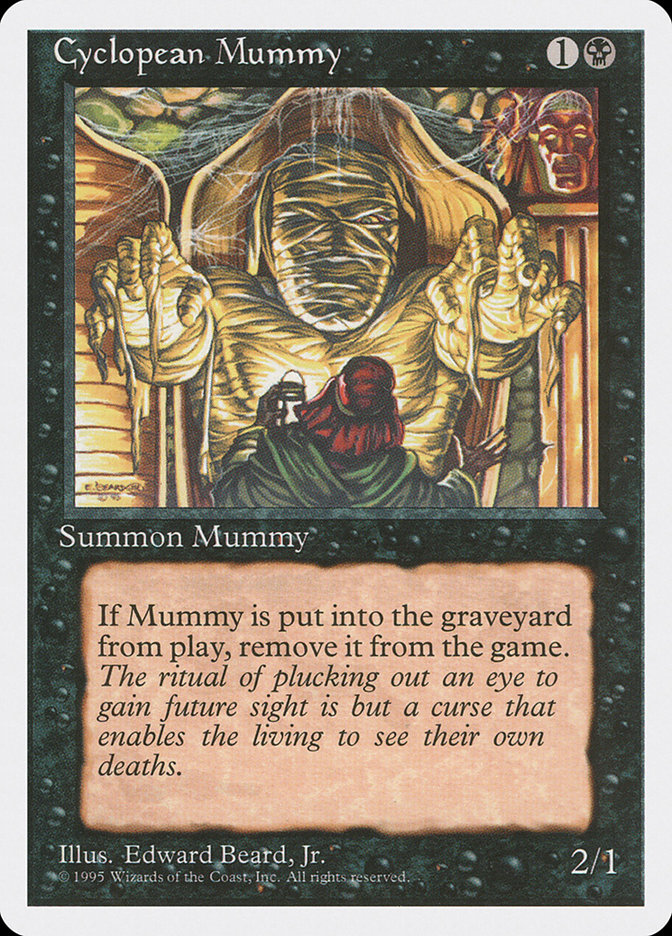
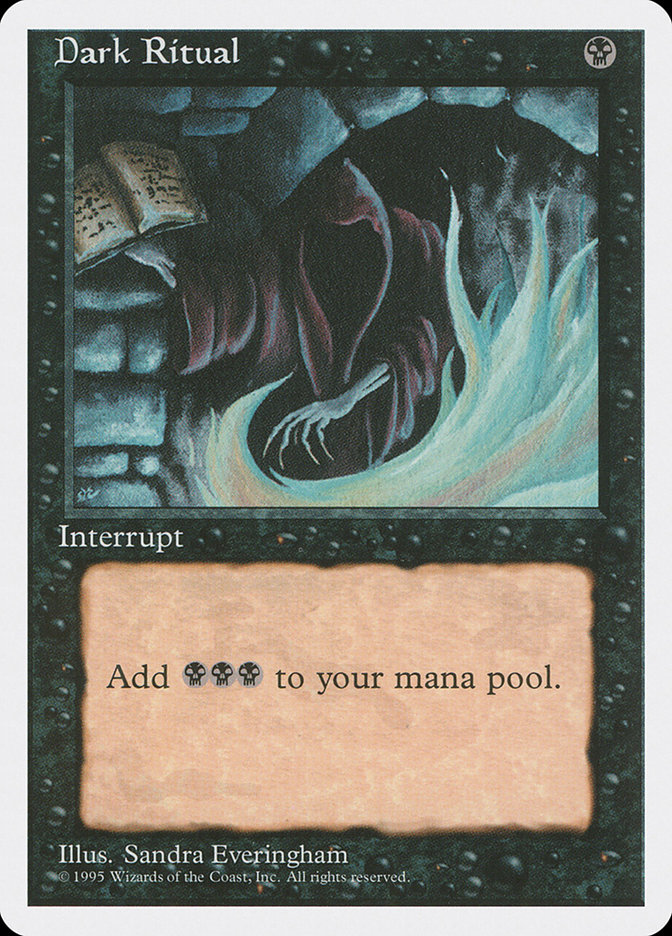
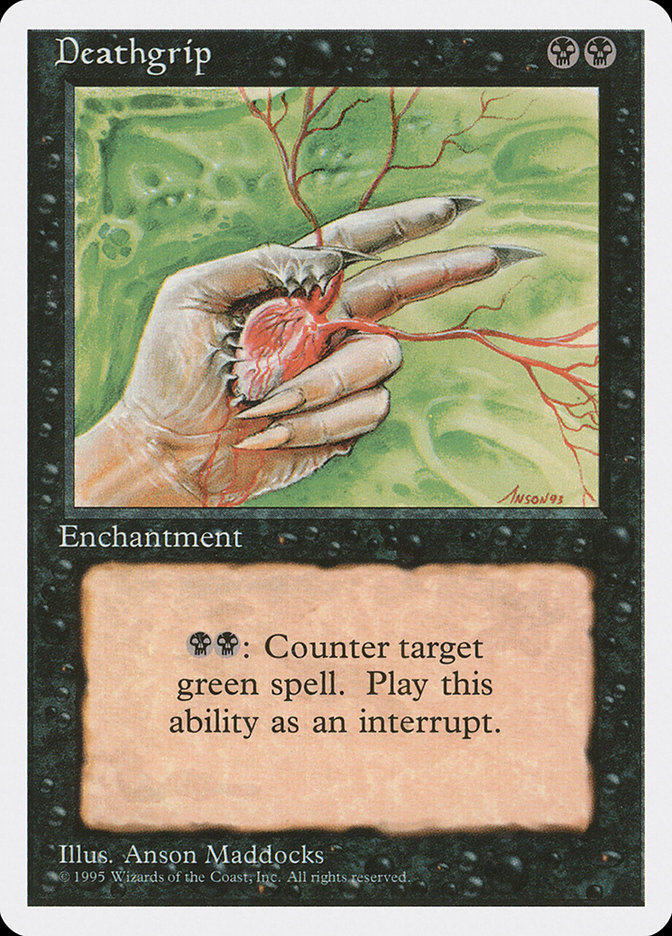

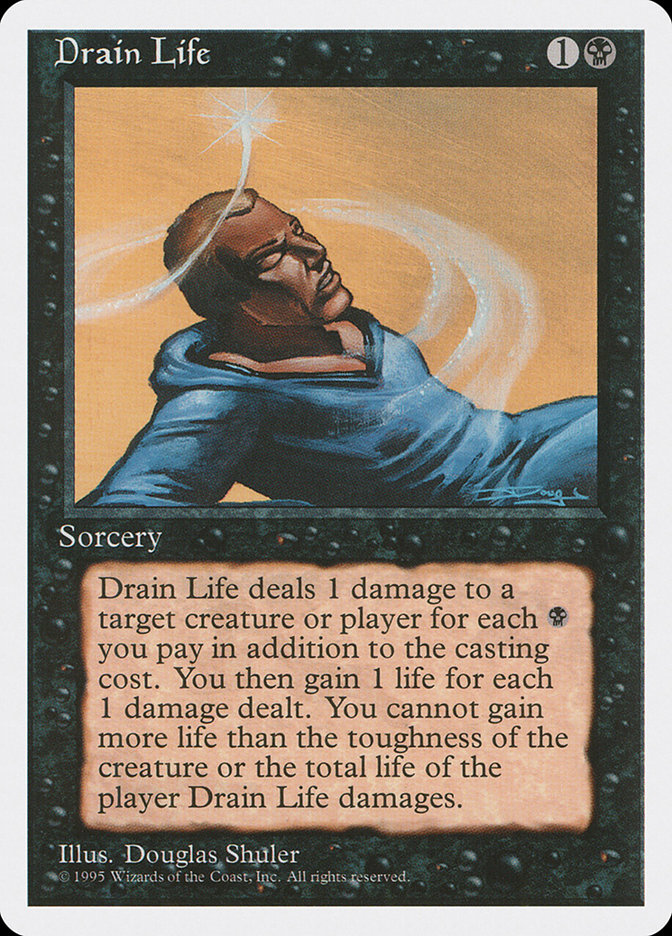
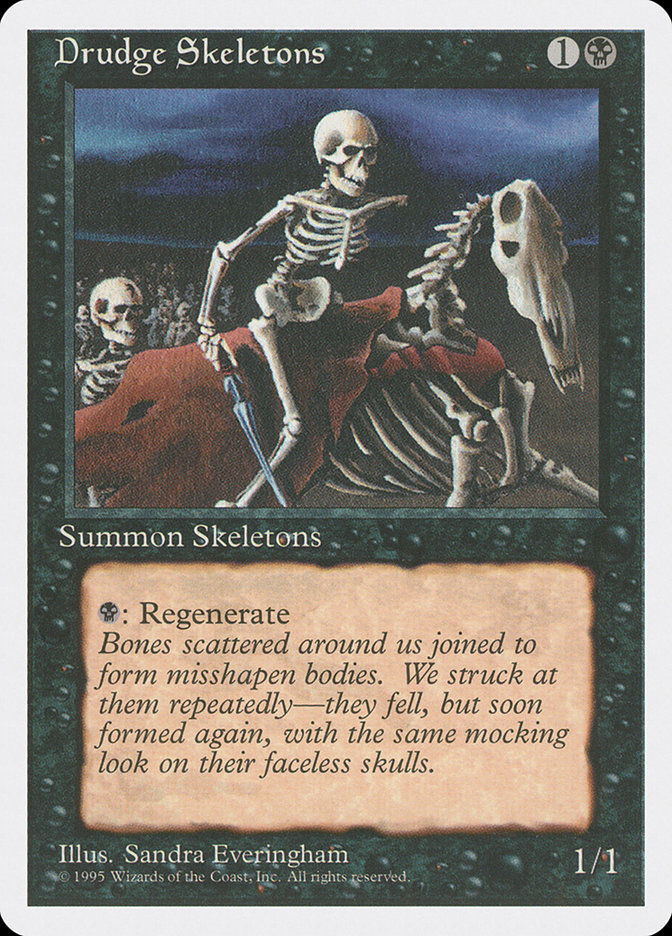
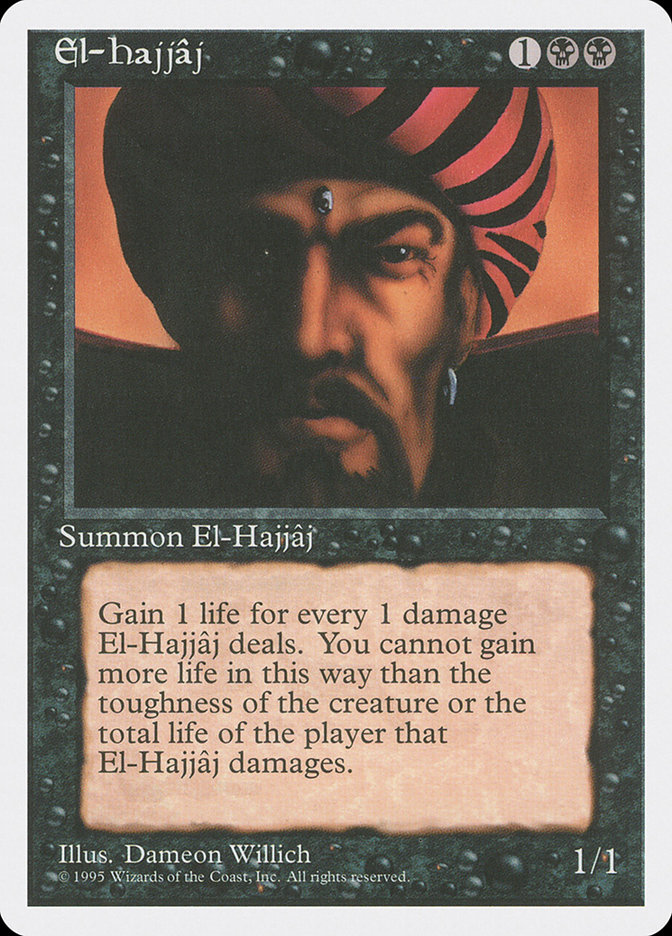
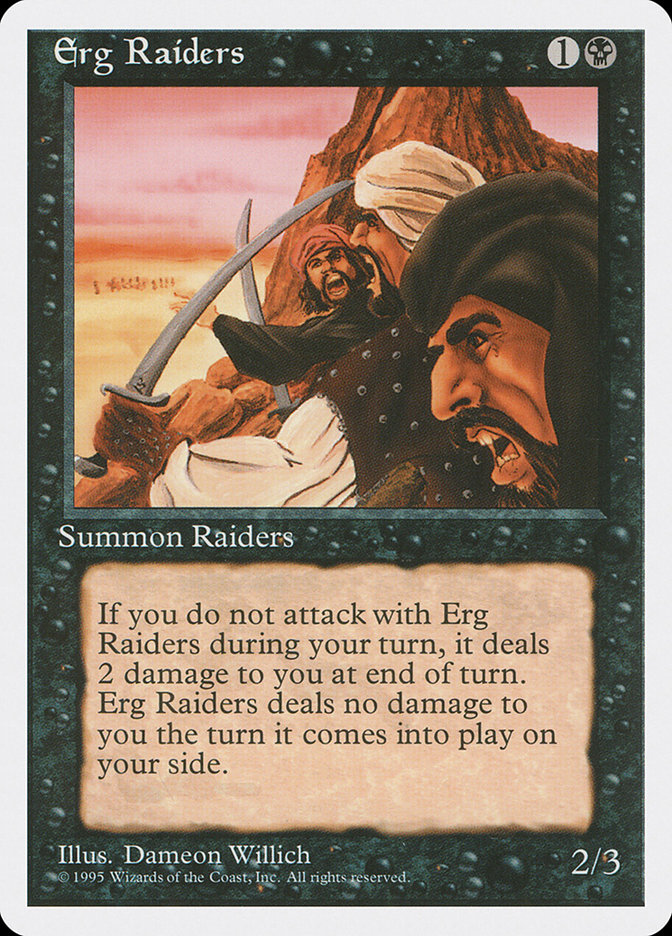
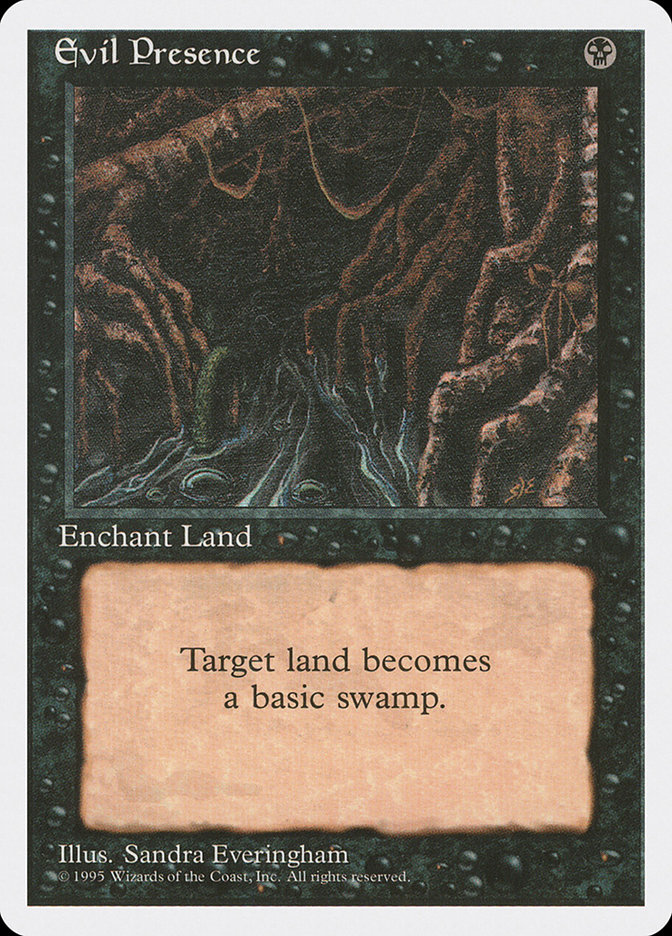
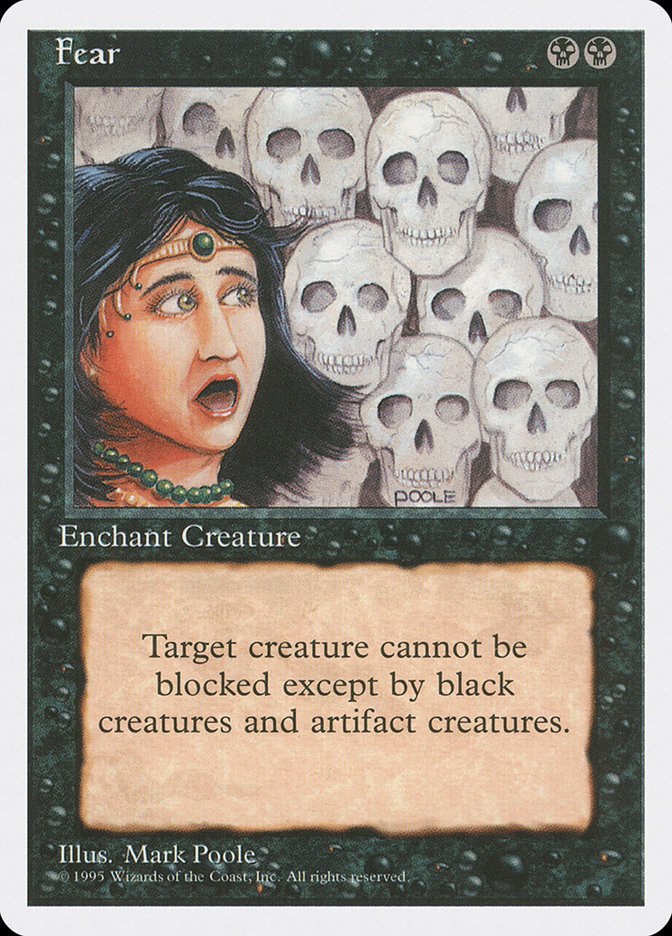
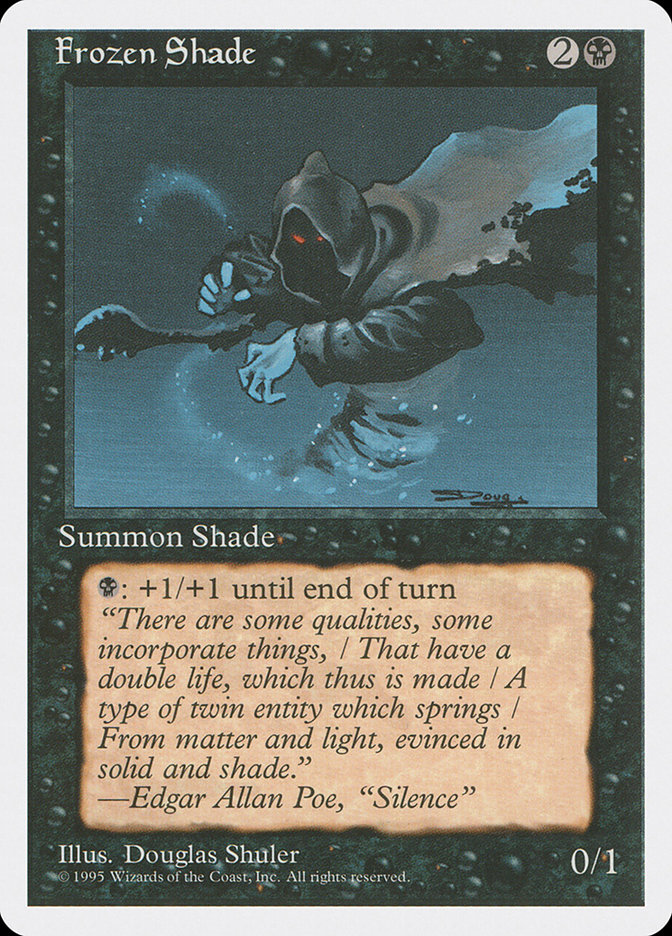

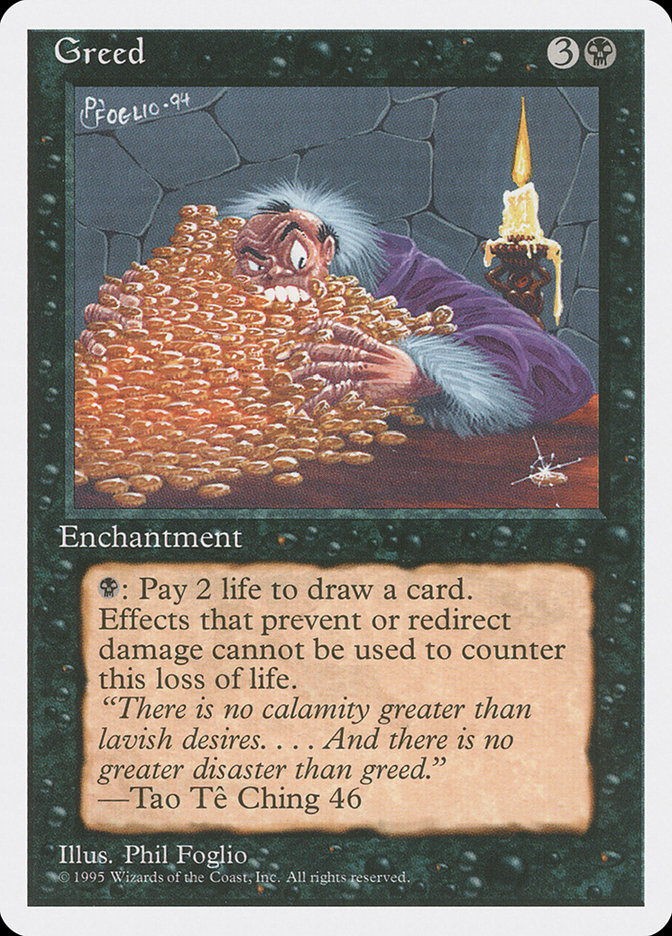
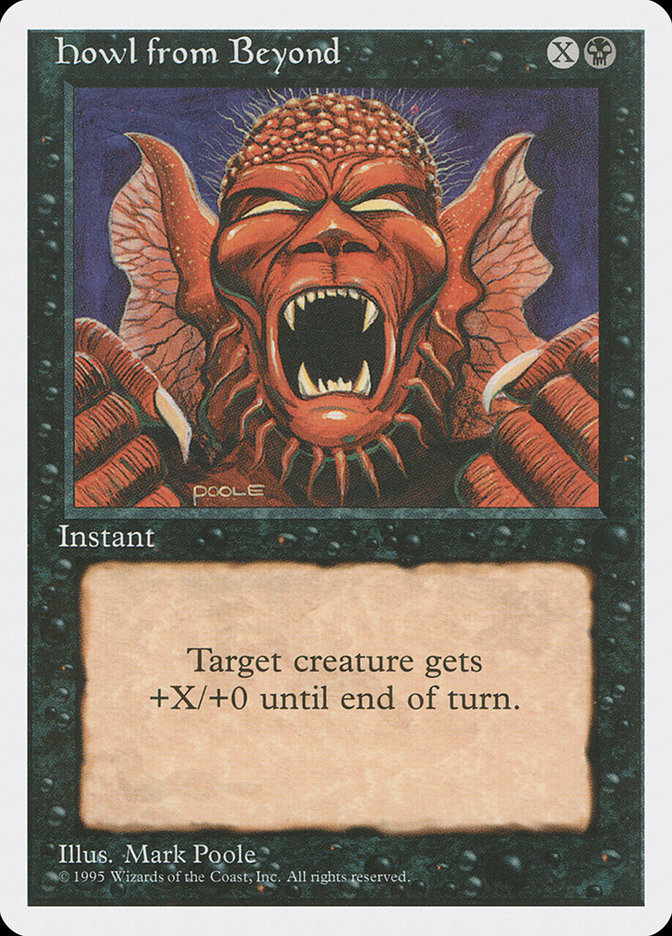
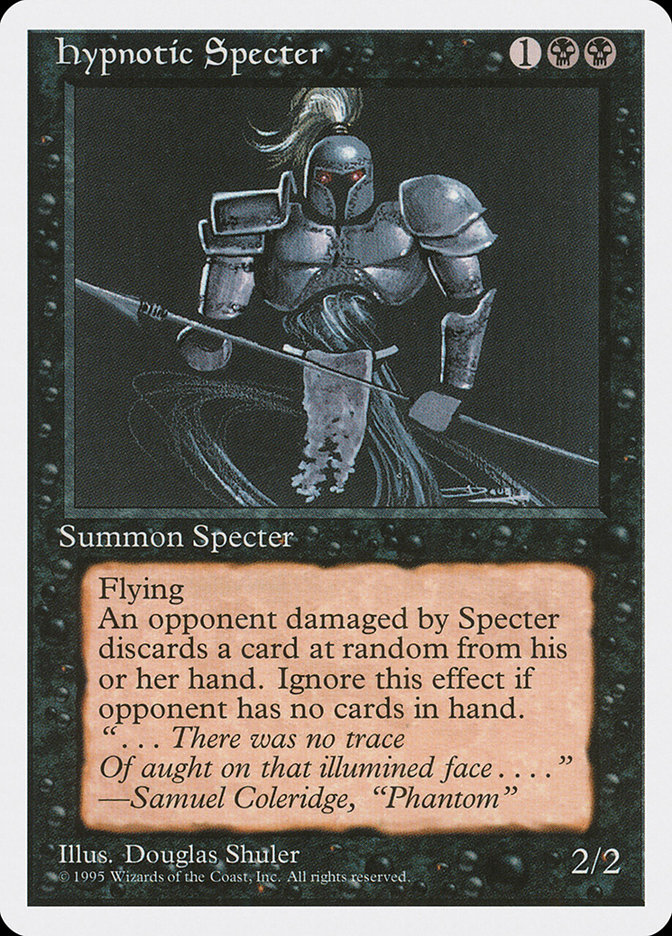

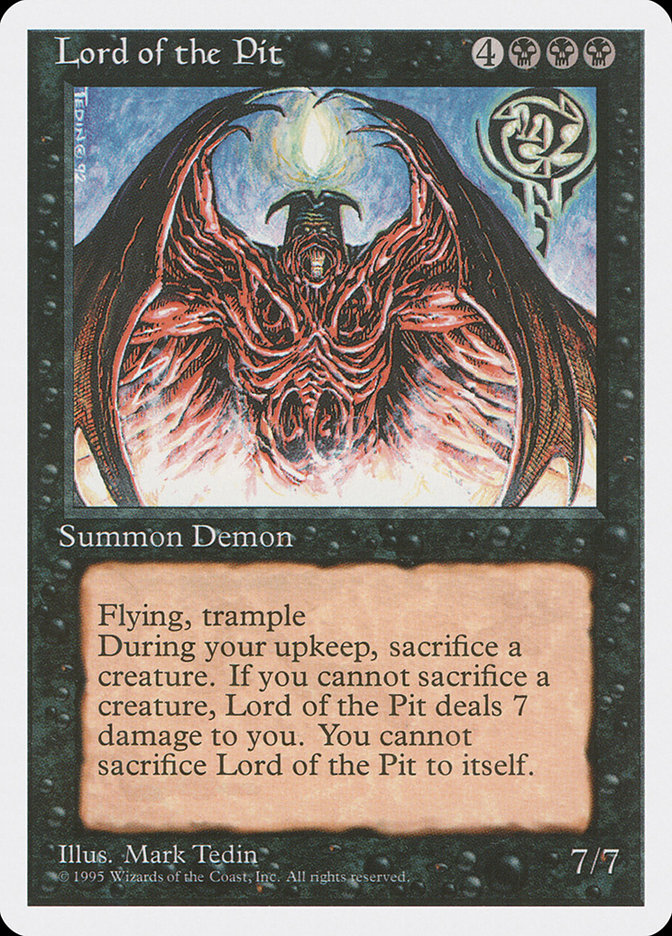


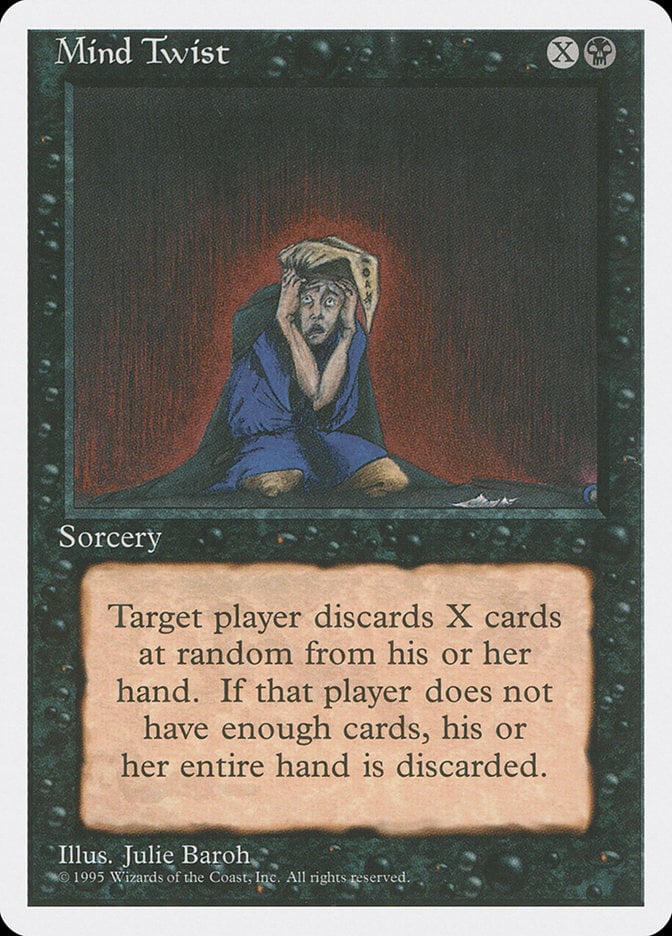
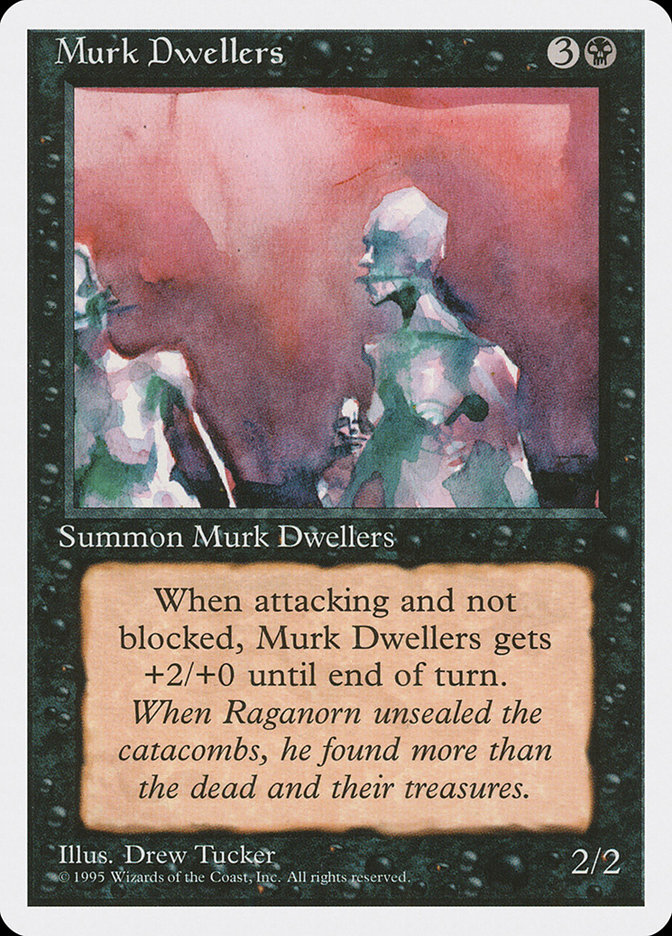
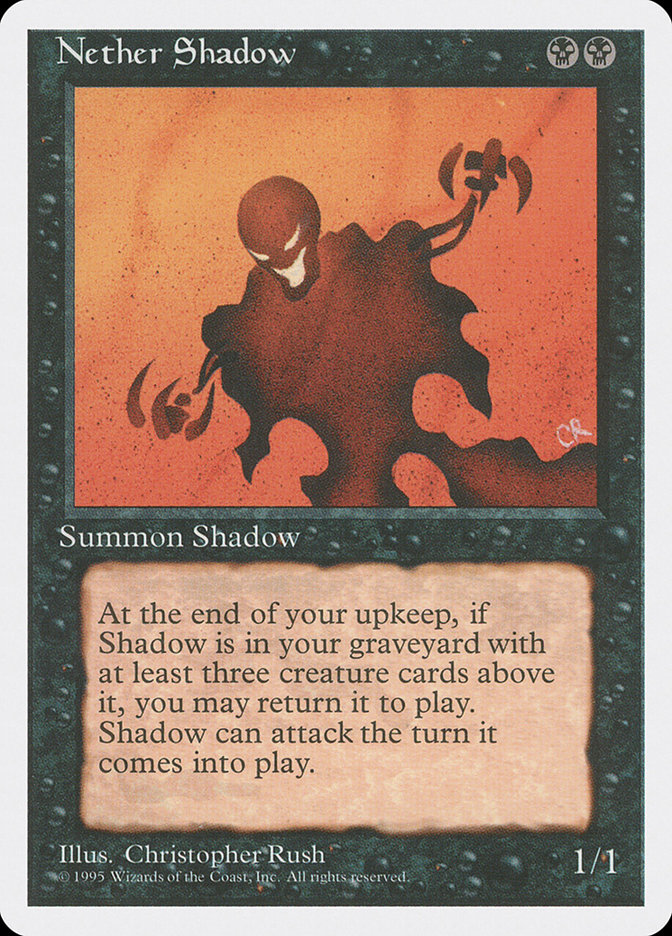
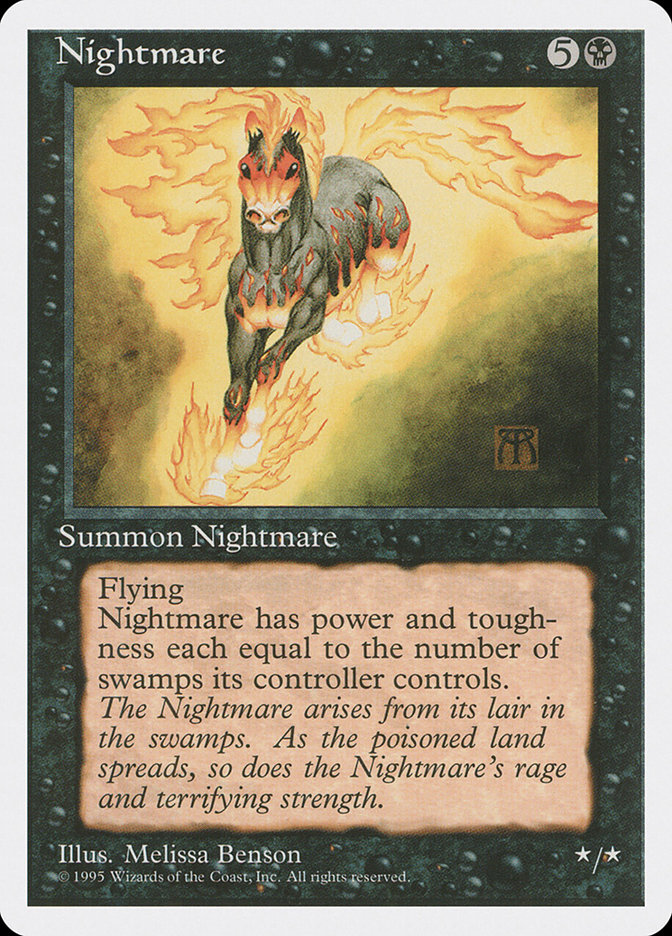
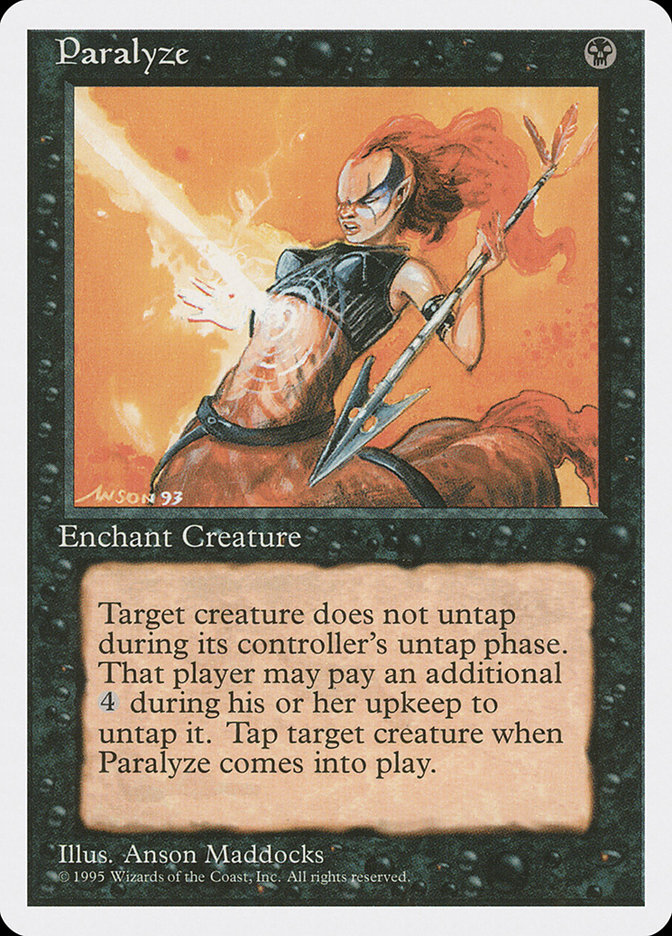

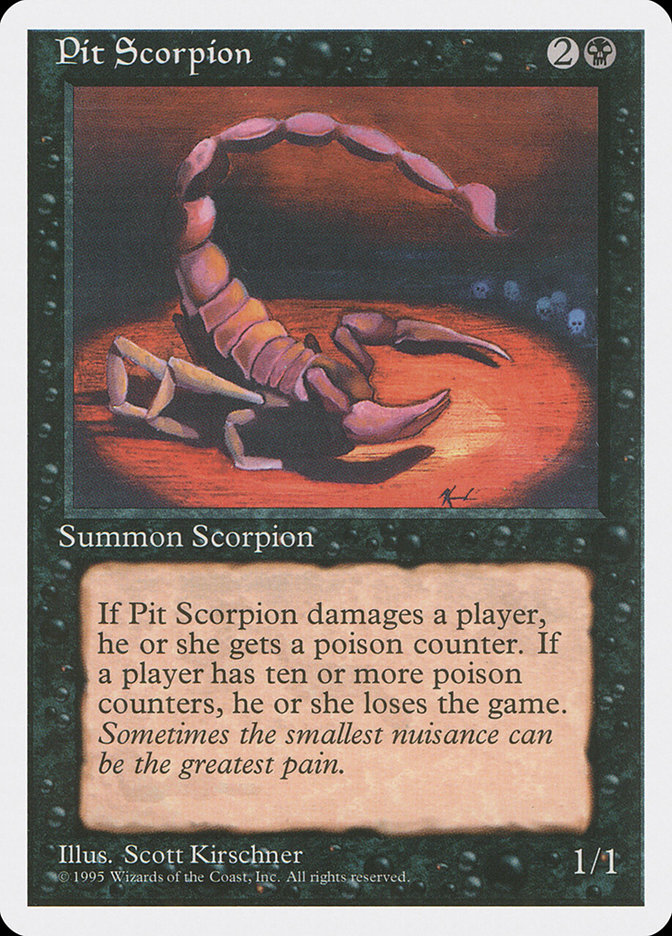
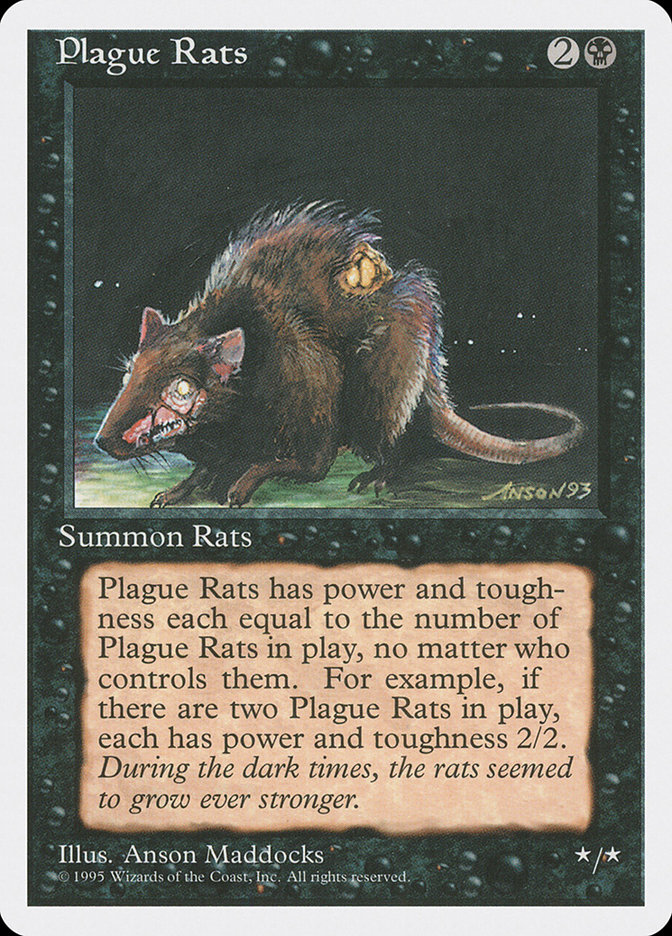

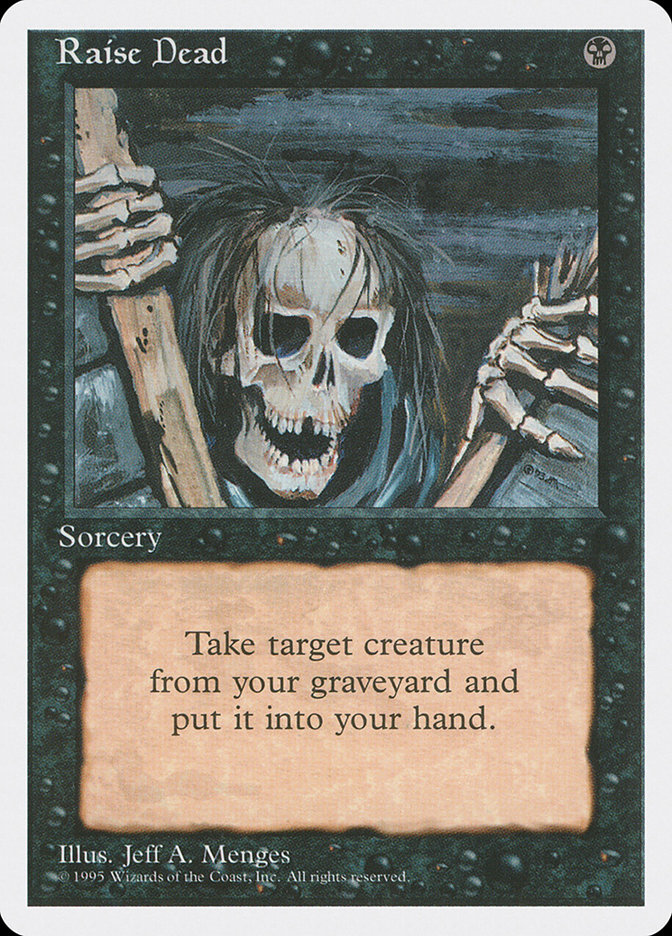

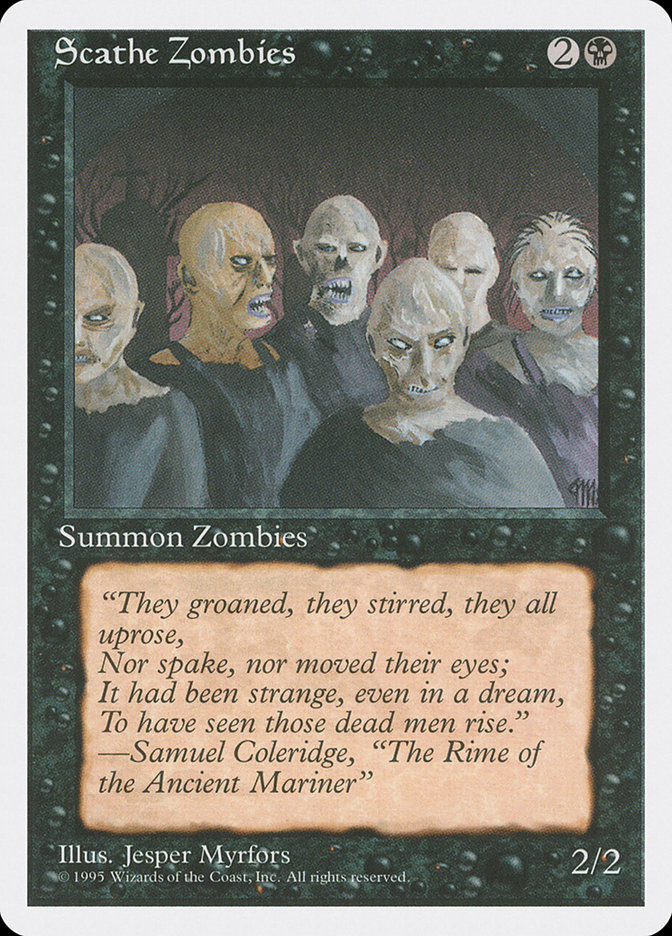
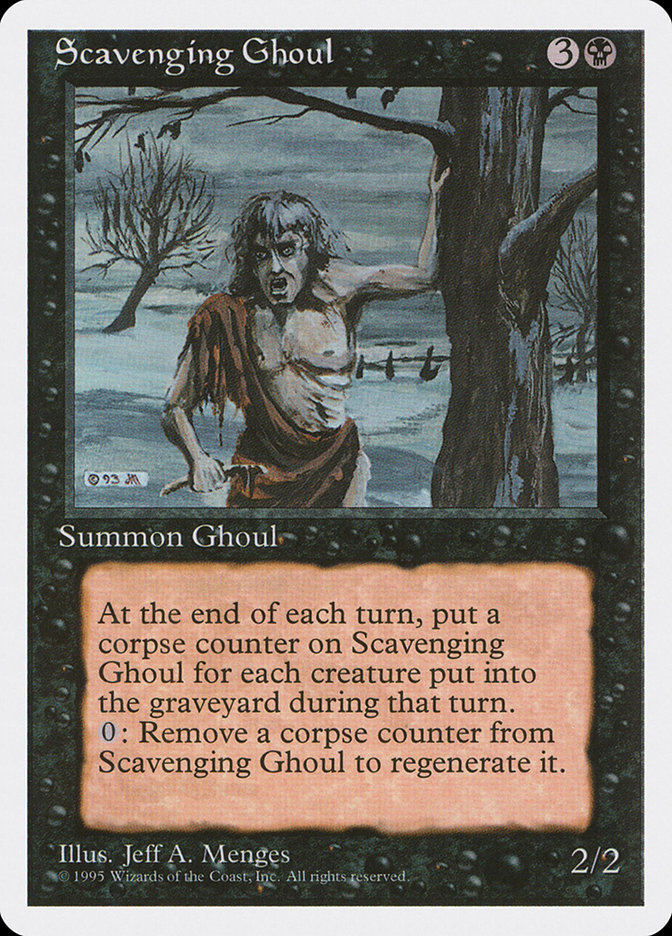
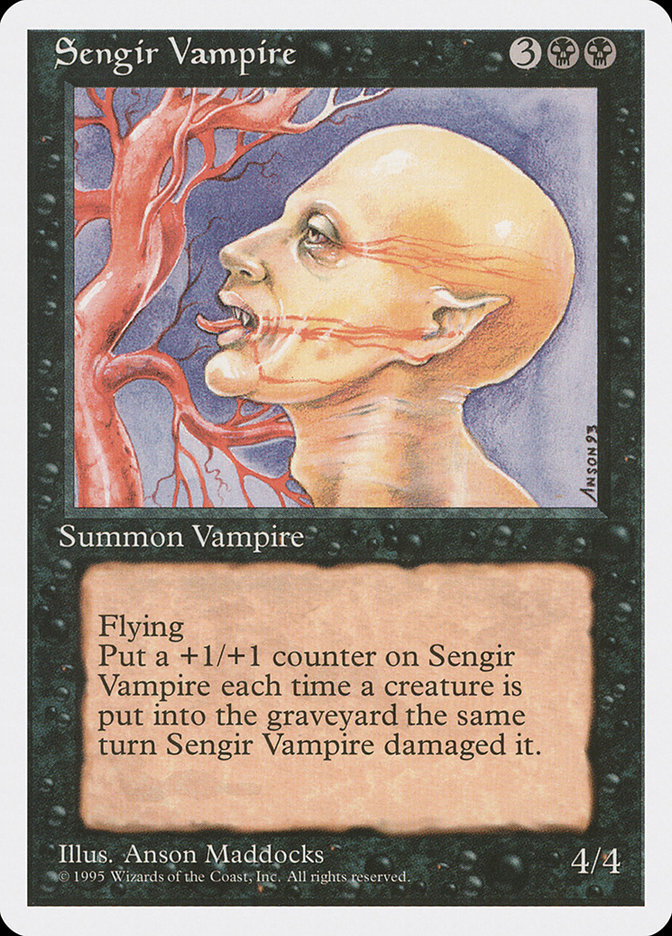

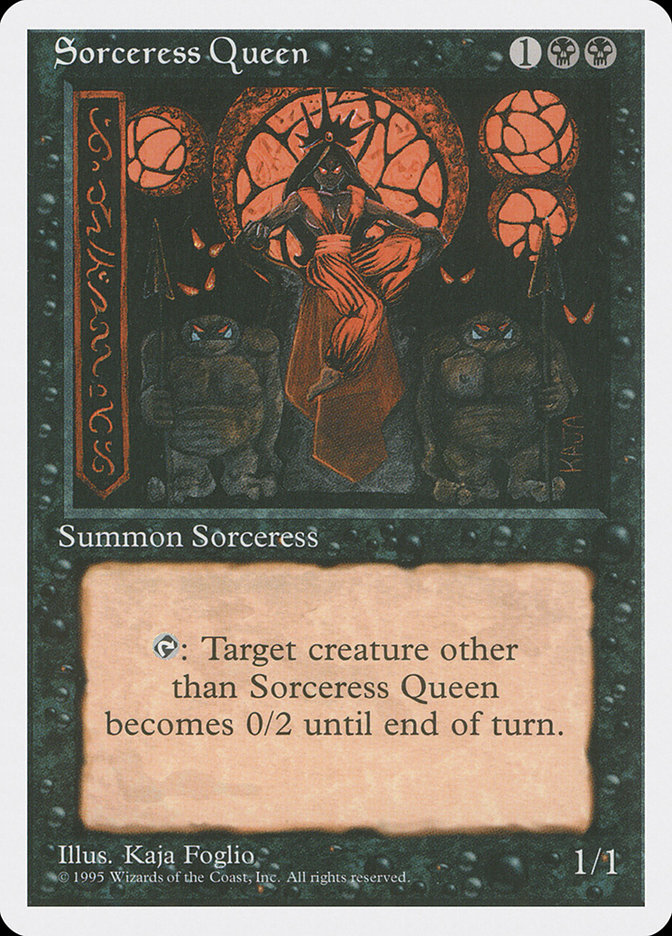
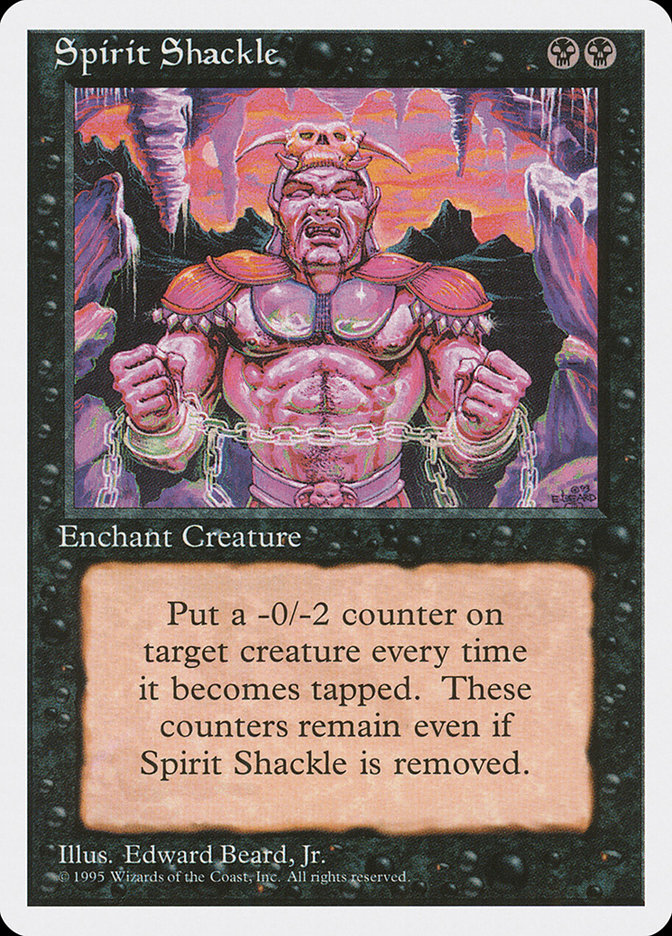
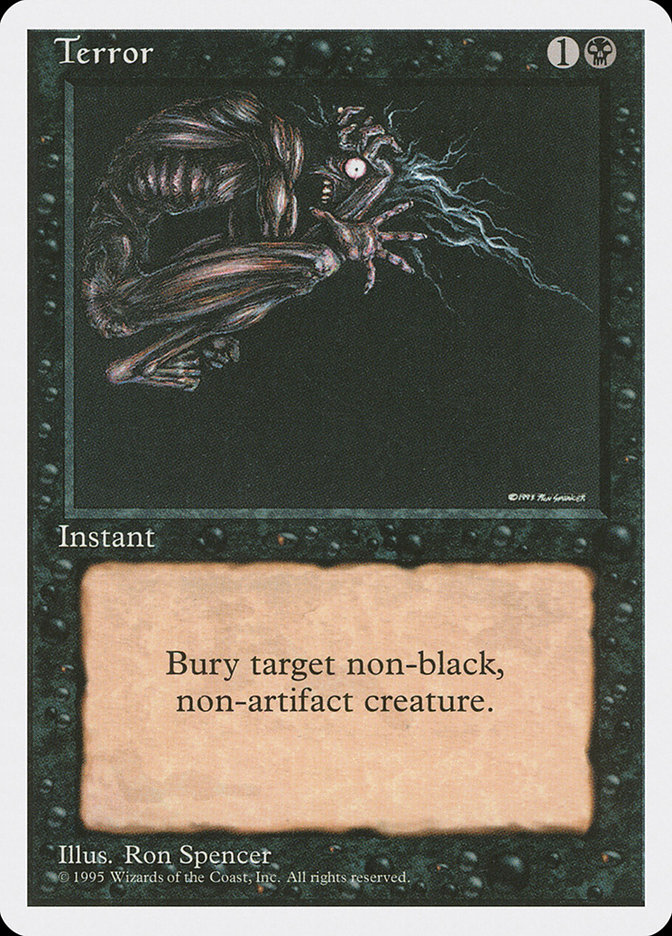
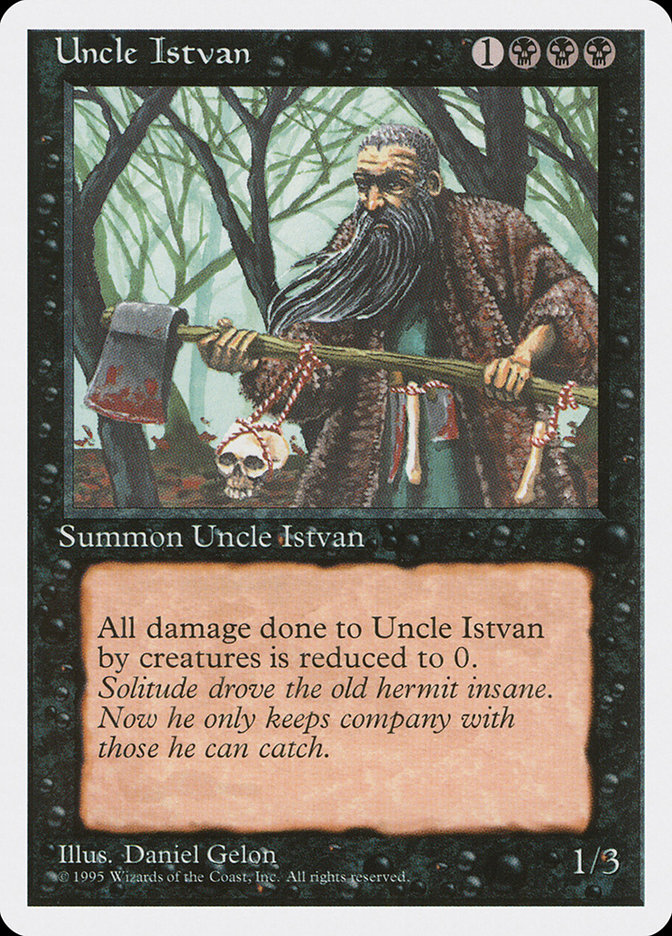
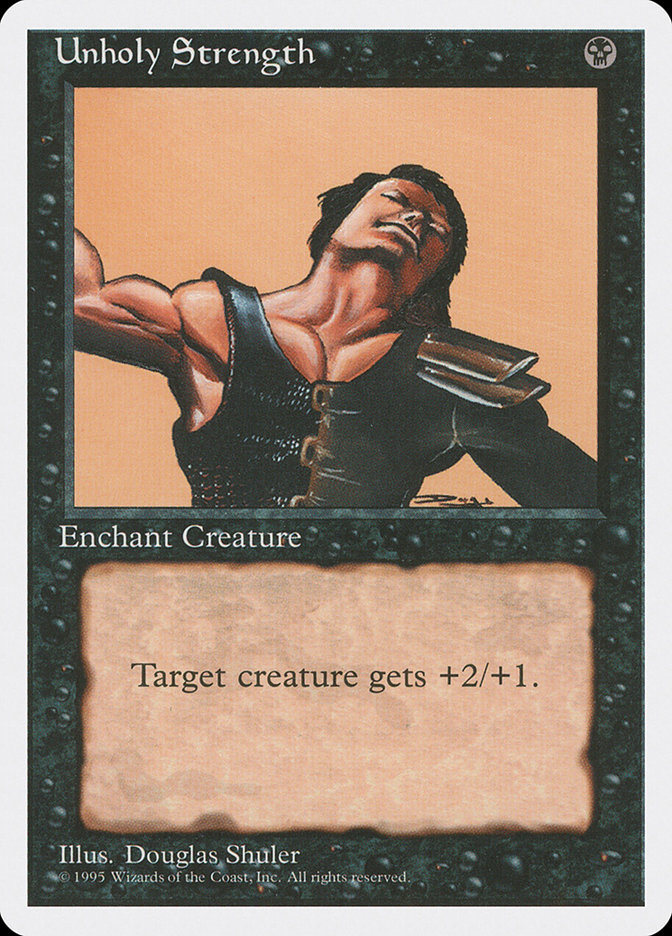
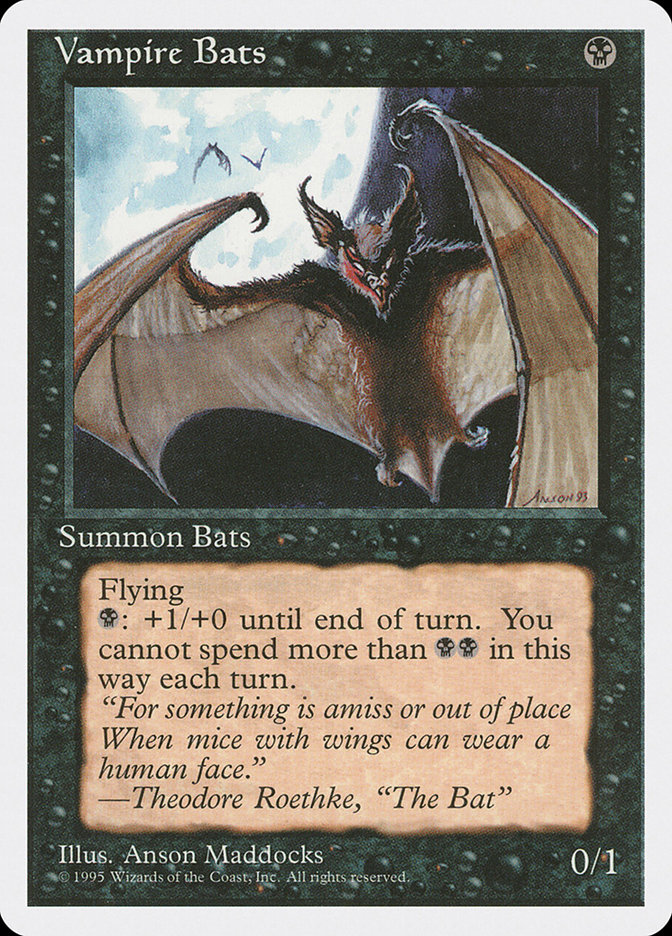
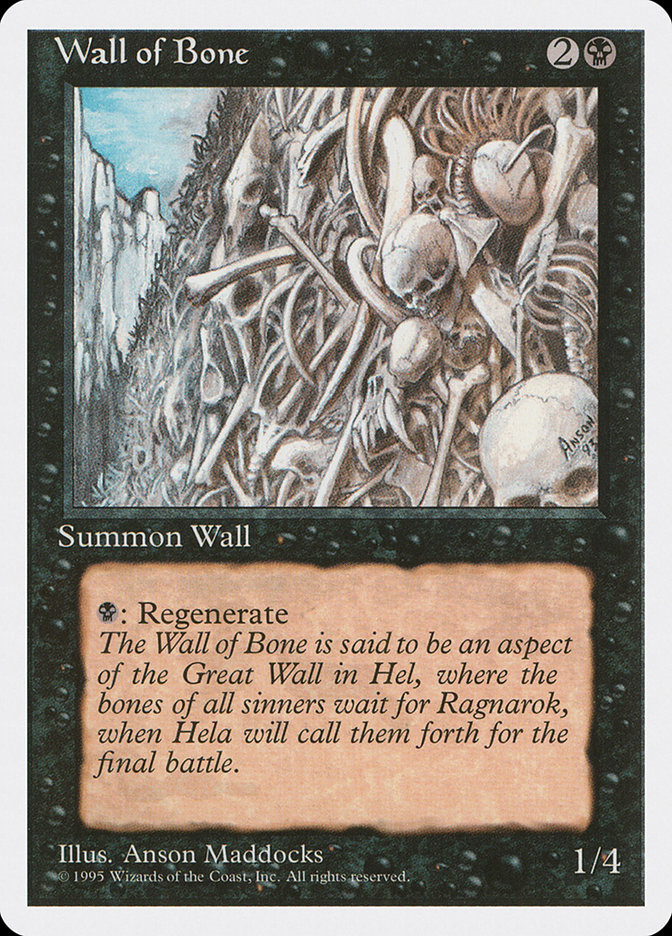

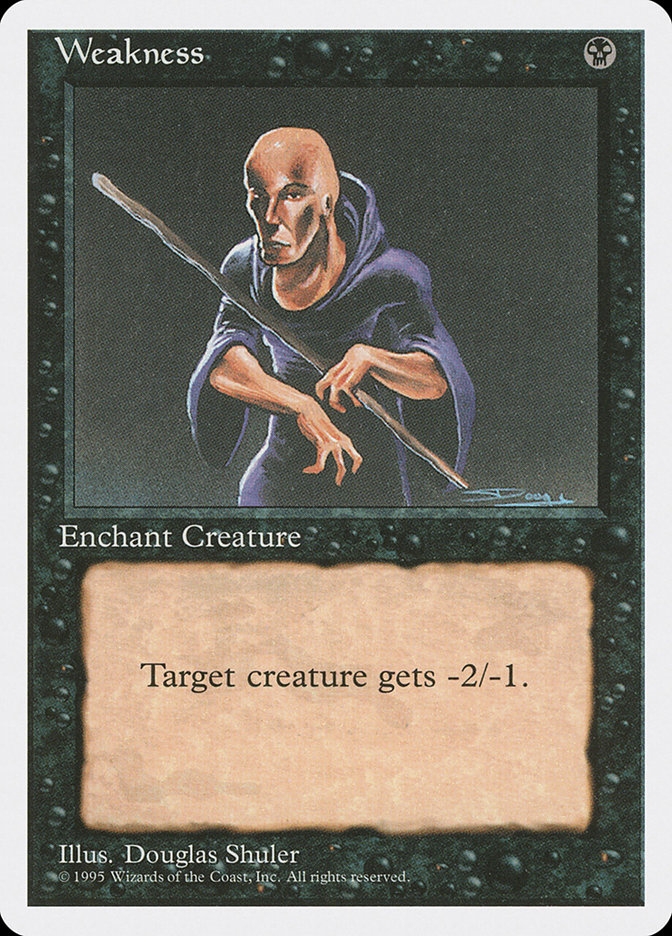
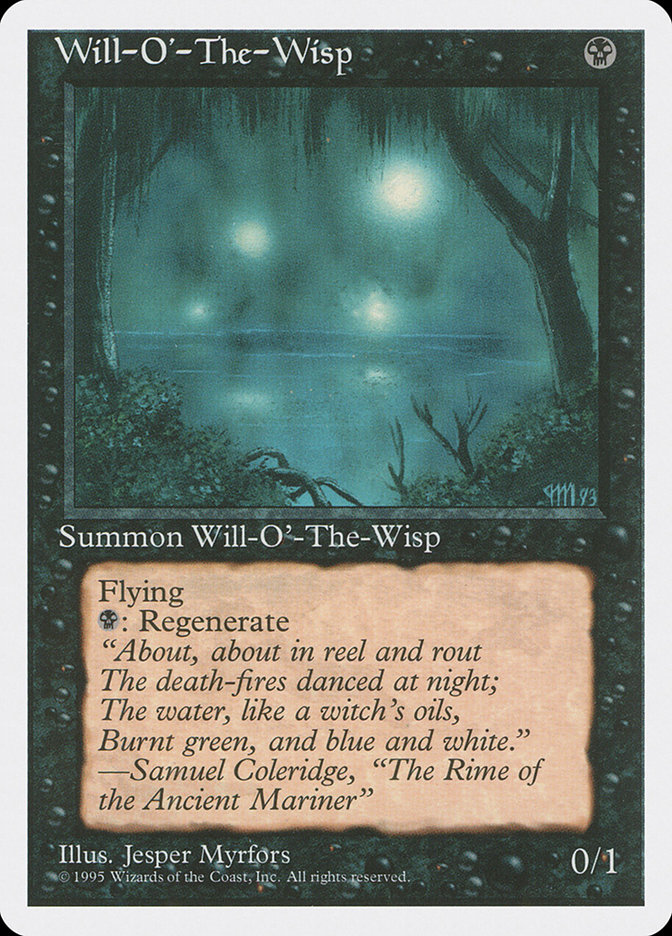
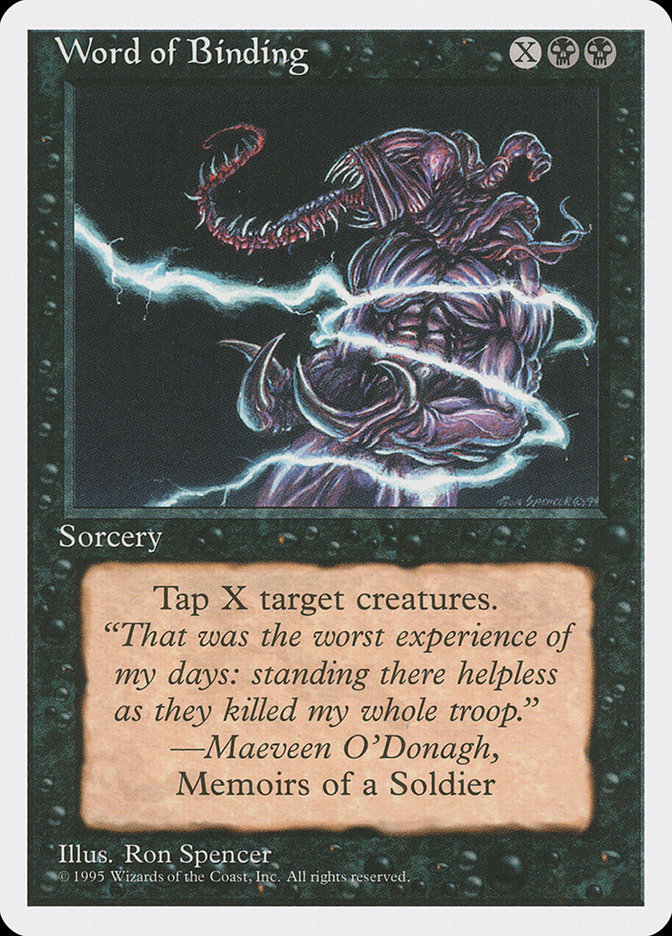
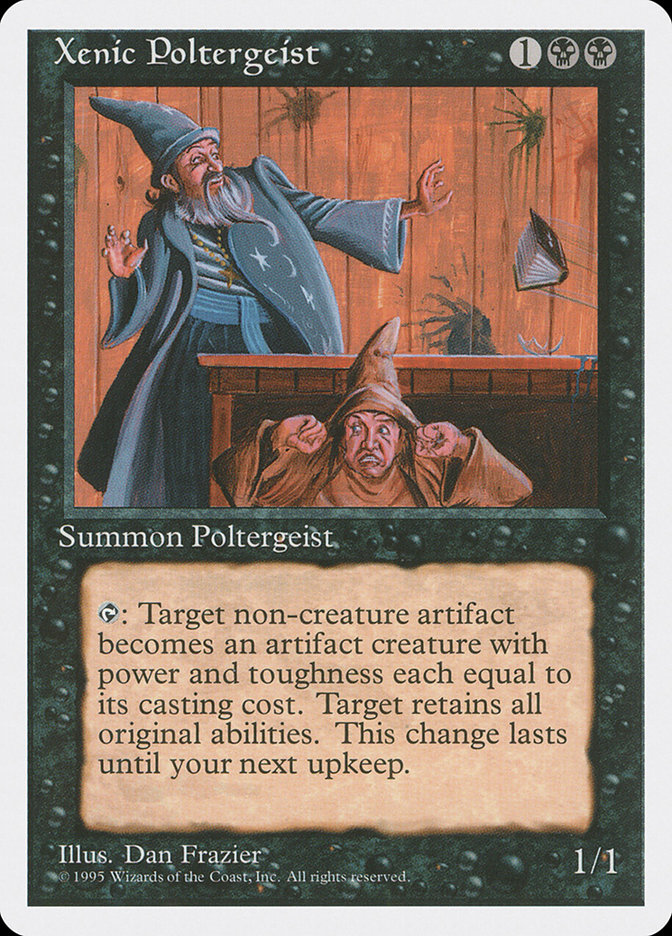
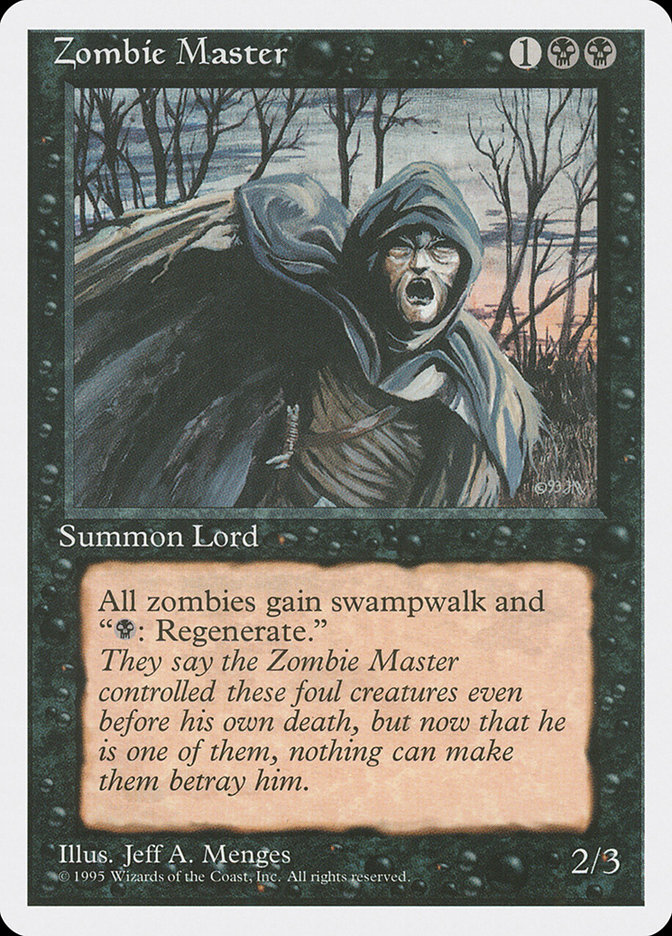
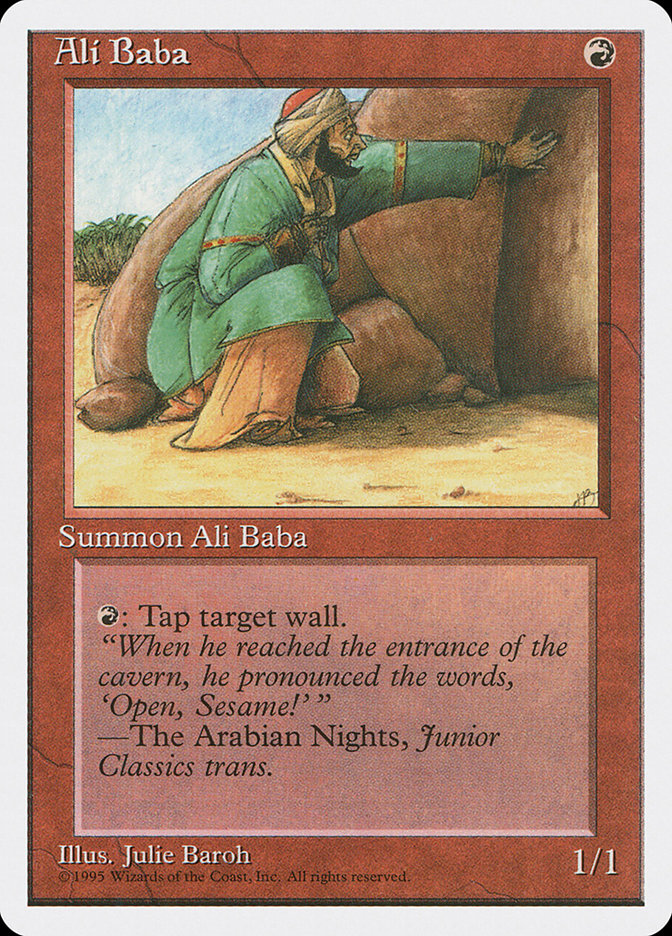
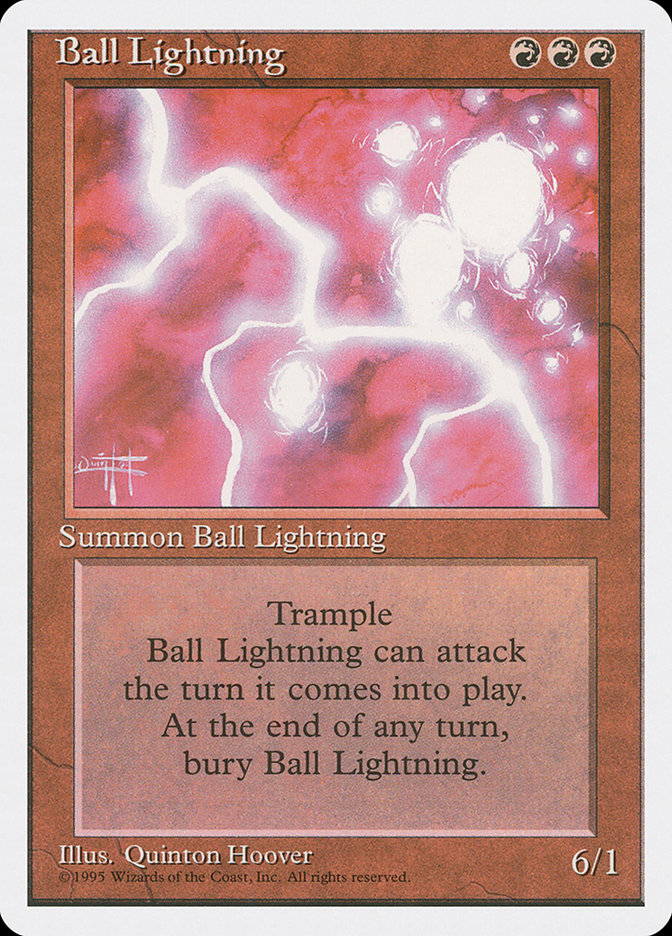
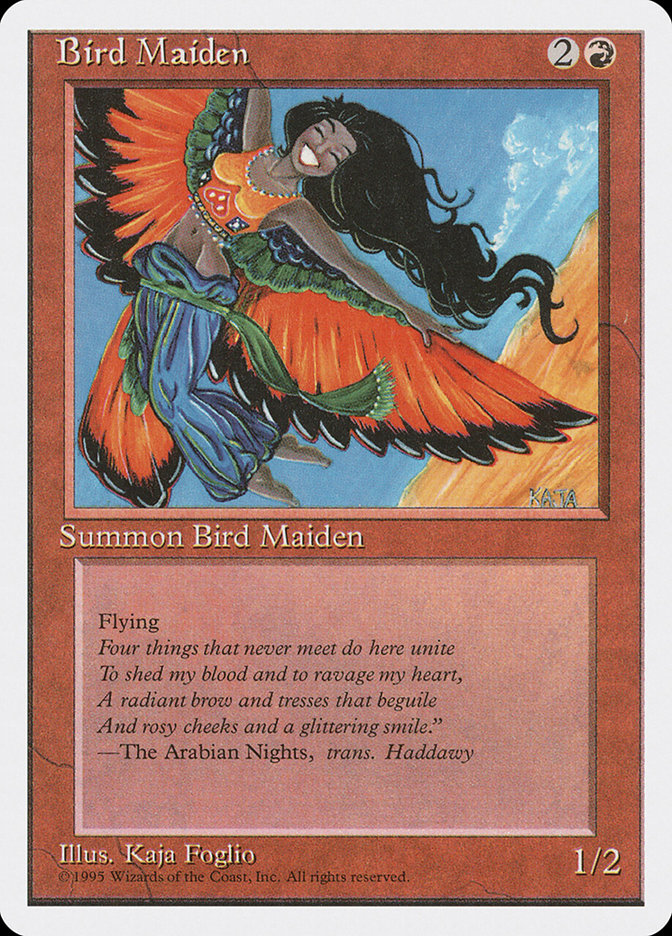
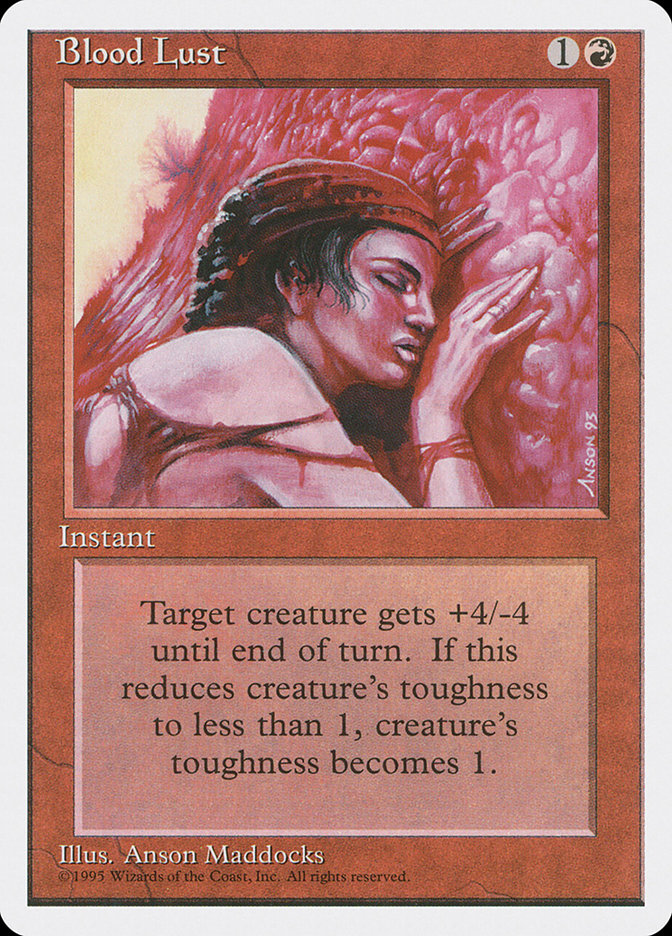
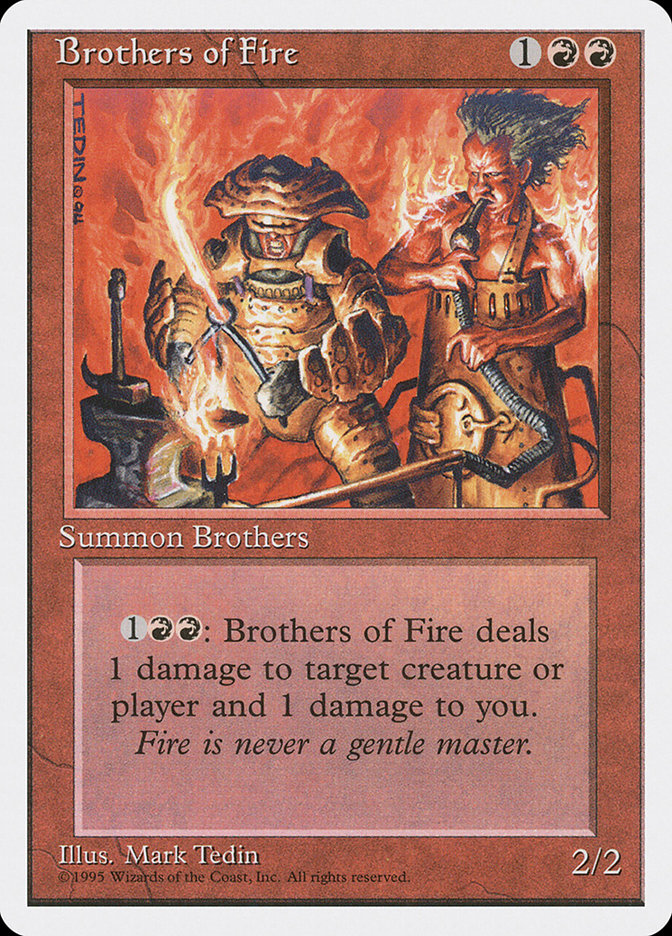
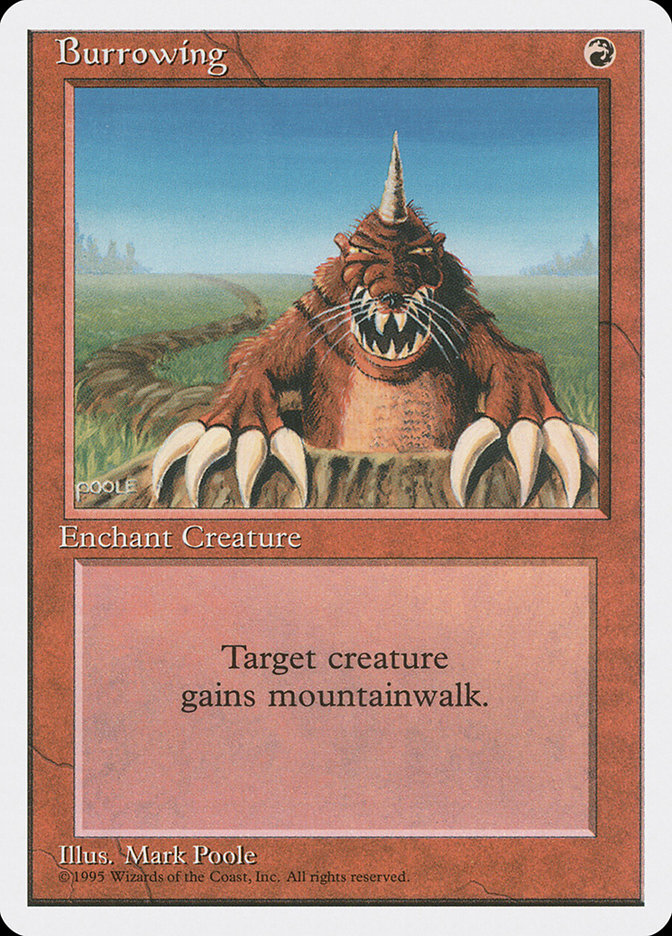

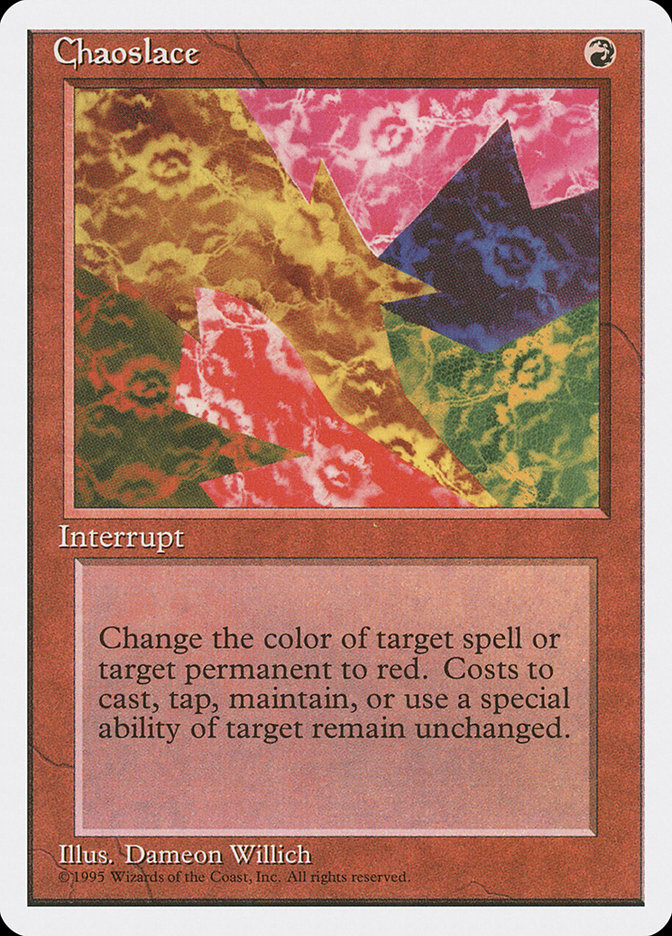
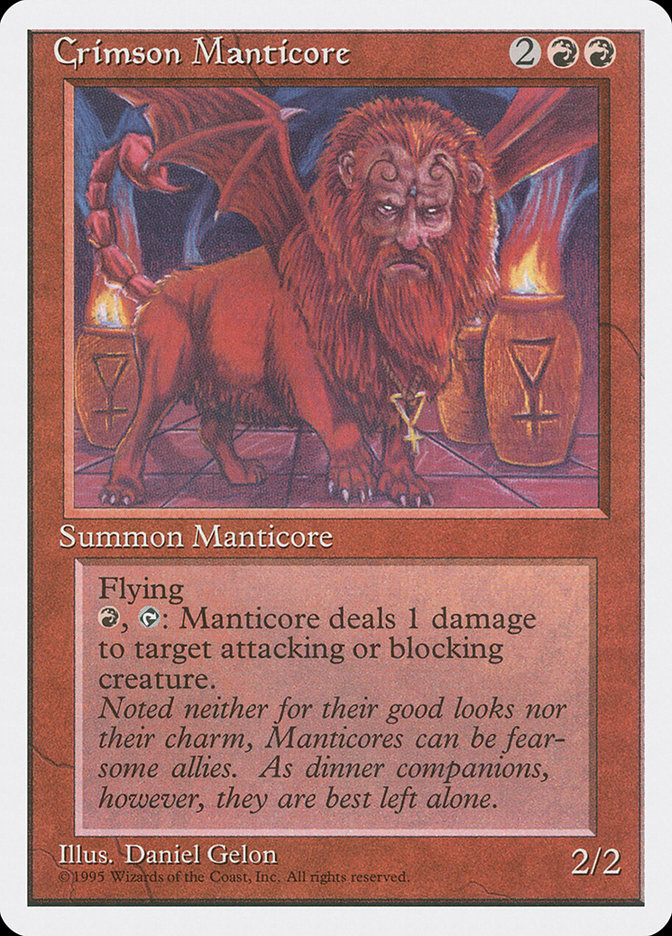
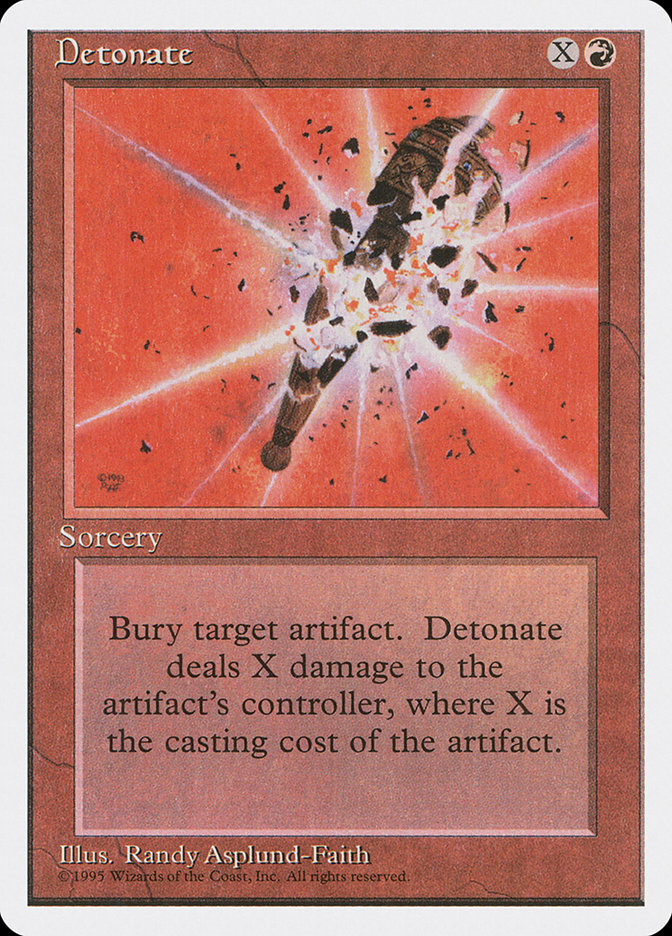
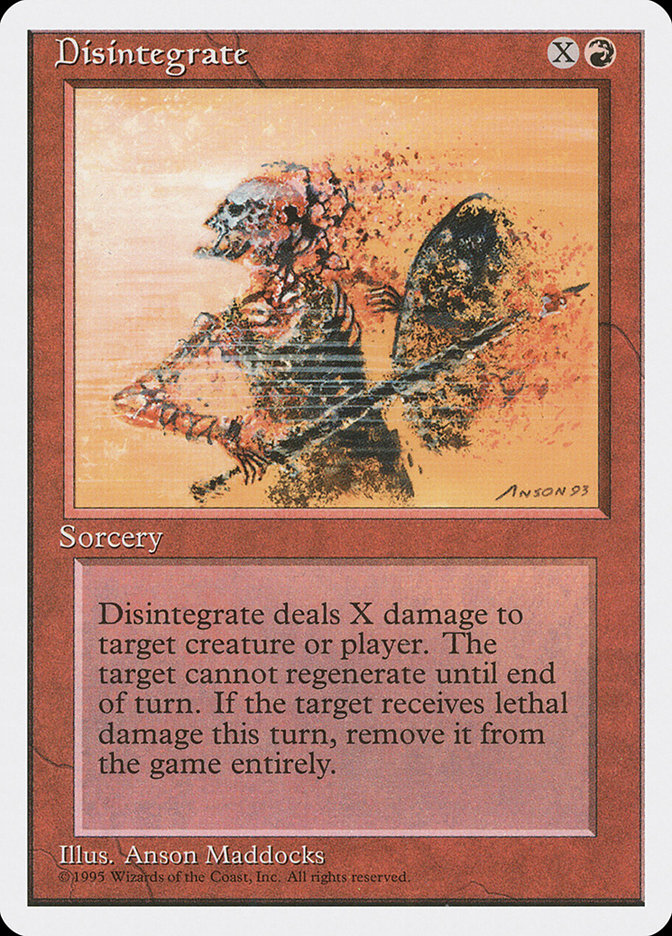

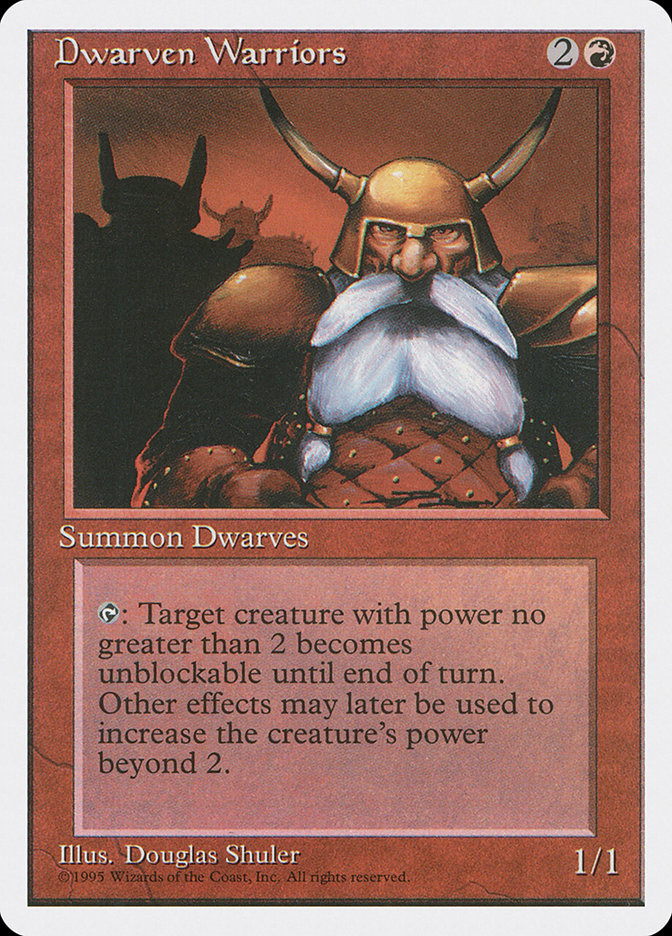
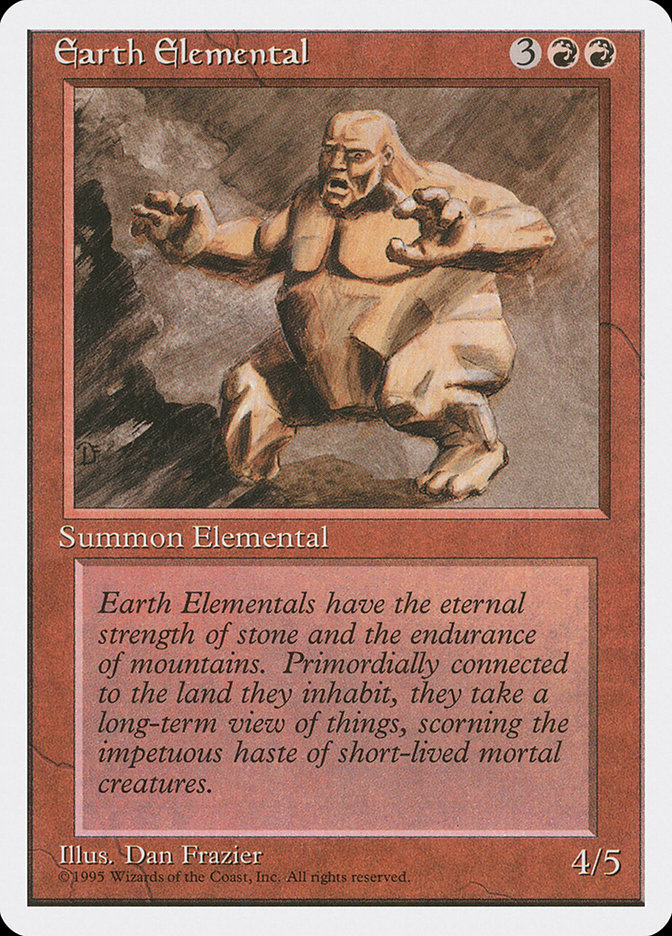
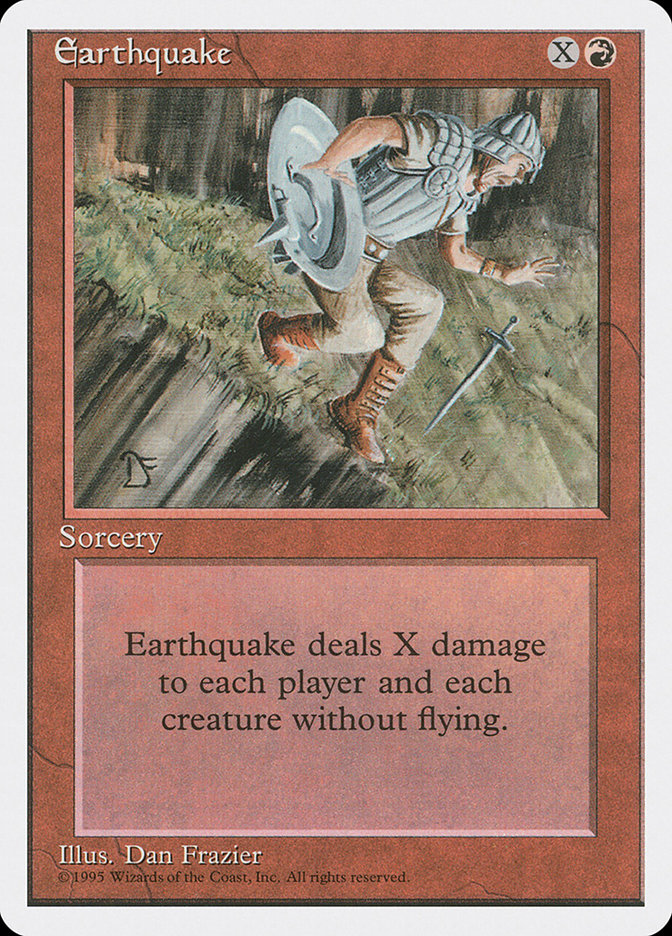

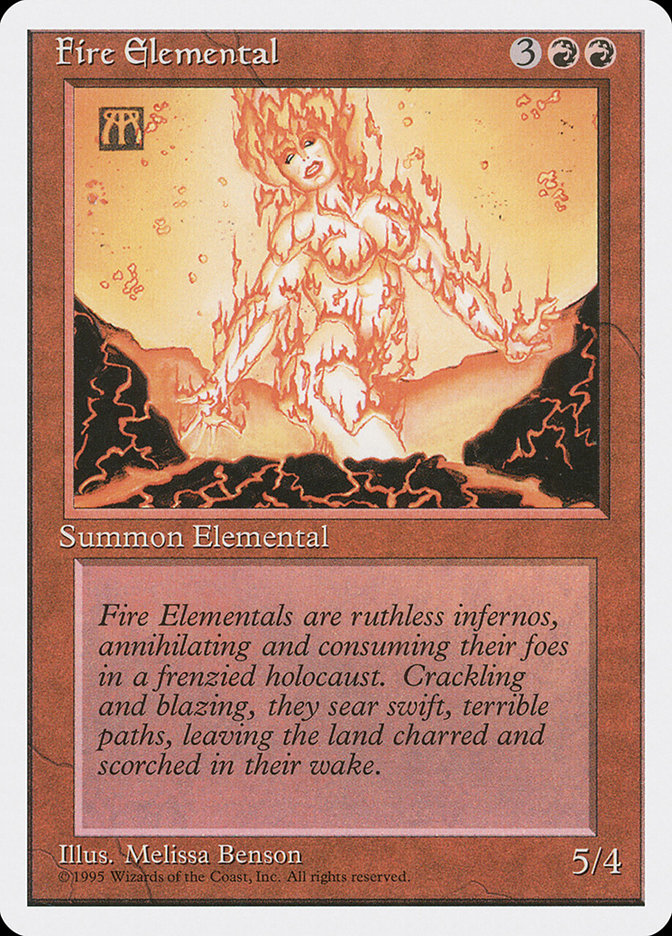
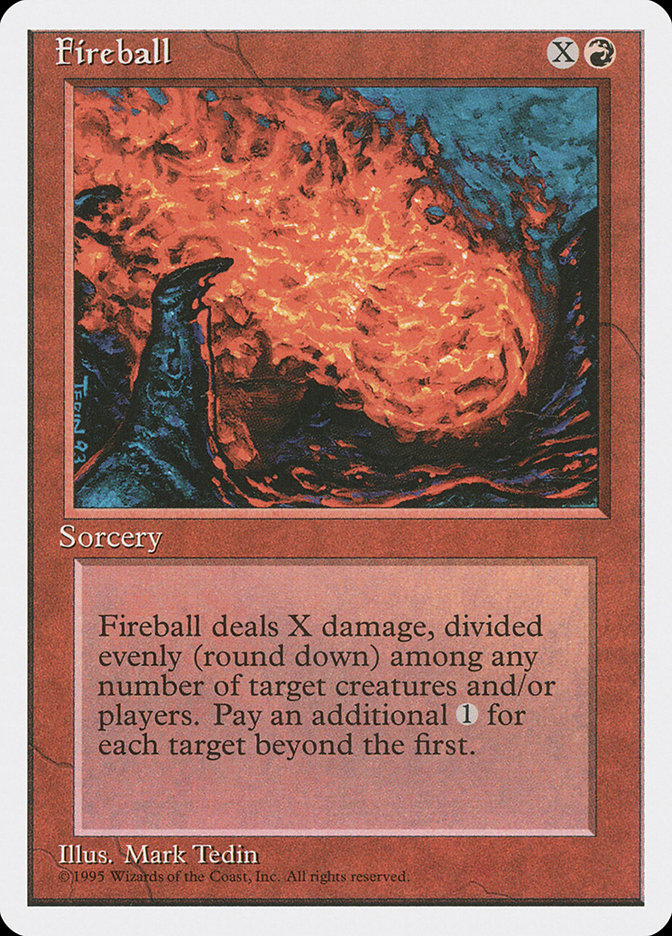


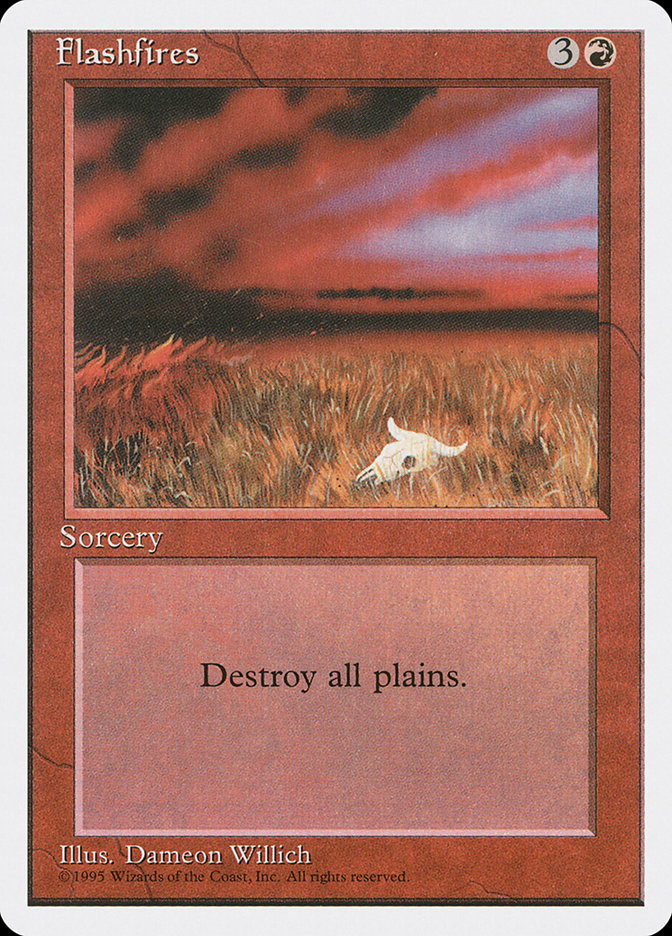
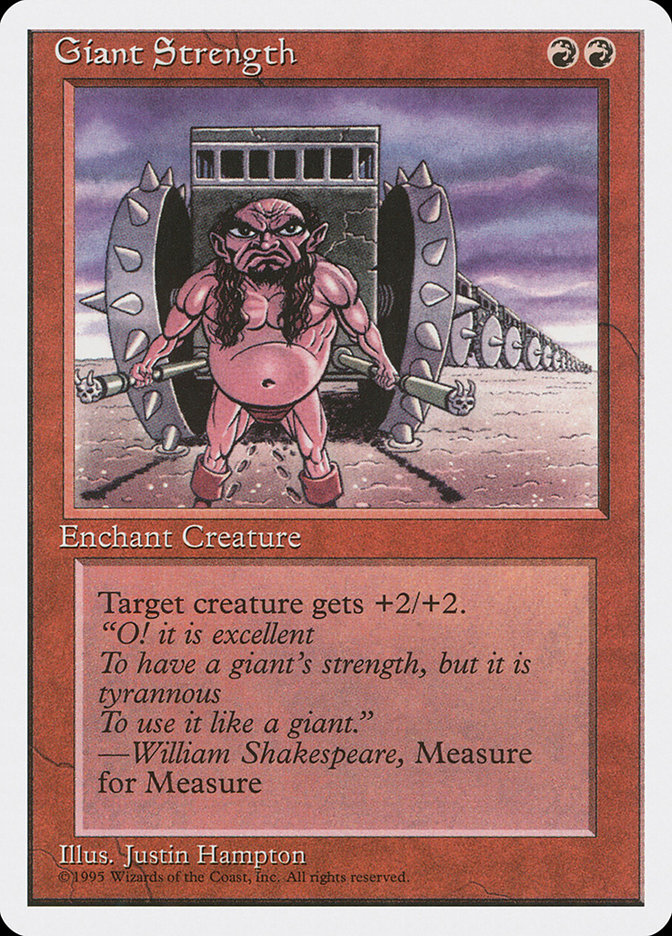
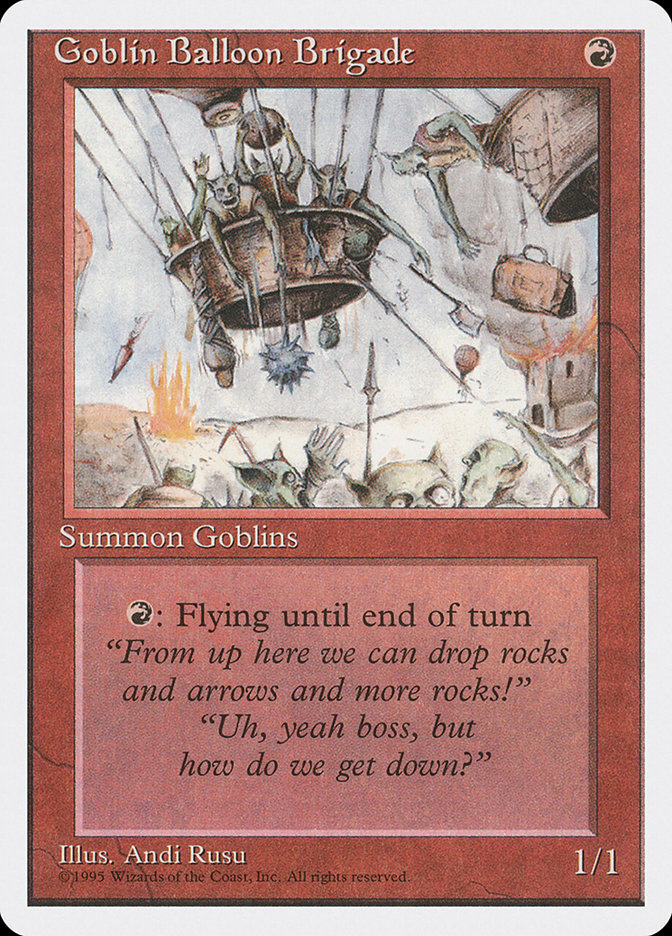

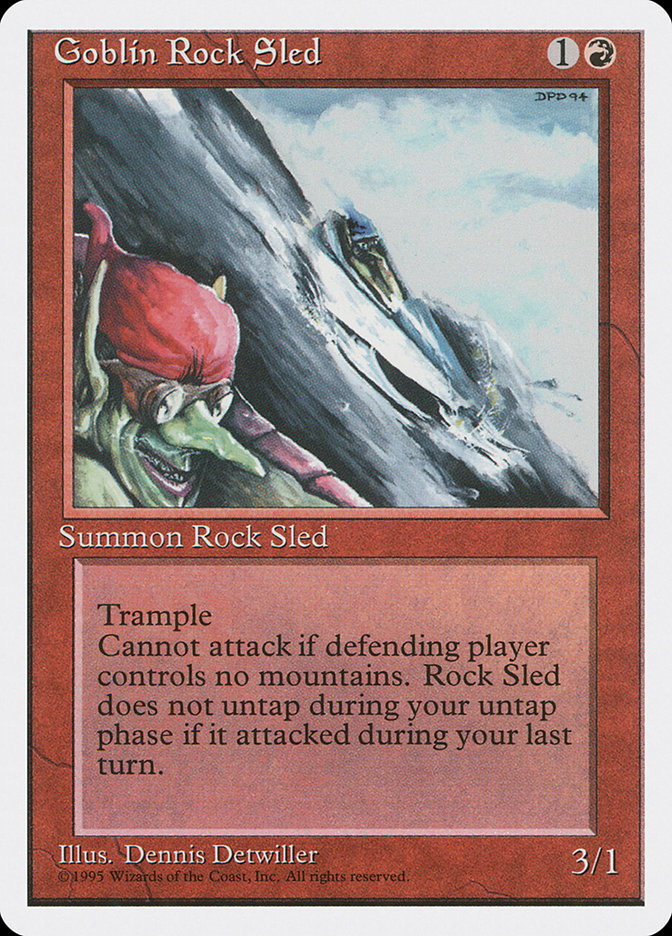



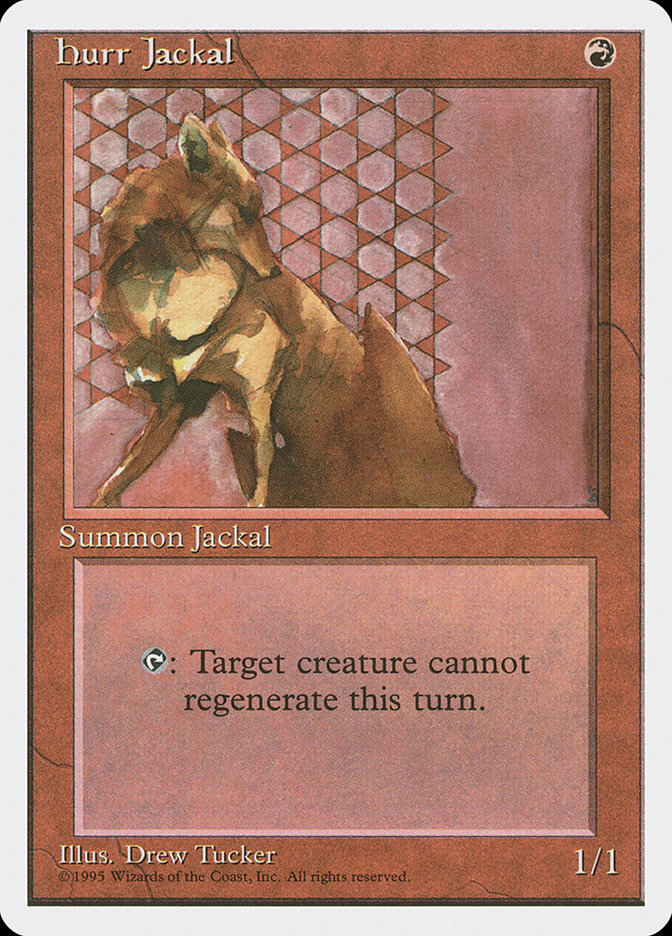
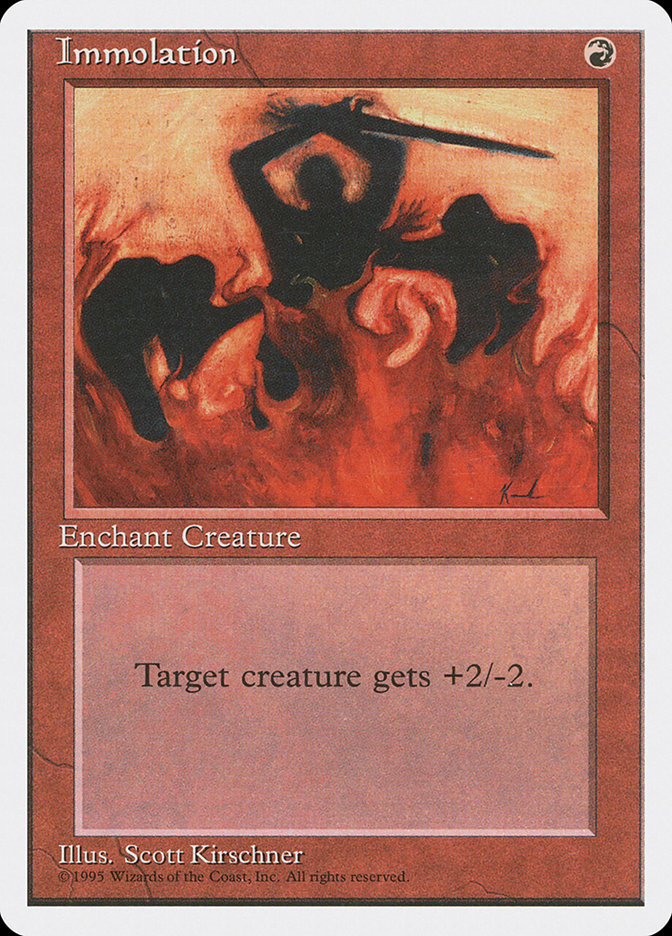
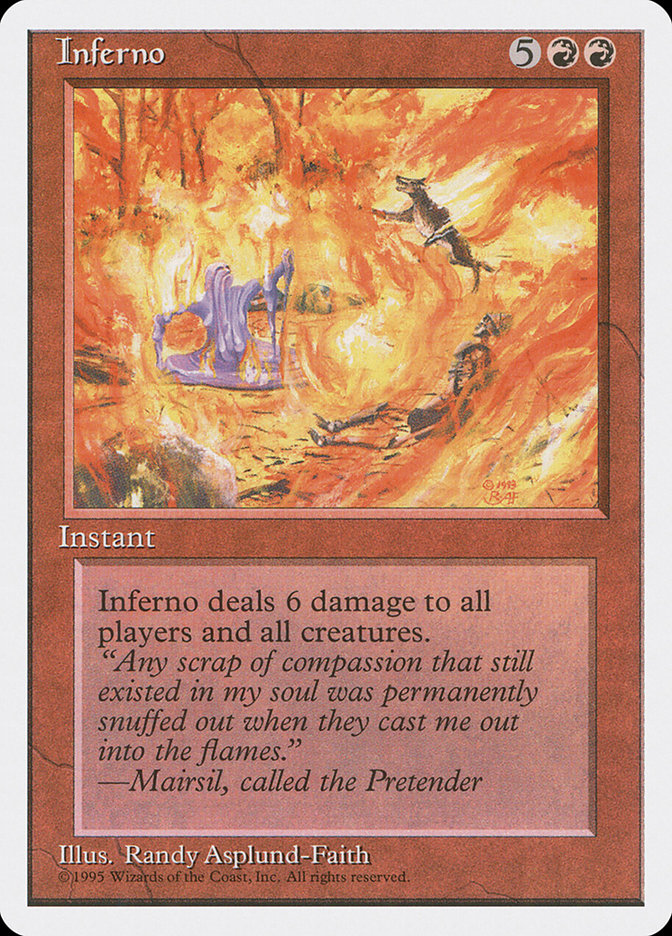
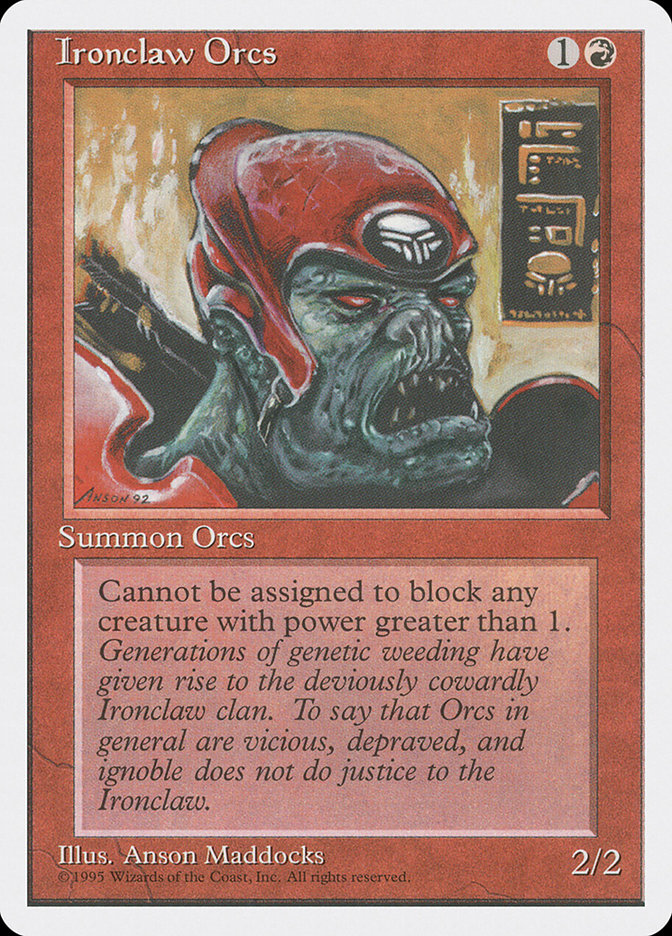
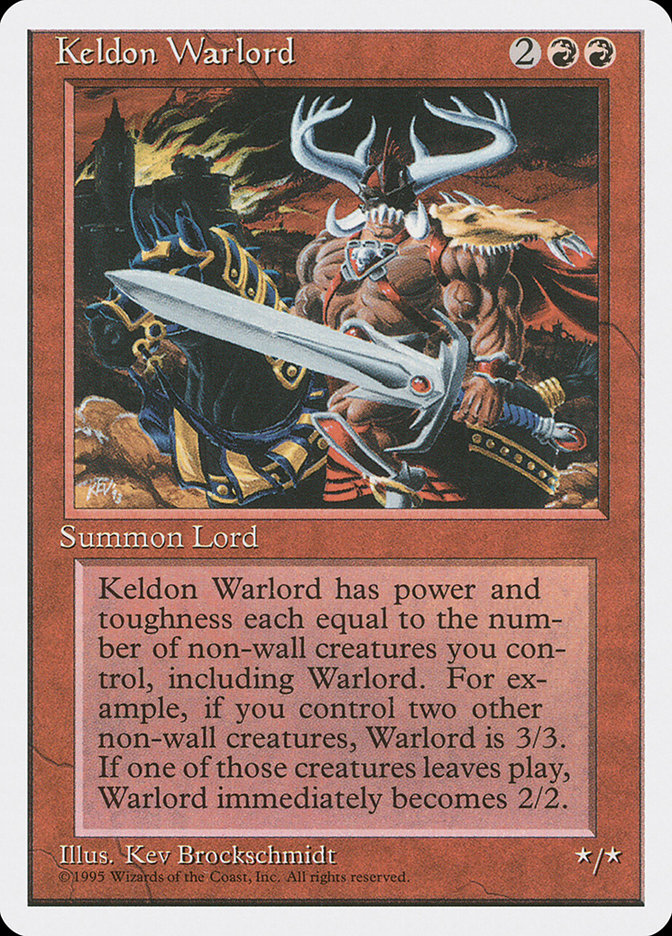
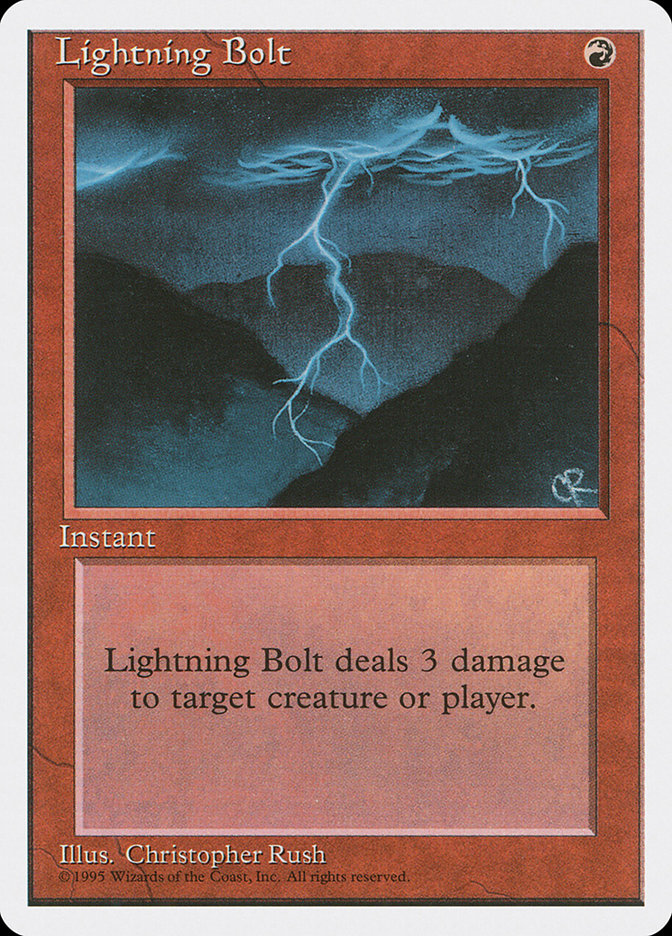
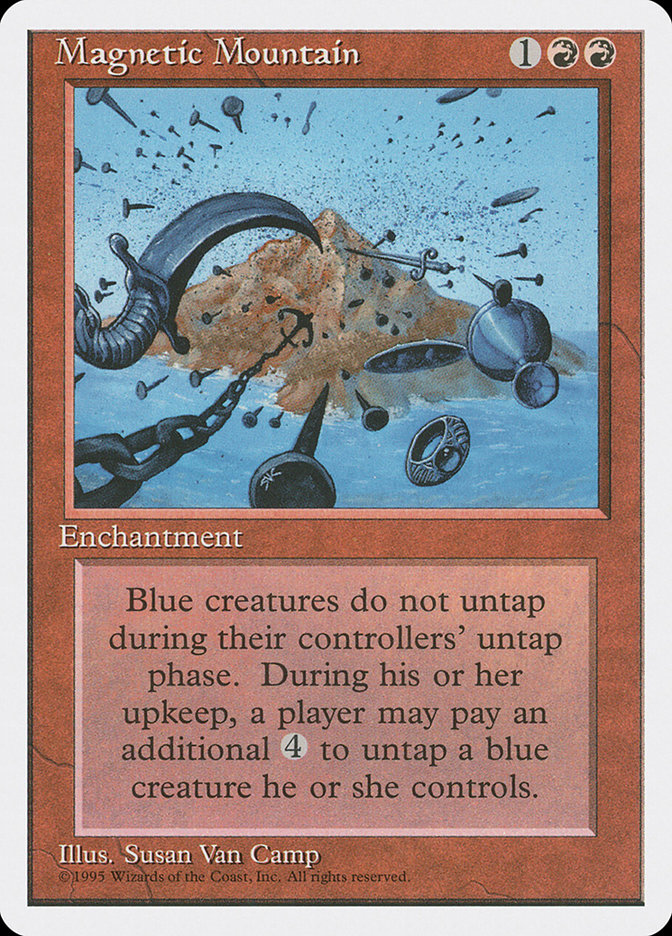
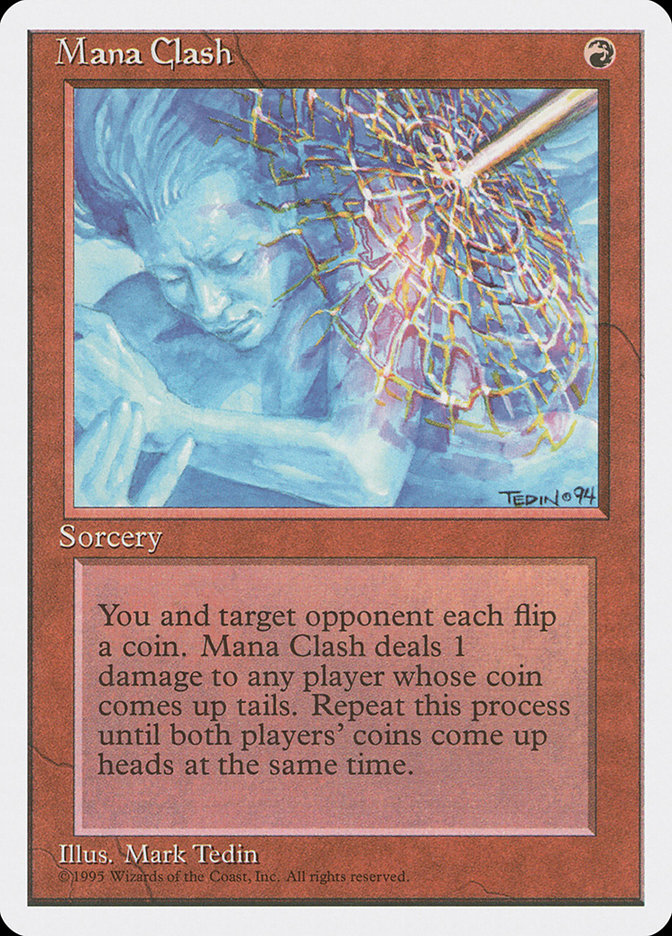


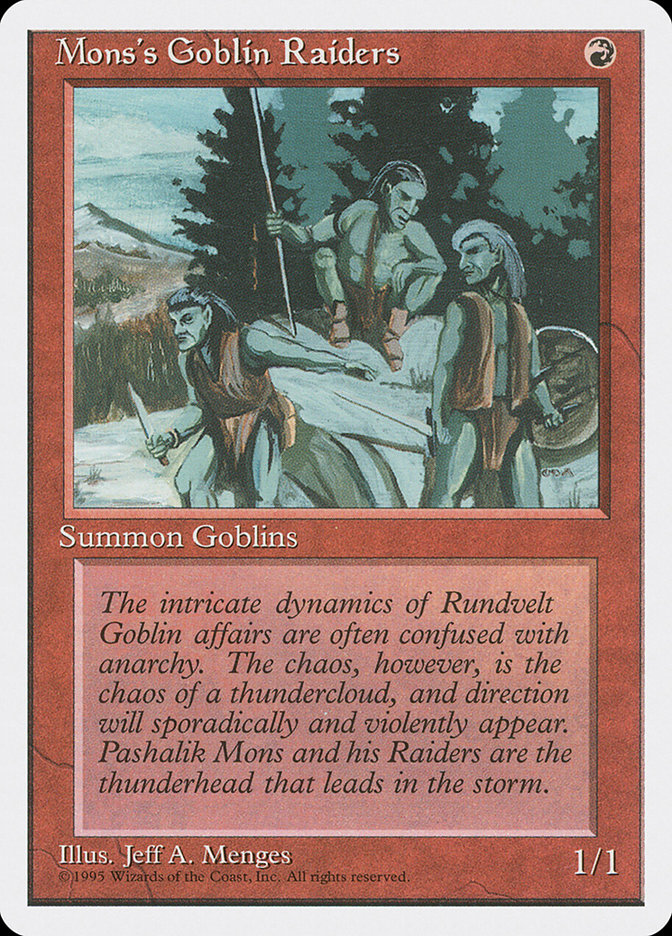
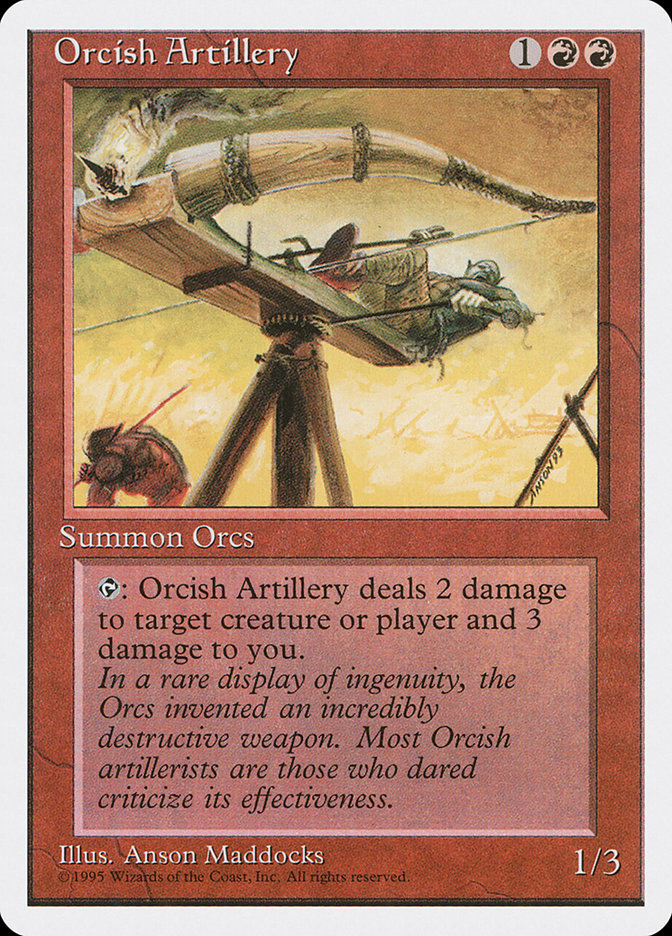

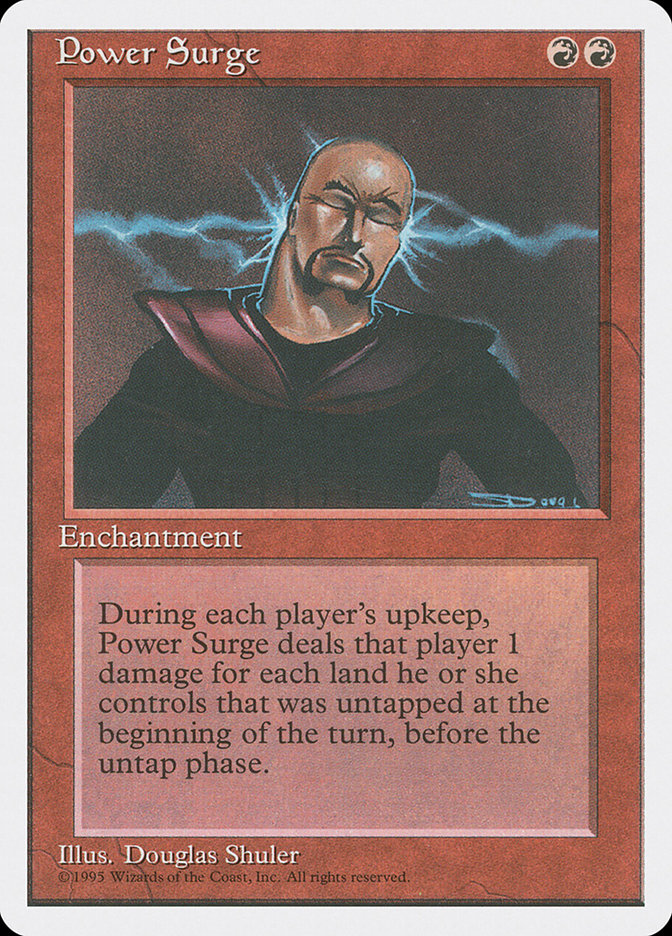
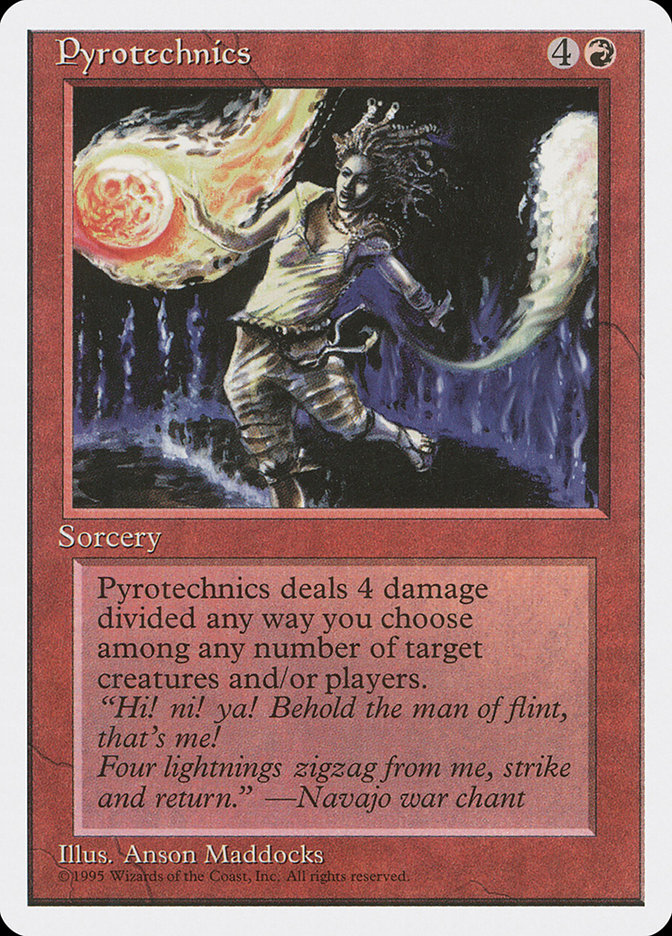
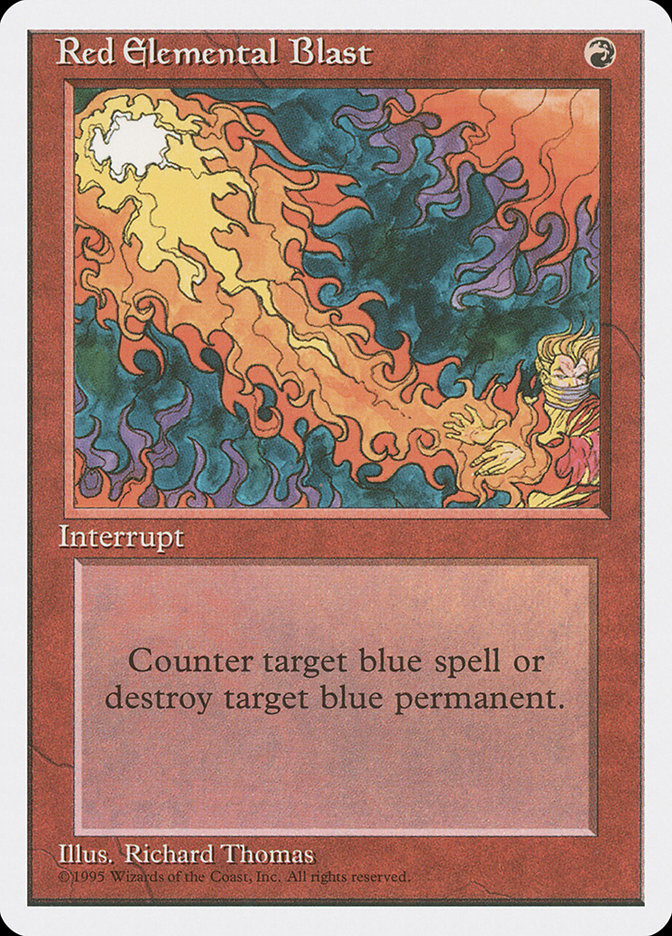
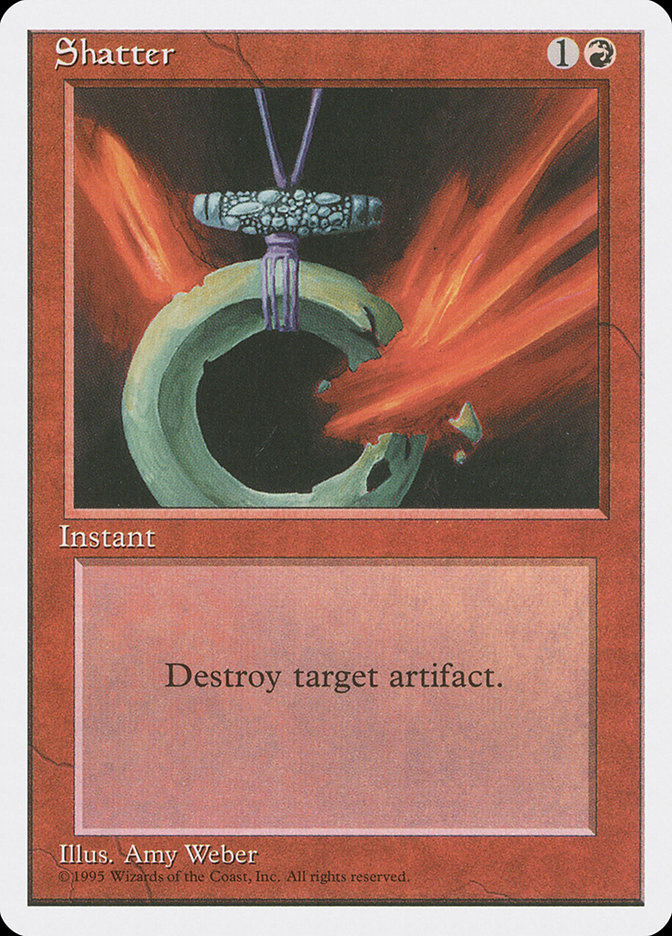

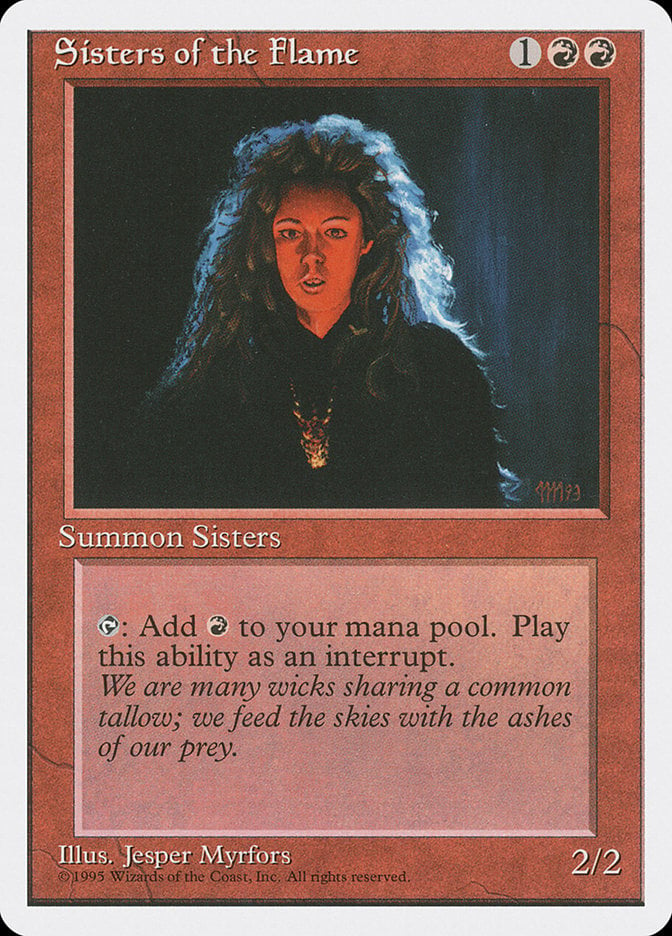
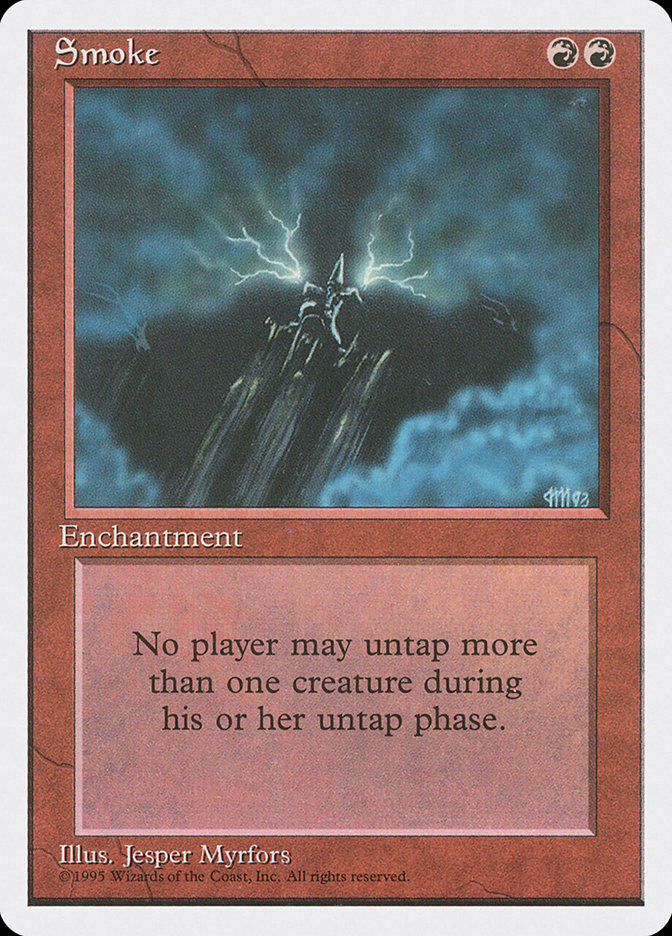
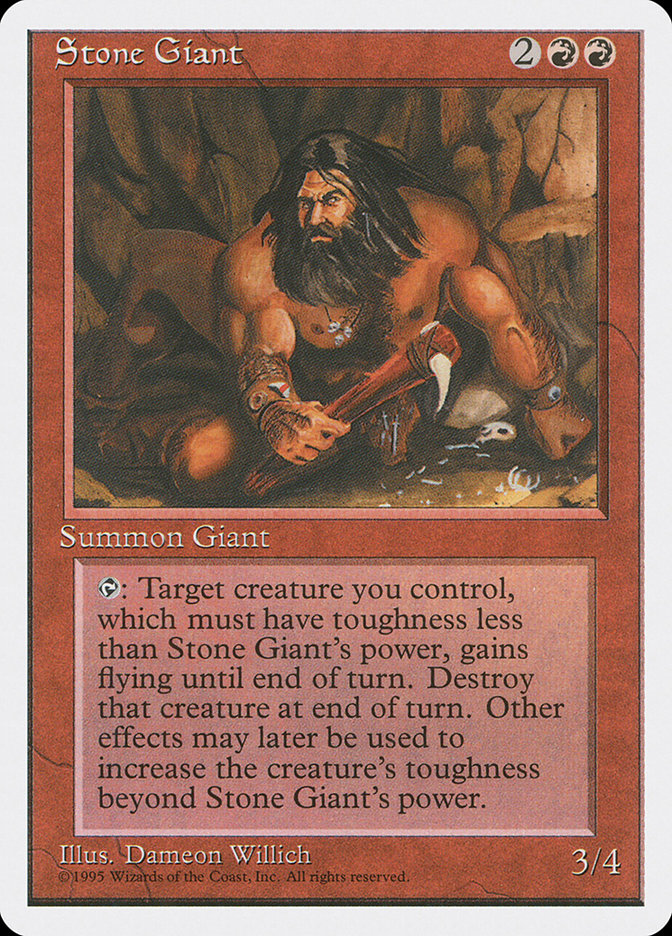
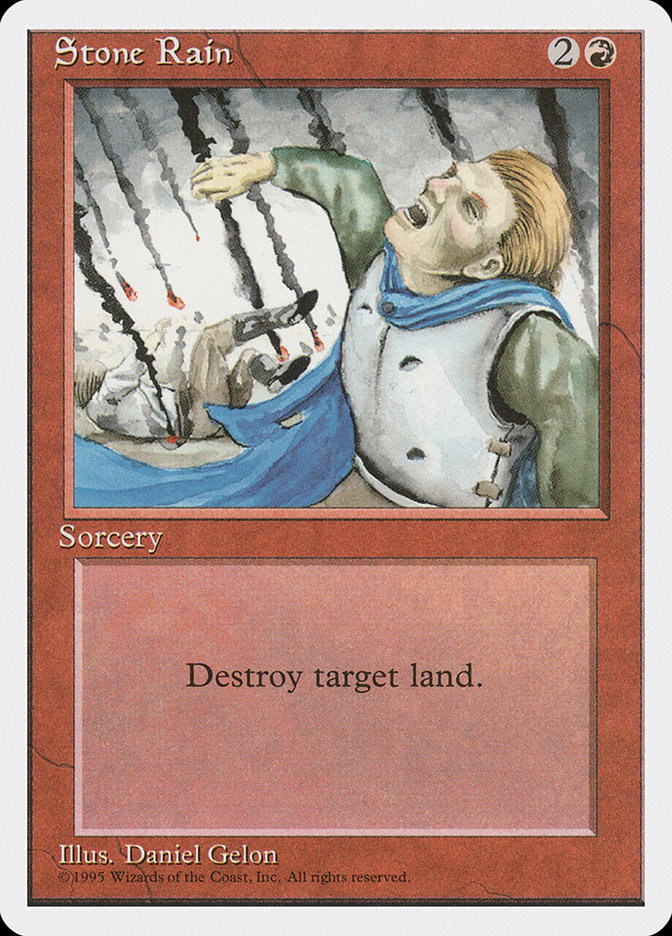


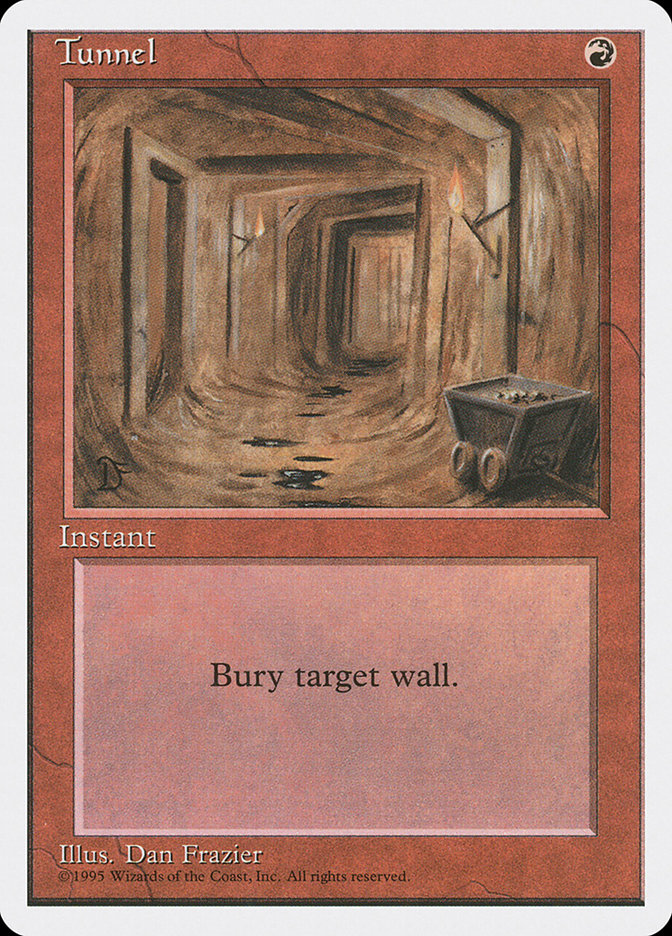
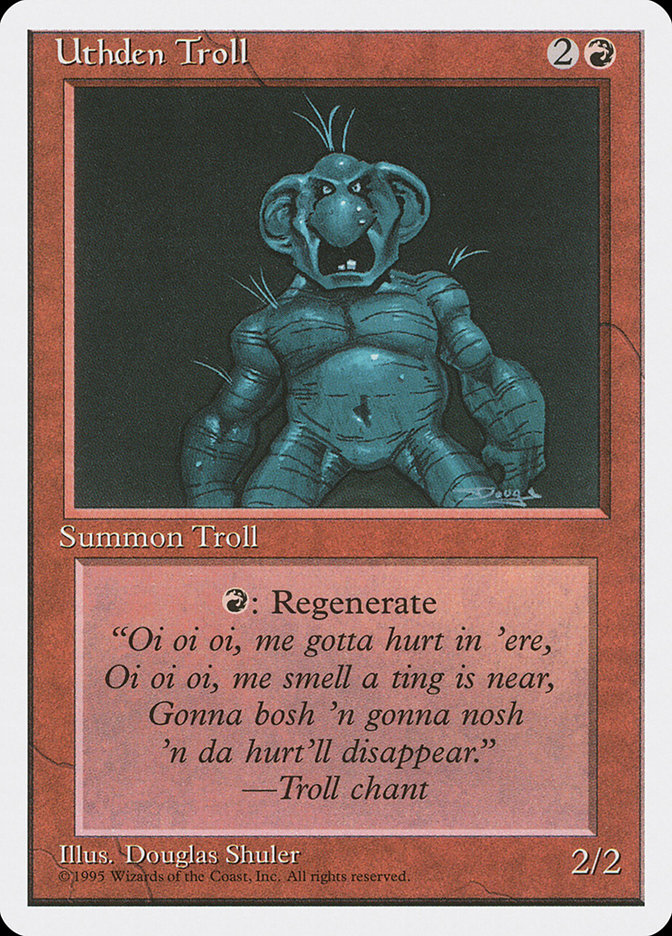
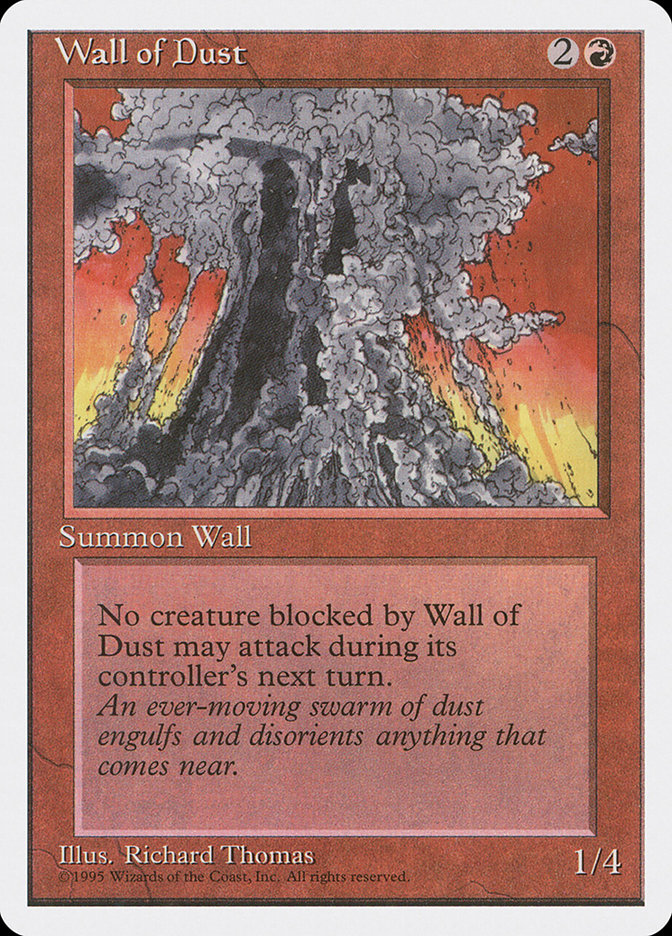
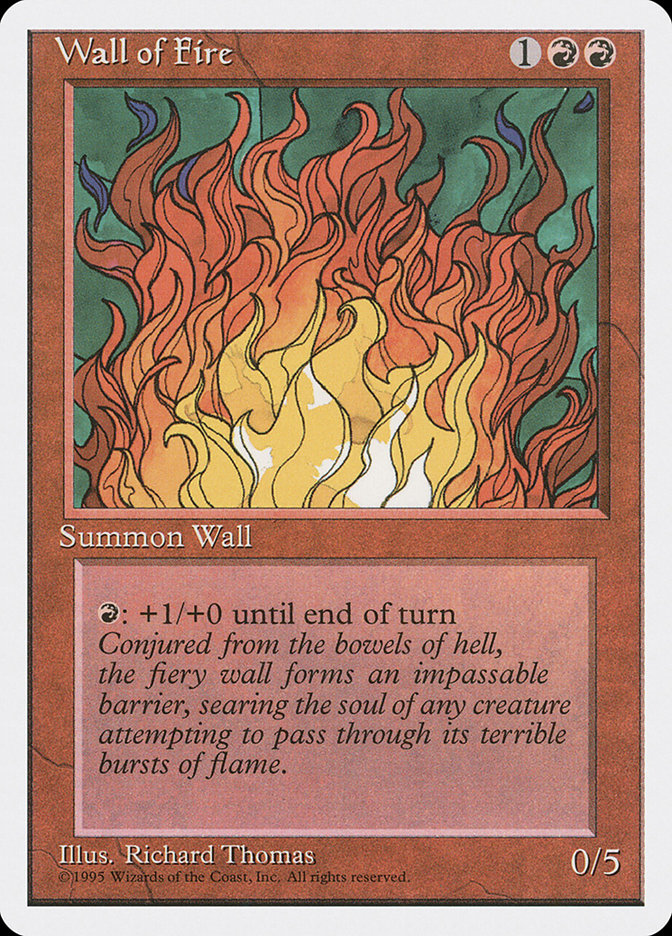
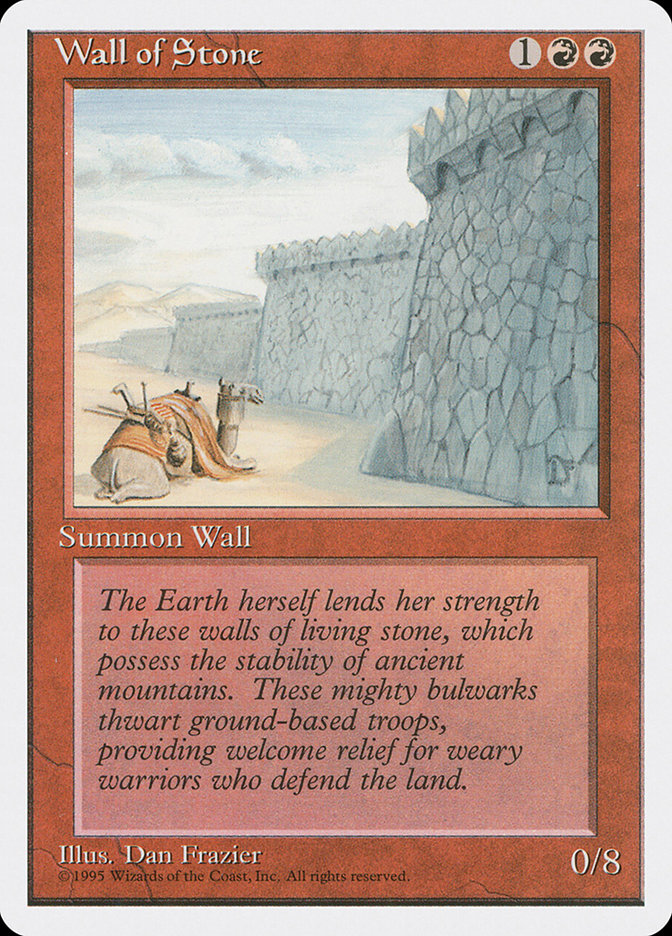
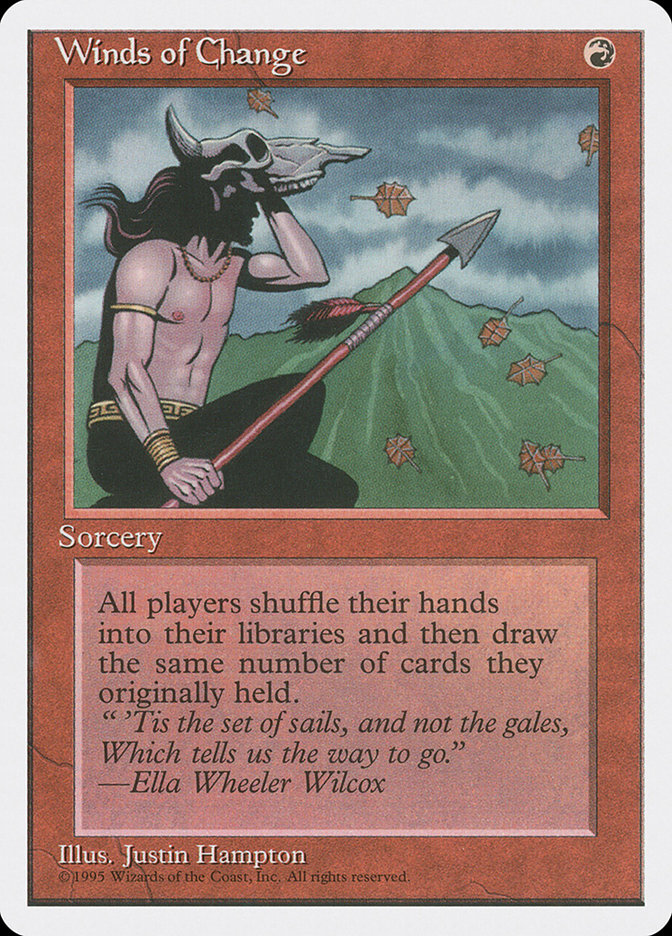
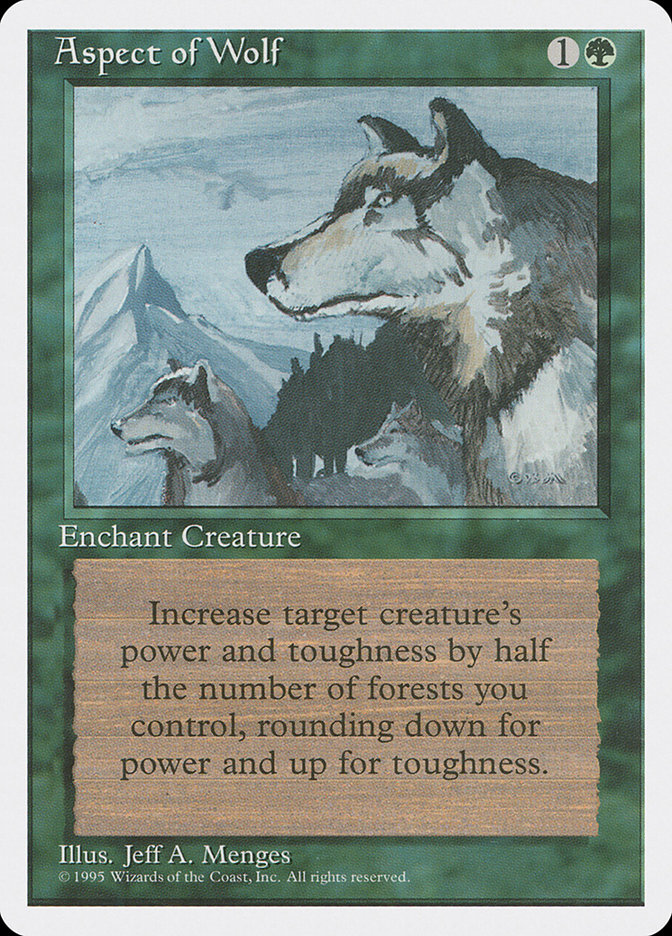
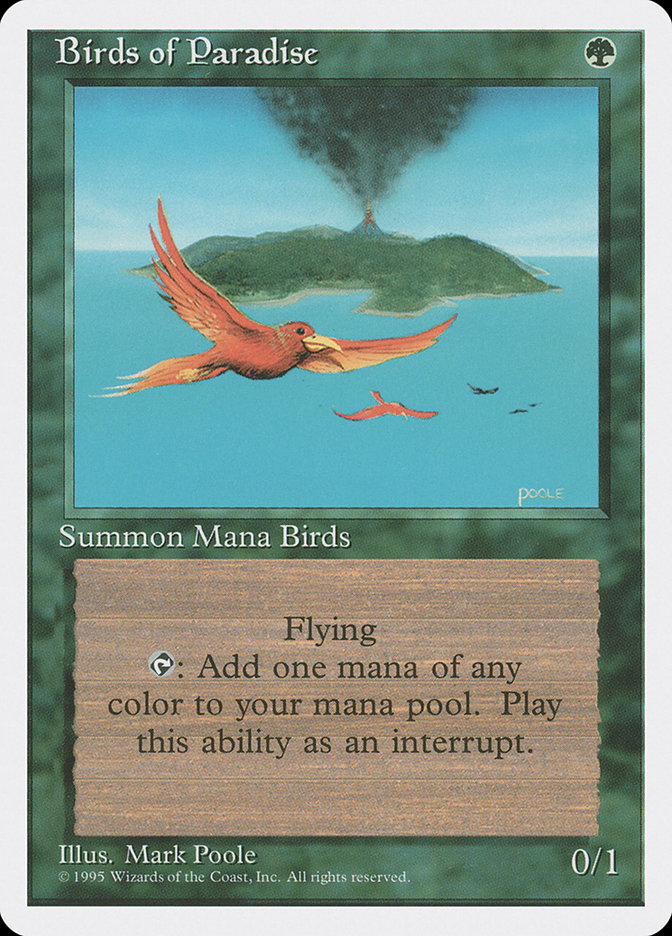

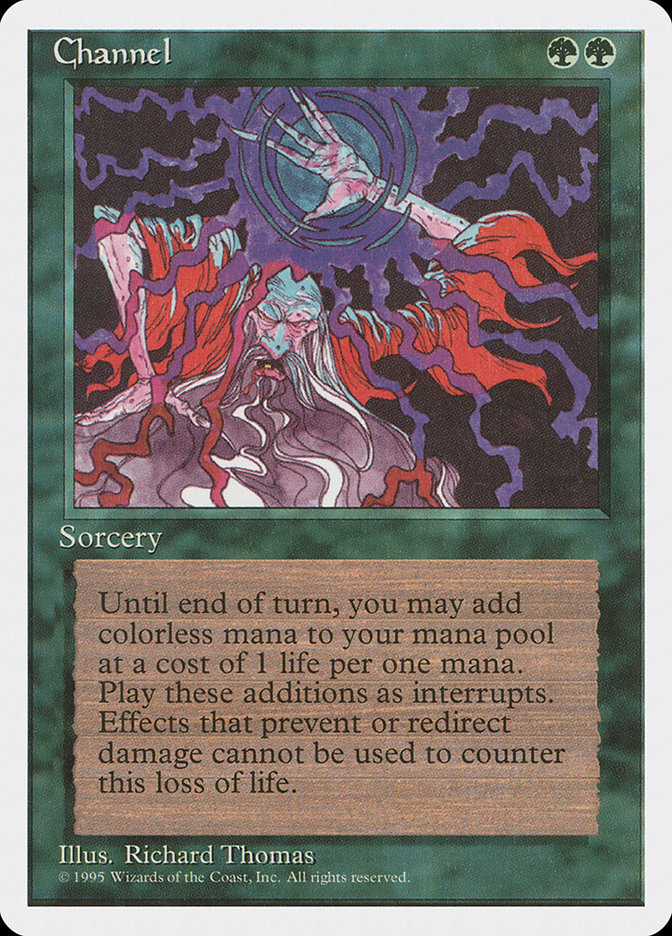
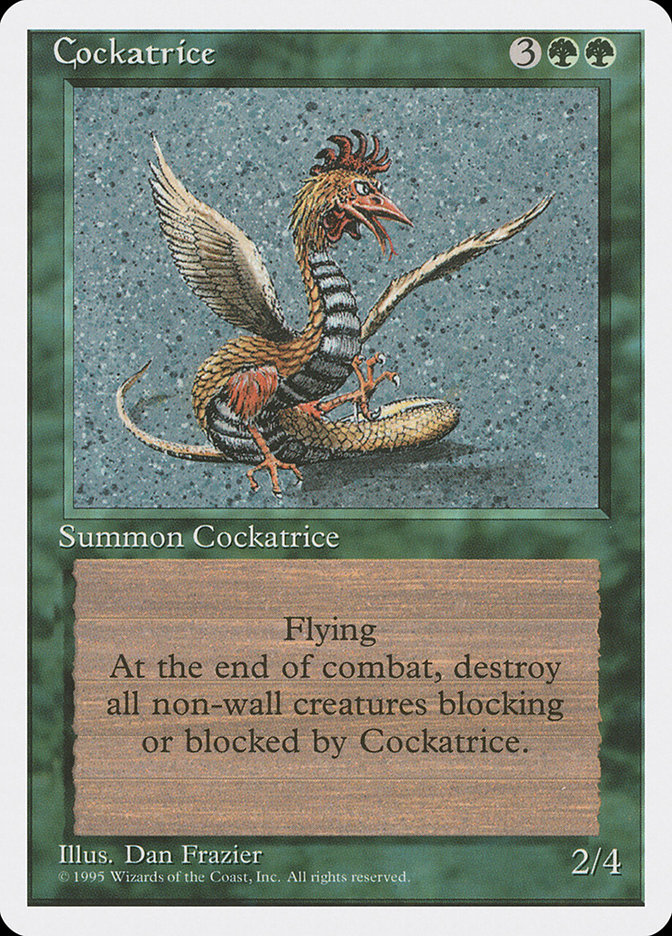
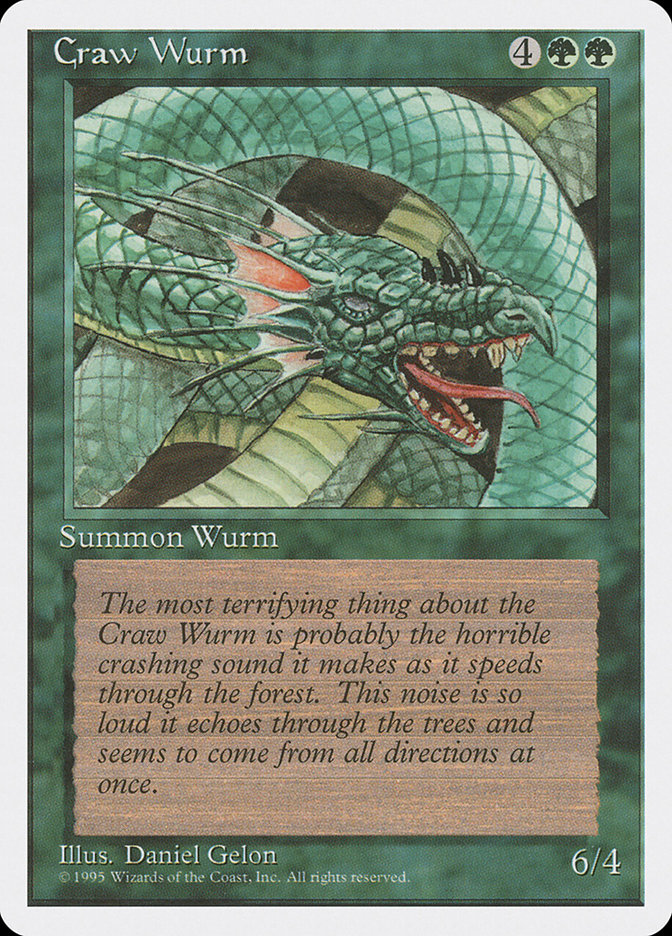
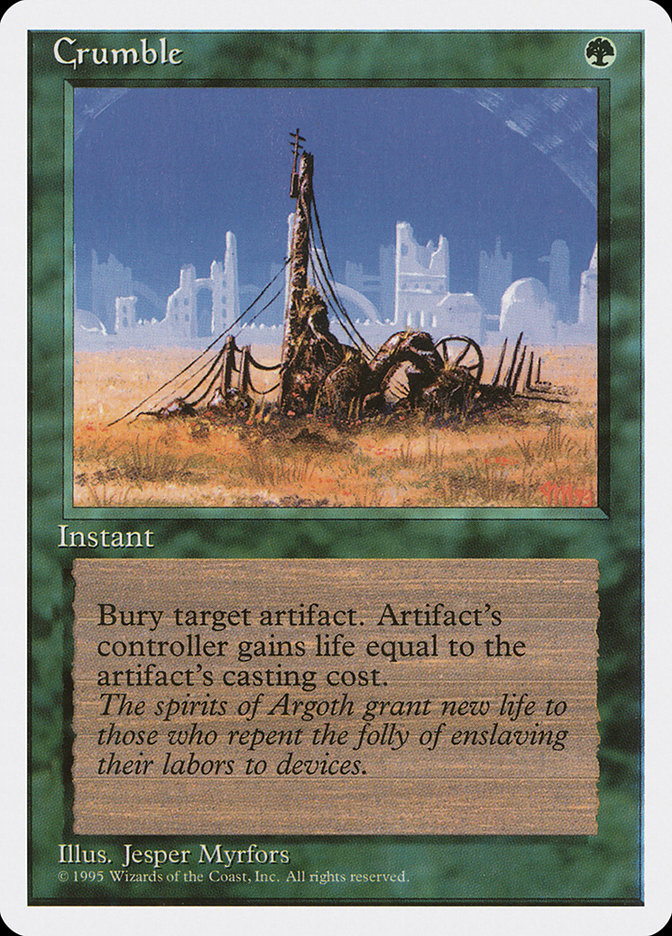

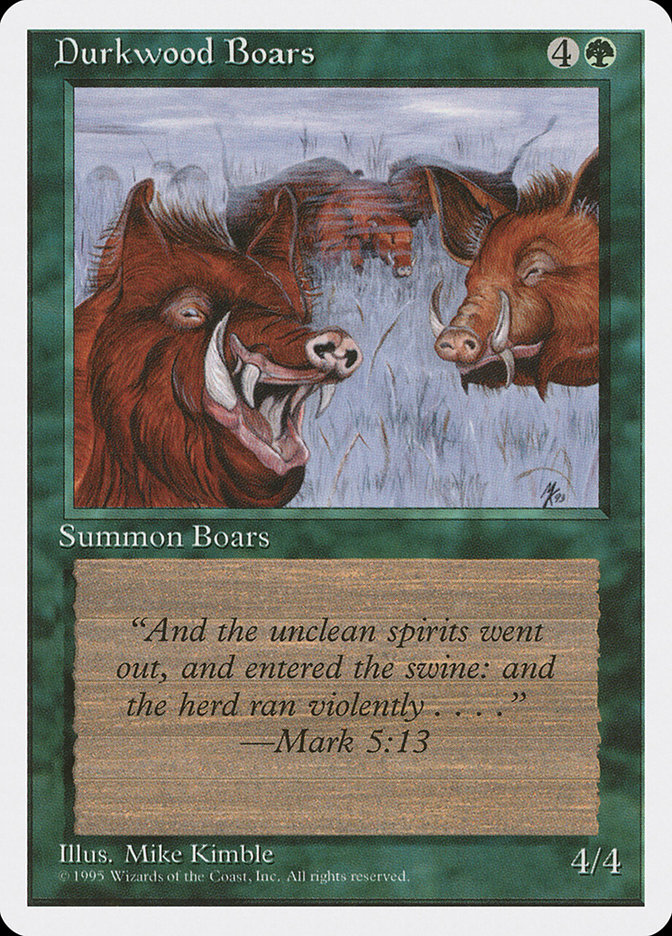
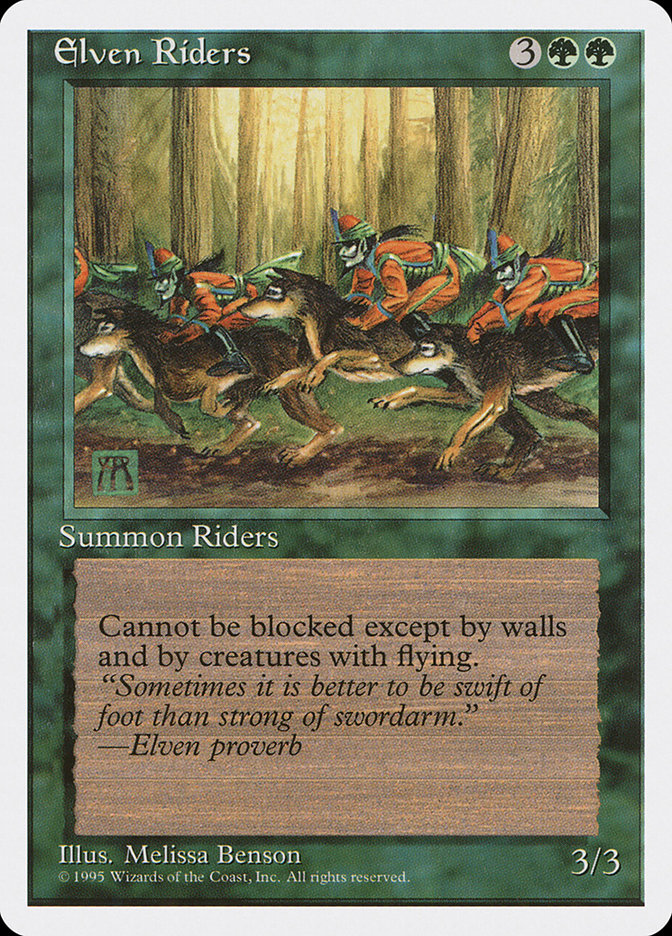

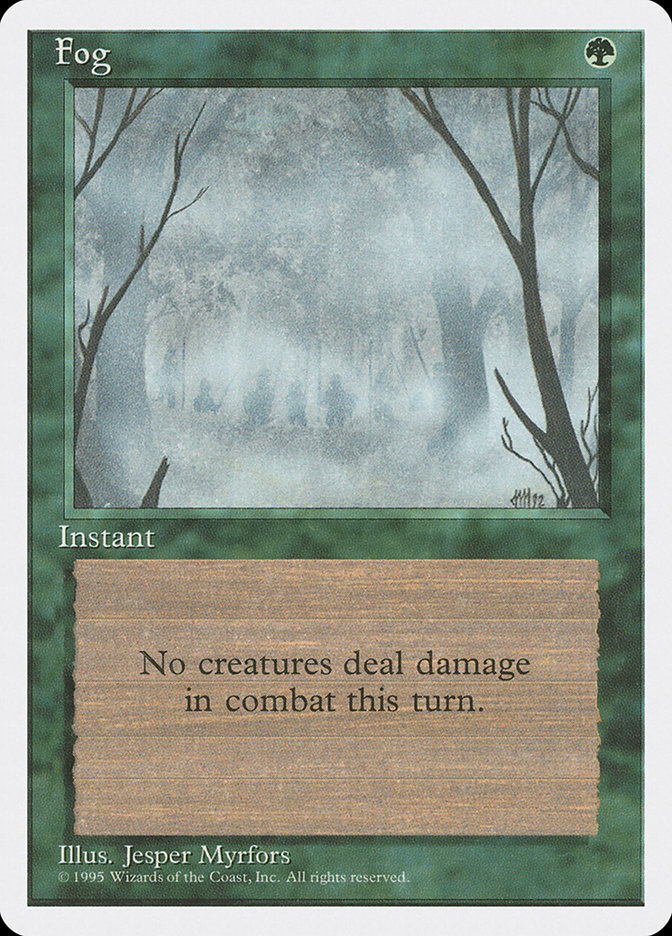
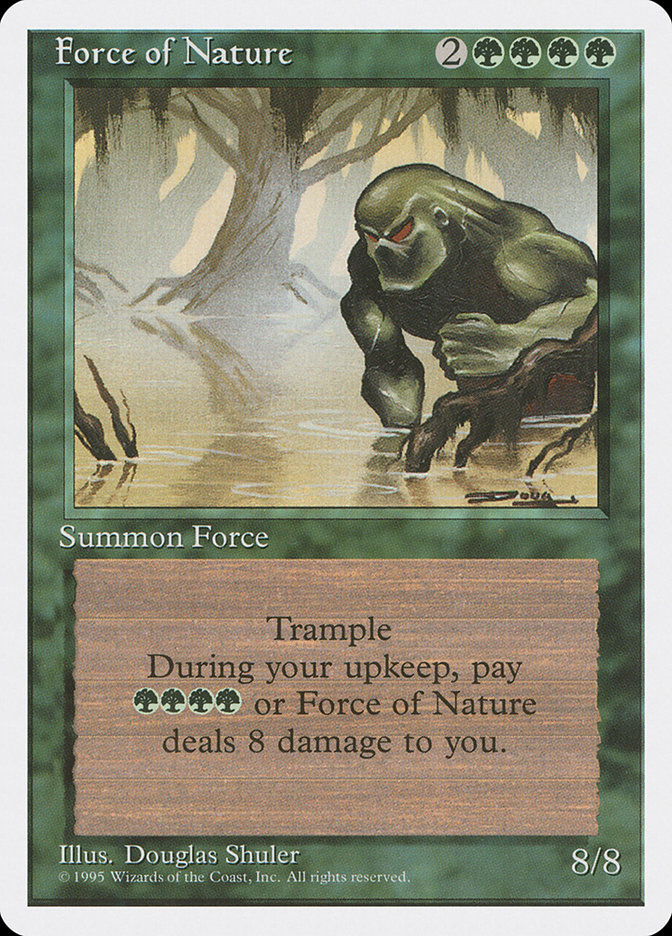
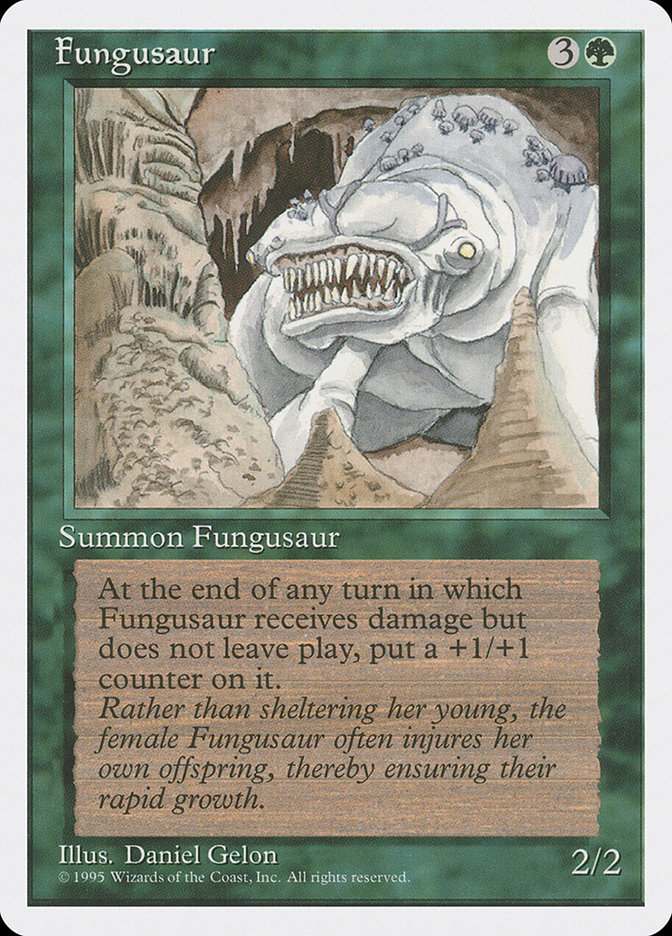
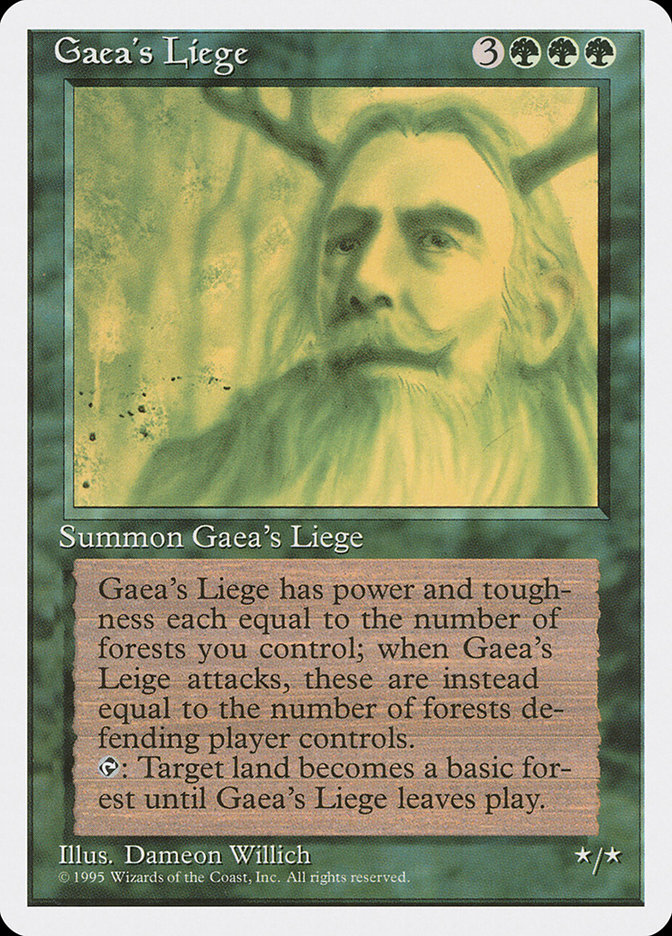
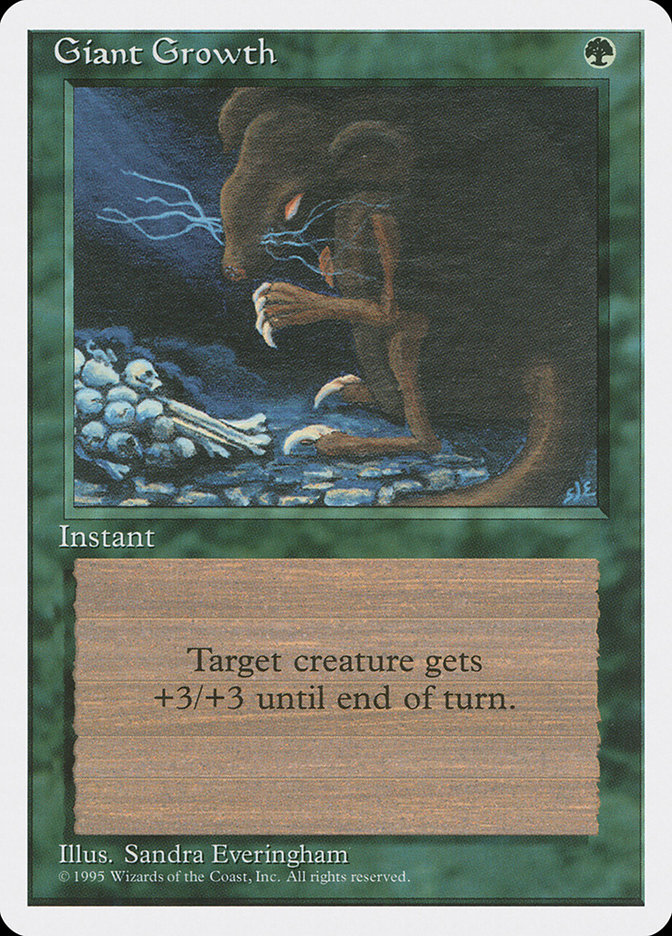
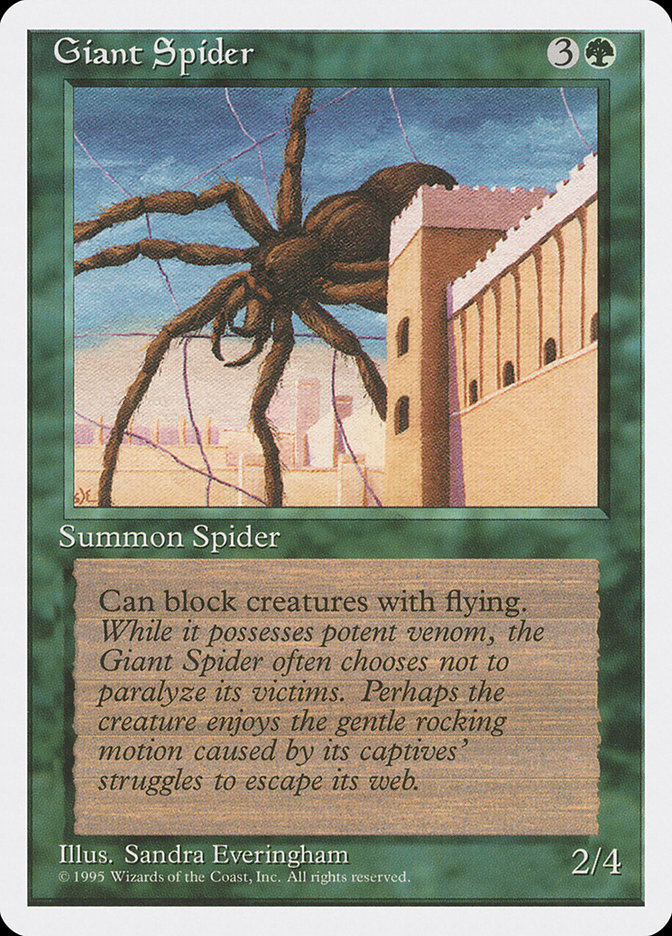
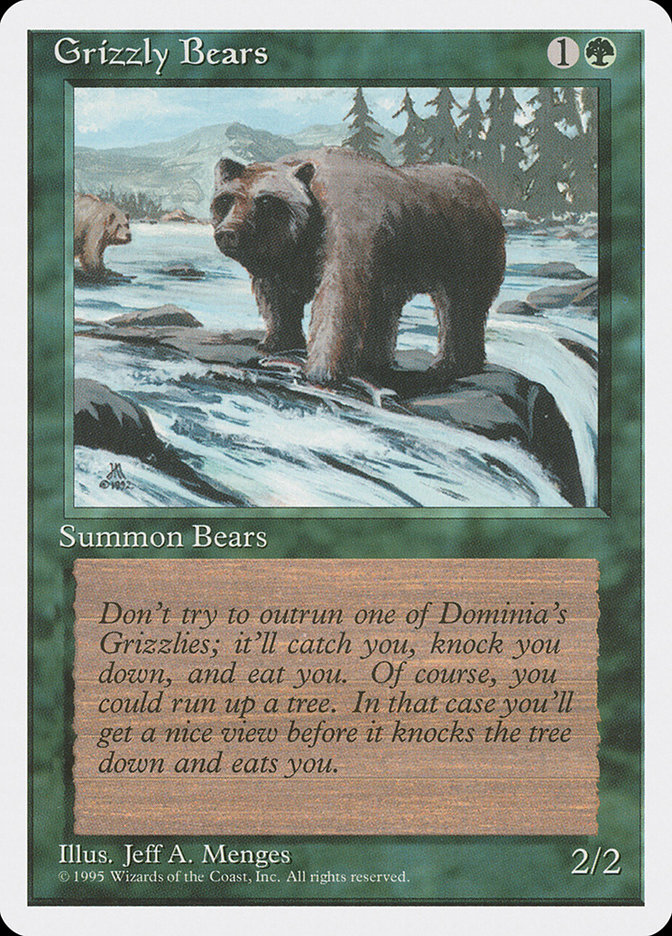

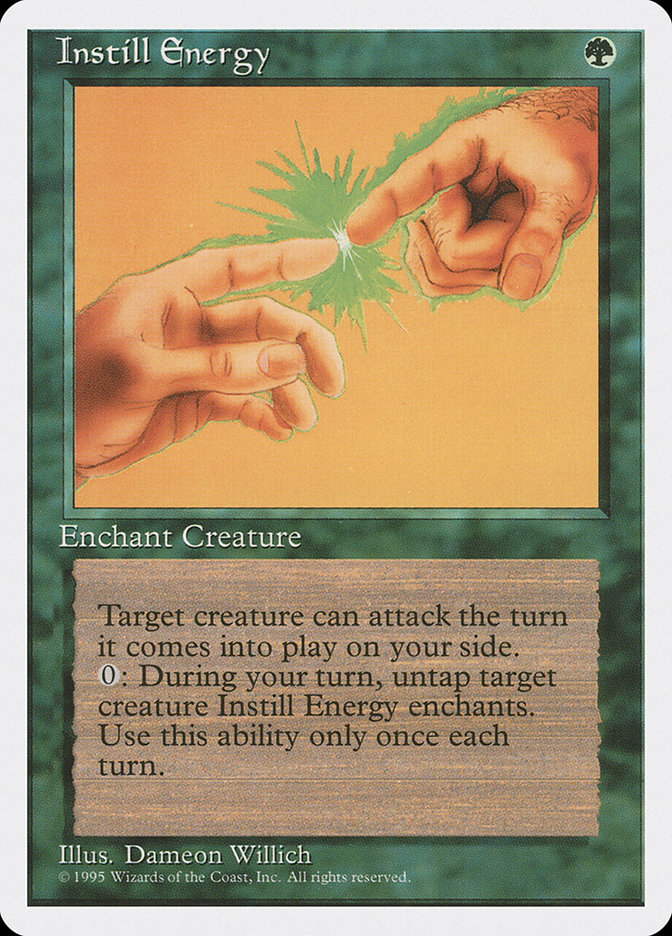

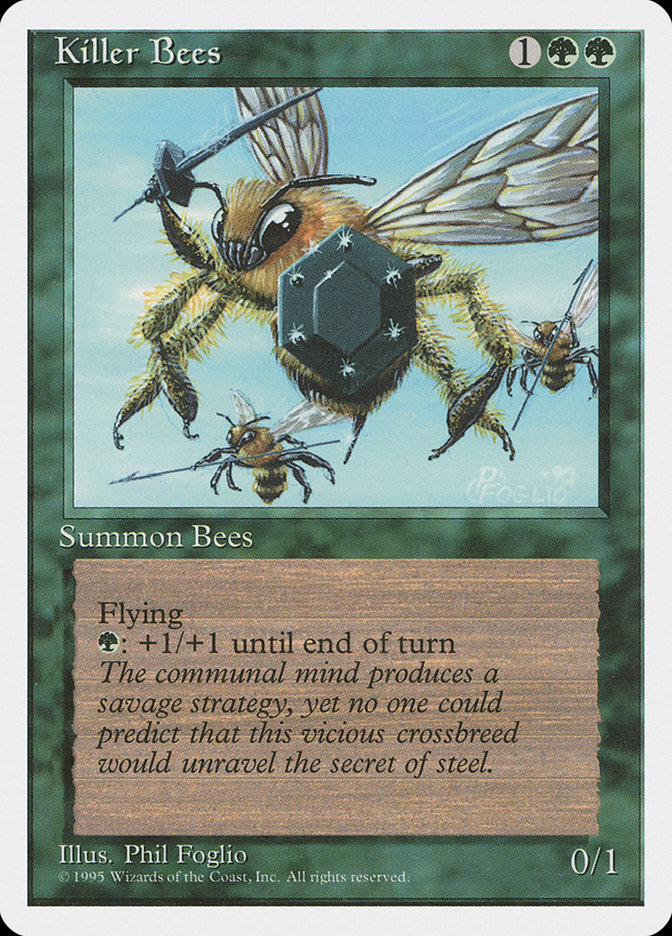

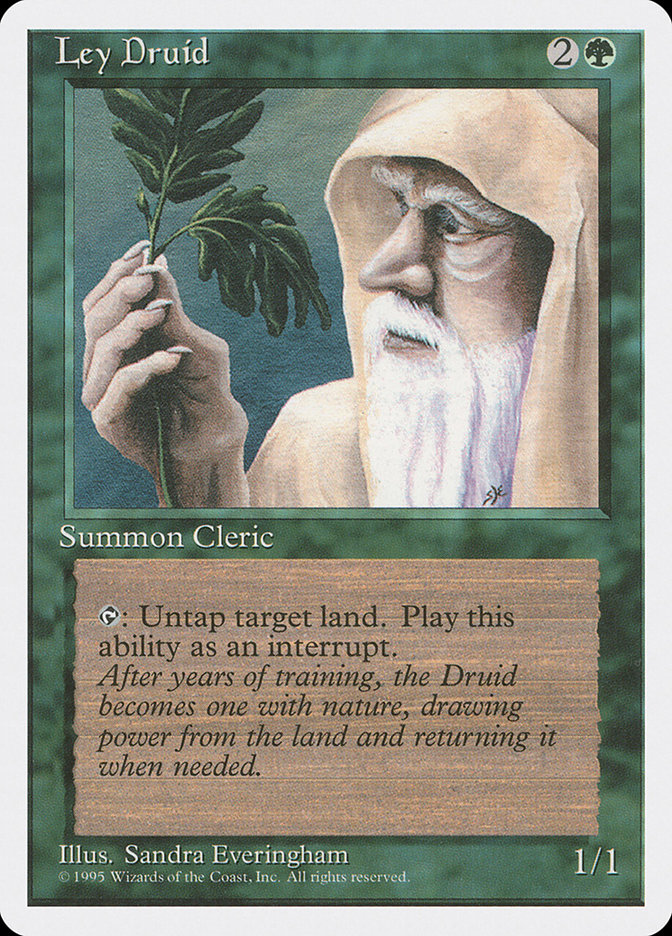
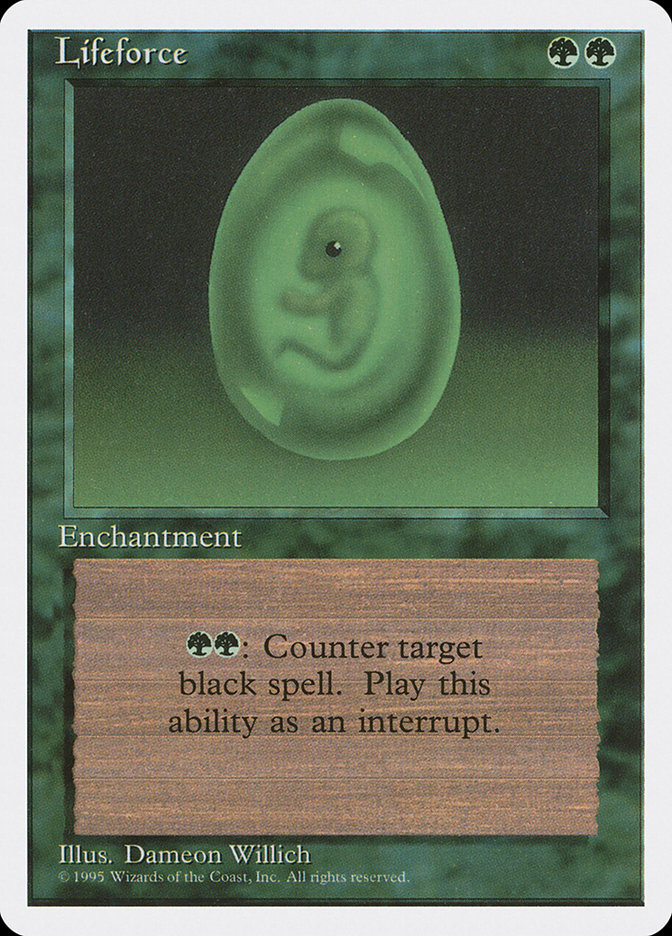


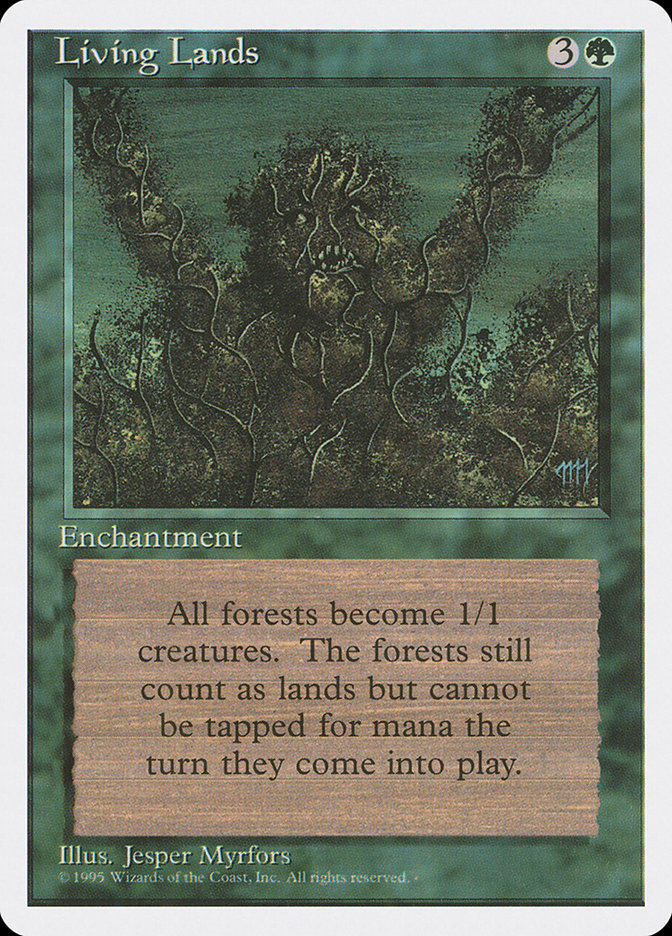


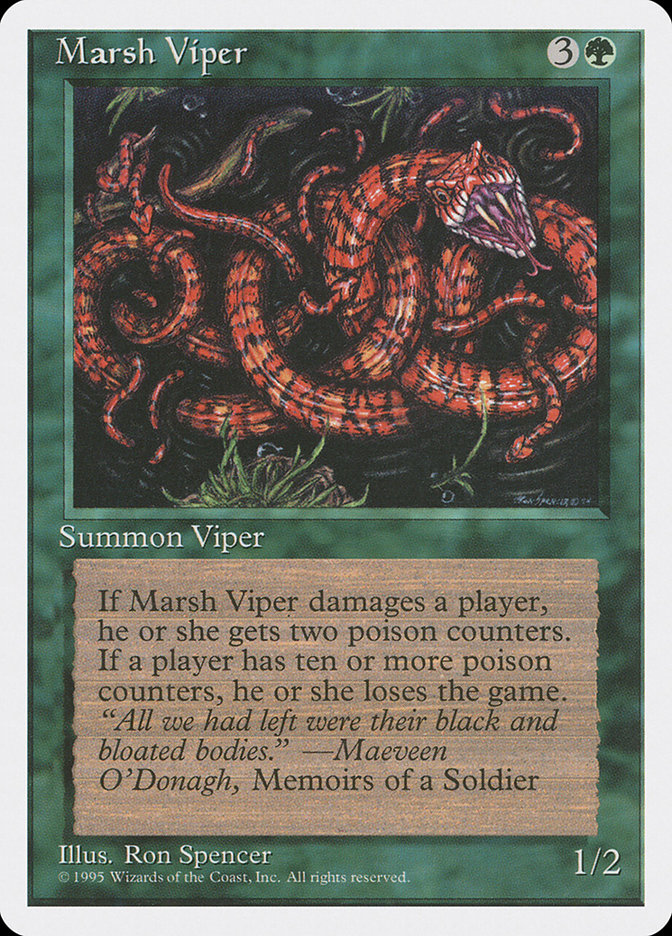

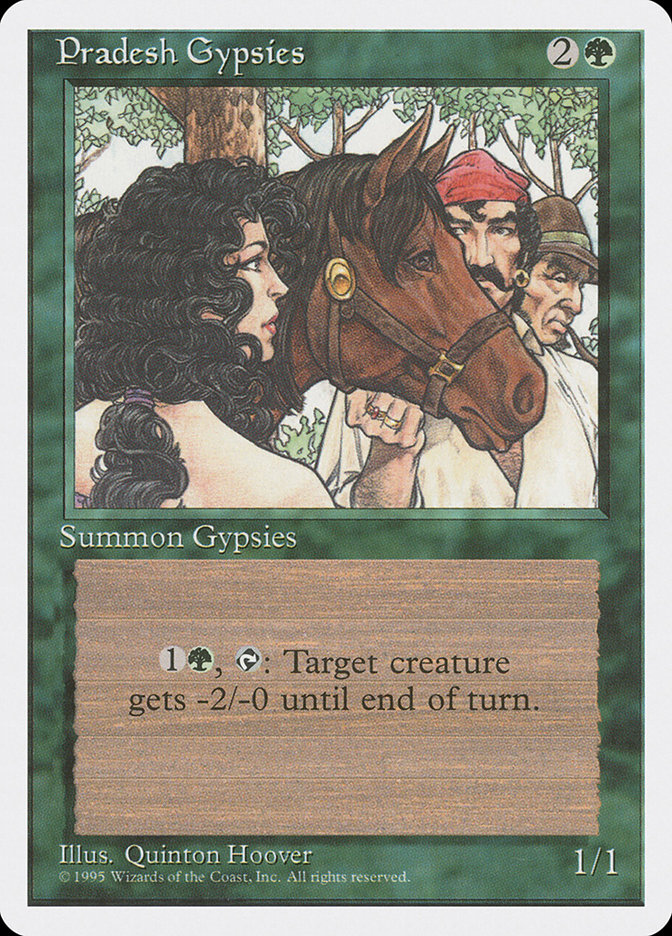
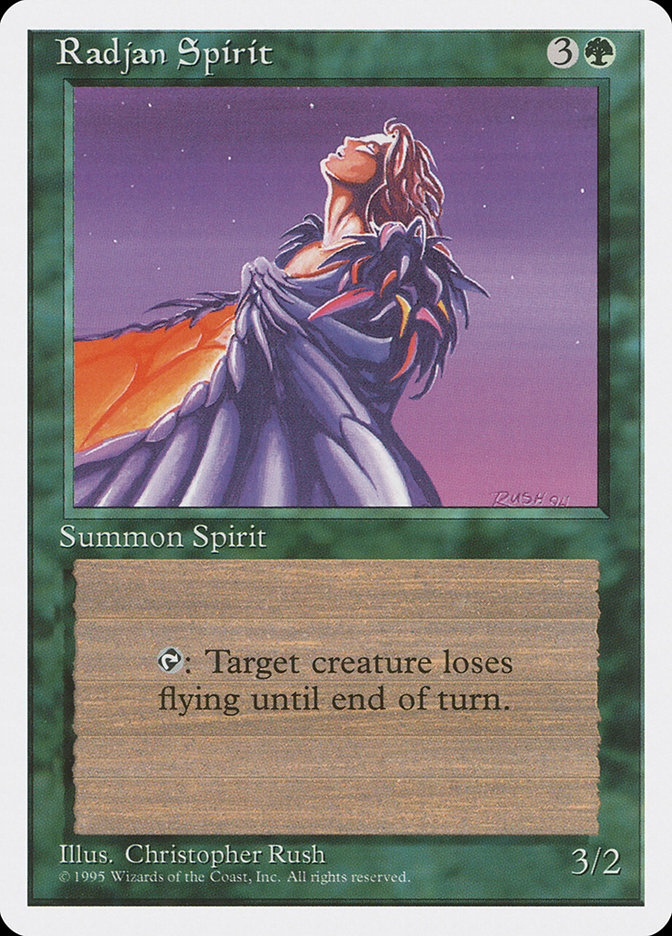
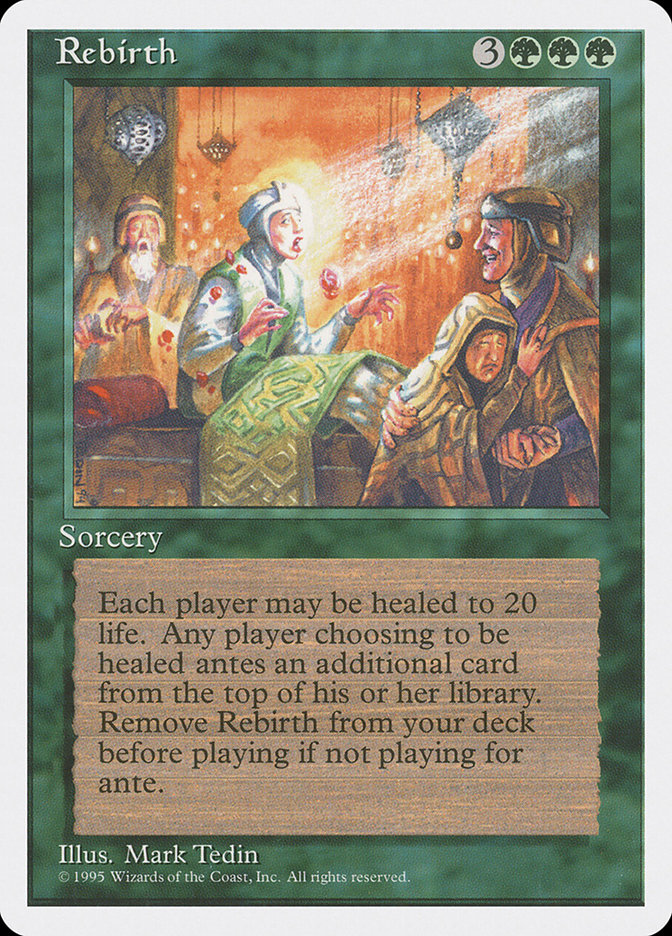

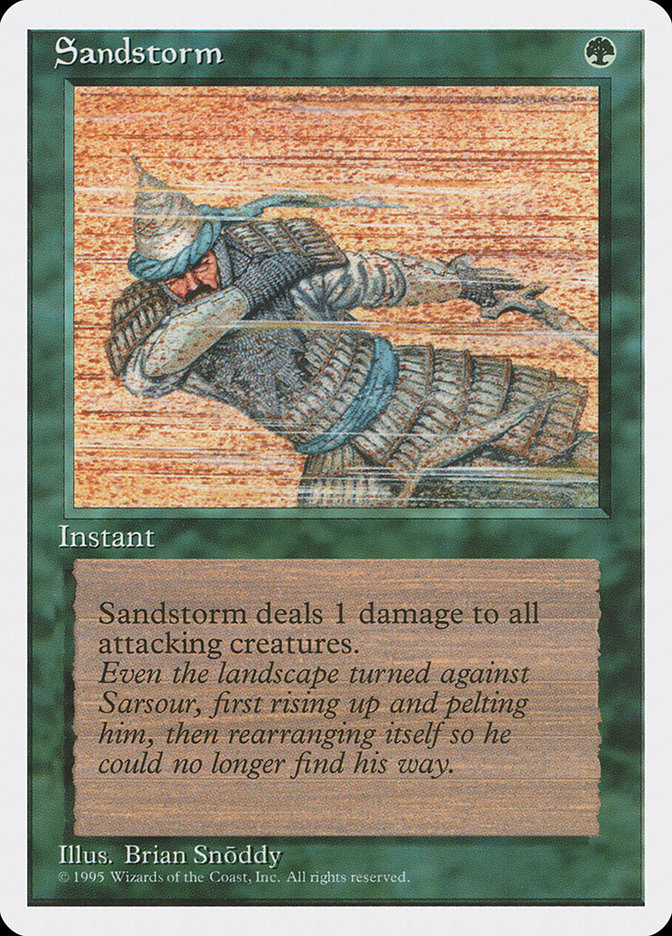
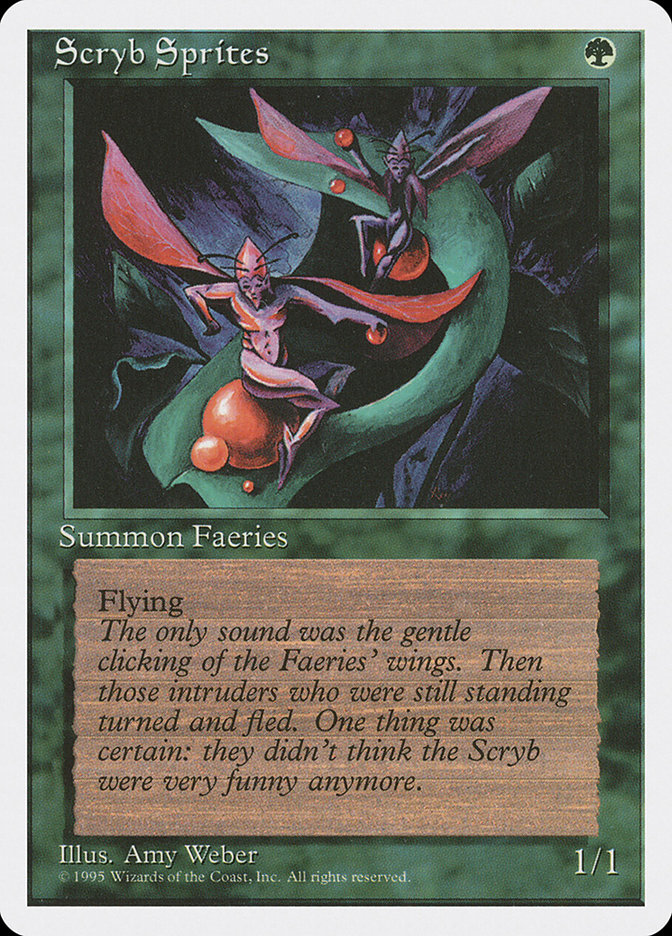
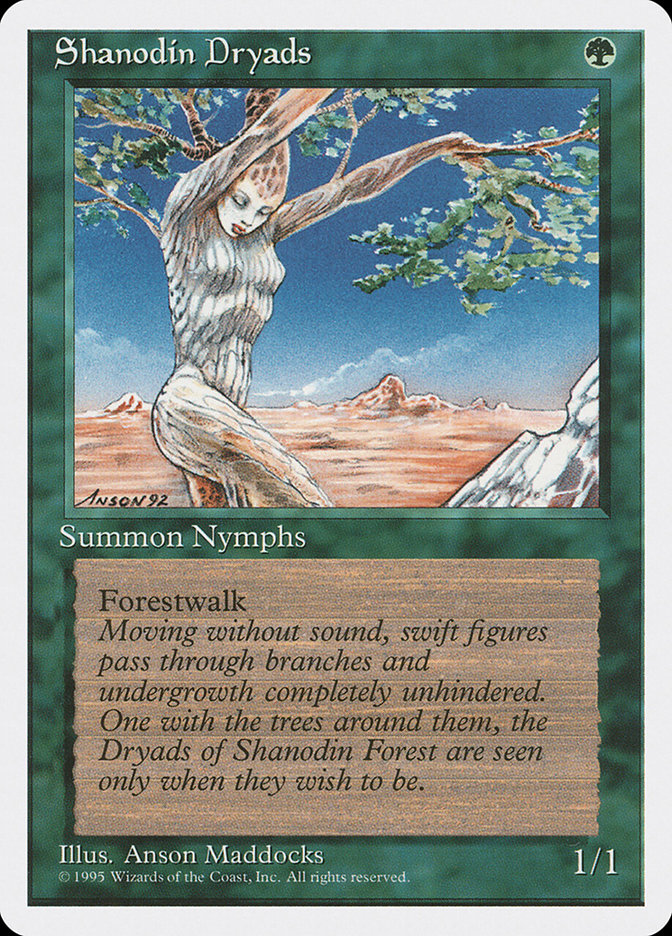


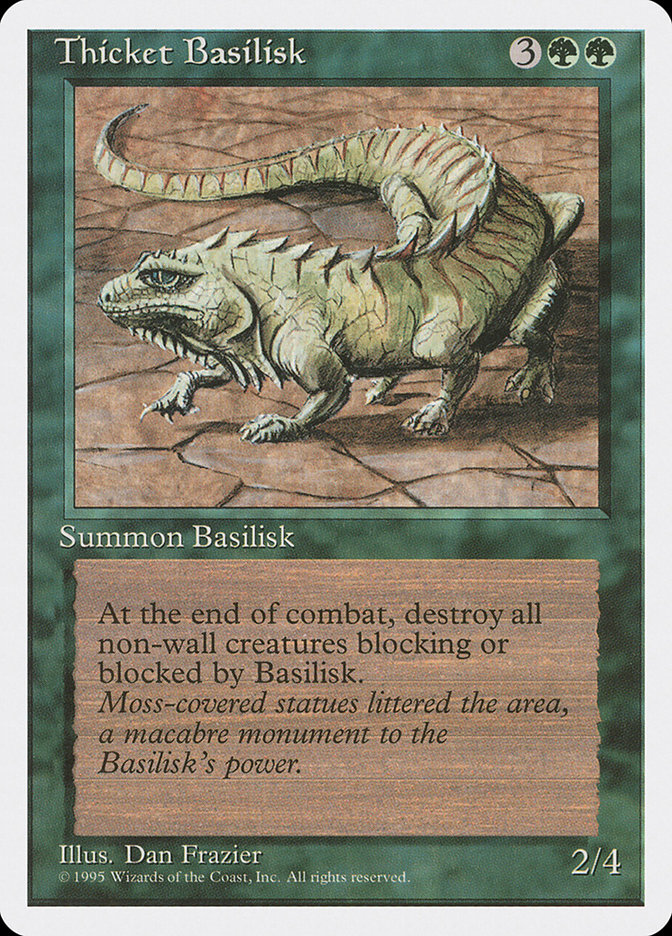
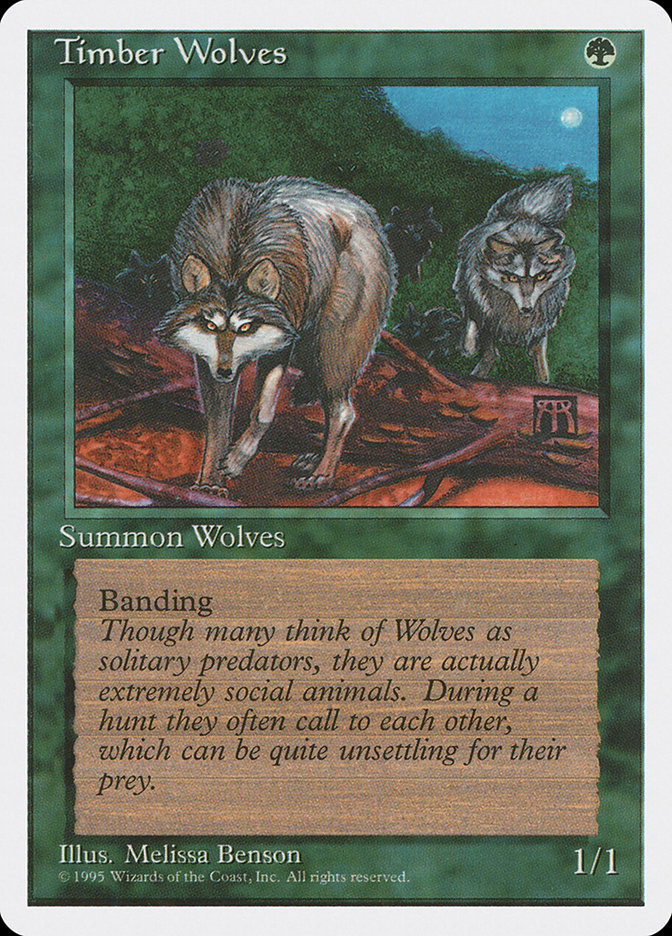
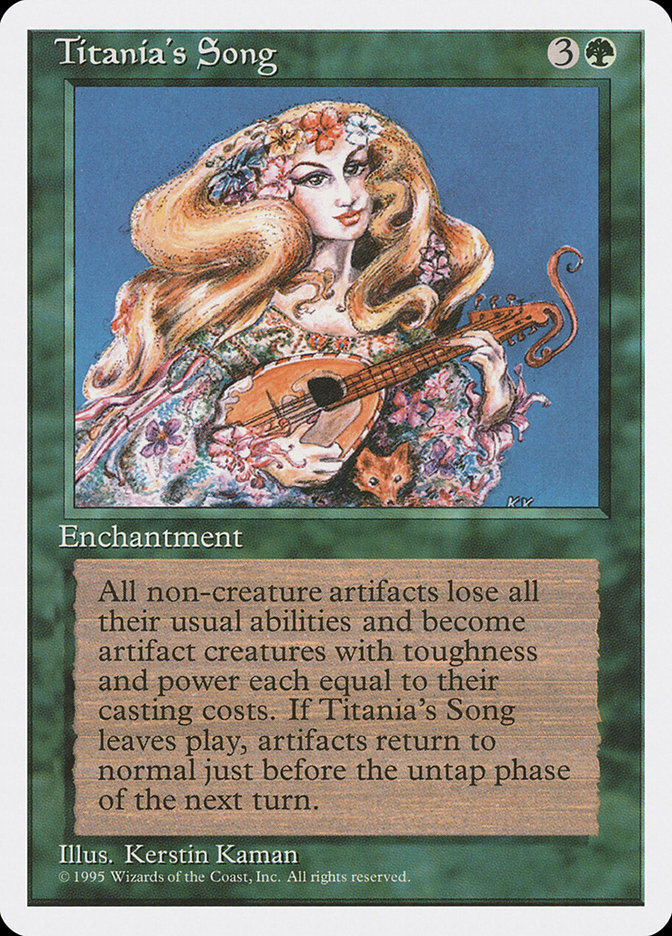
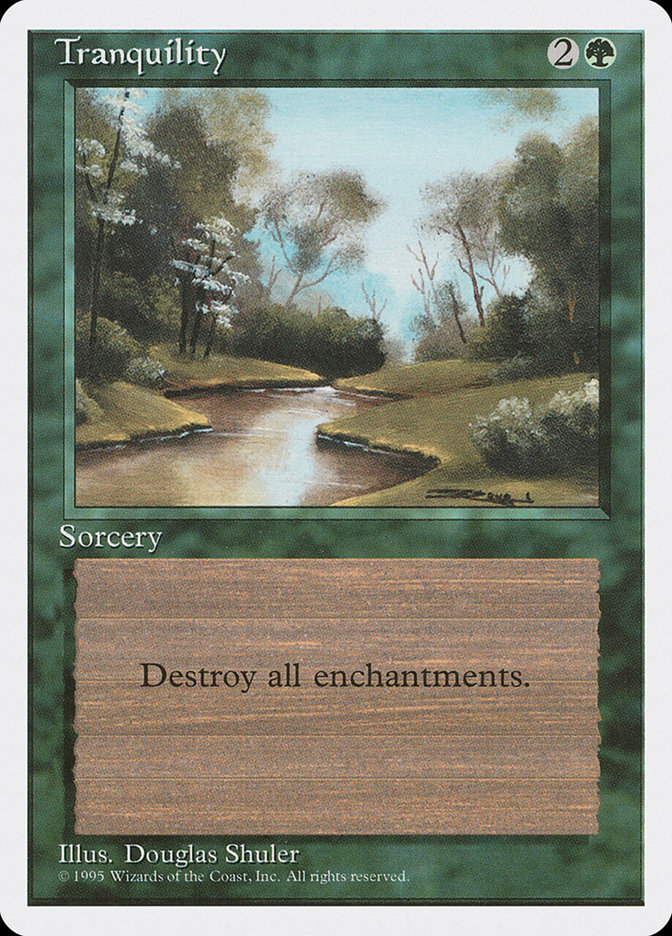
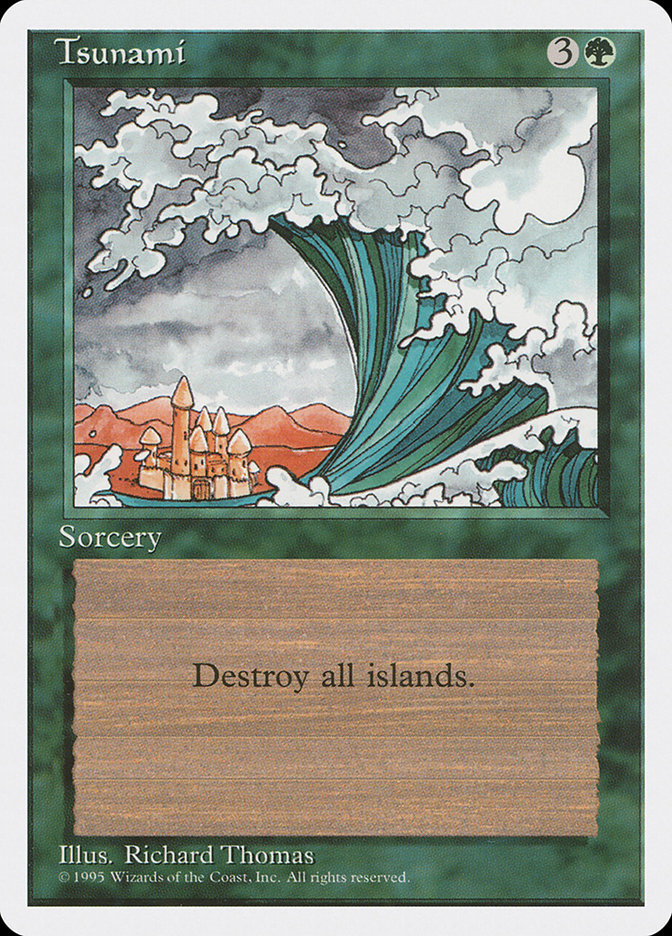

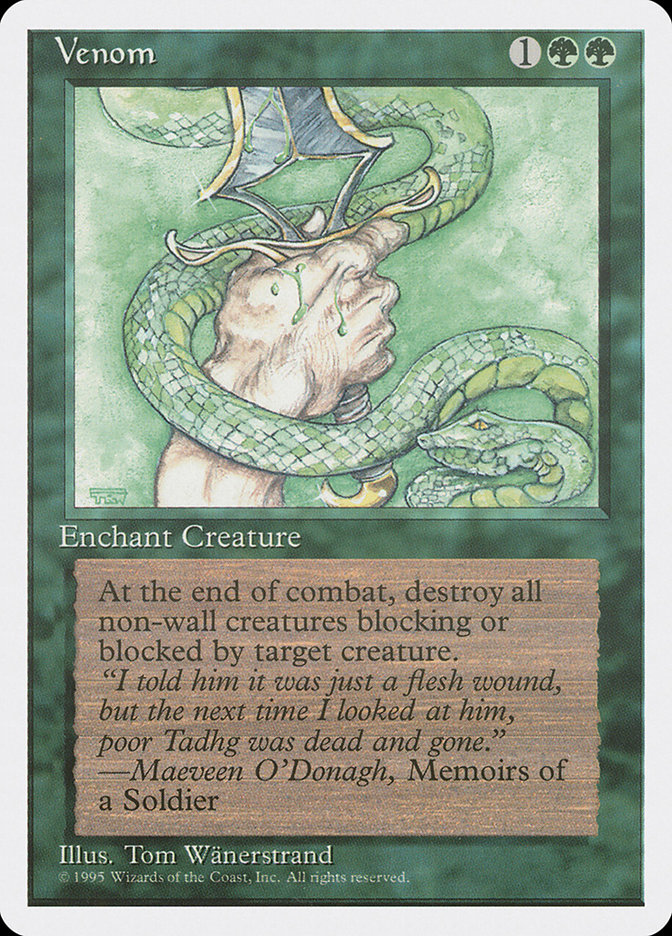
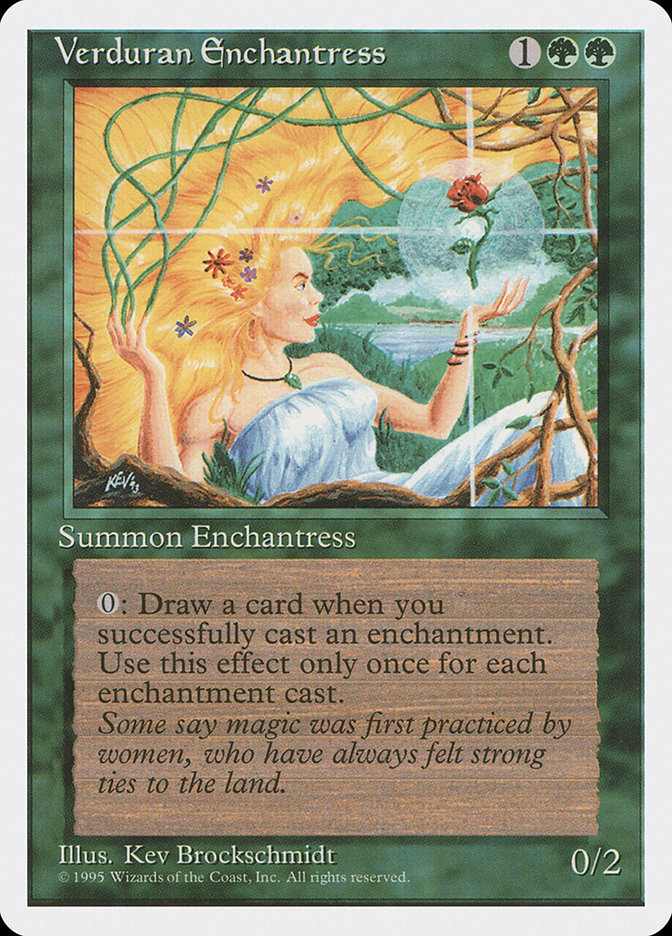
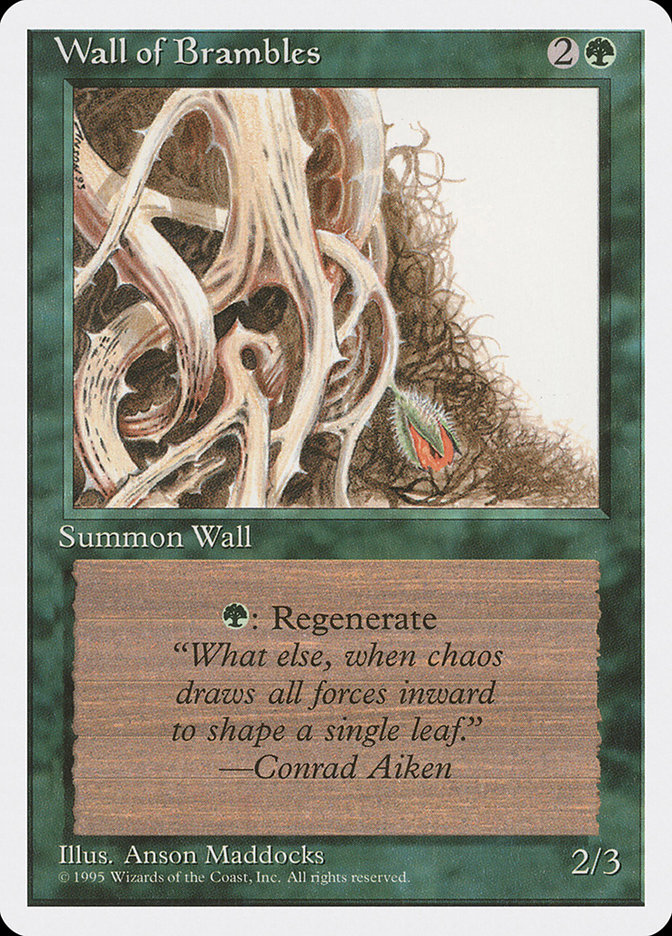

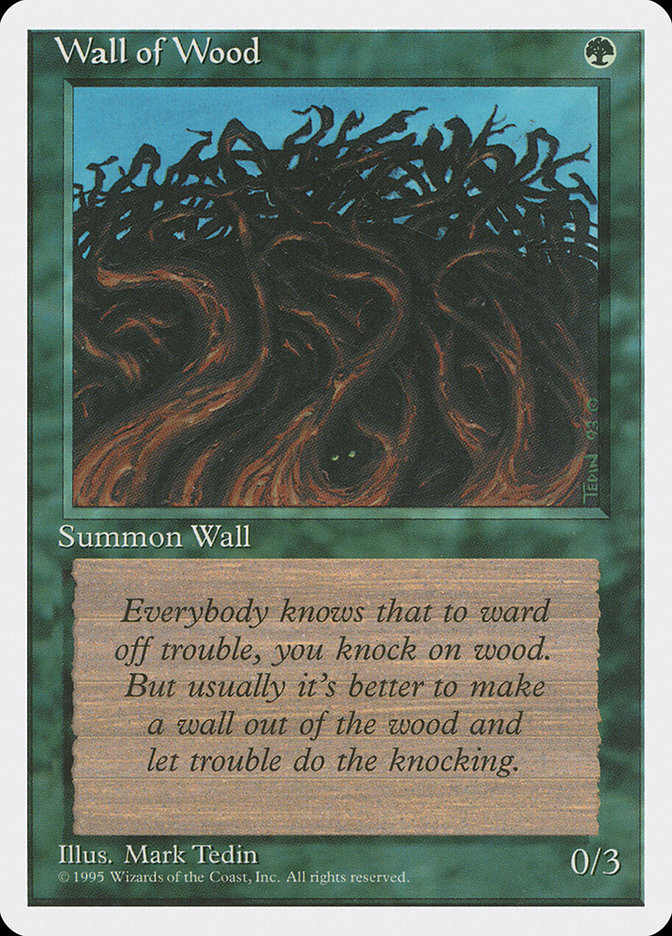
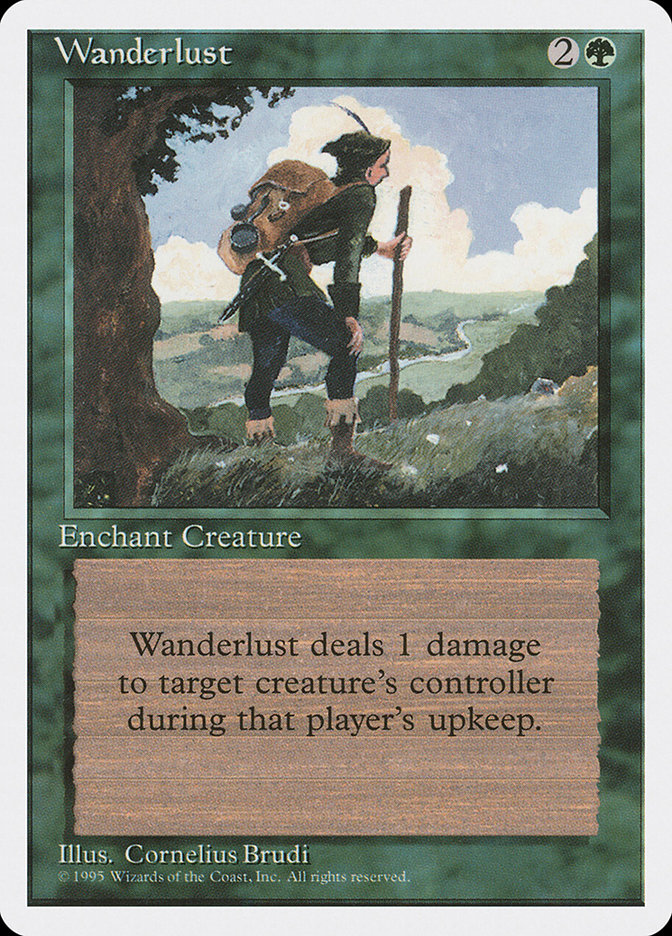
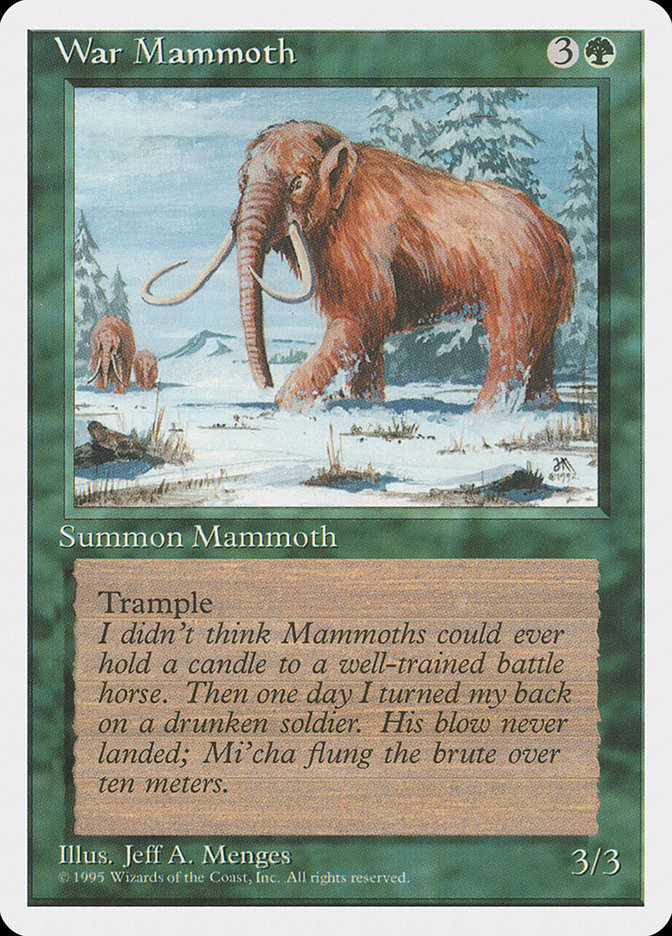
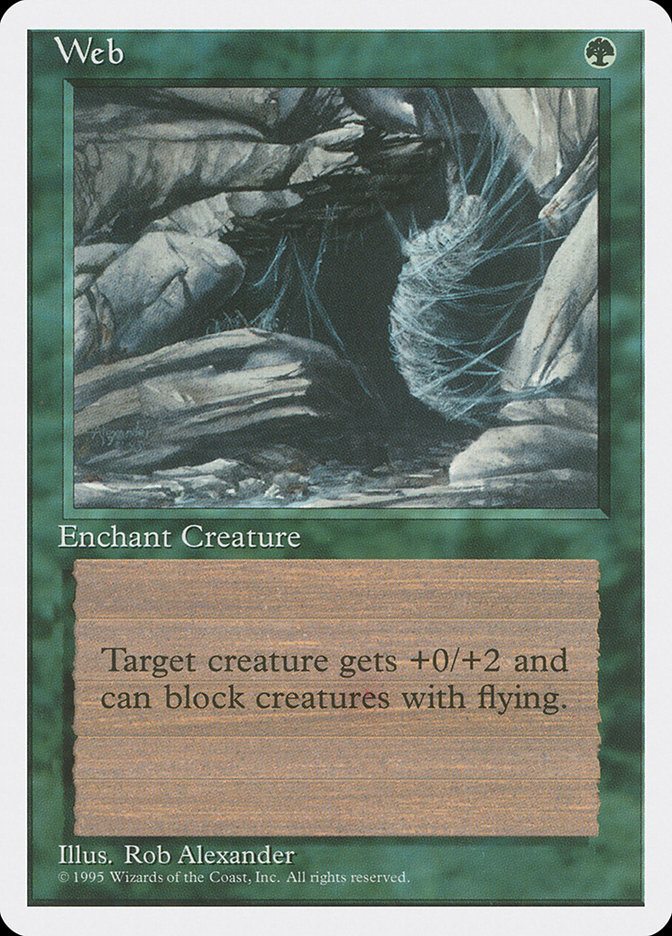

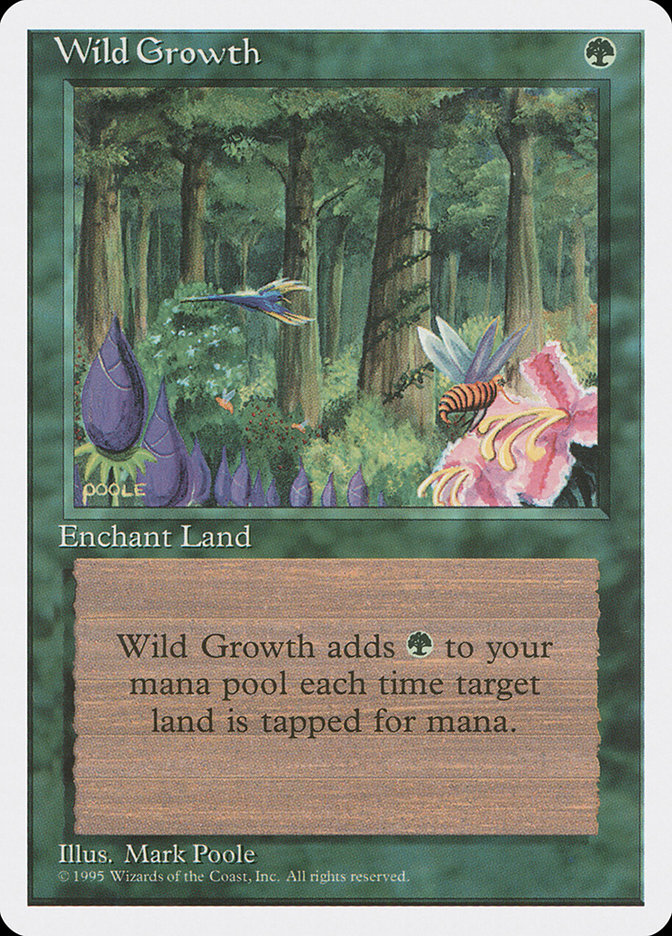


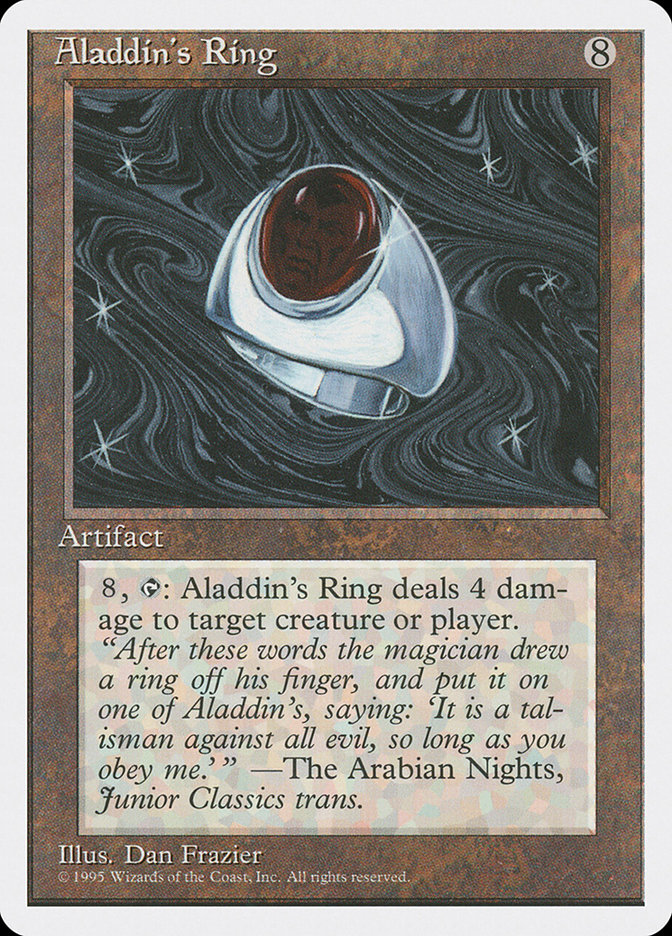
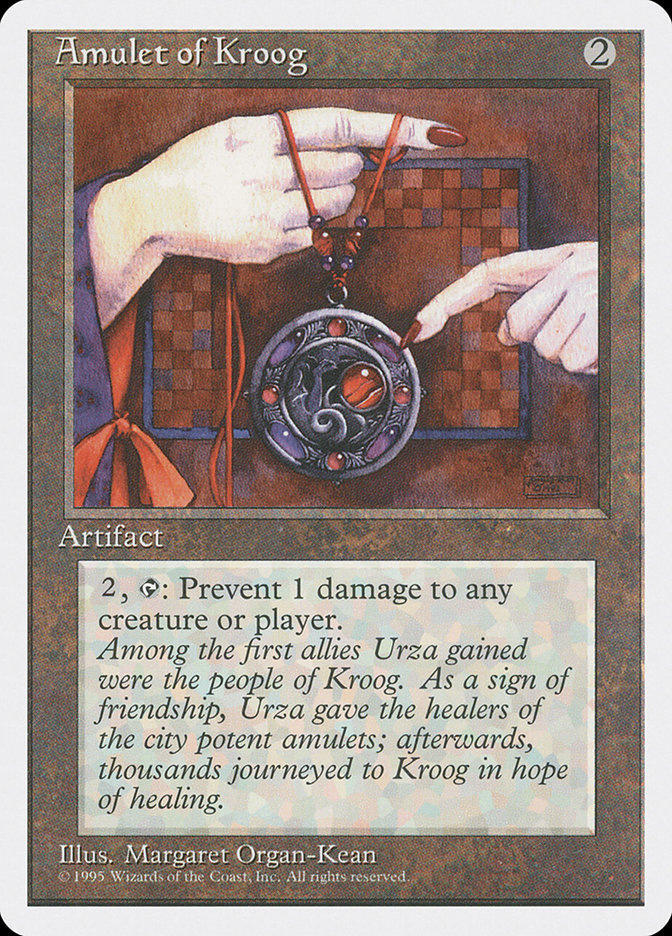
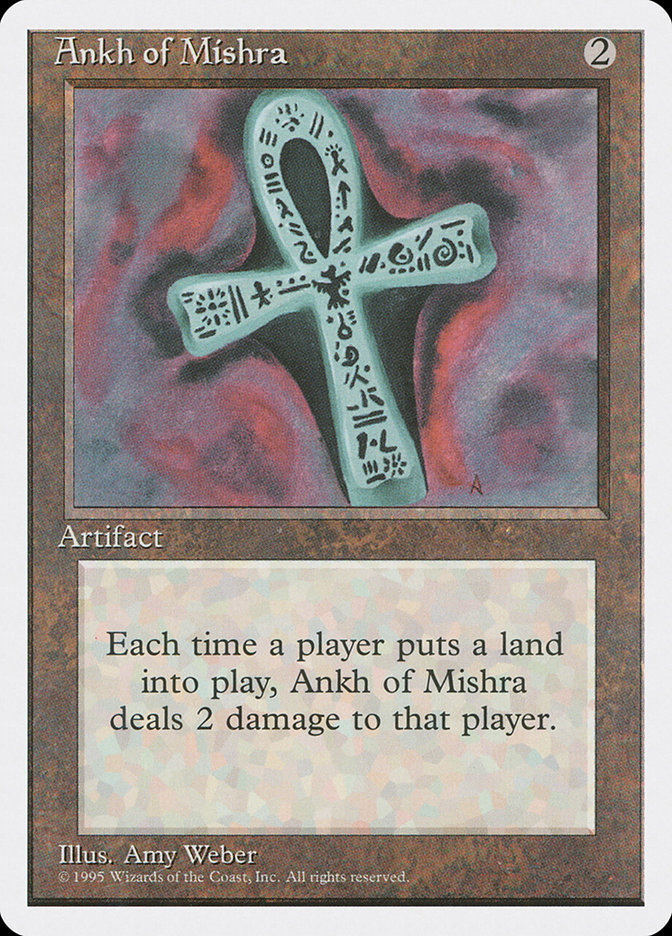
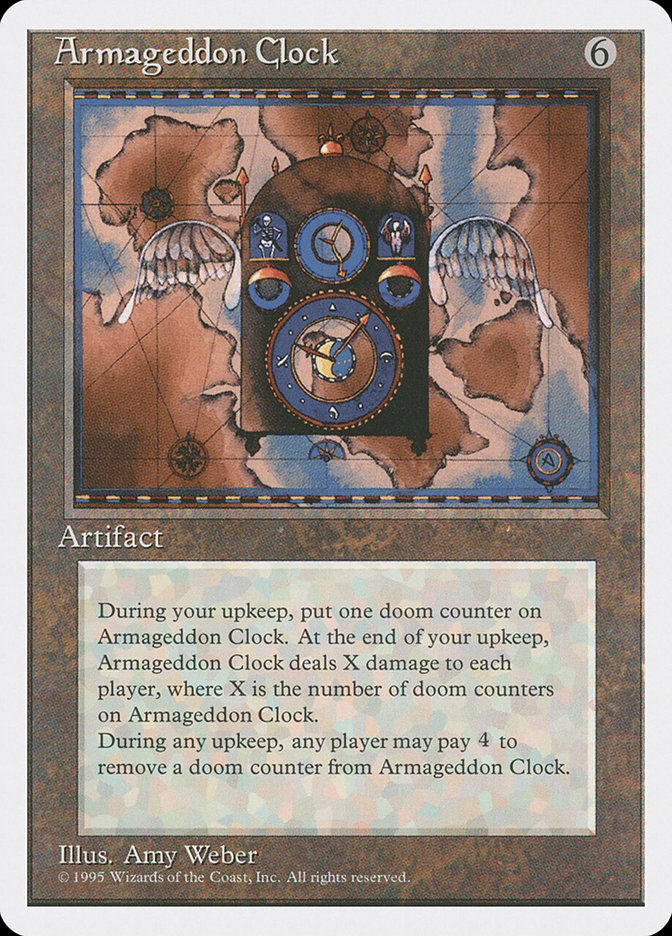
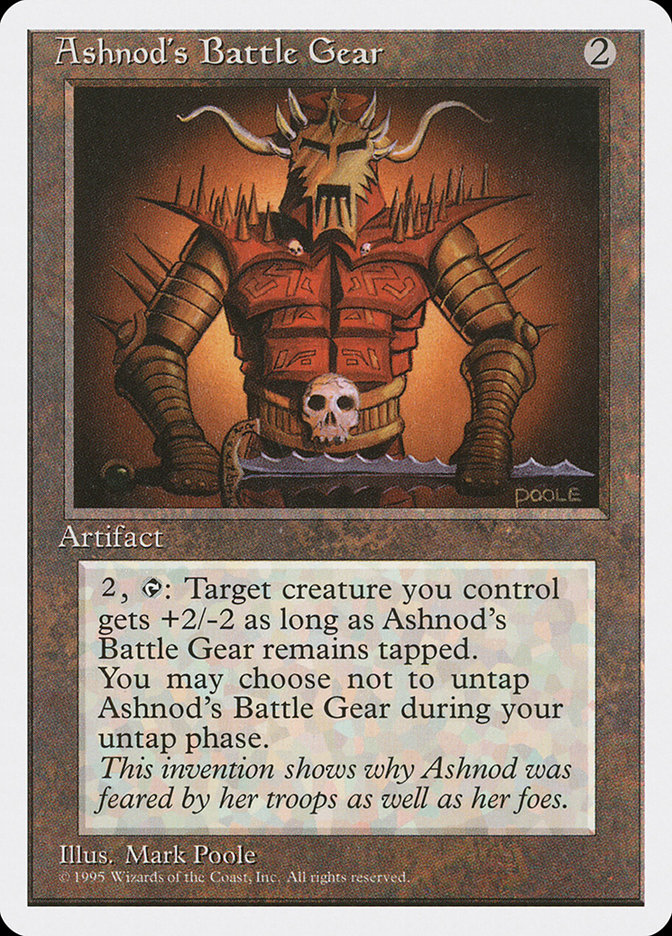
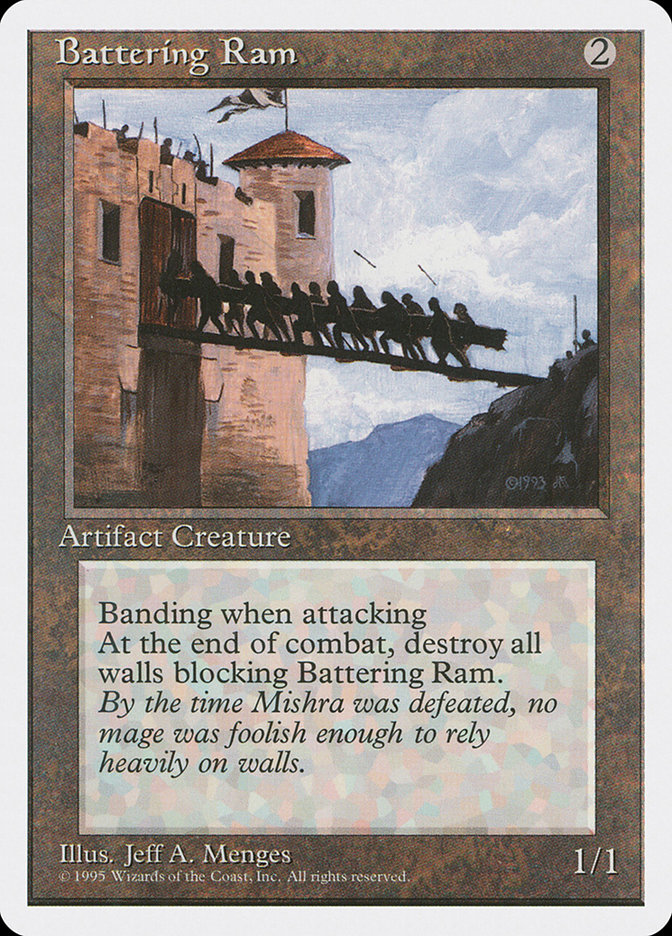



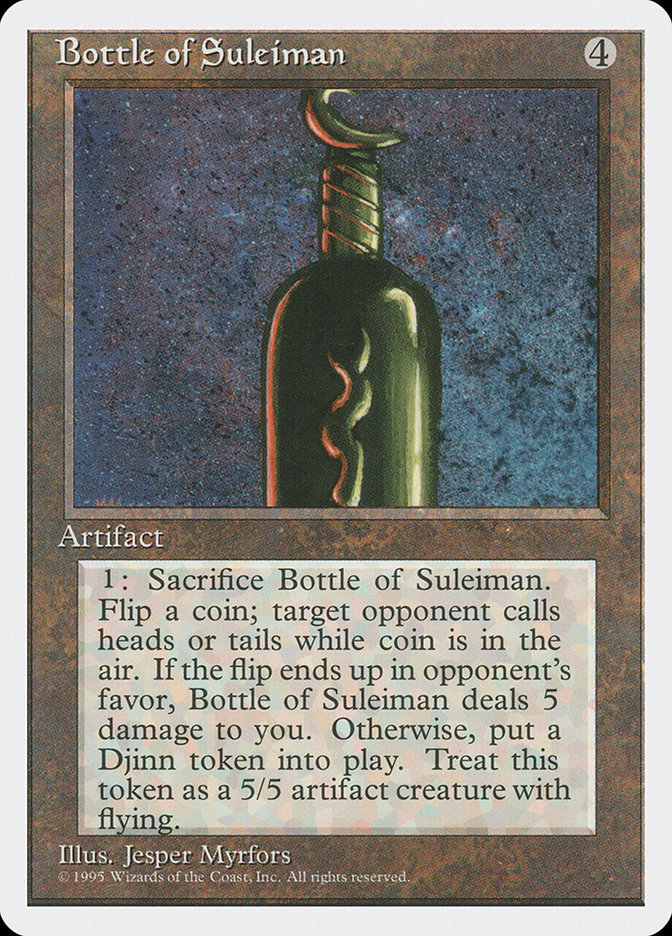
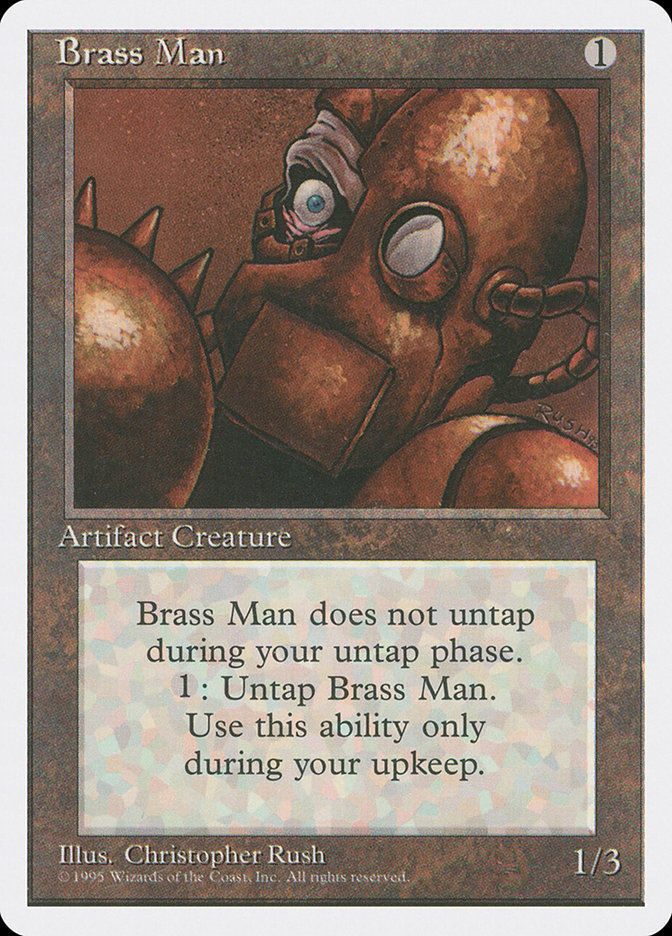
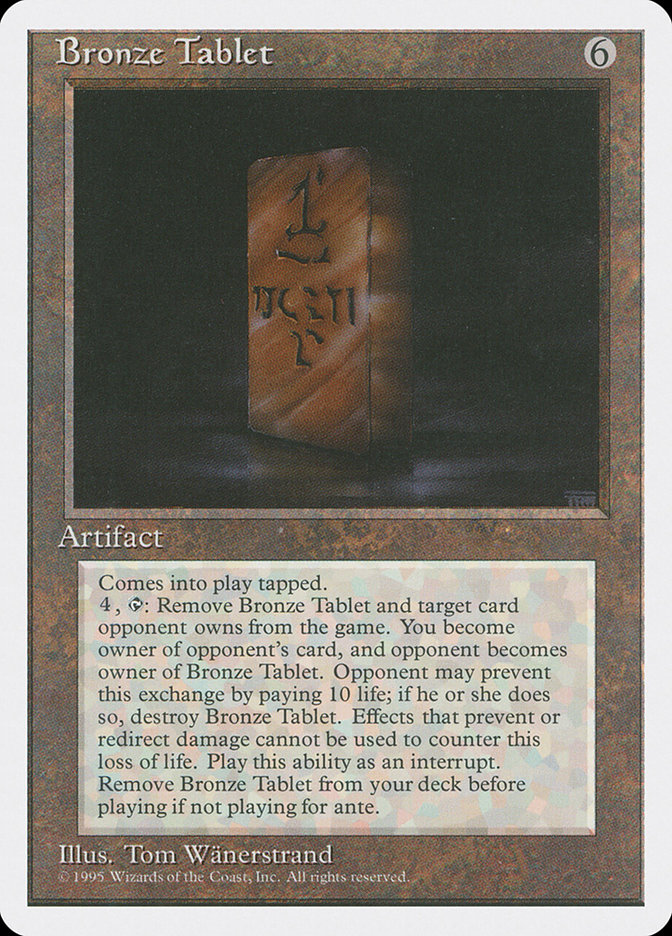
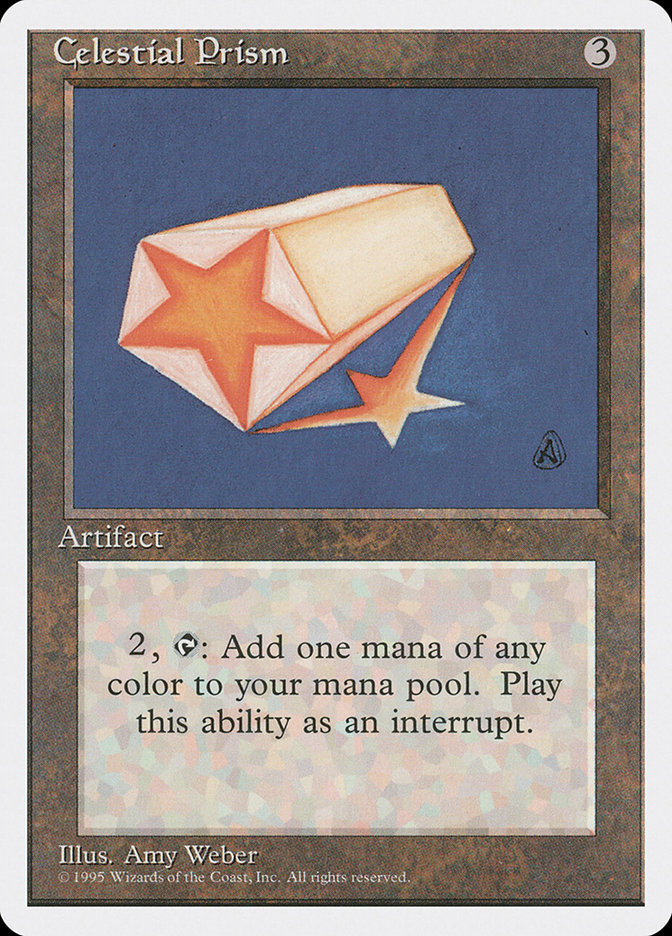
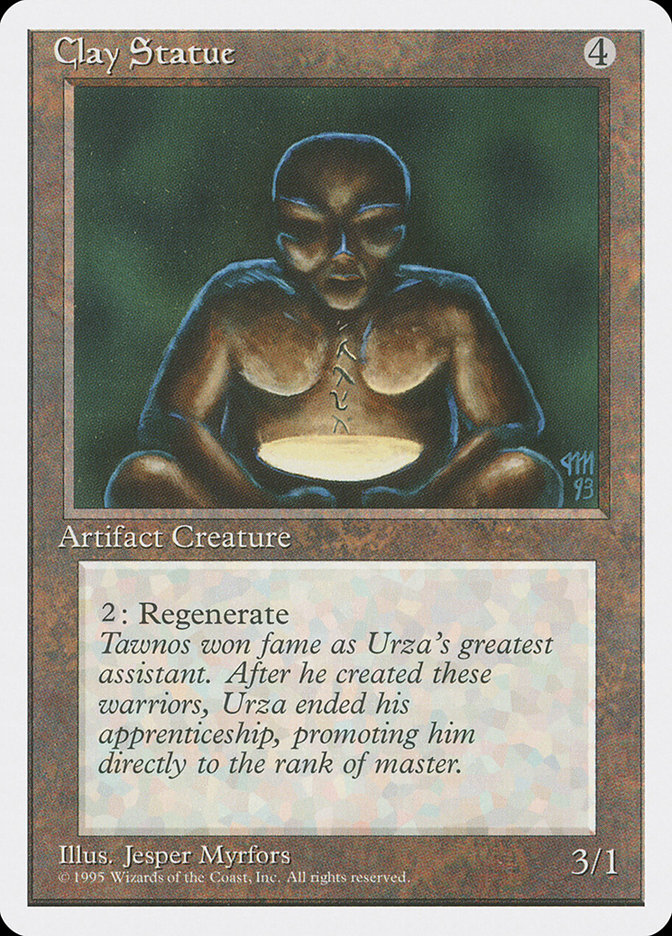
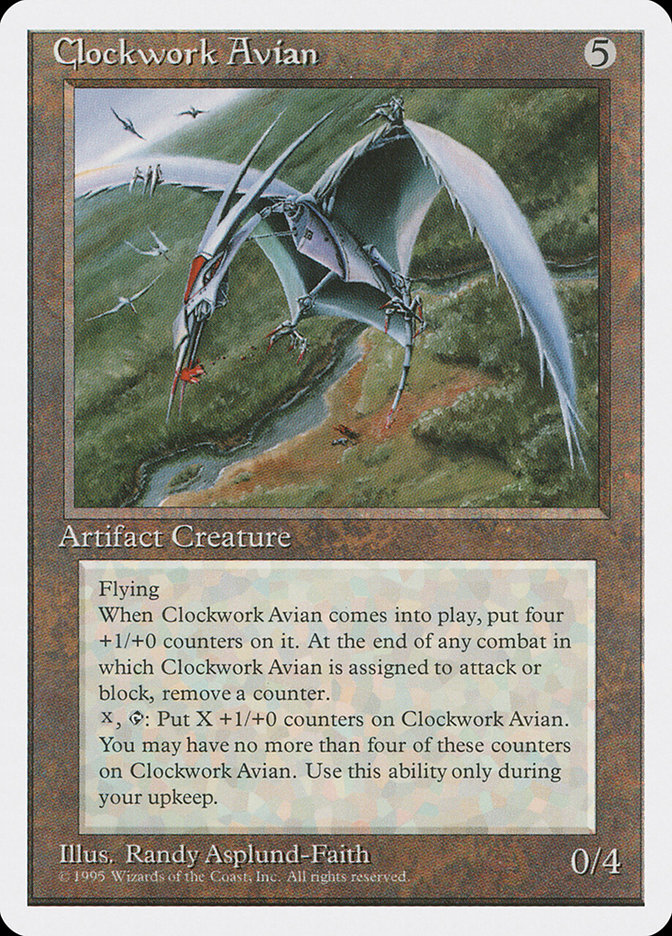
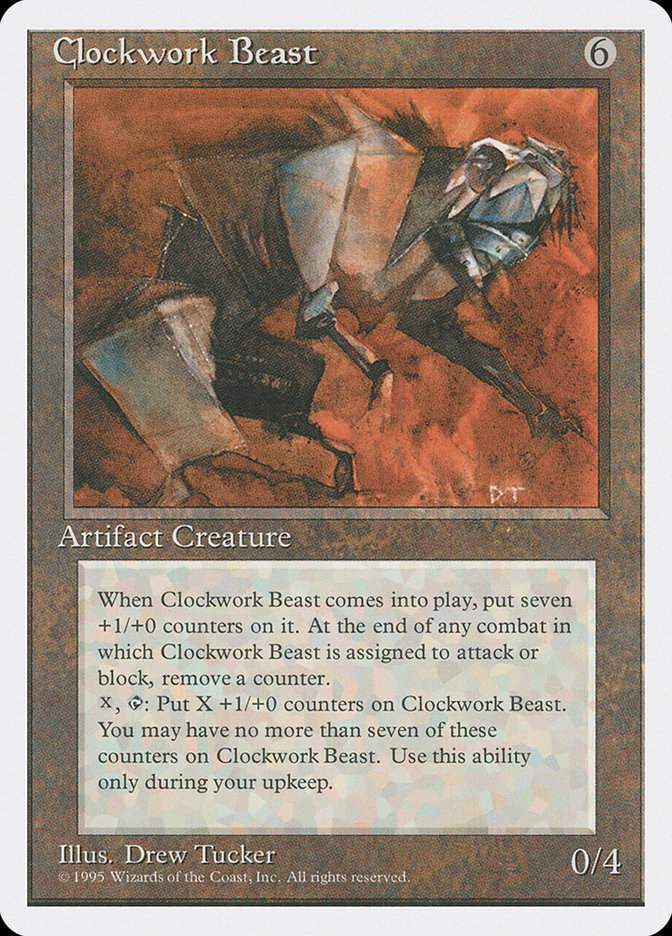
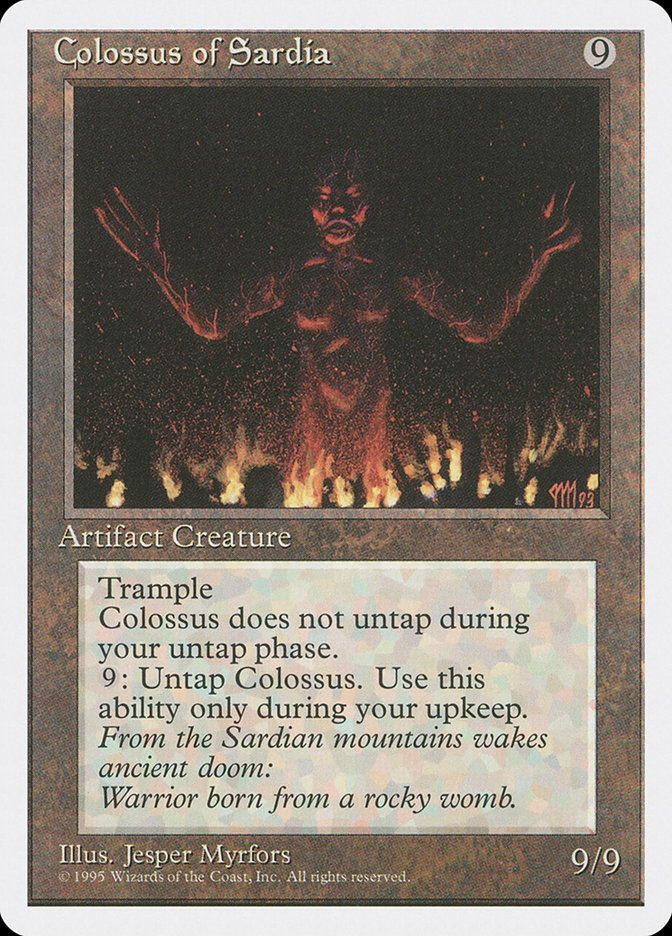
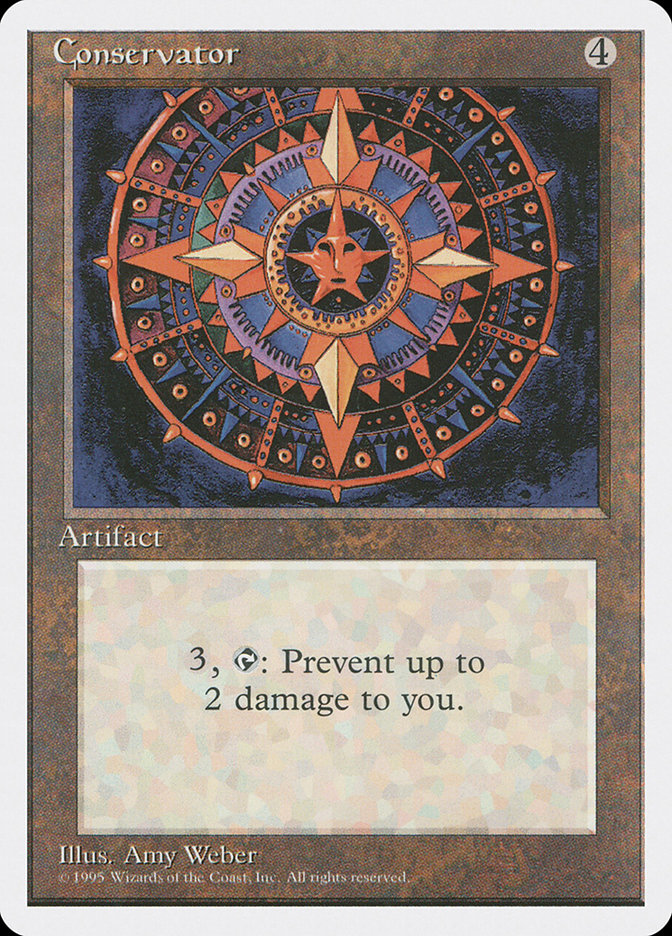
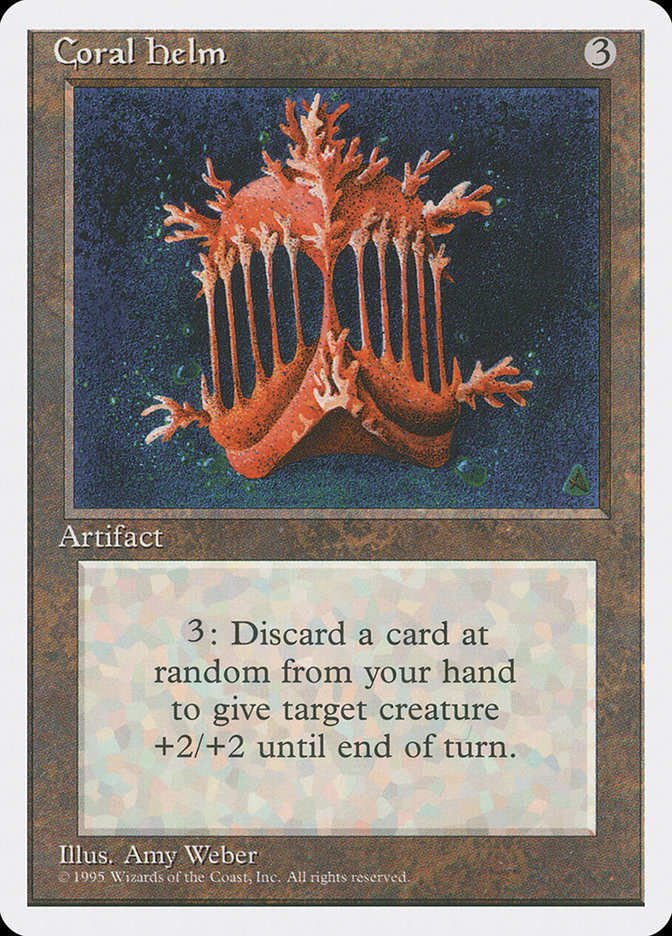
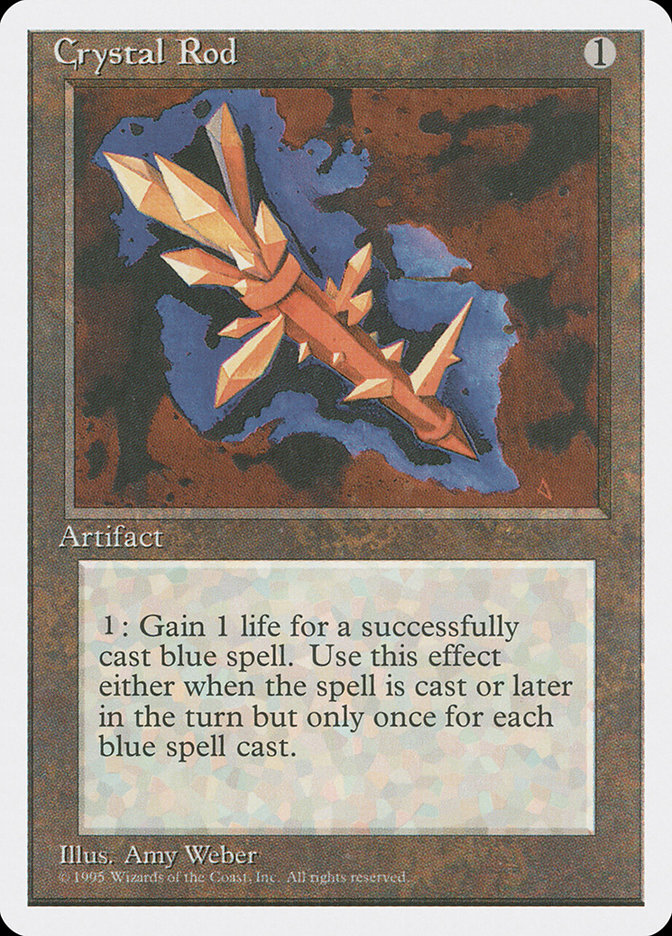
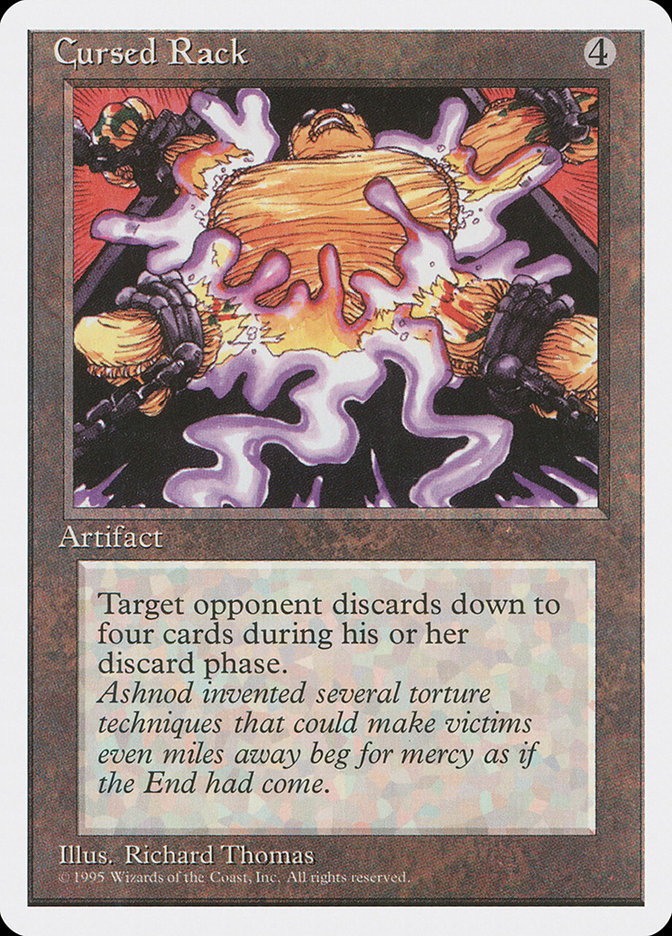

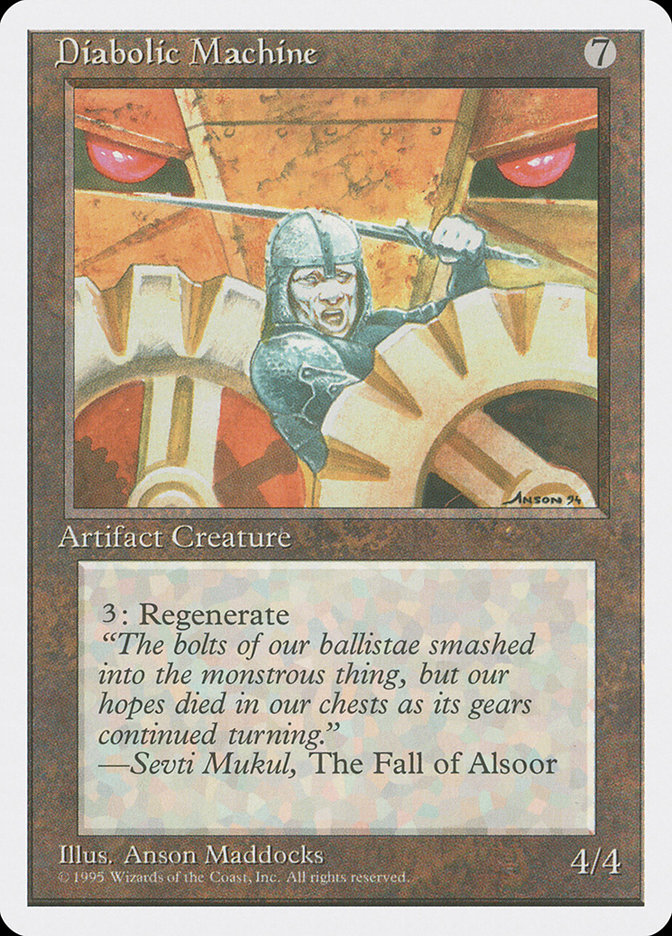

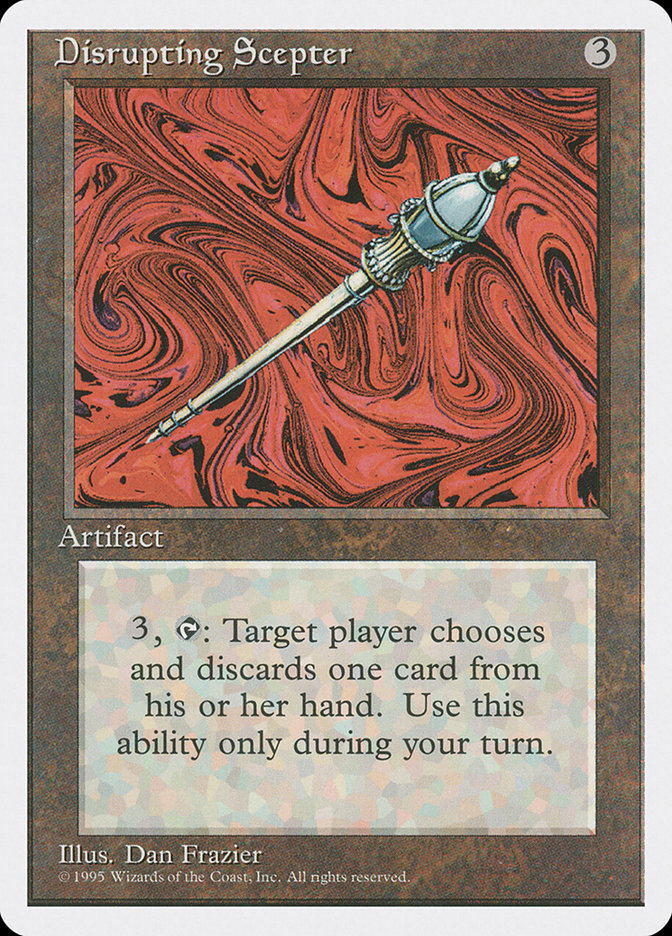

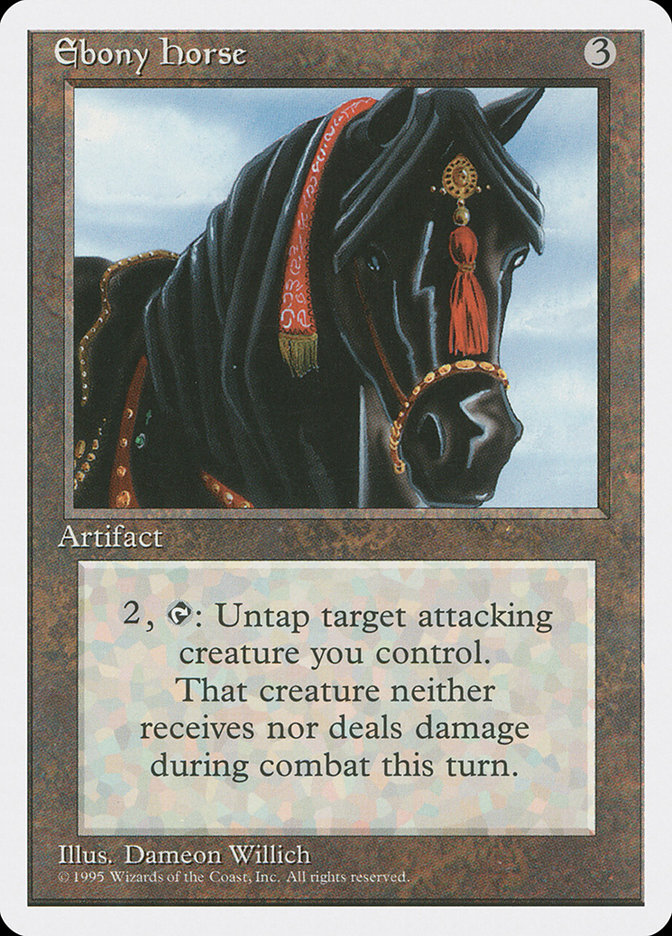
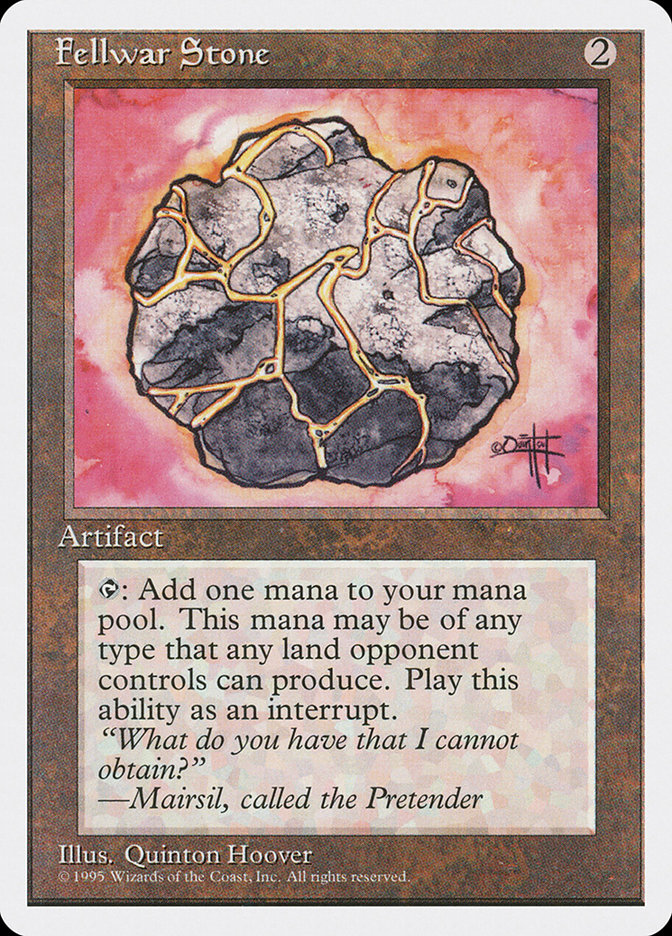

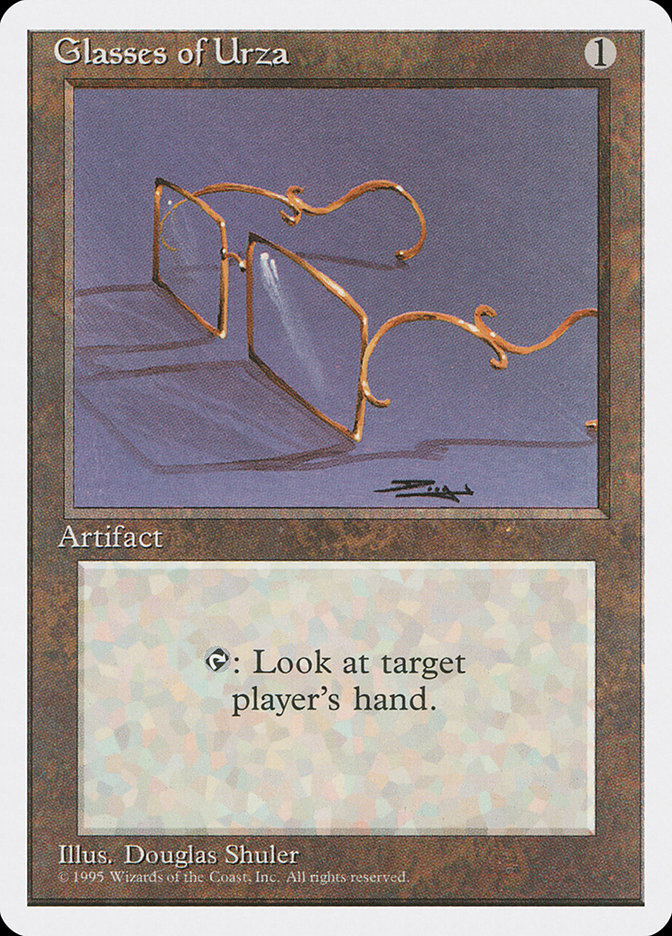
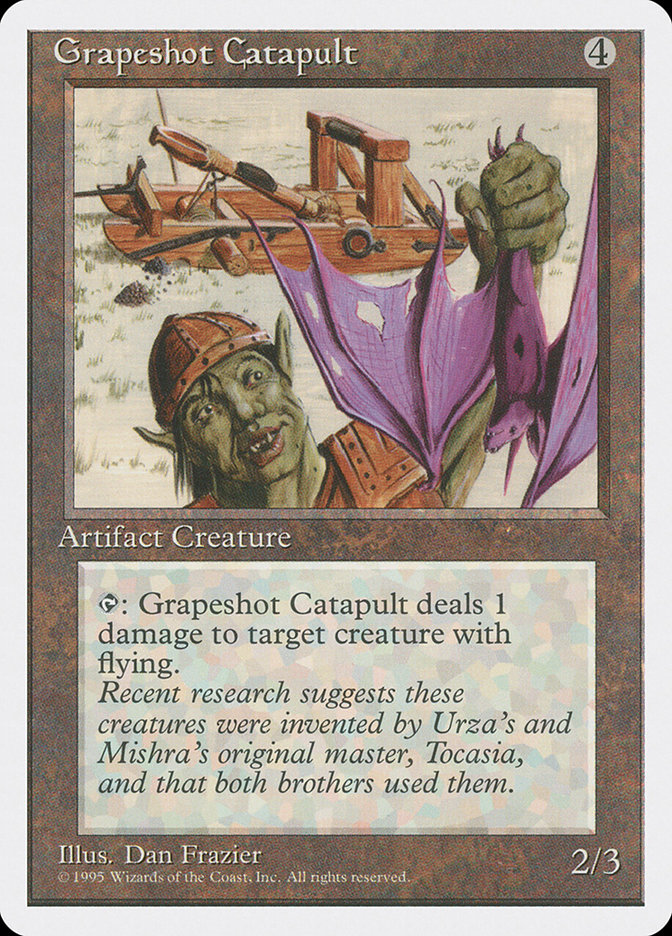


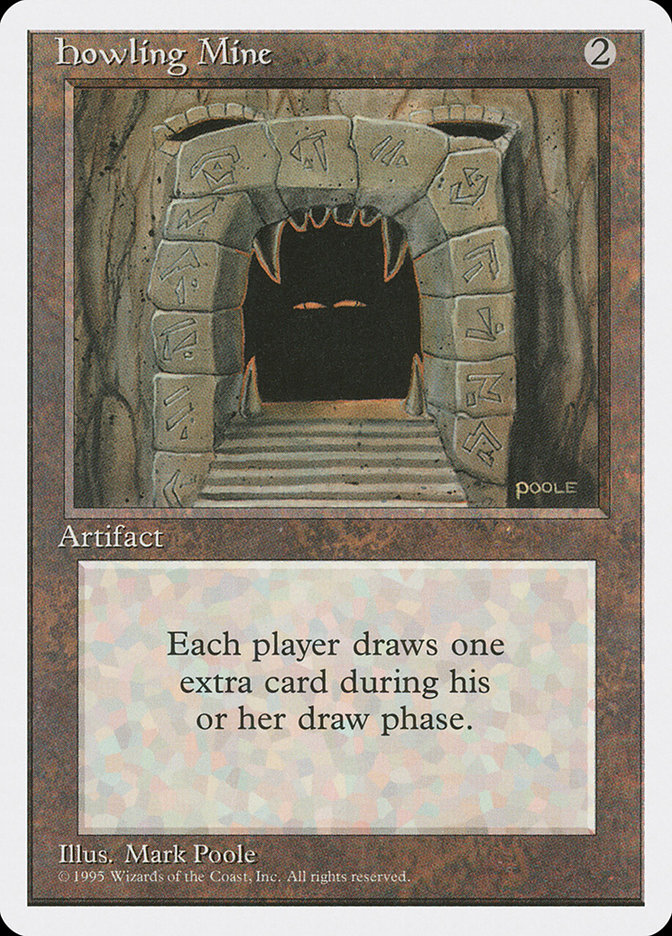
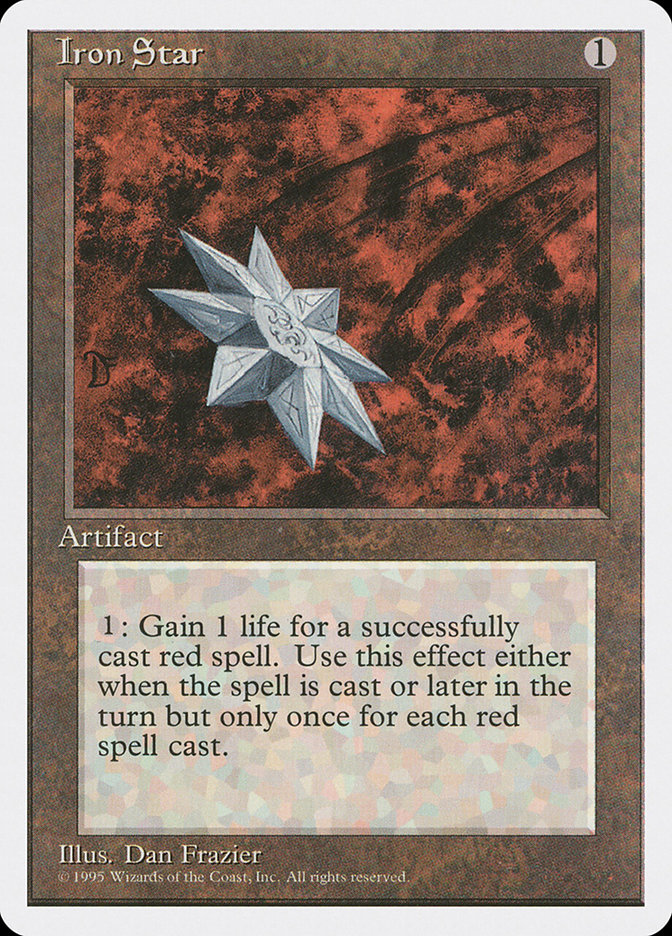
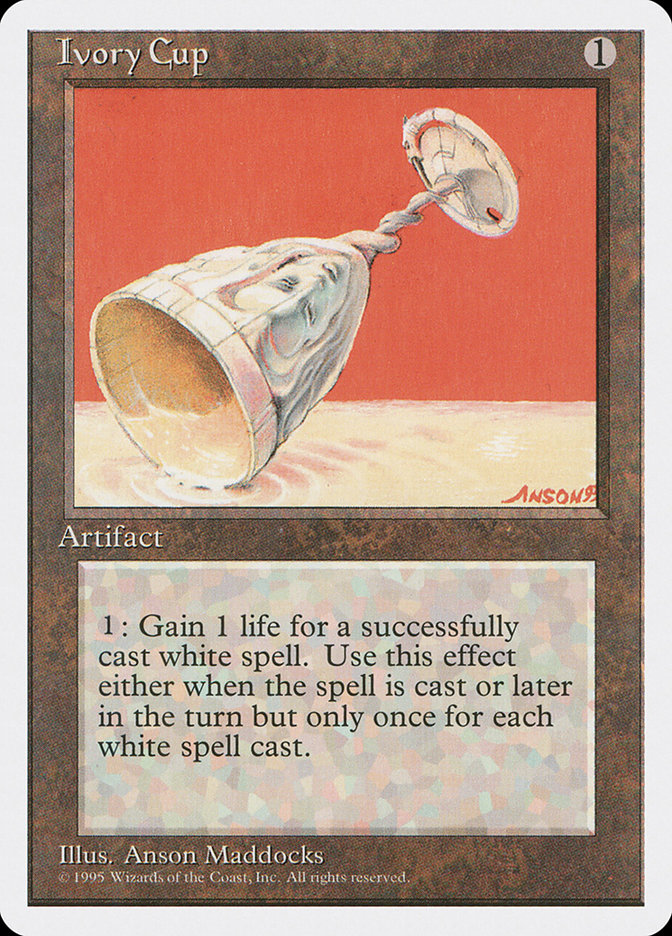

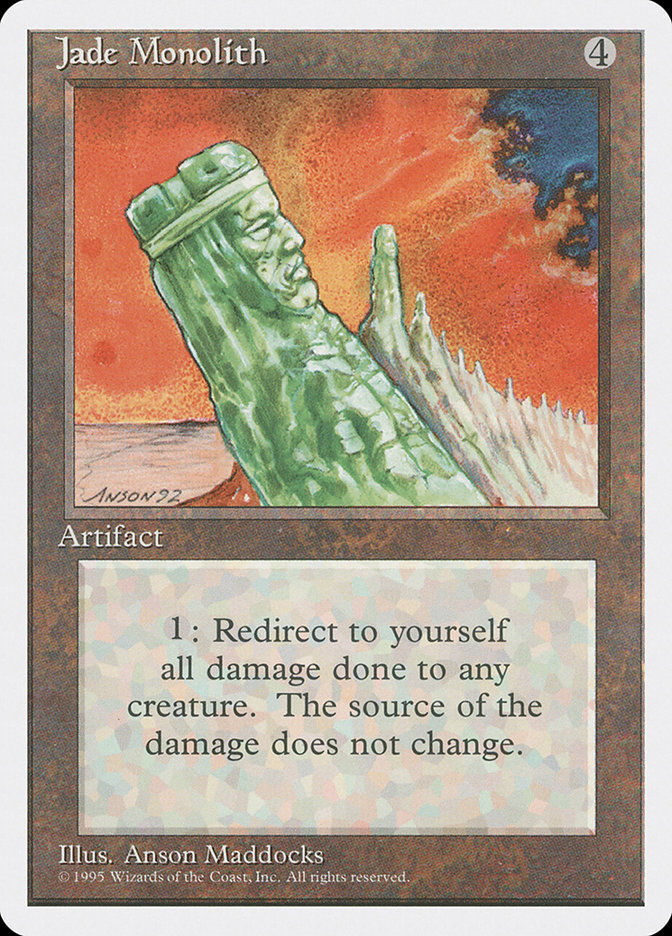
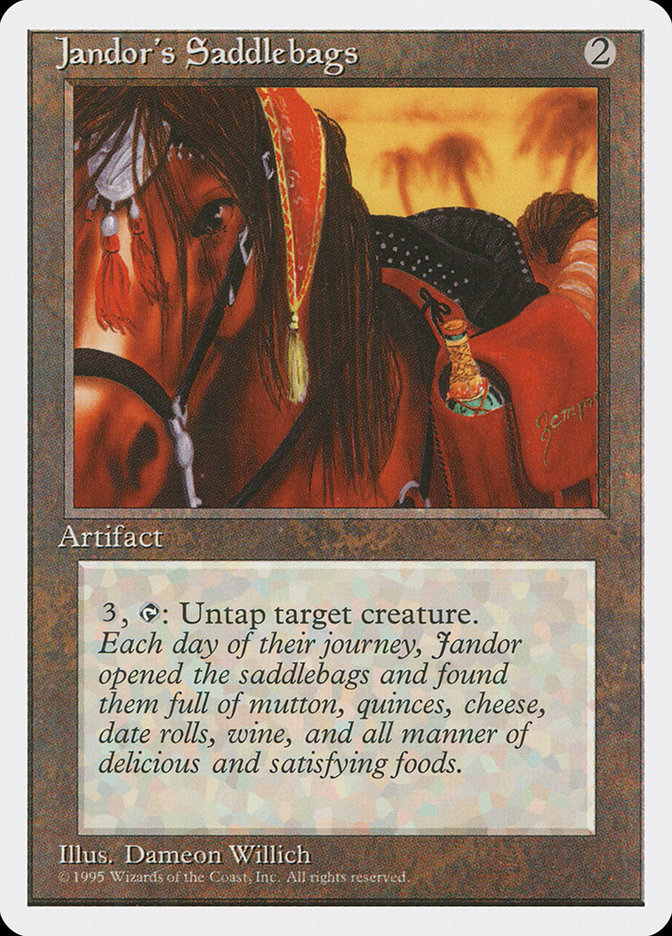
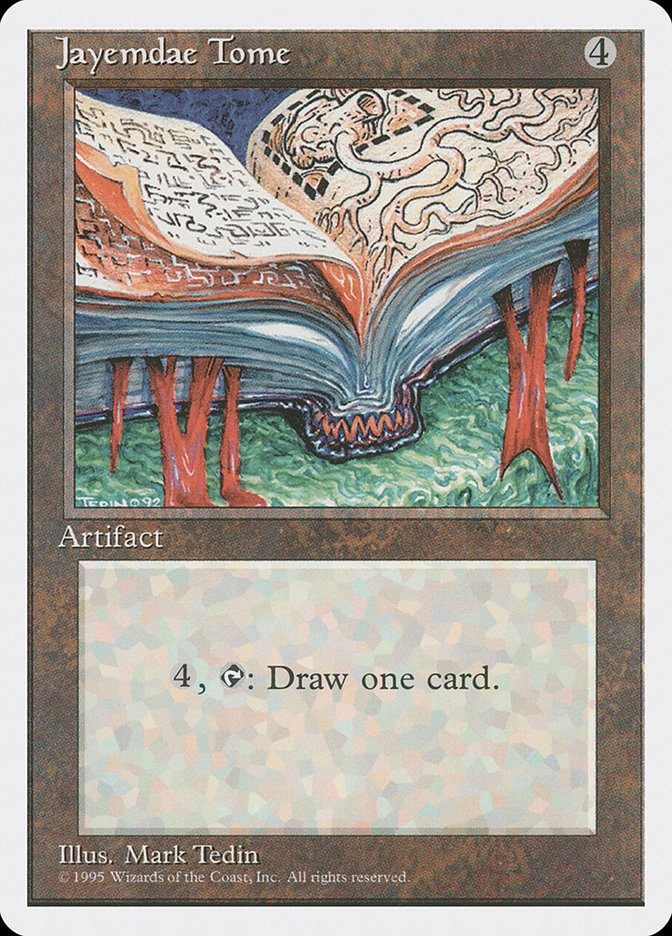
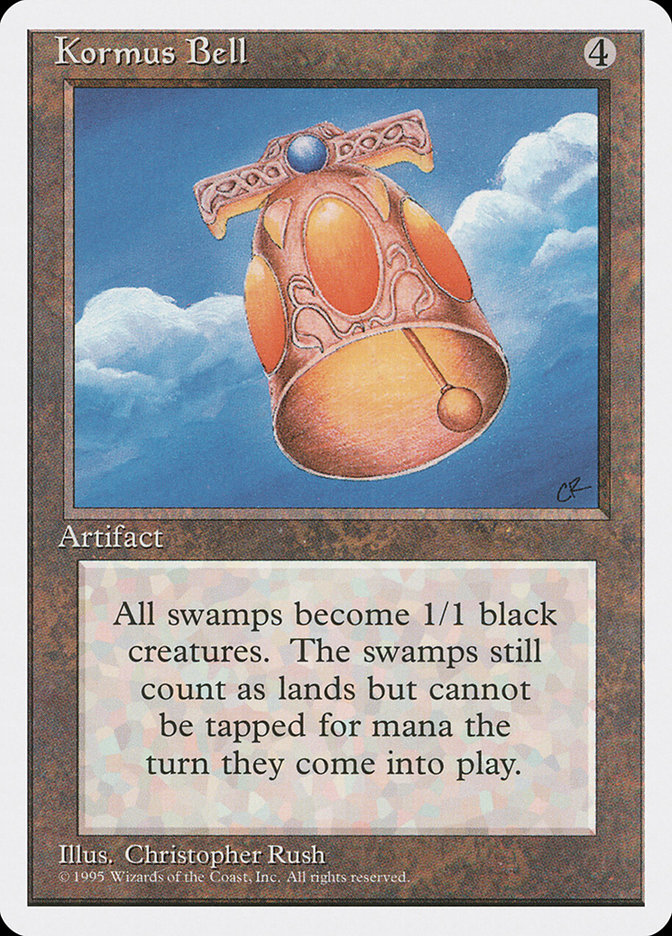
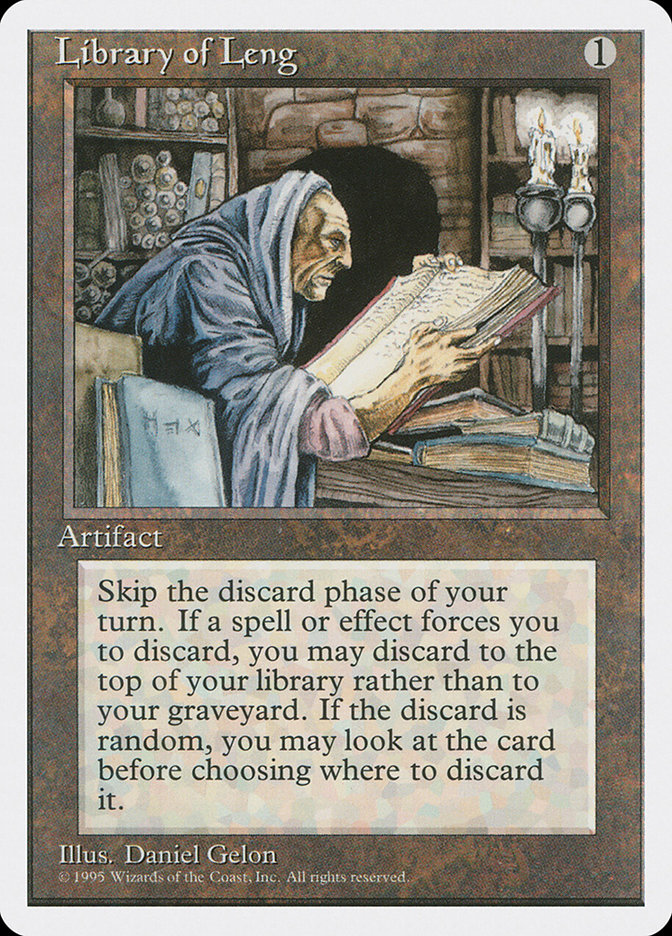

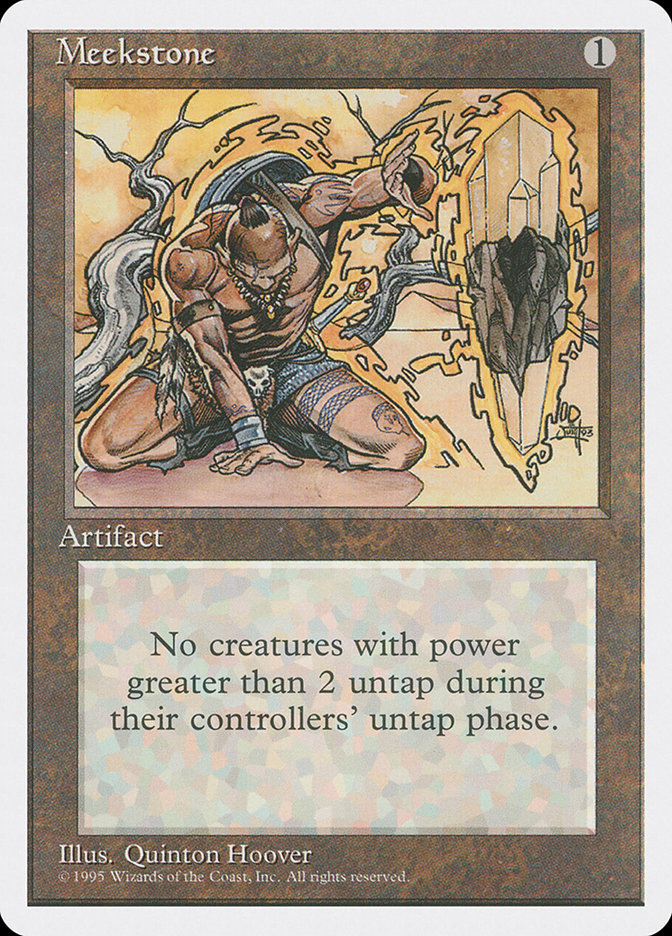
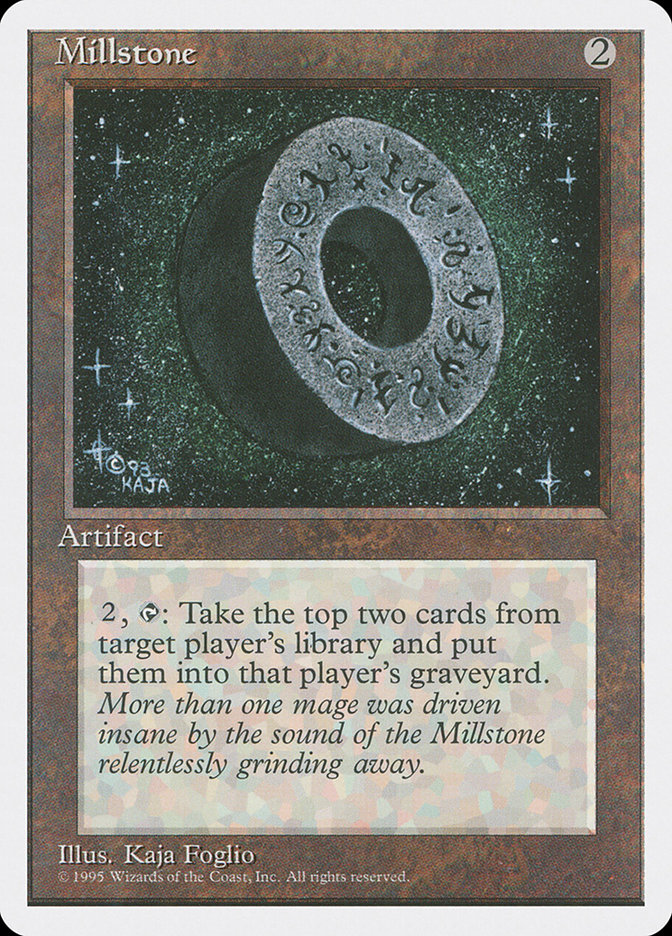

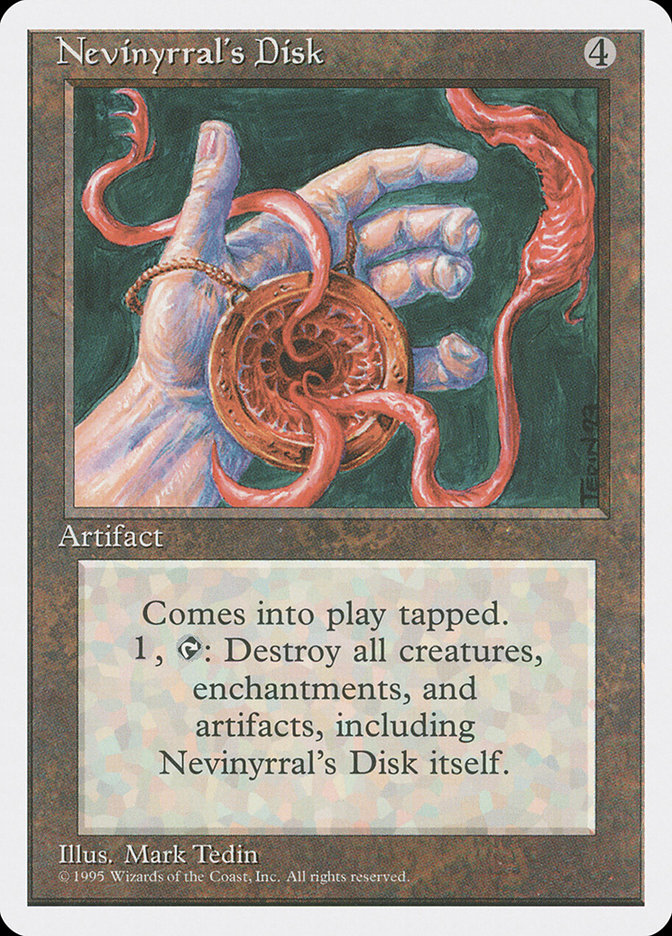
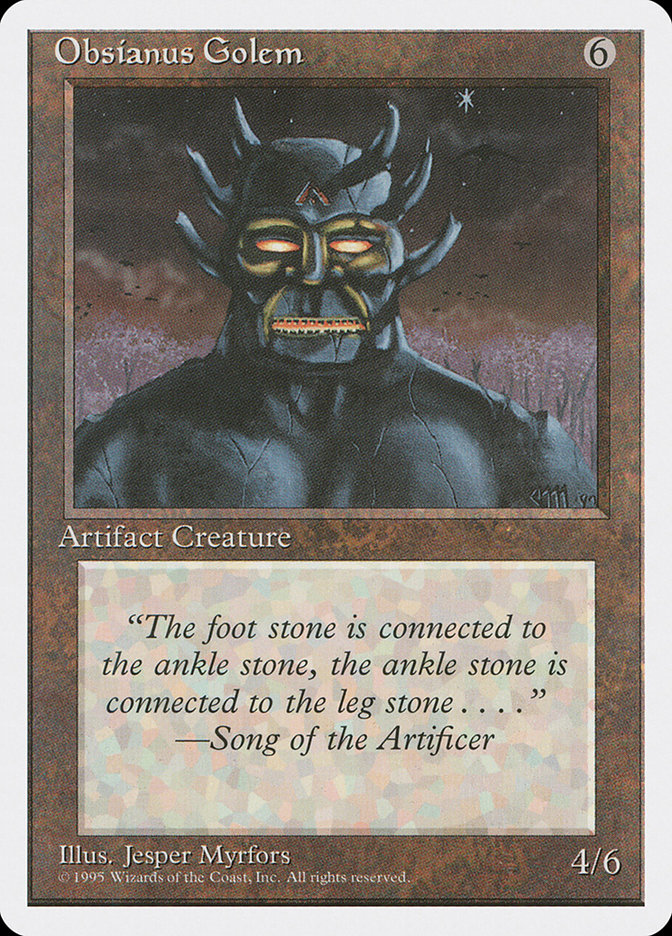
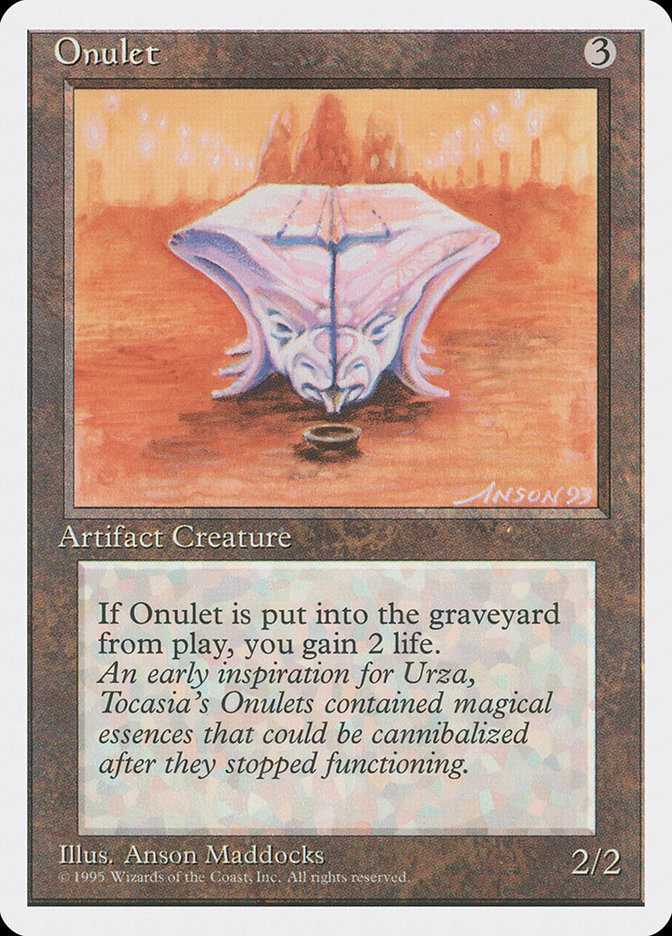

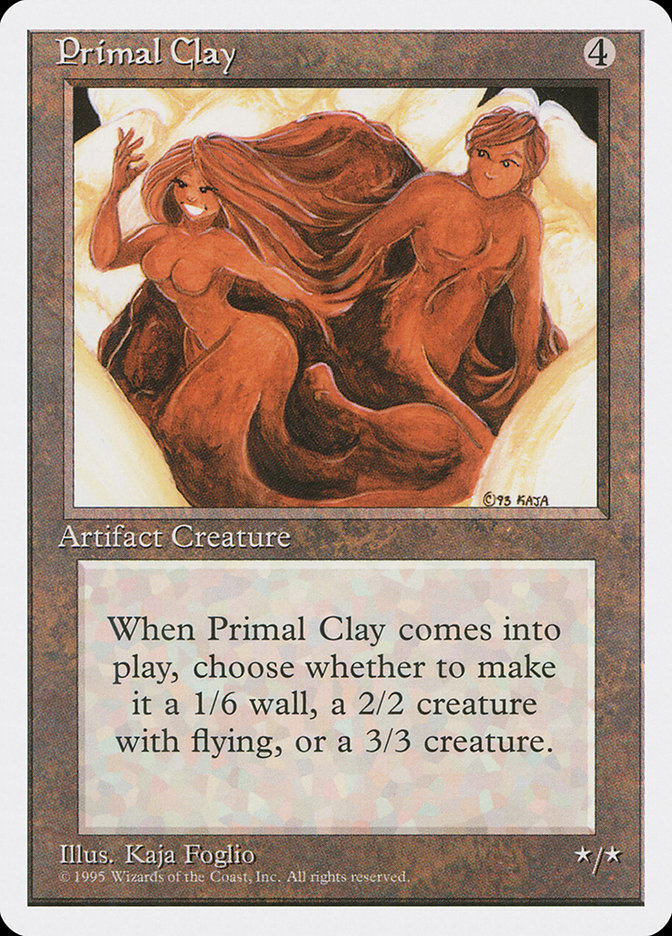
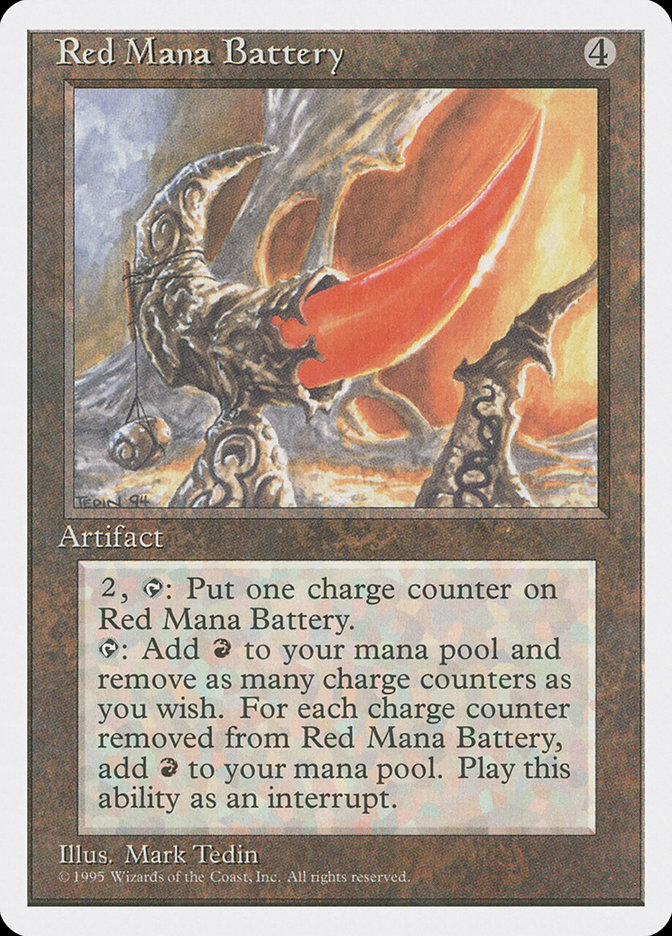
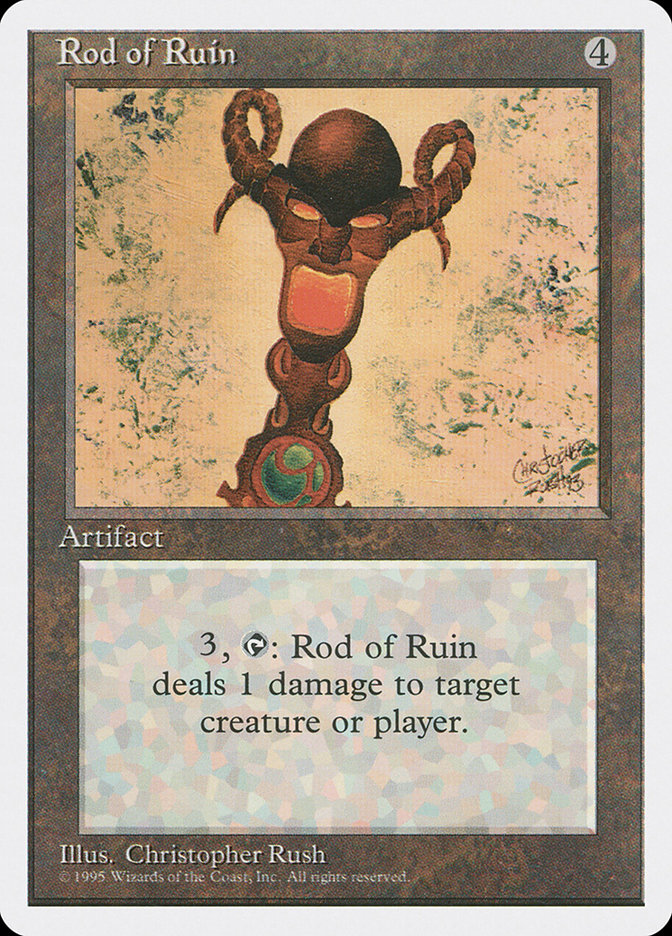
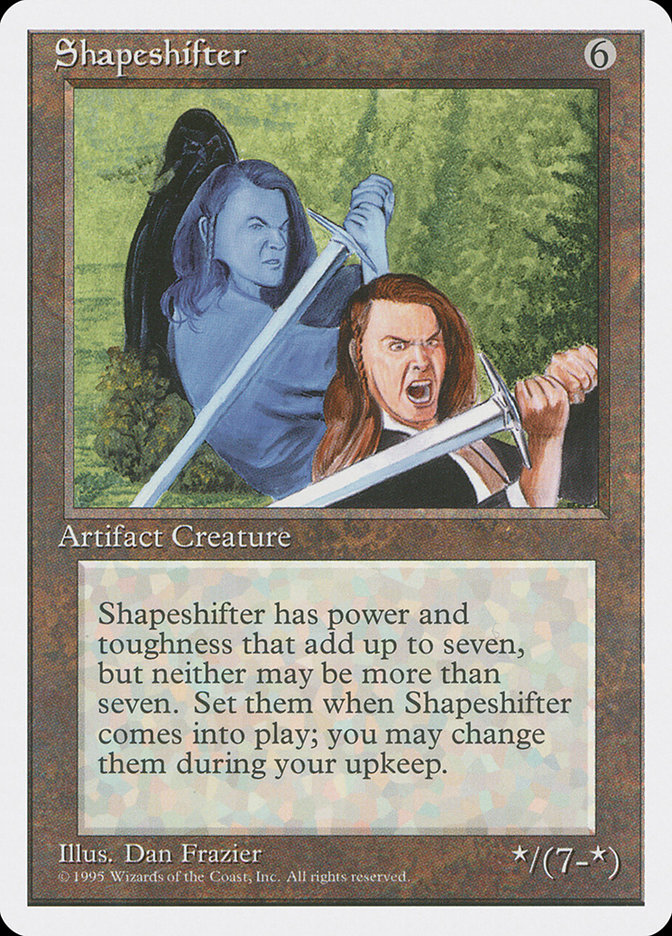
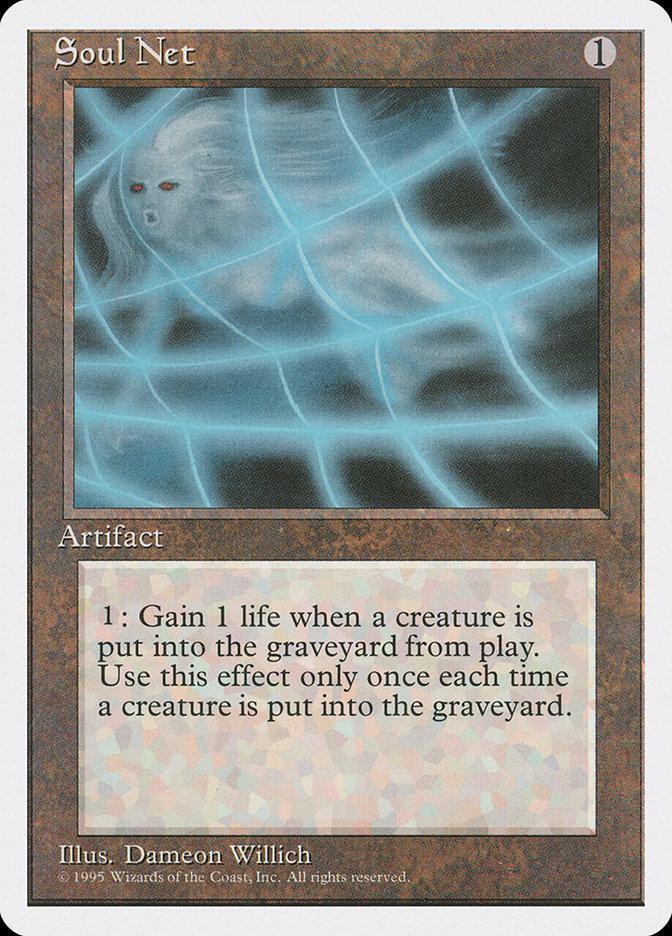
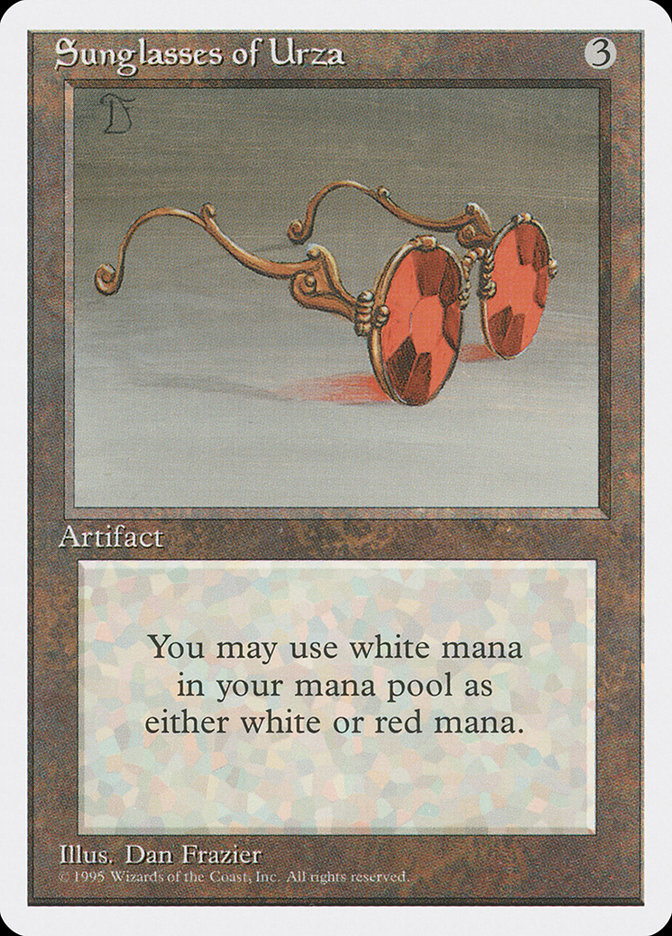
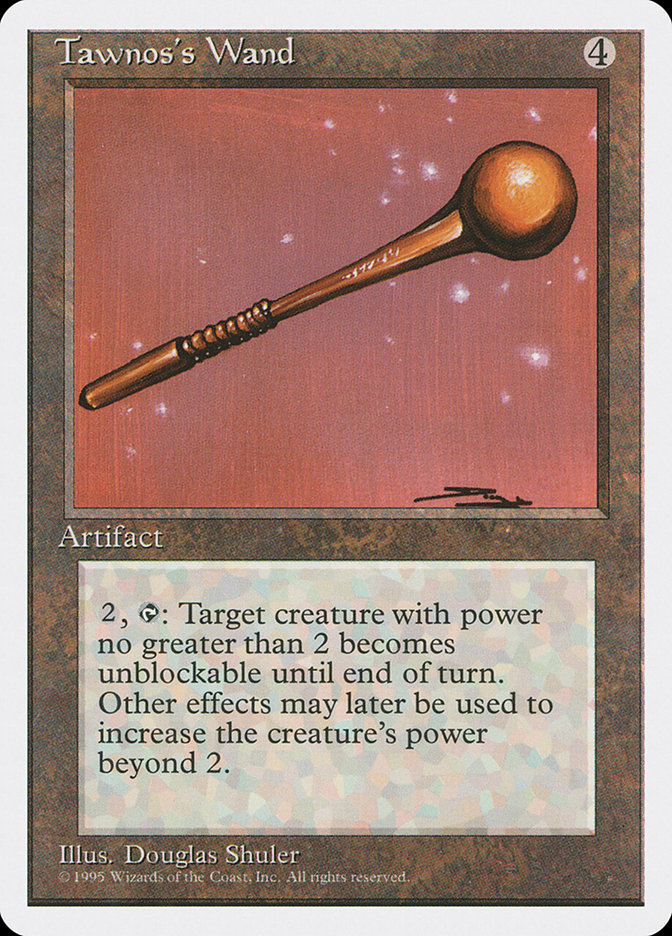
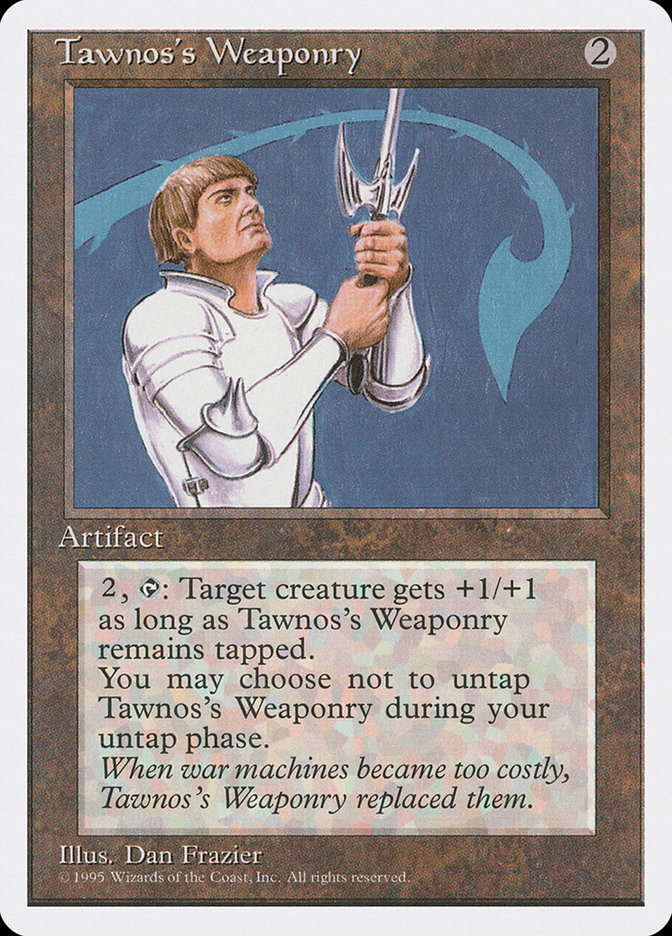
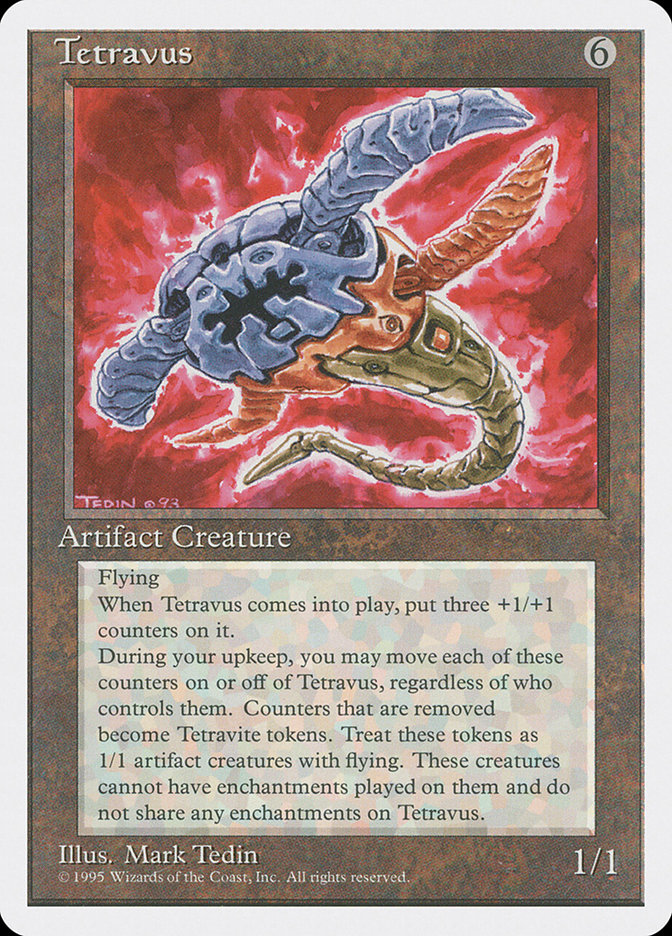
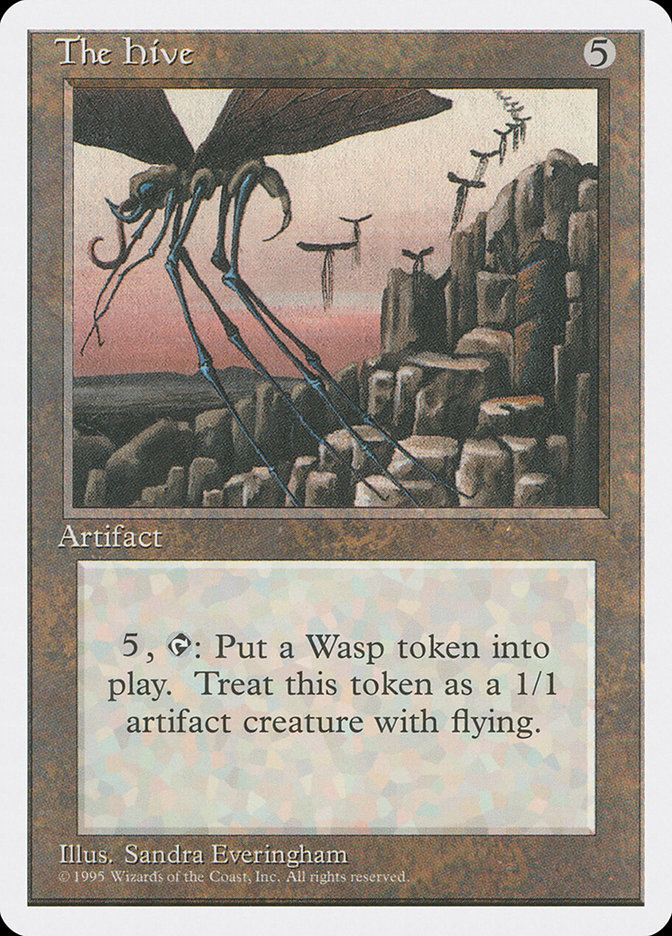
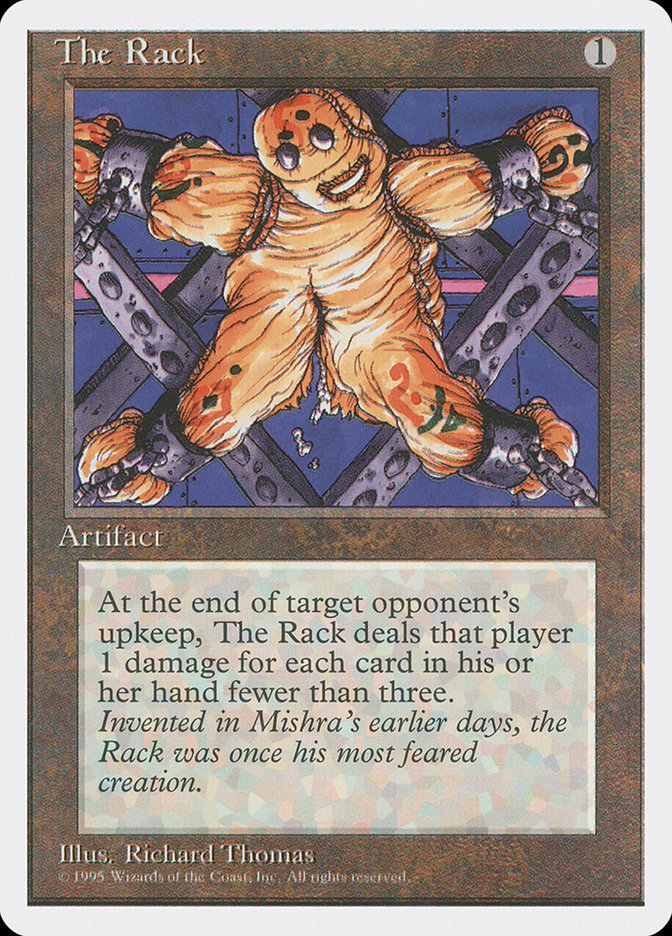
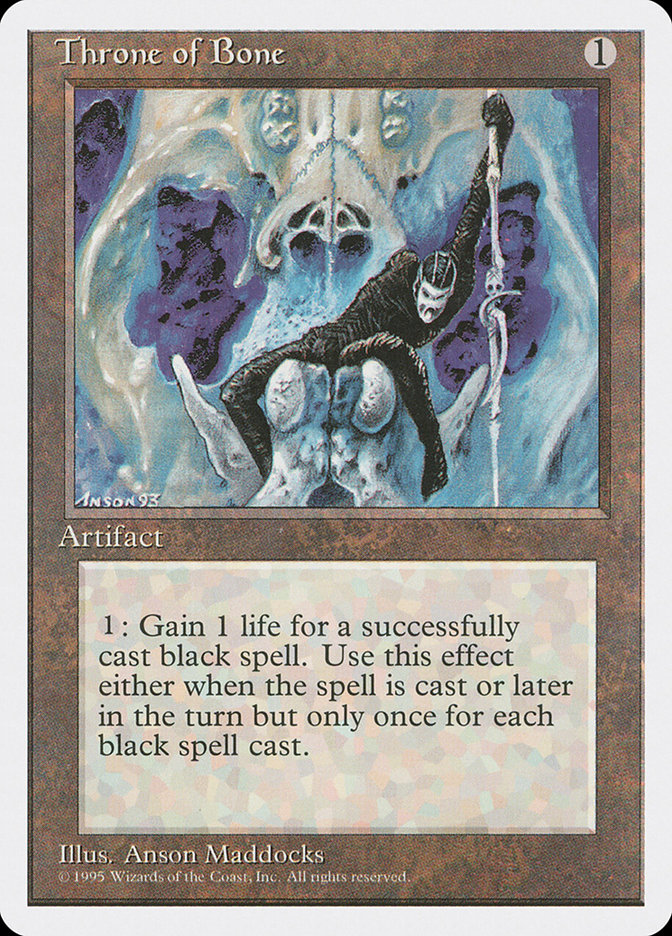
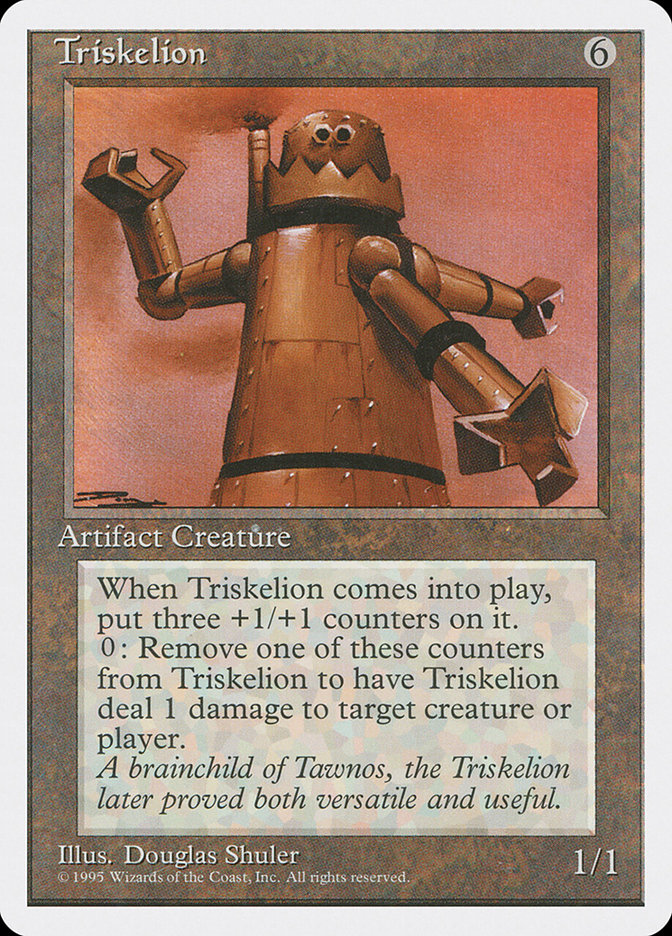
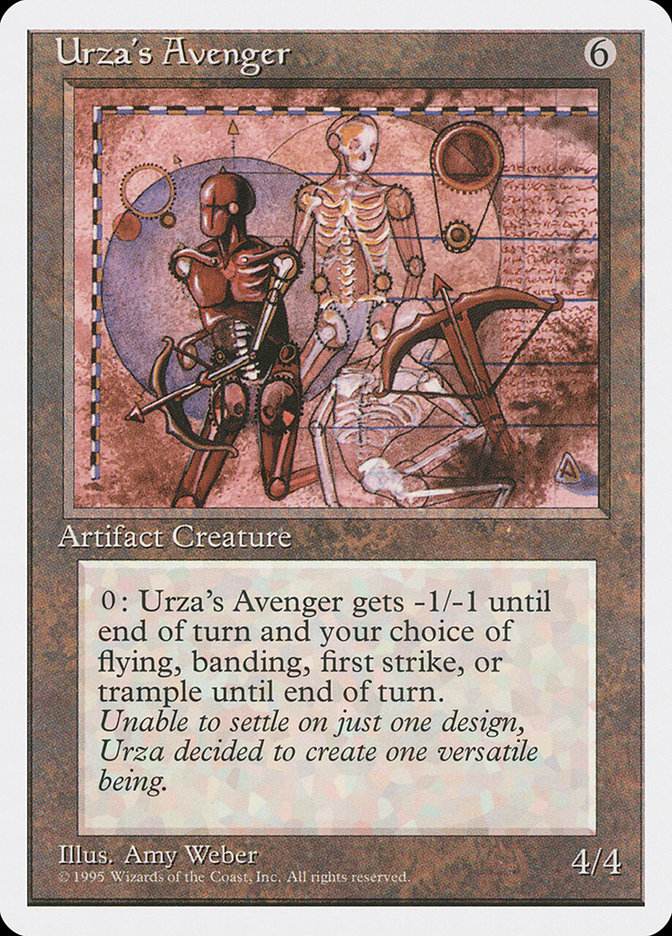
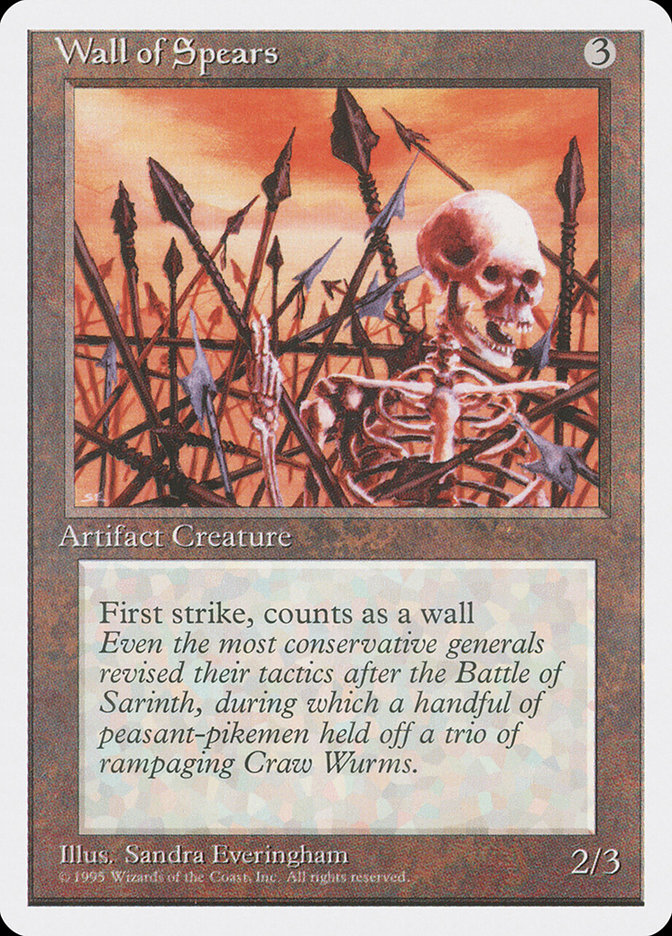
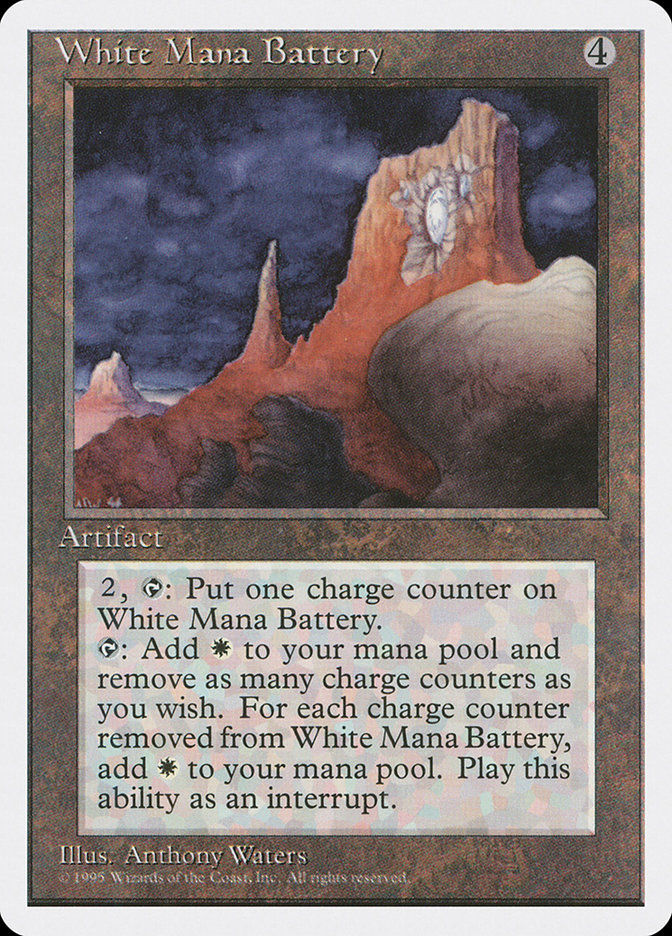
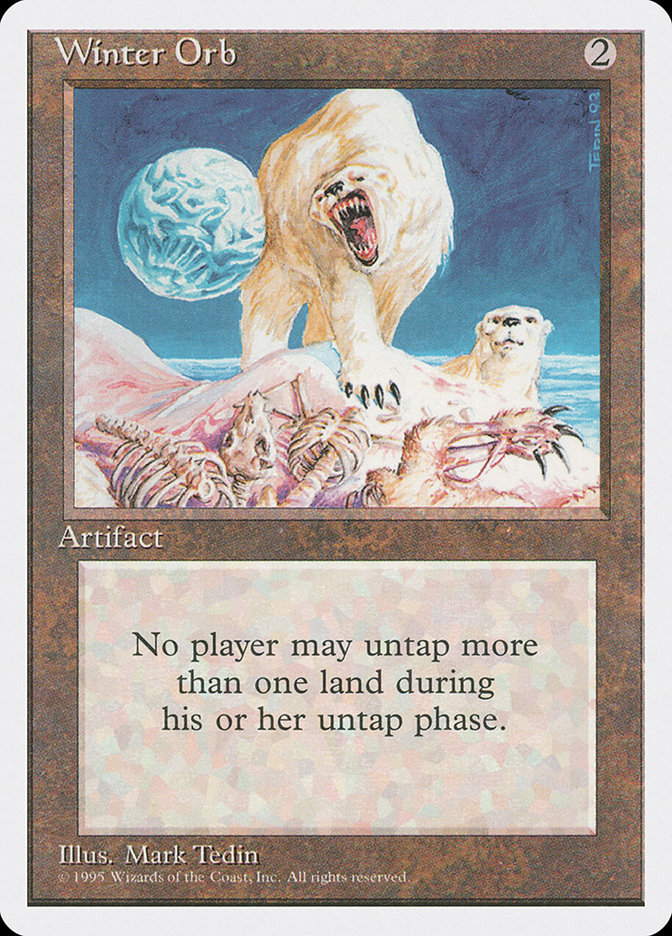
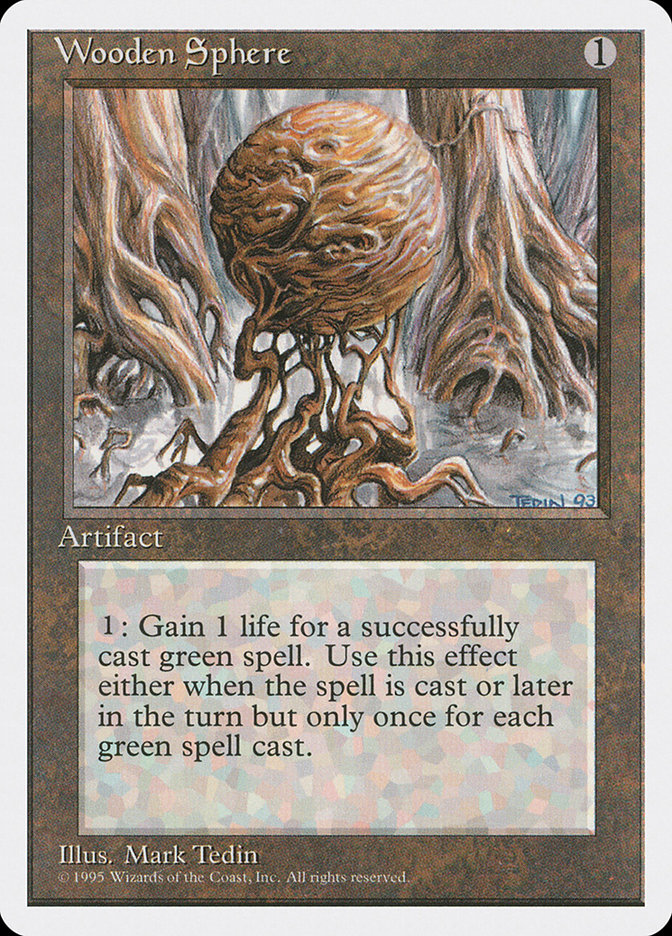
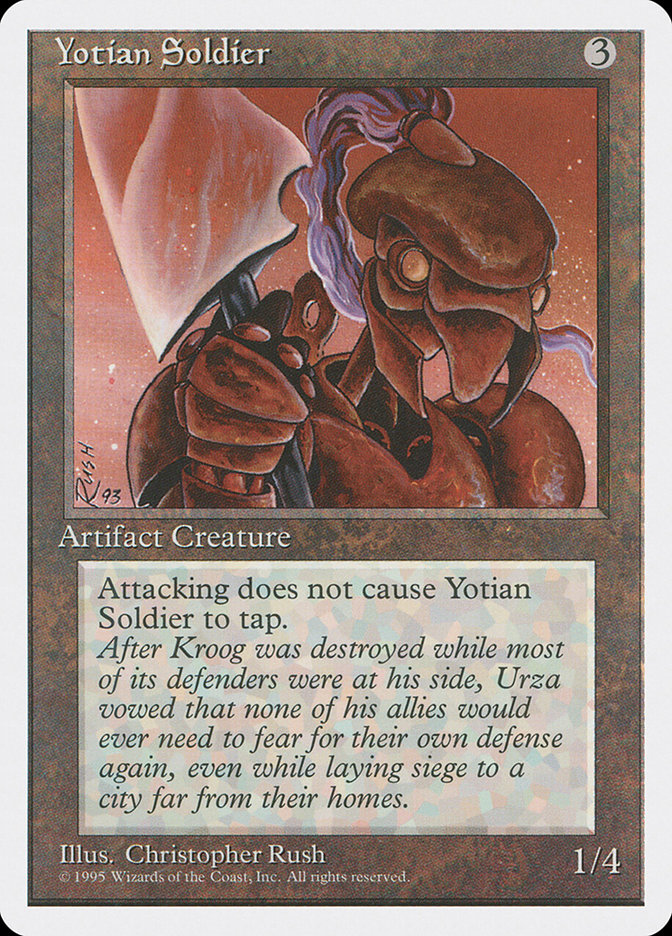
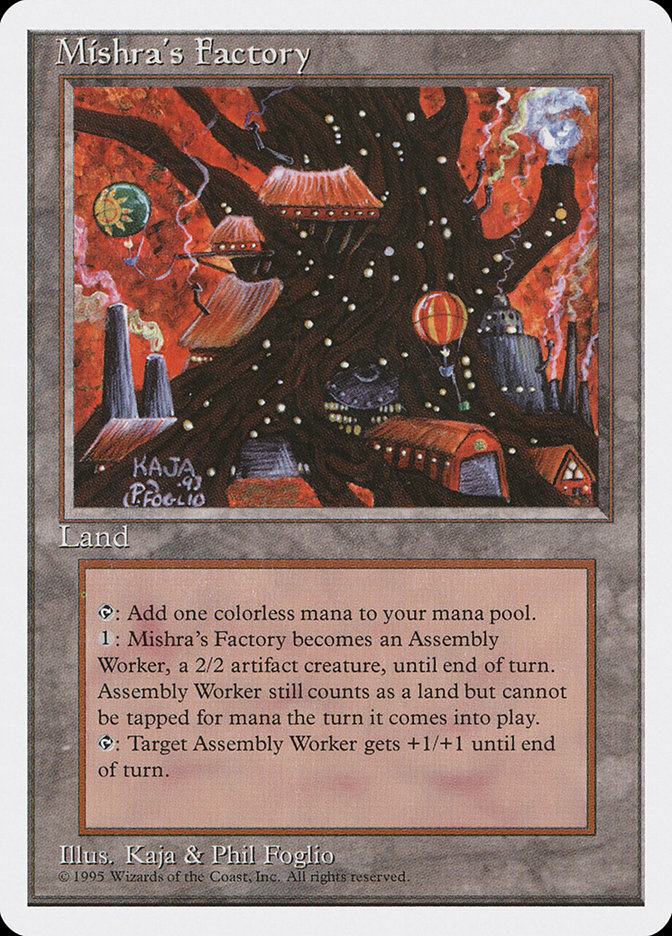
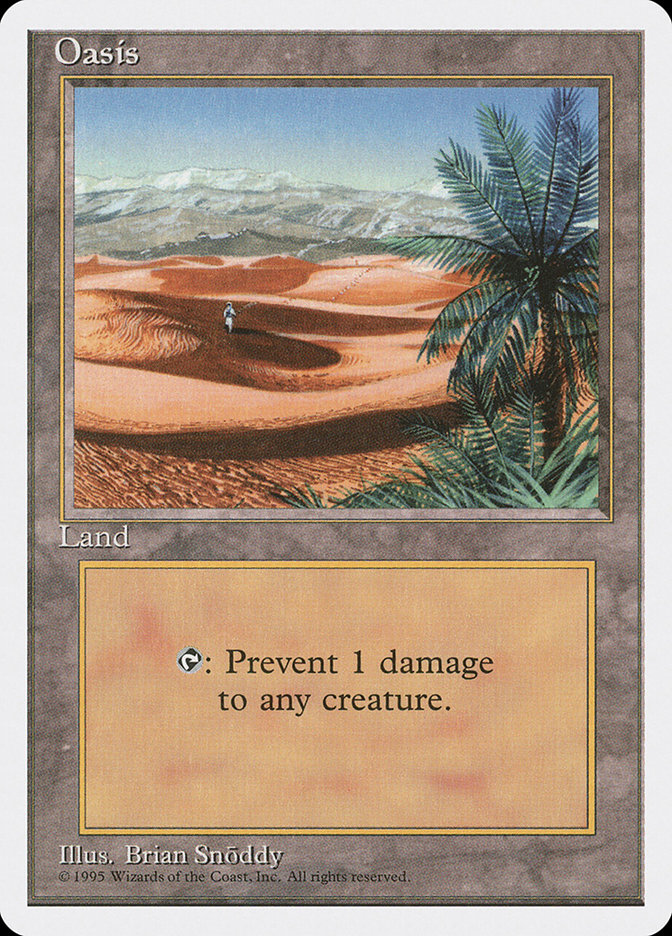

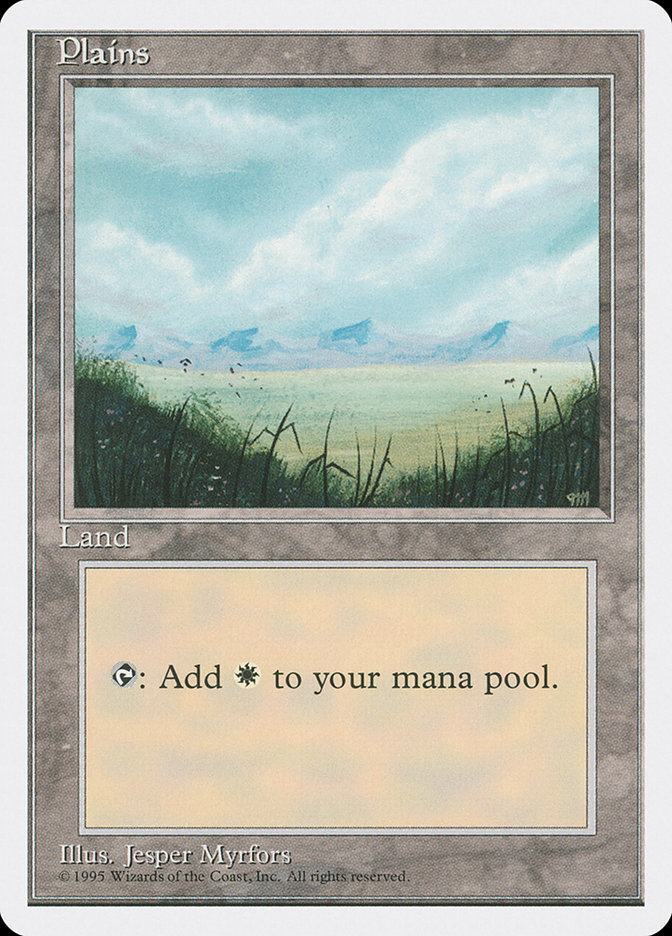
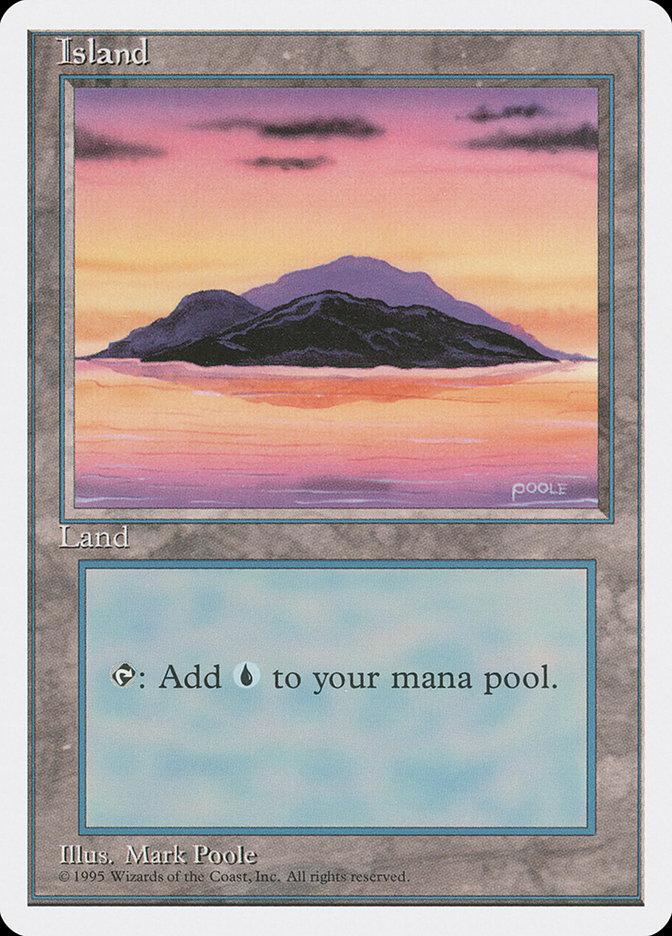
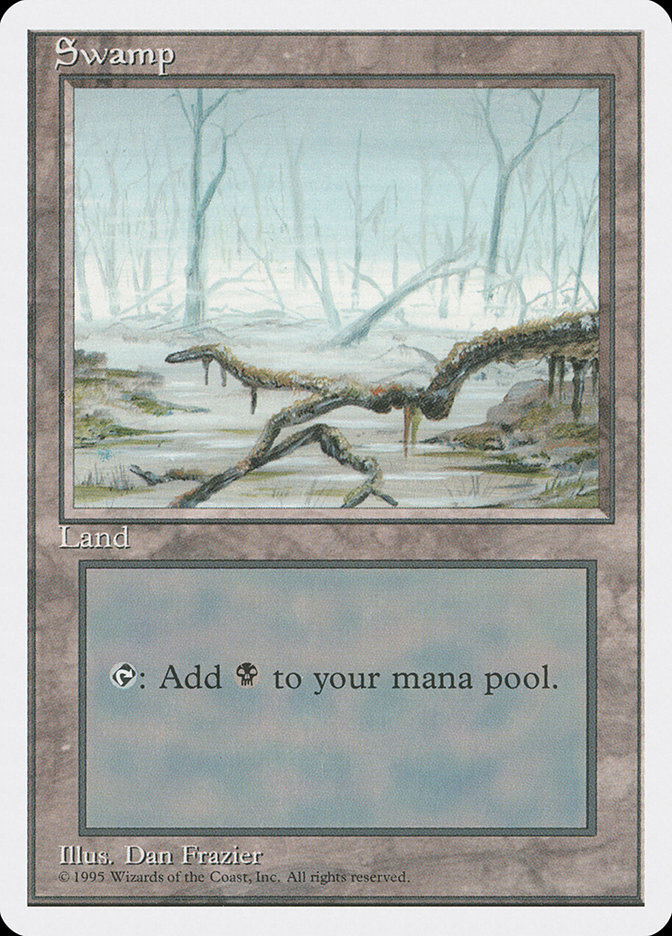
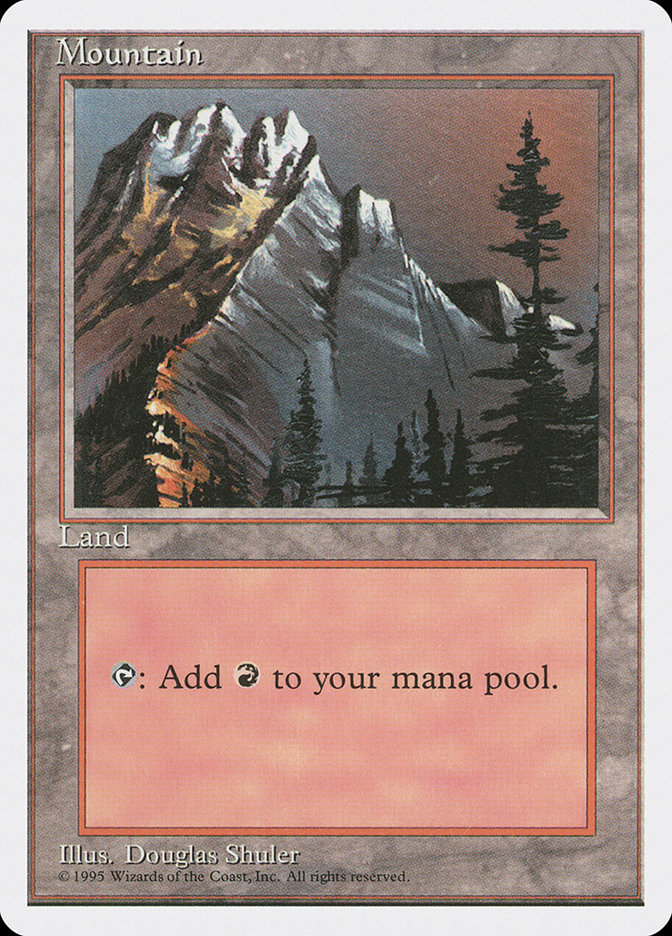
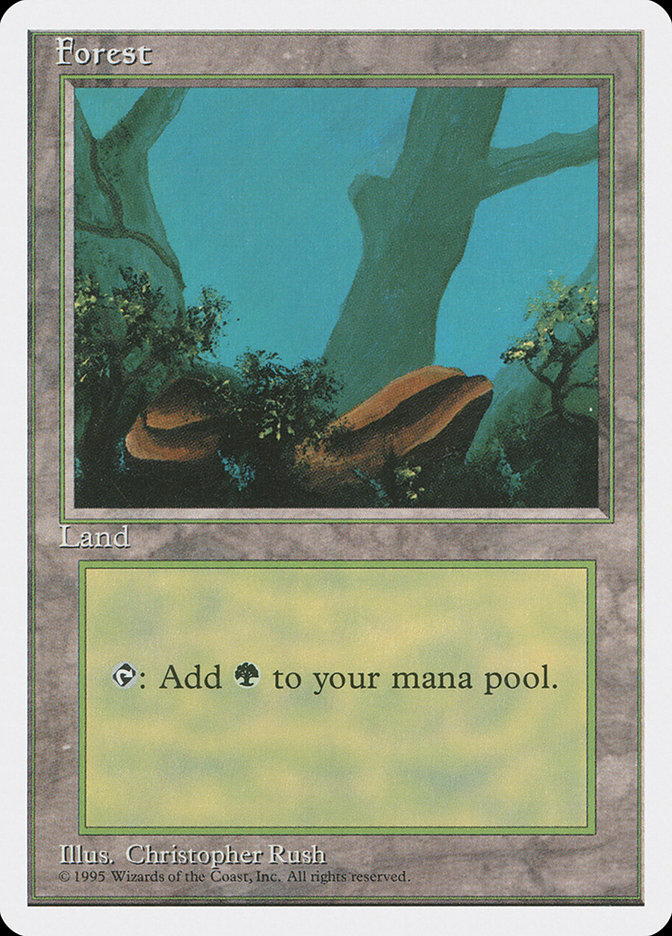

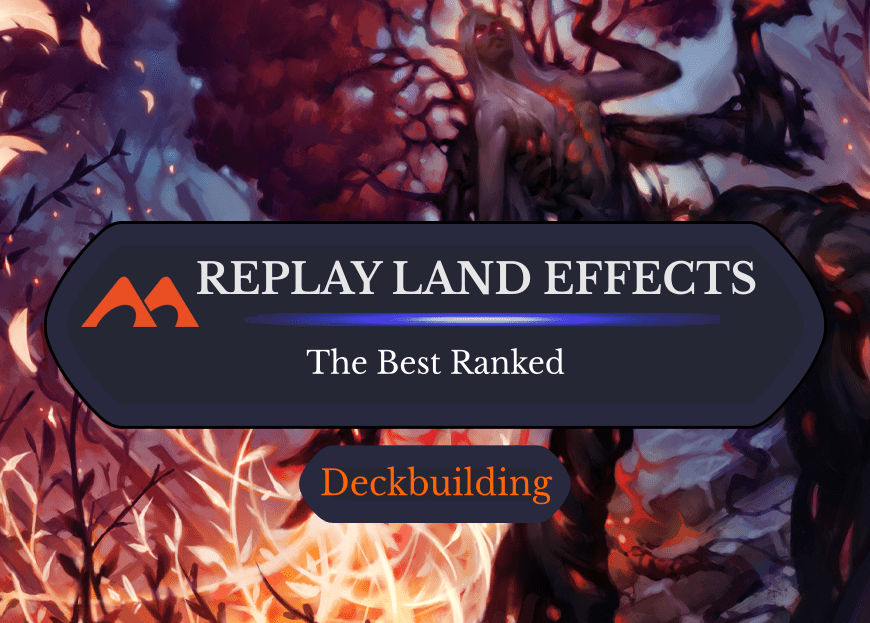
Add Comment